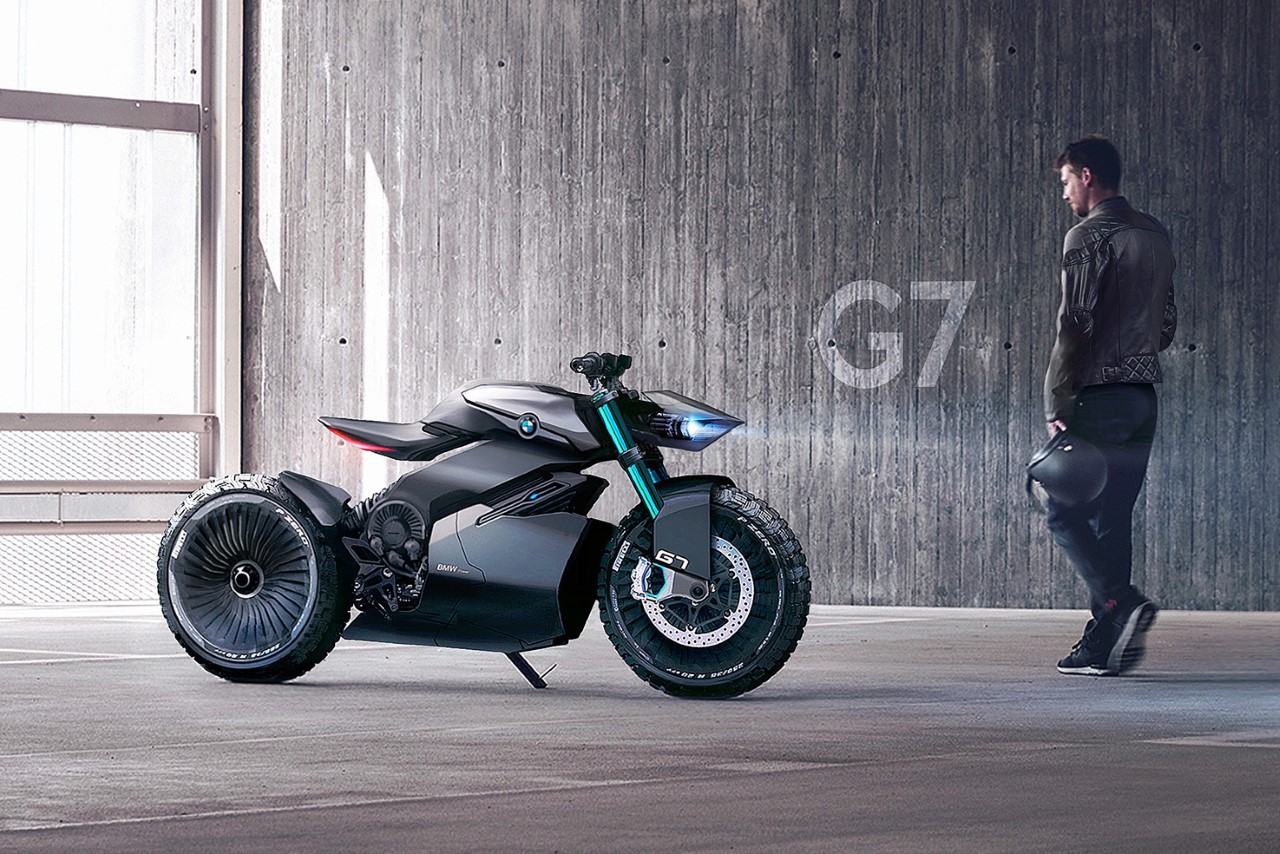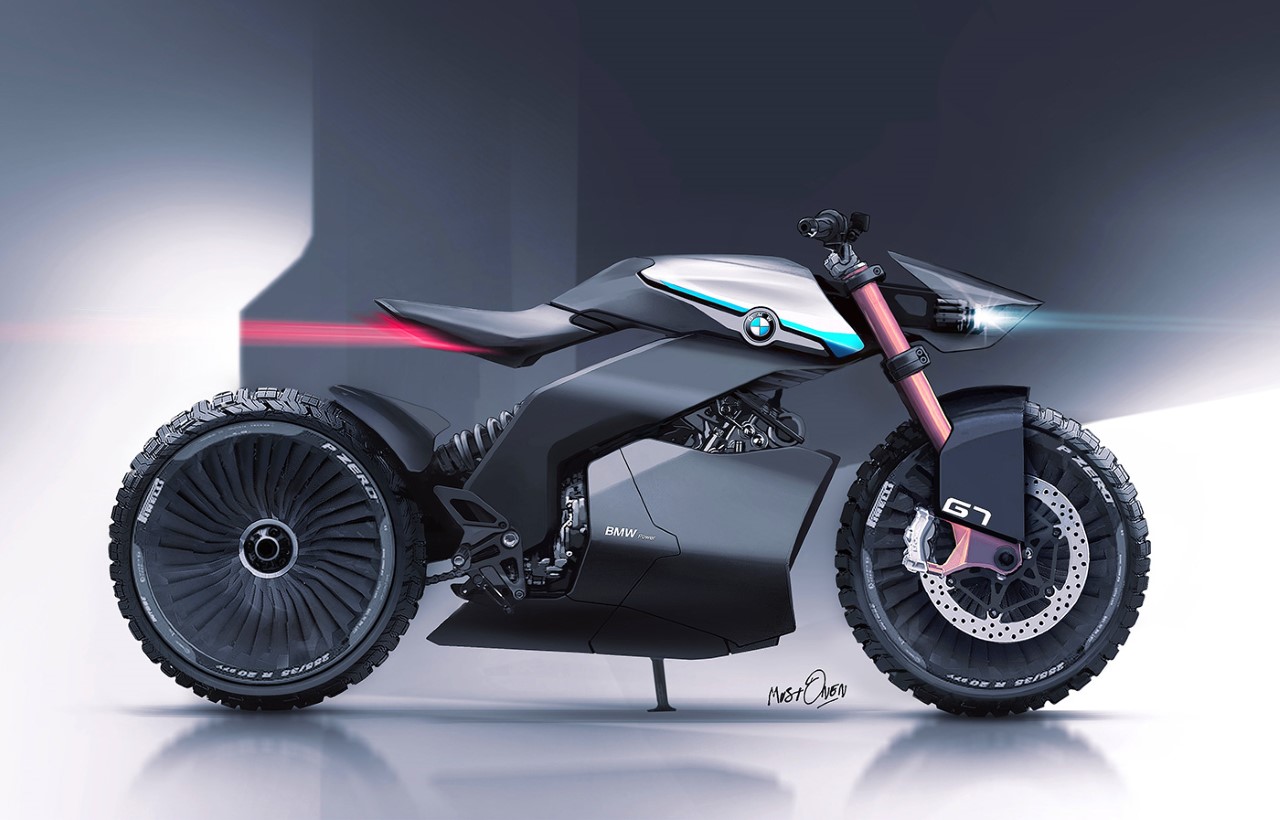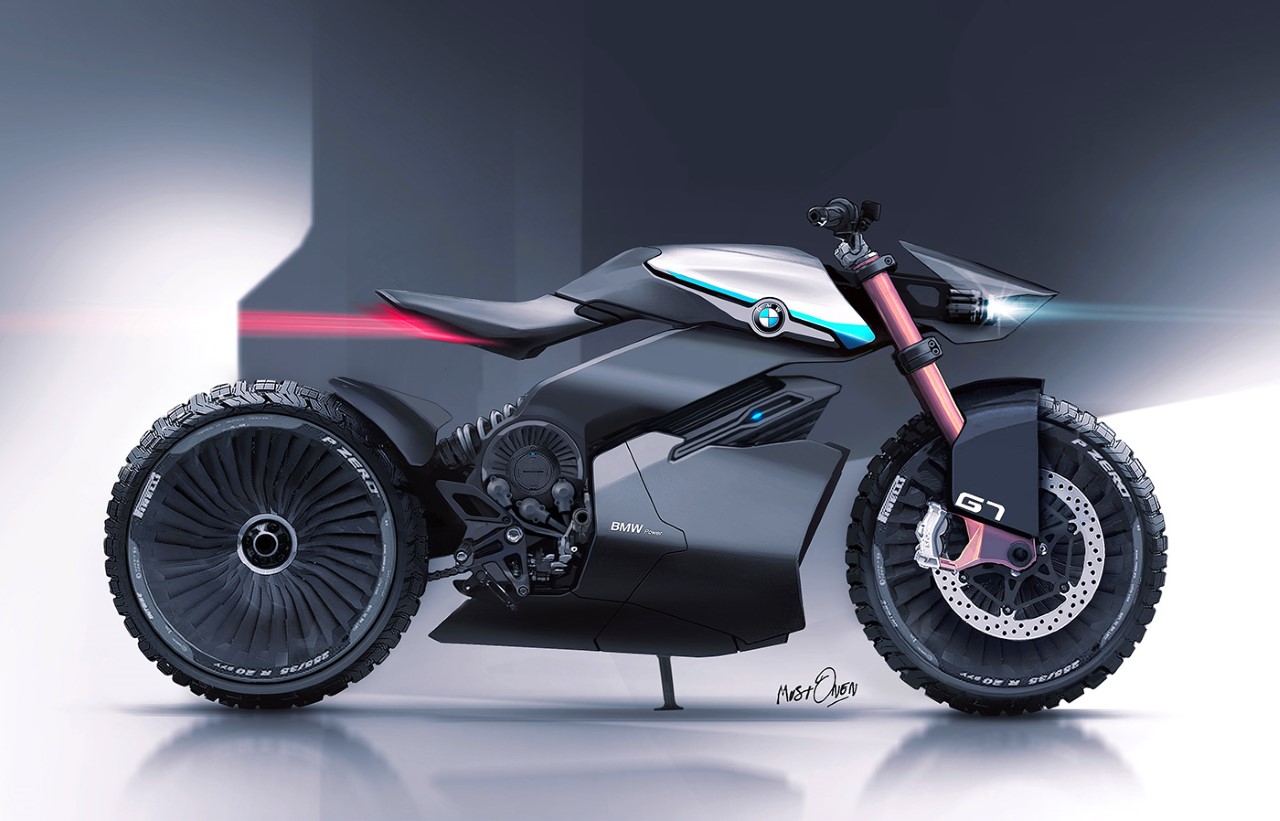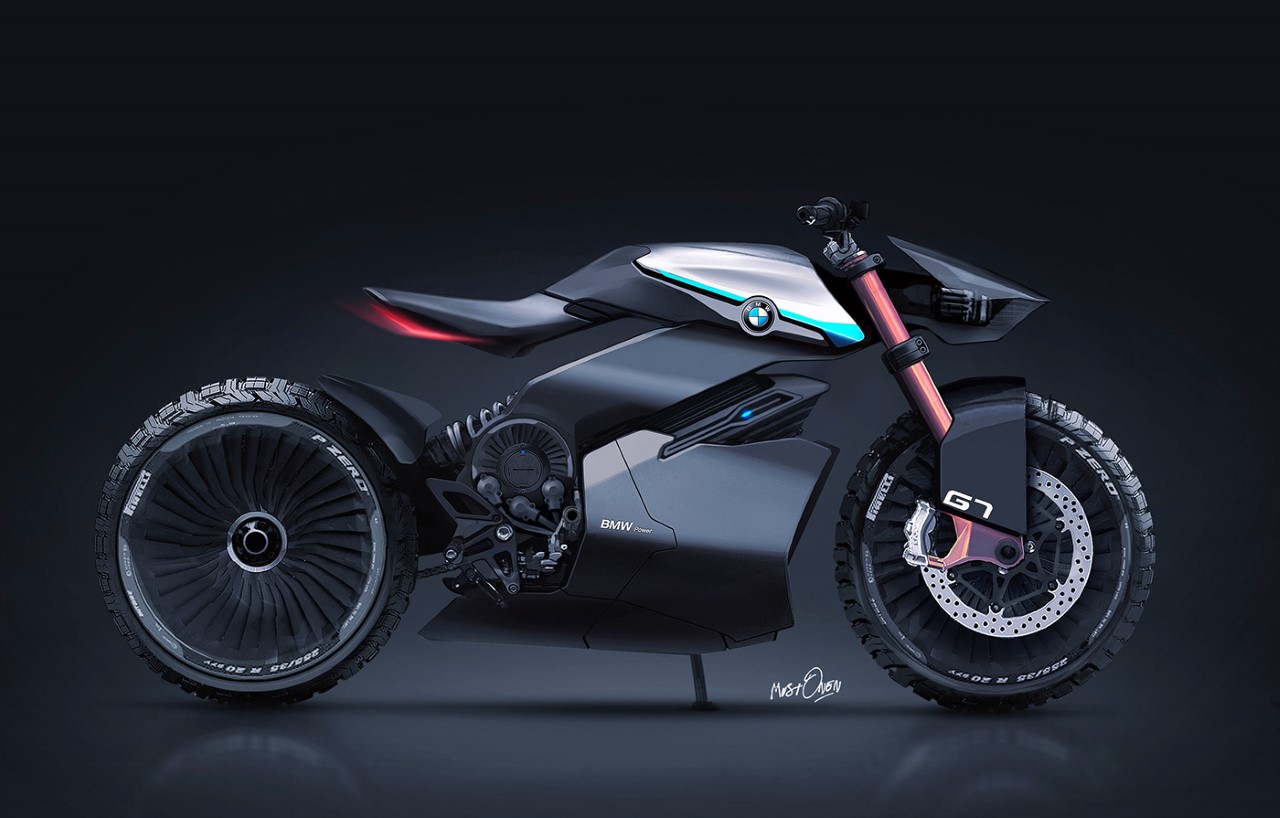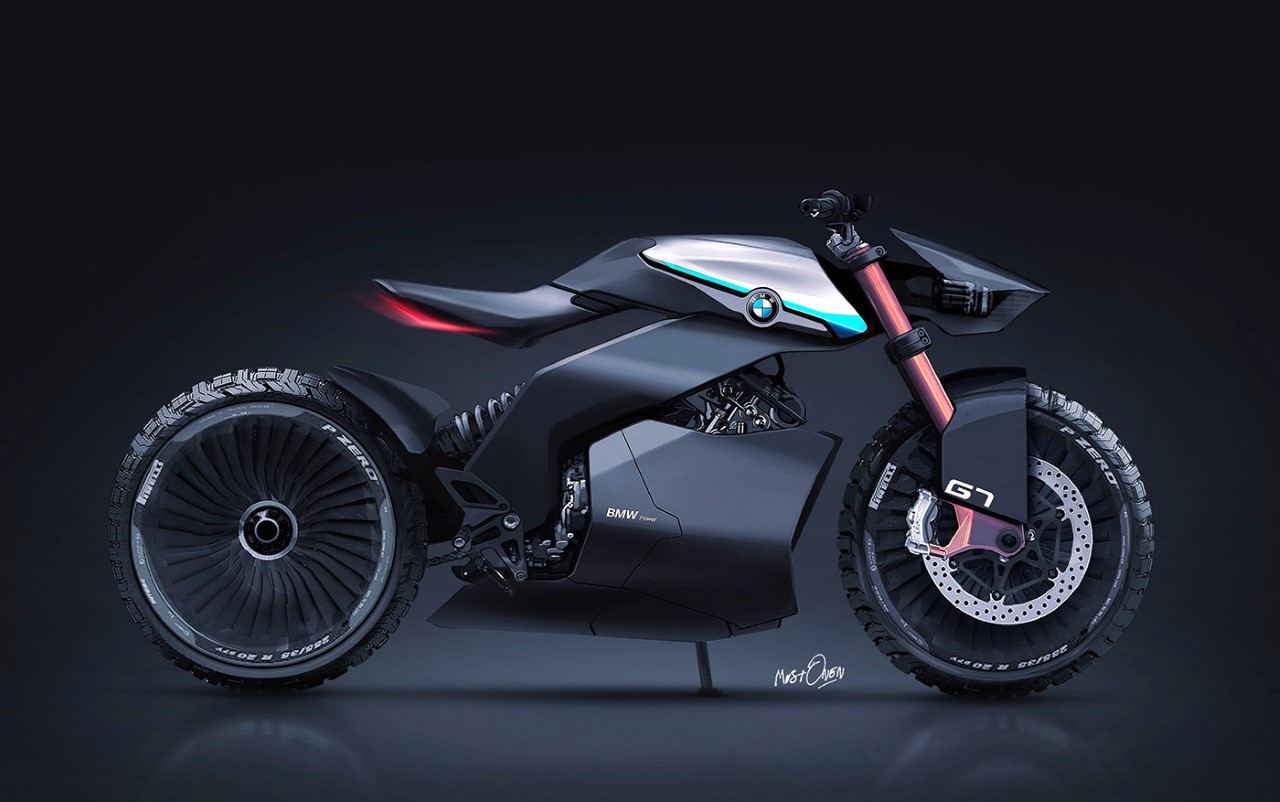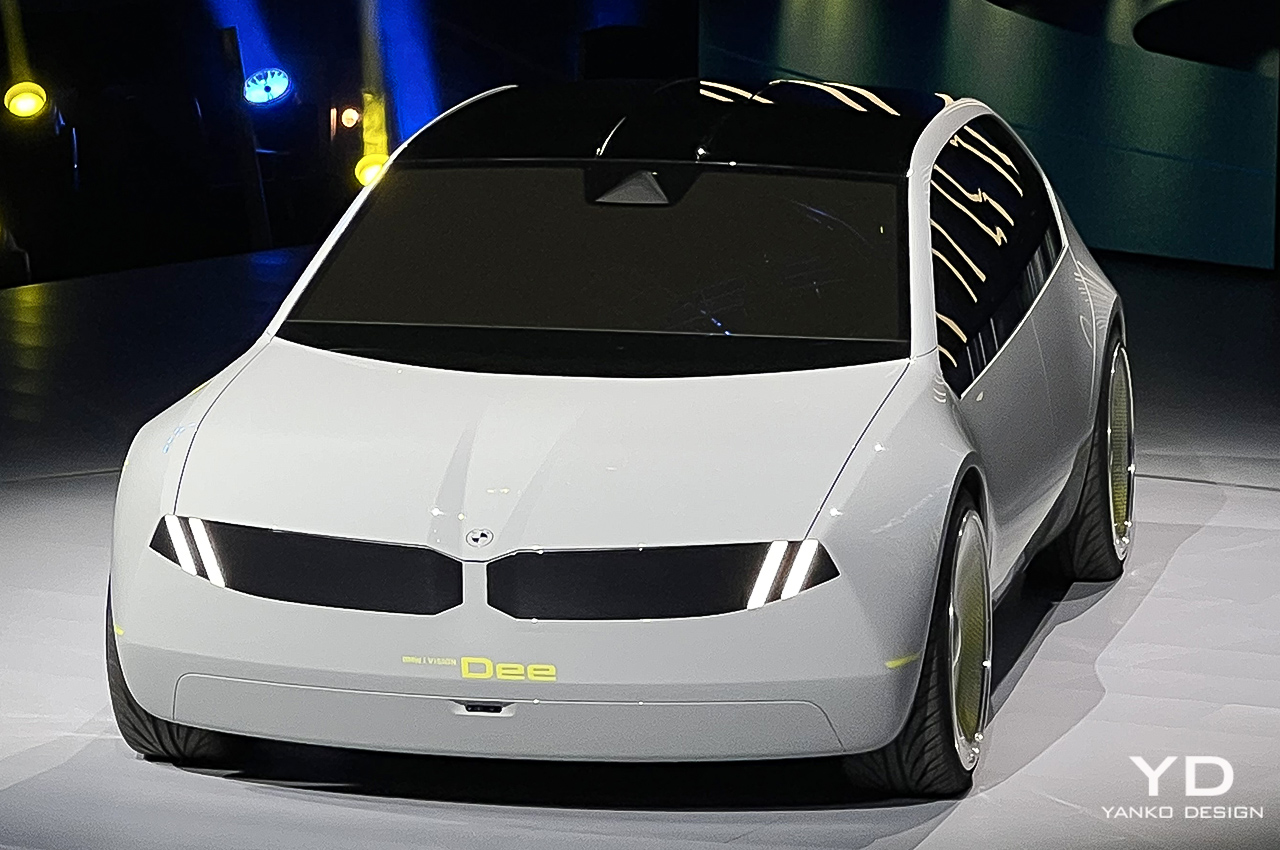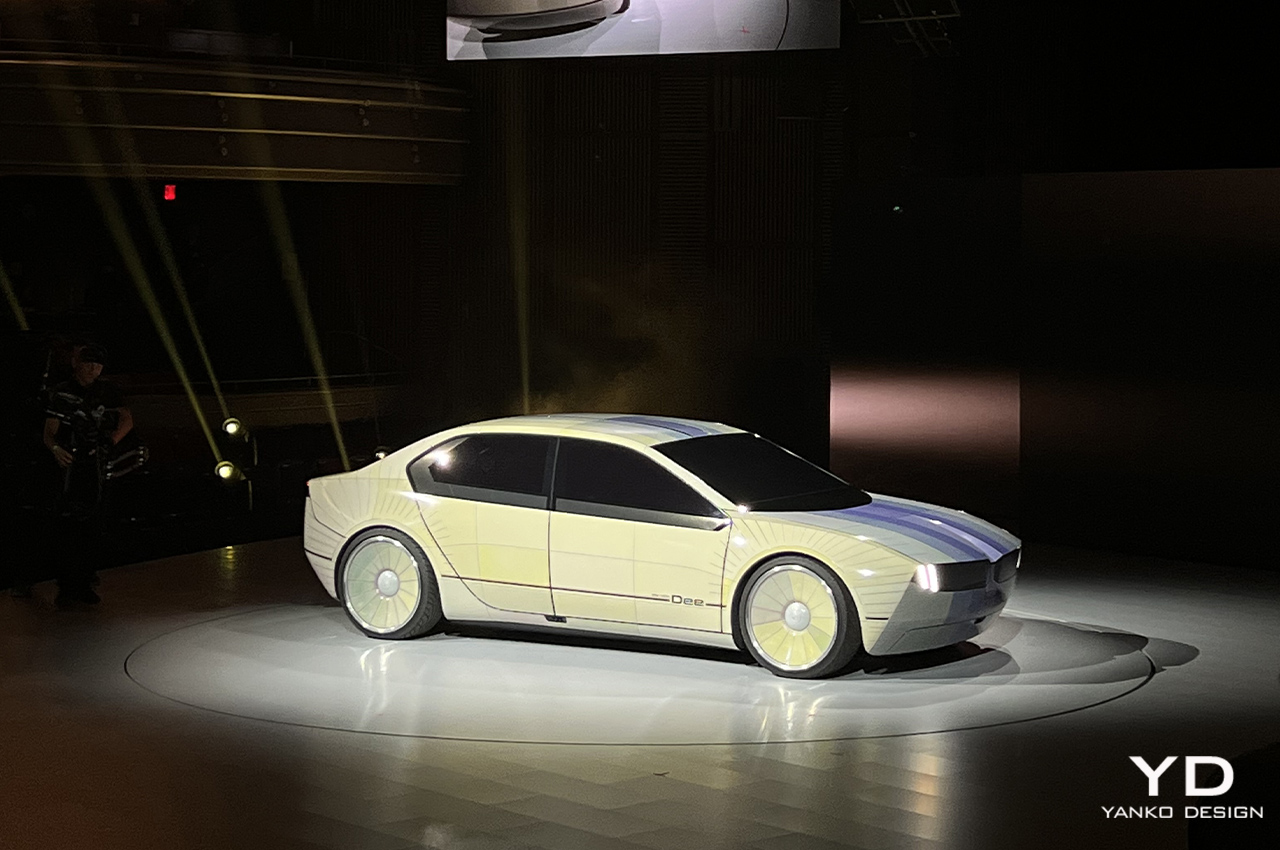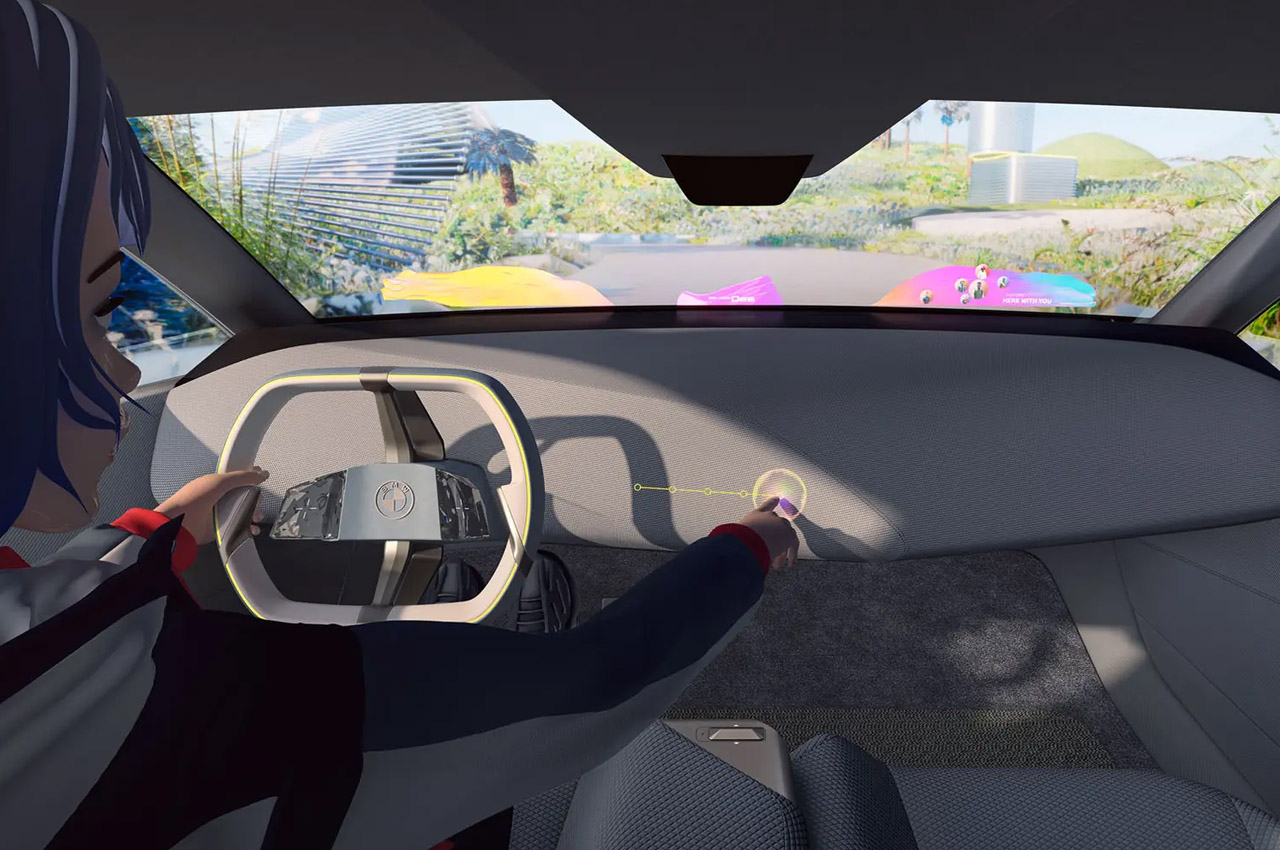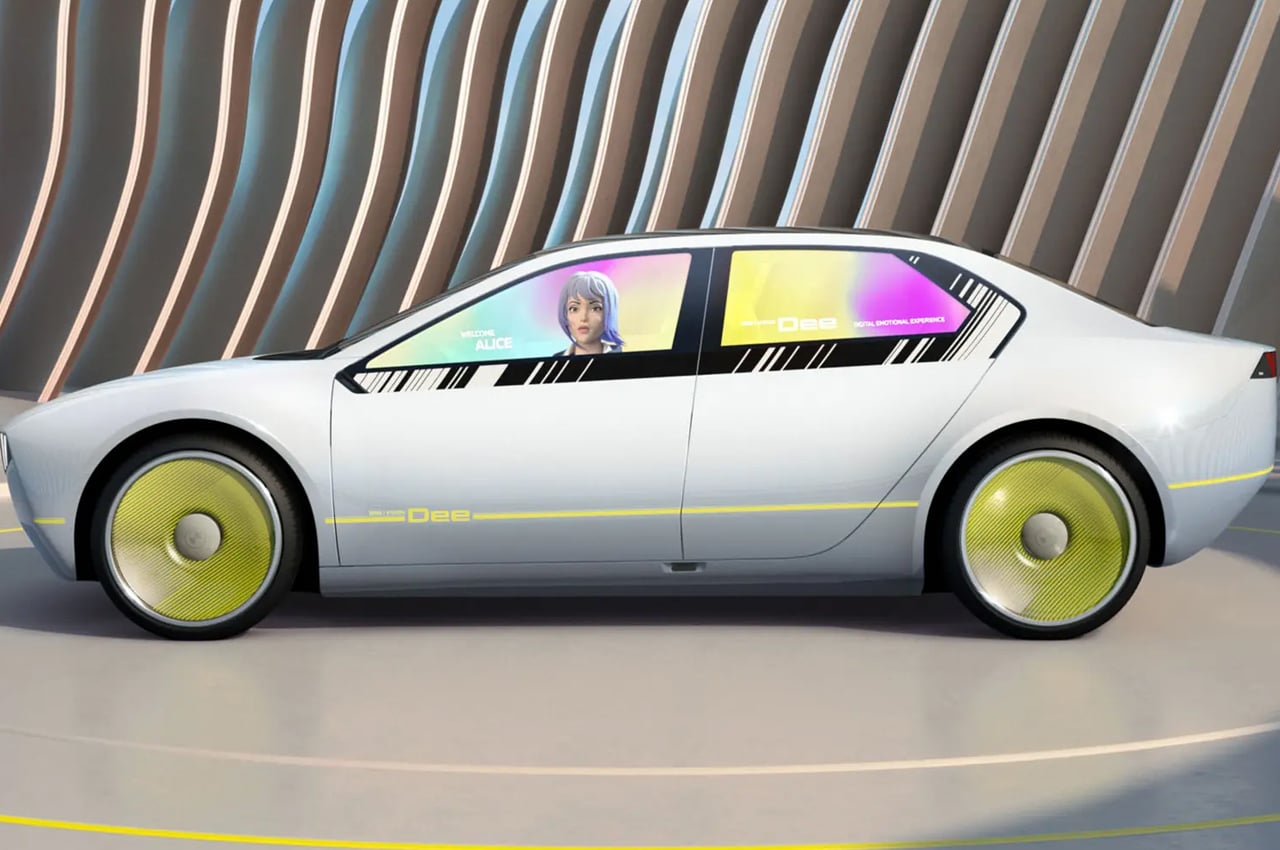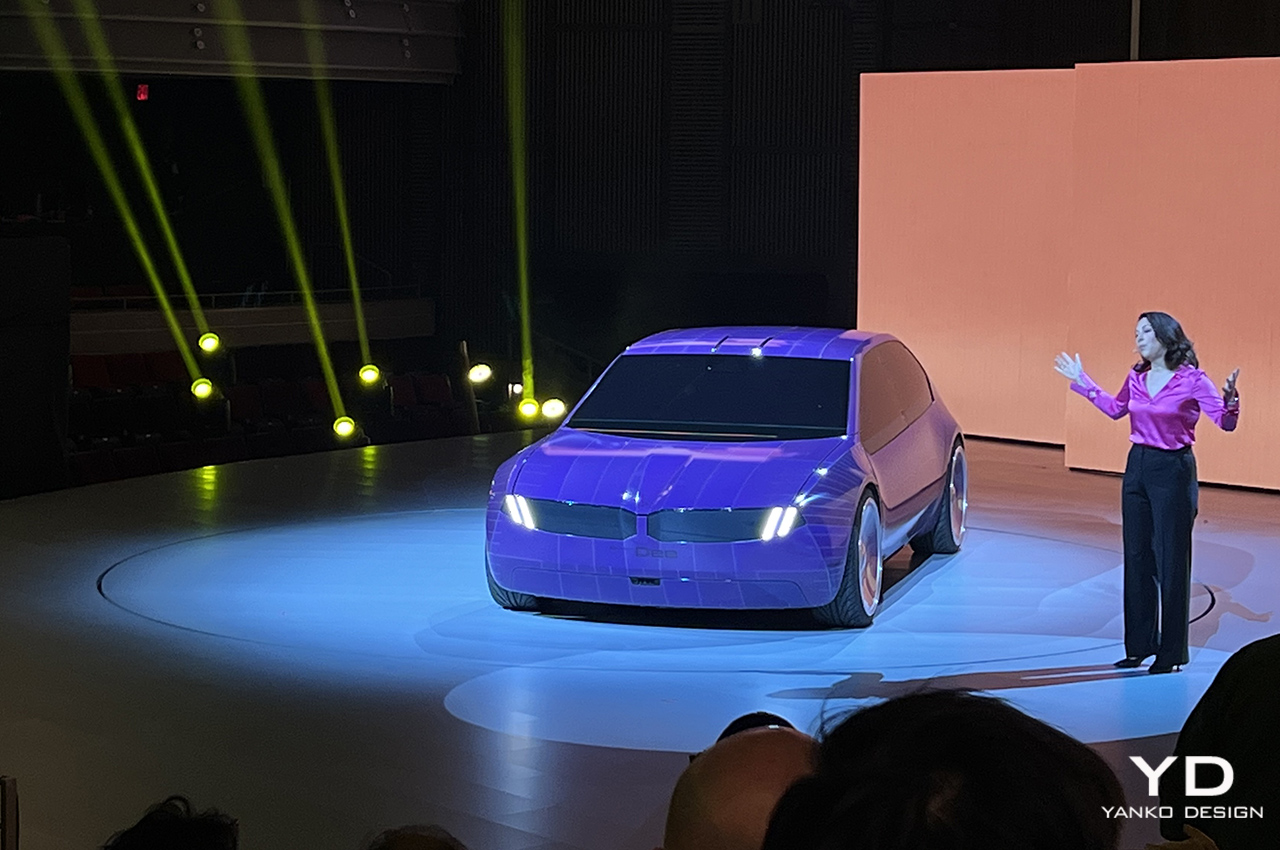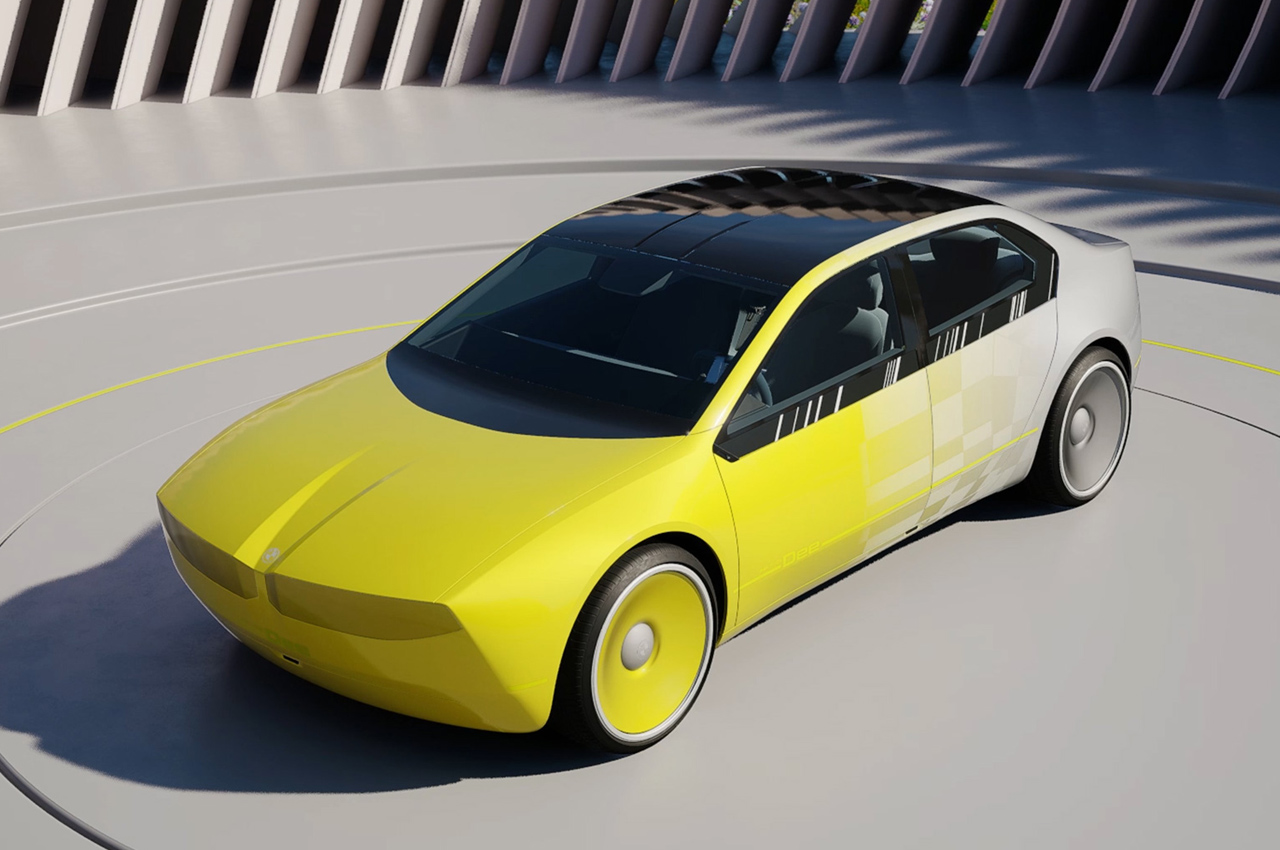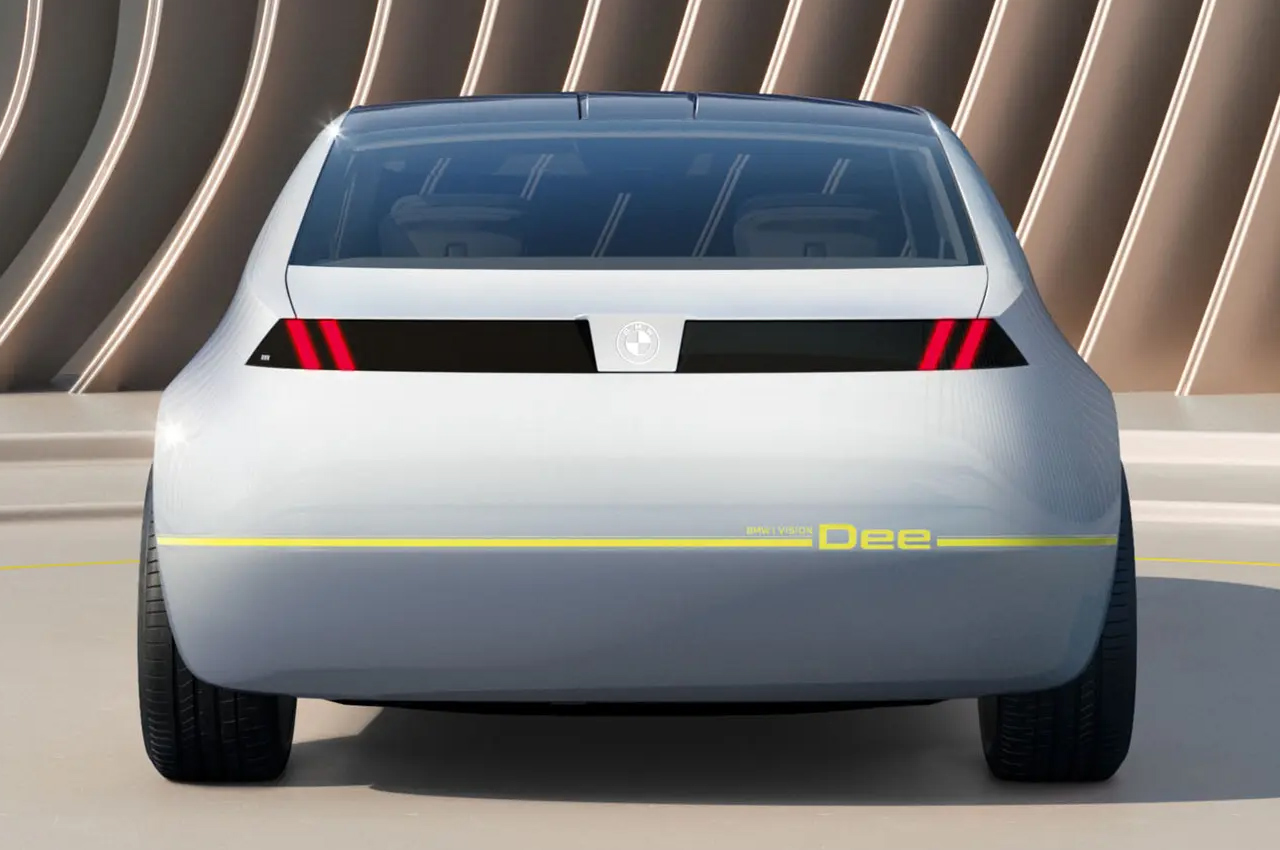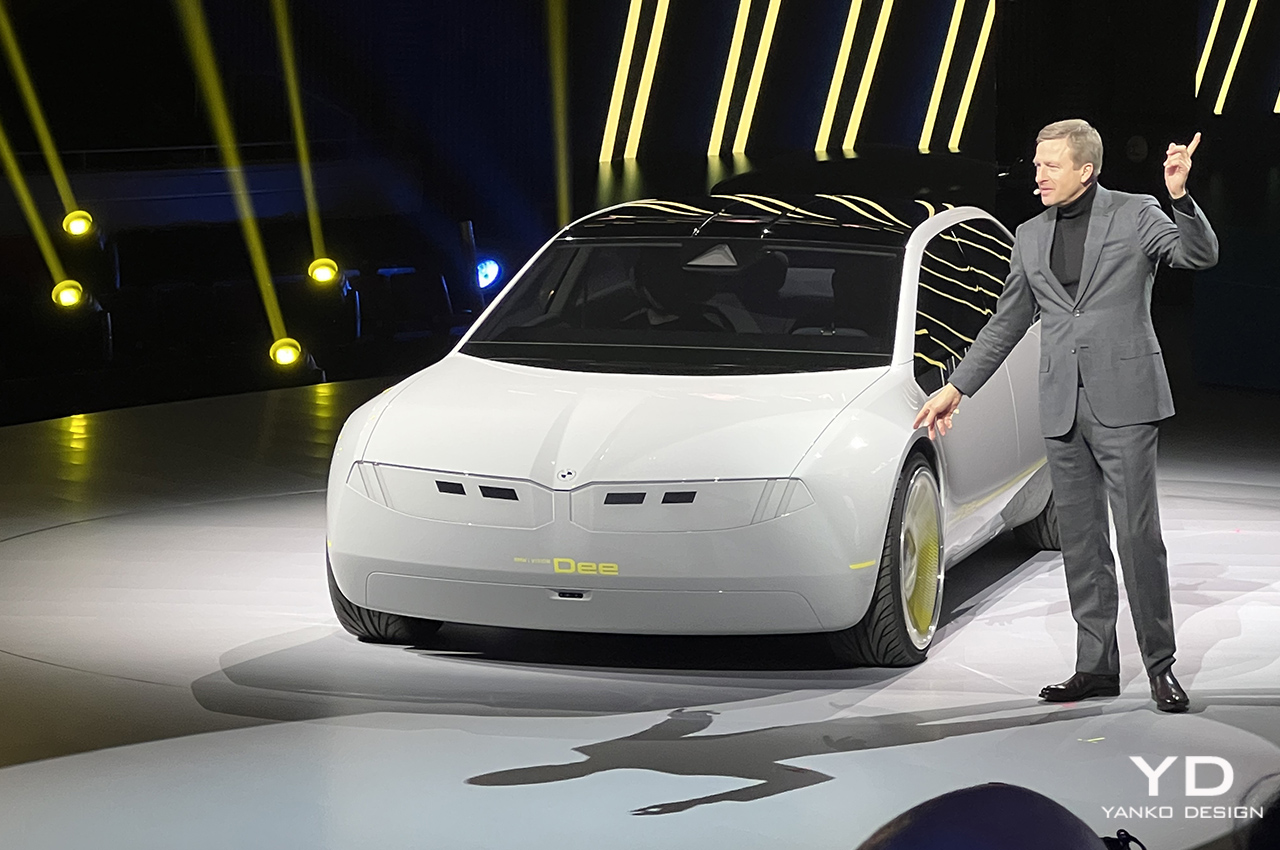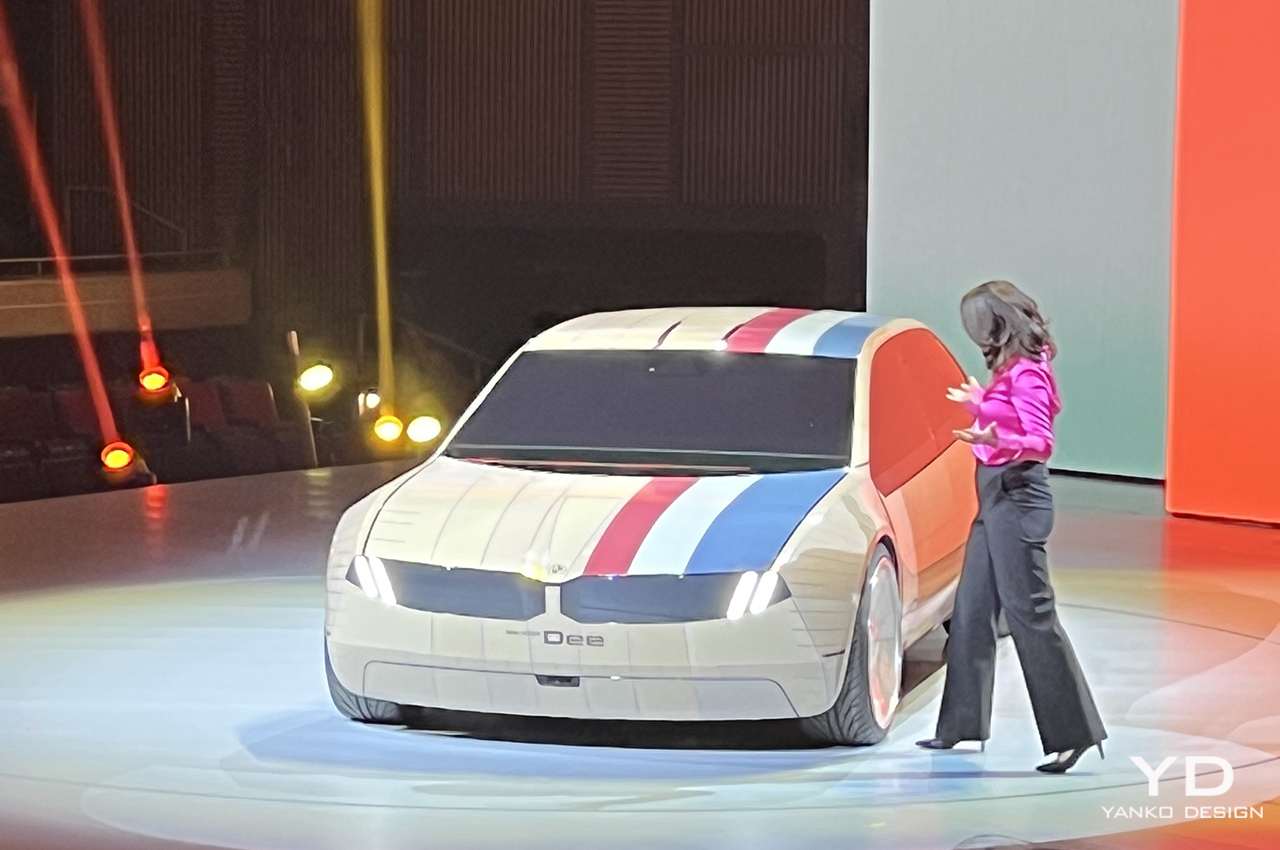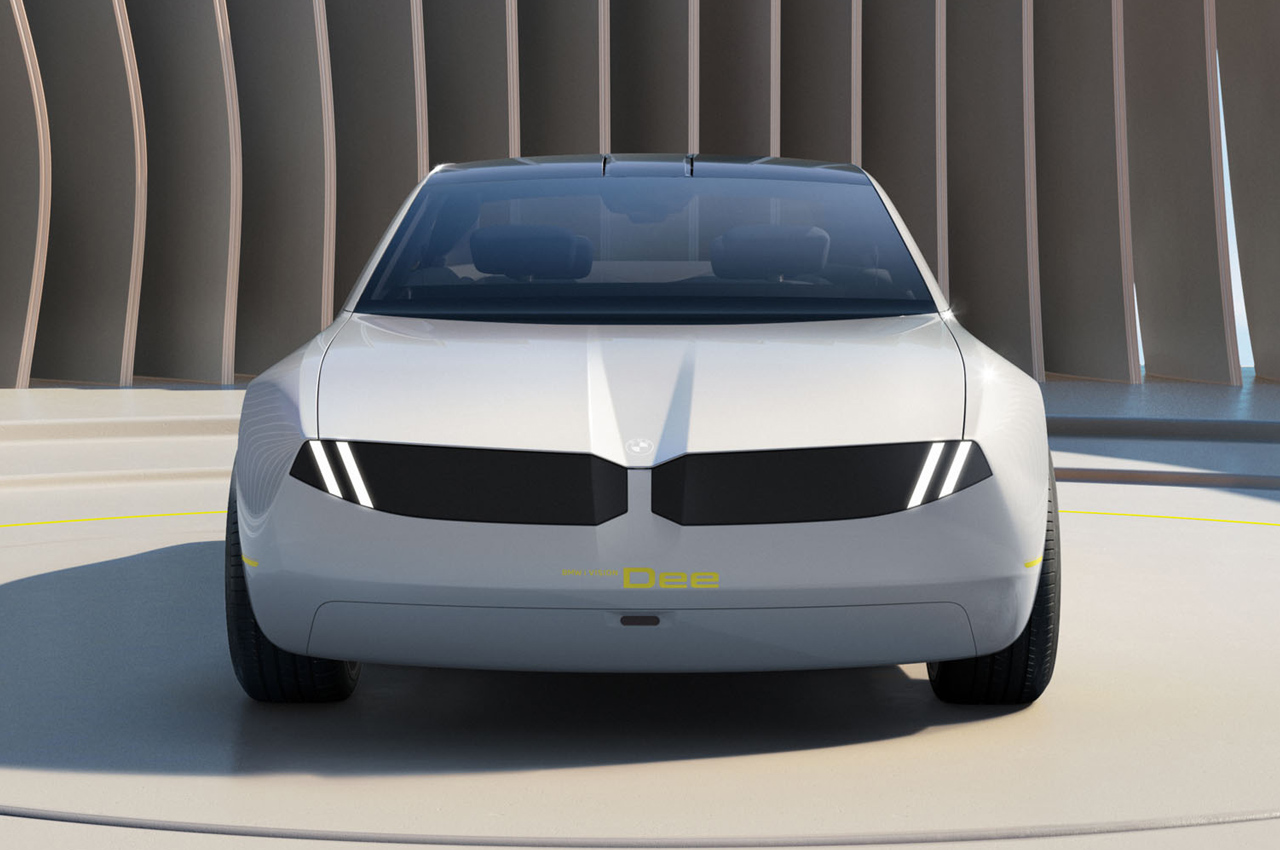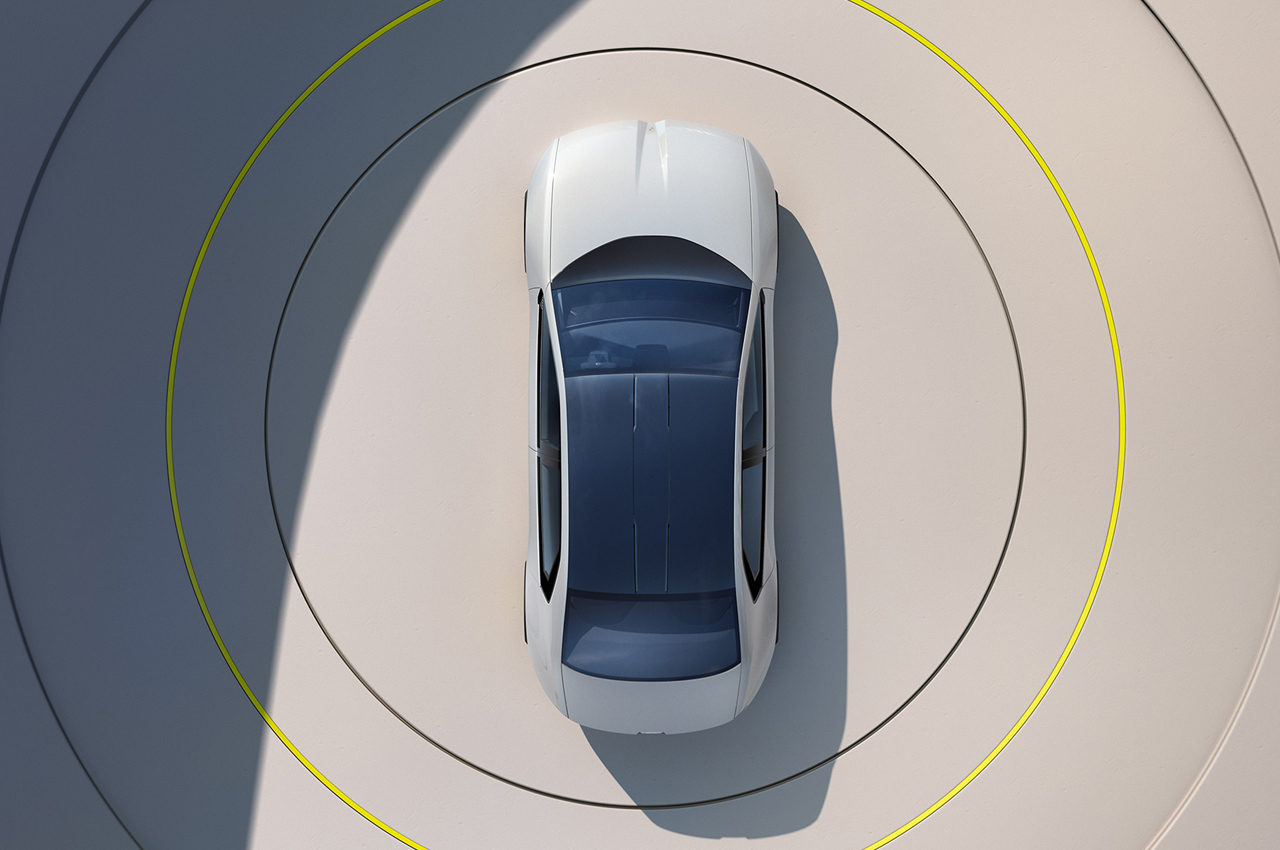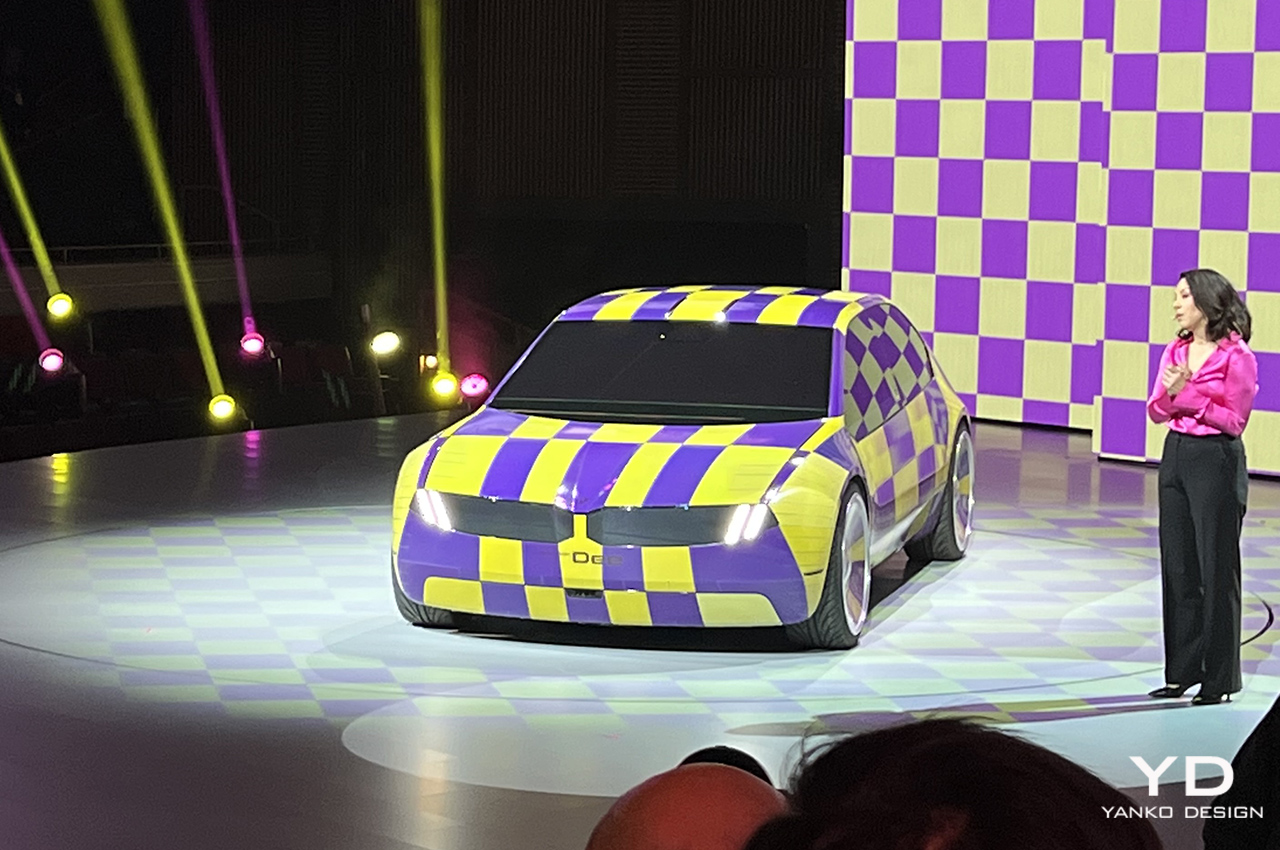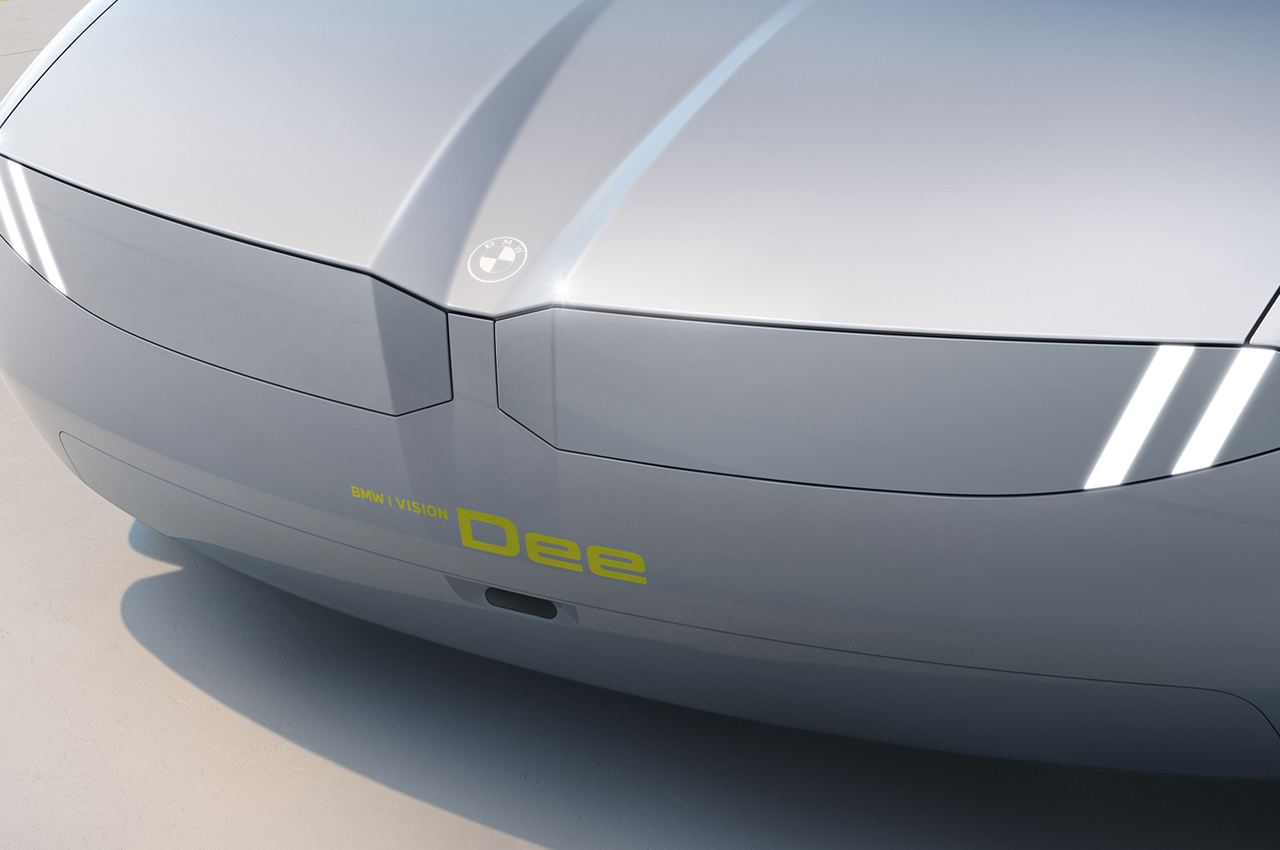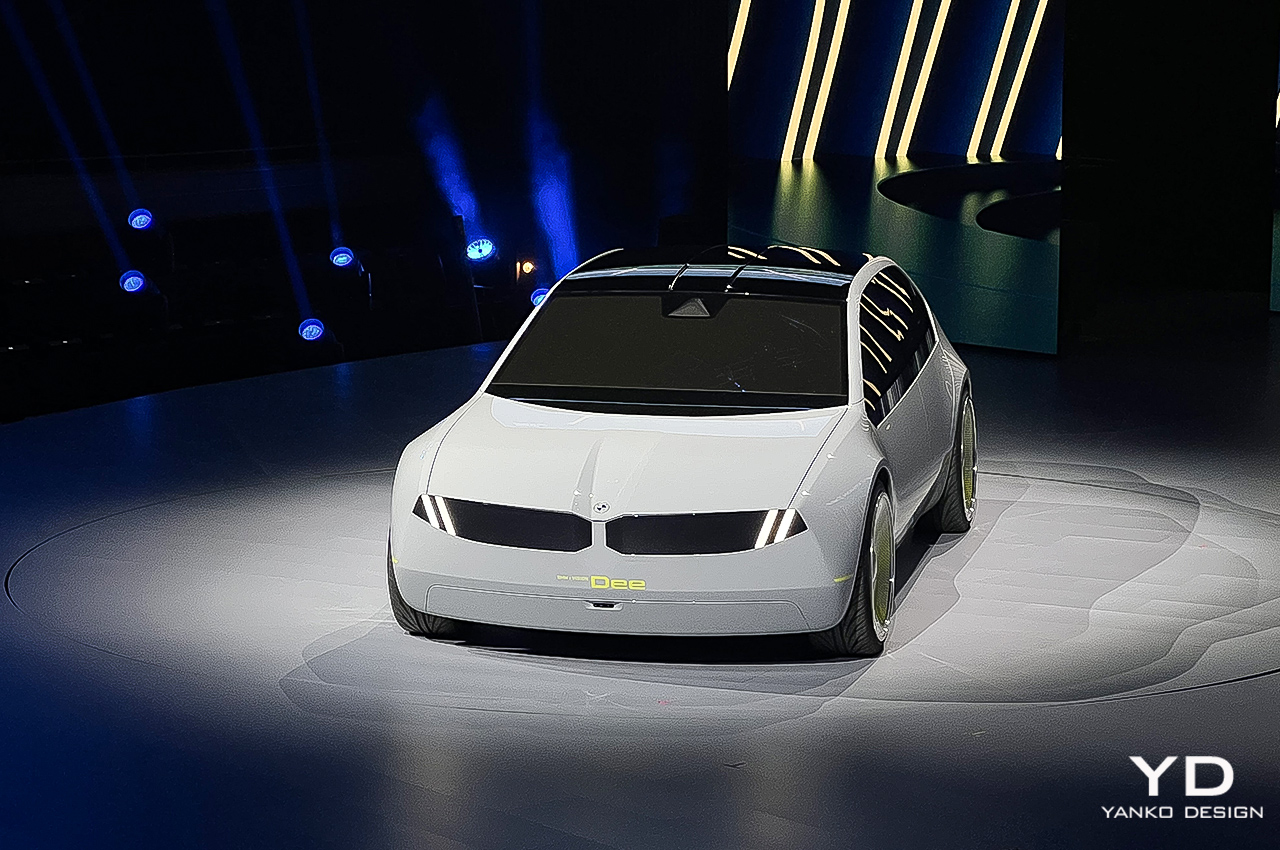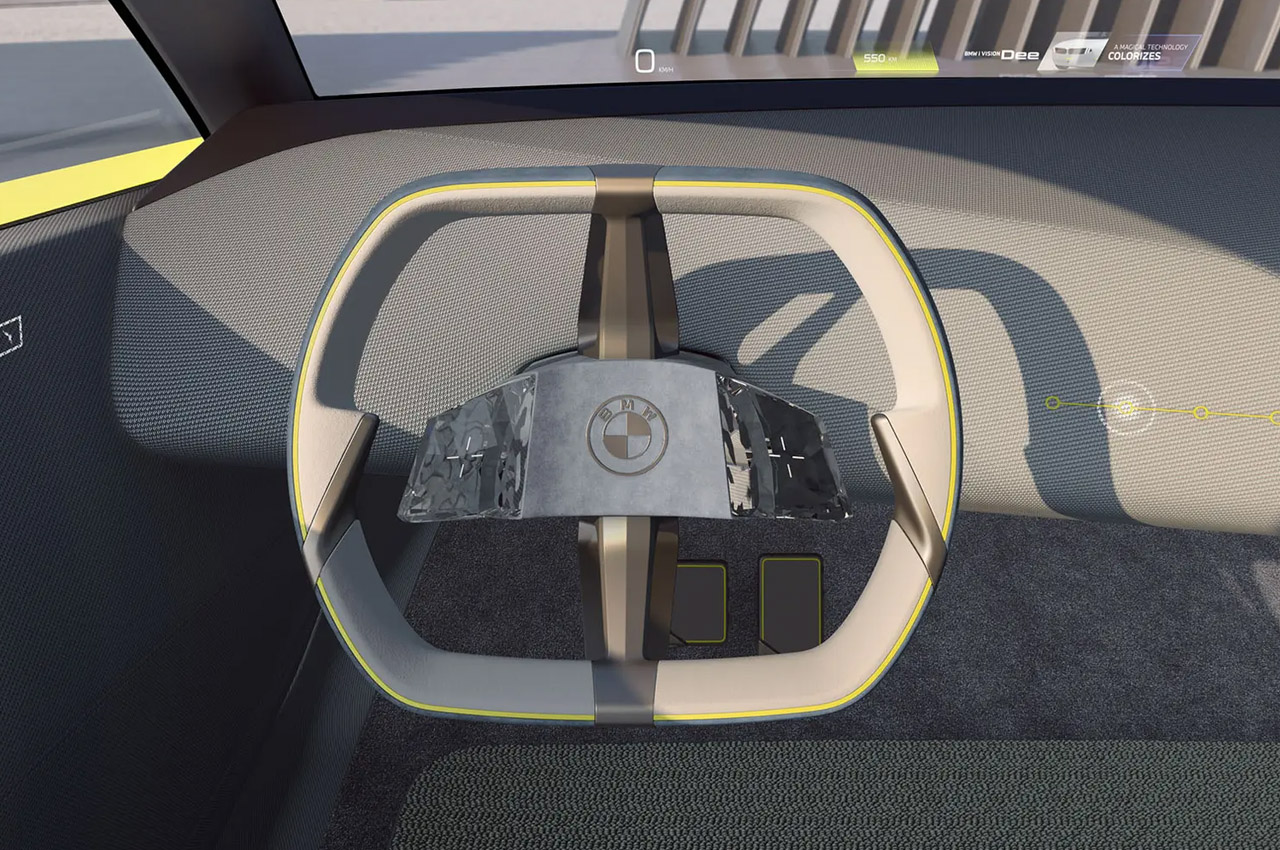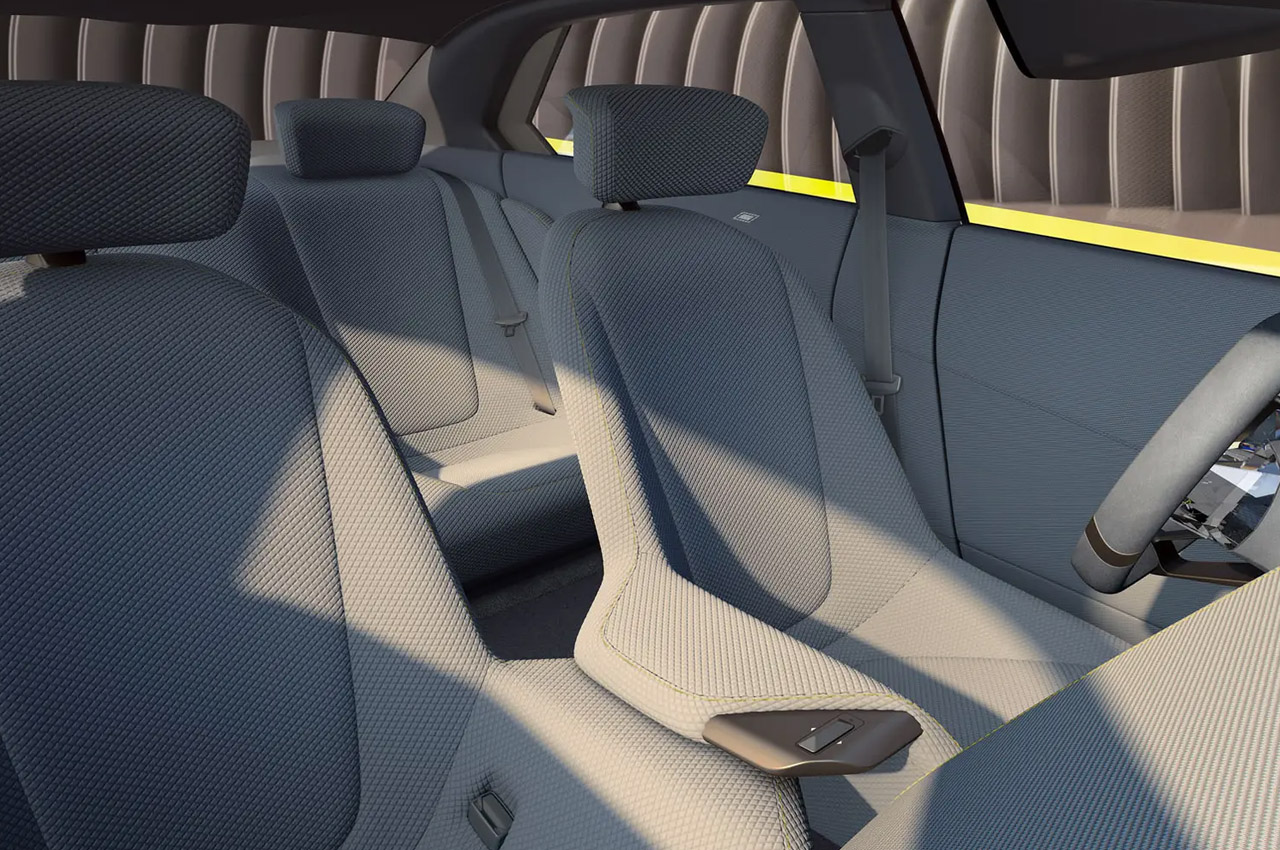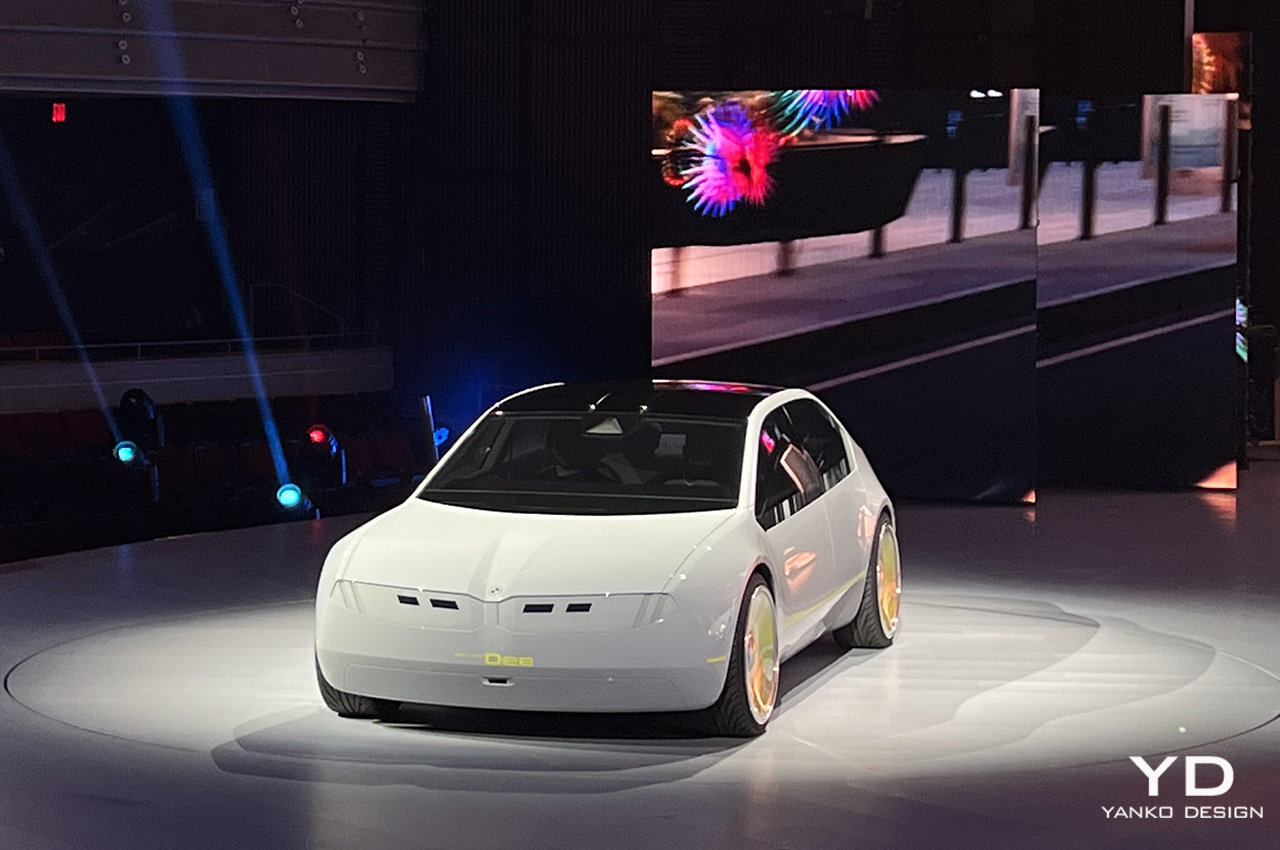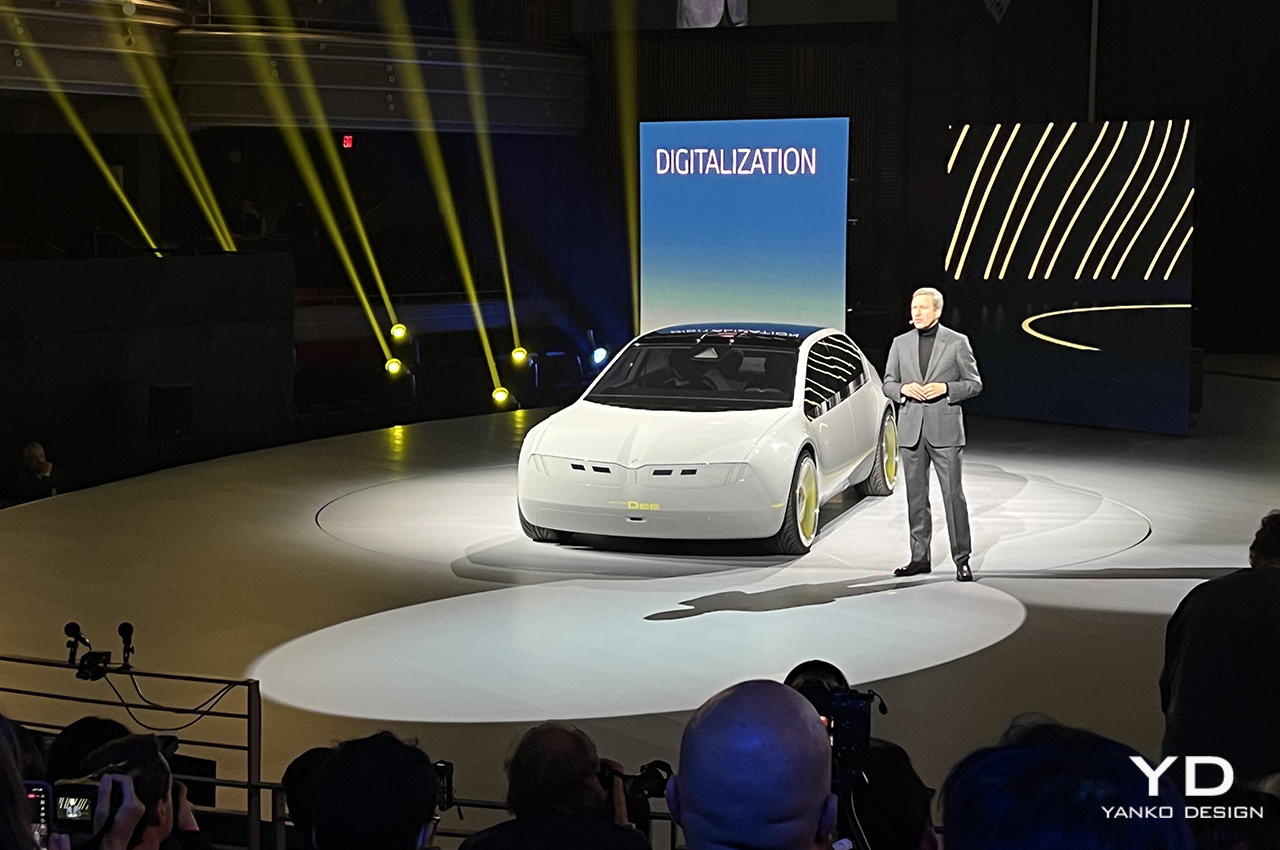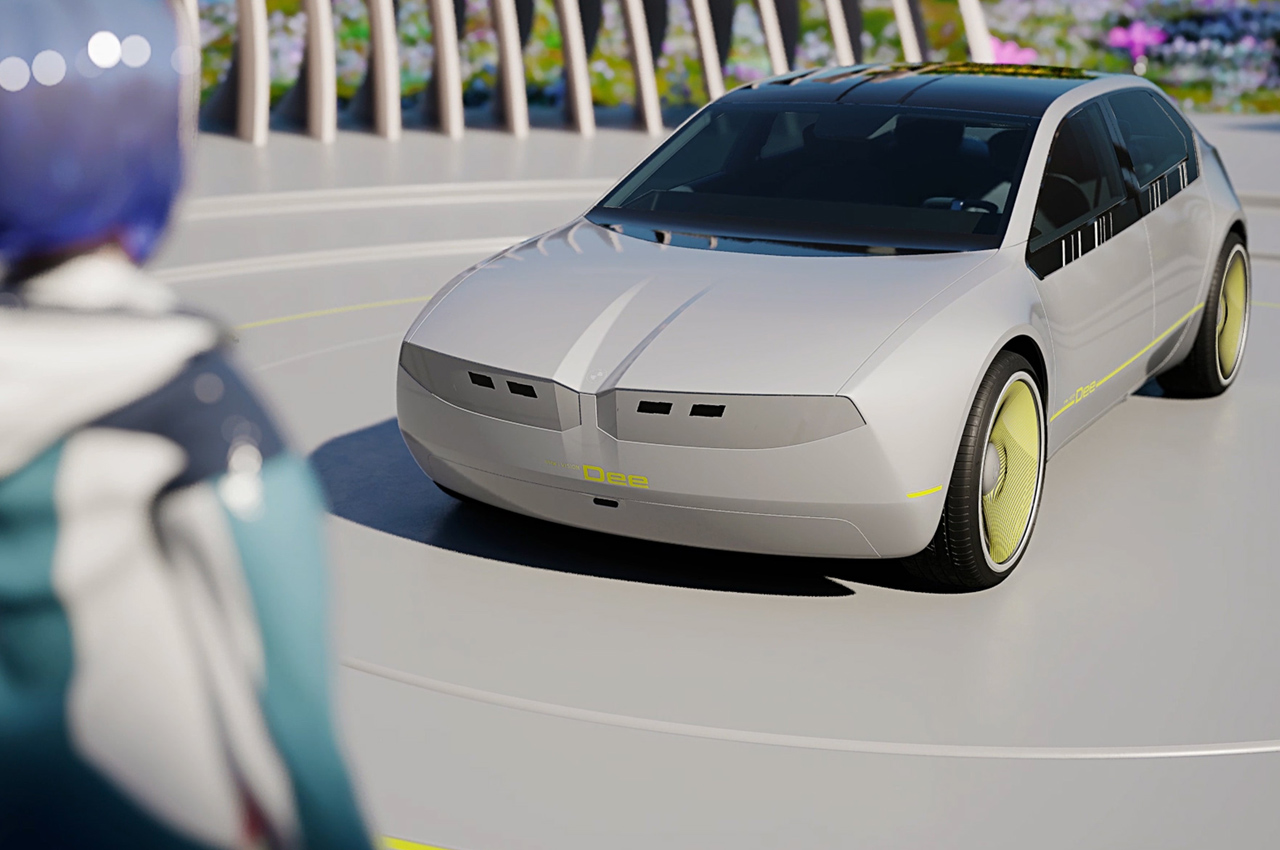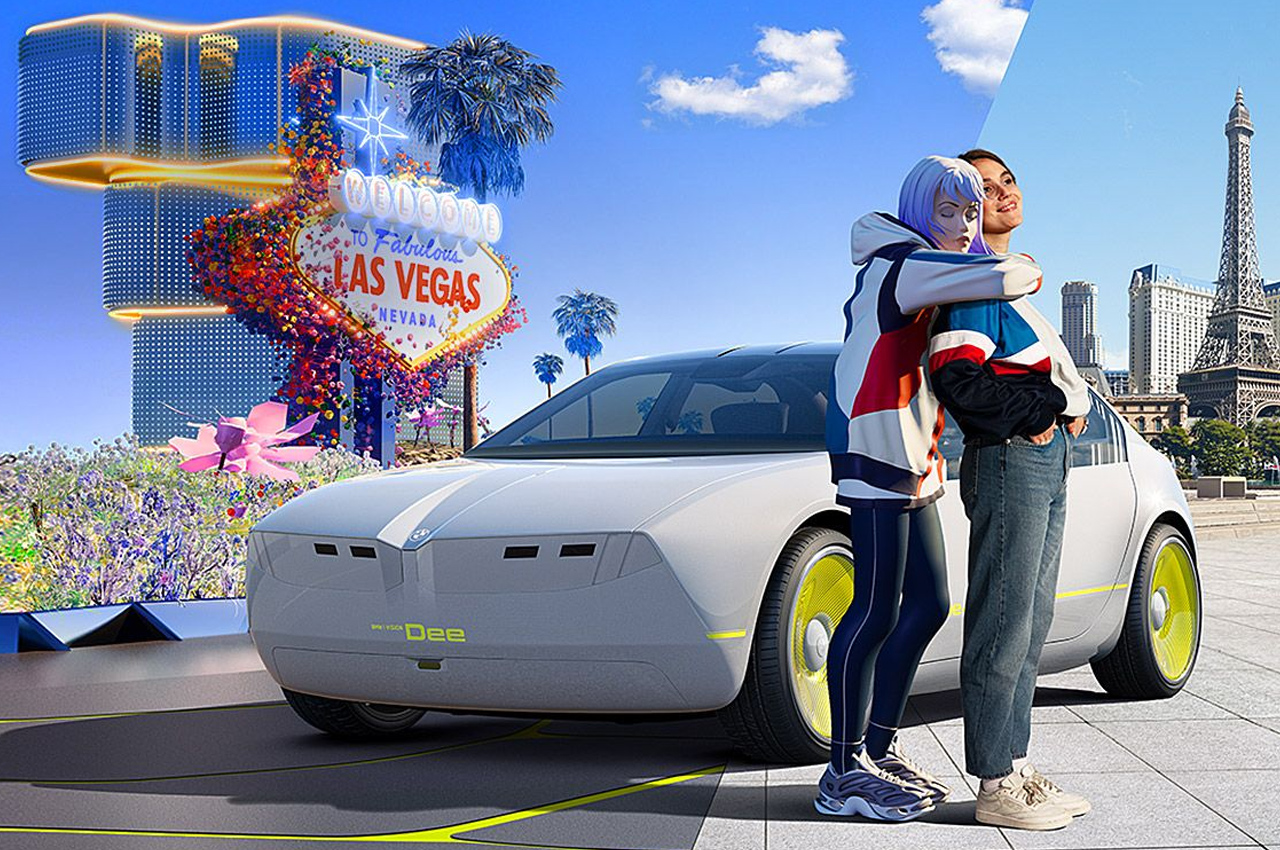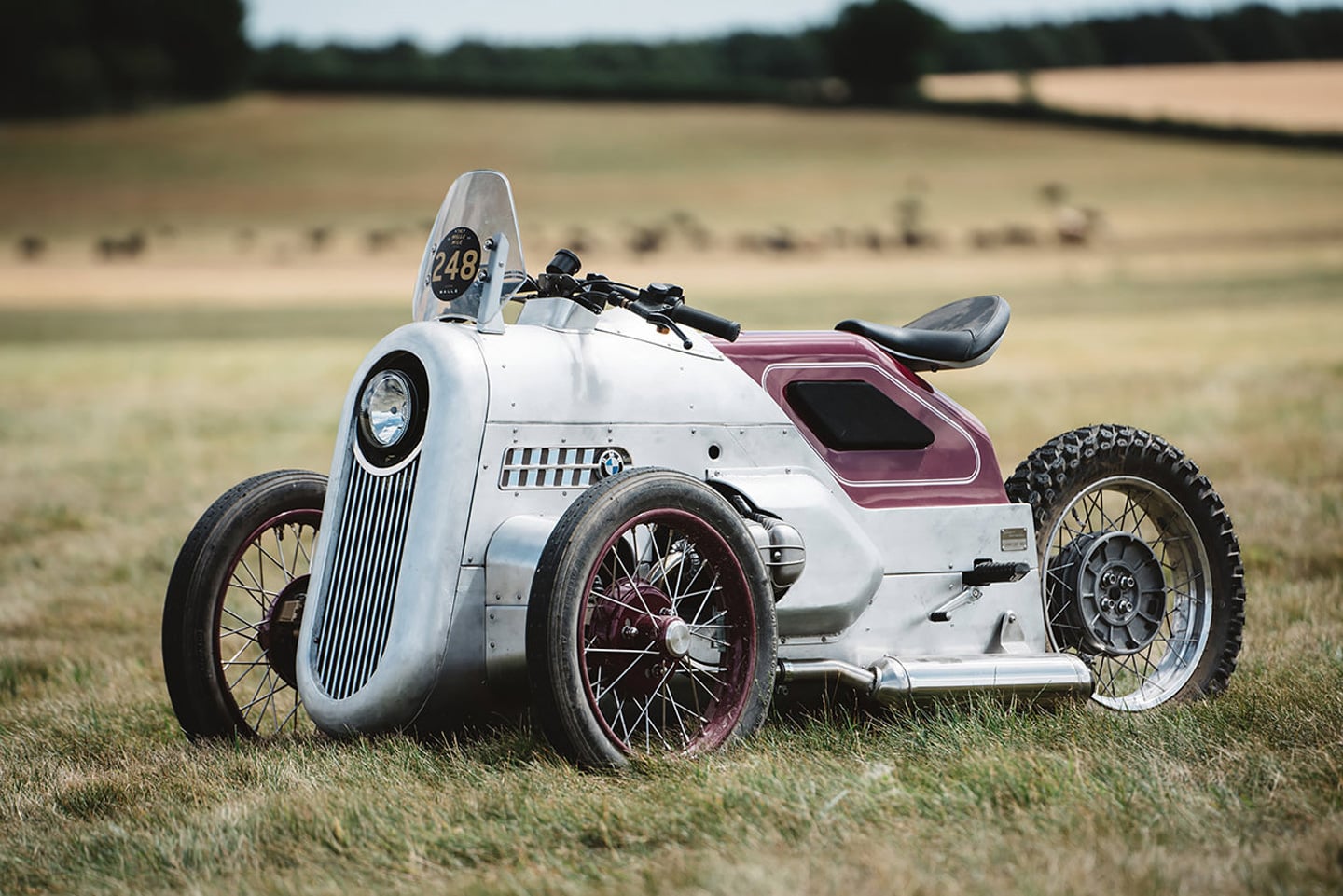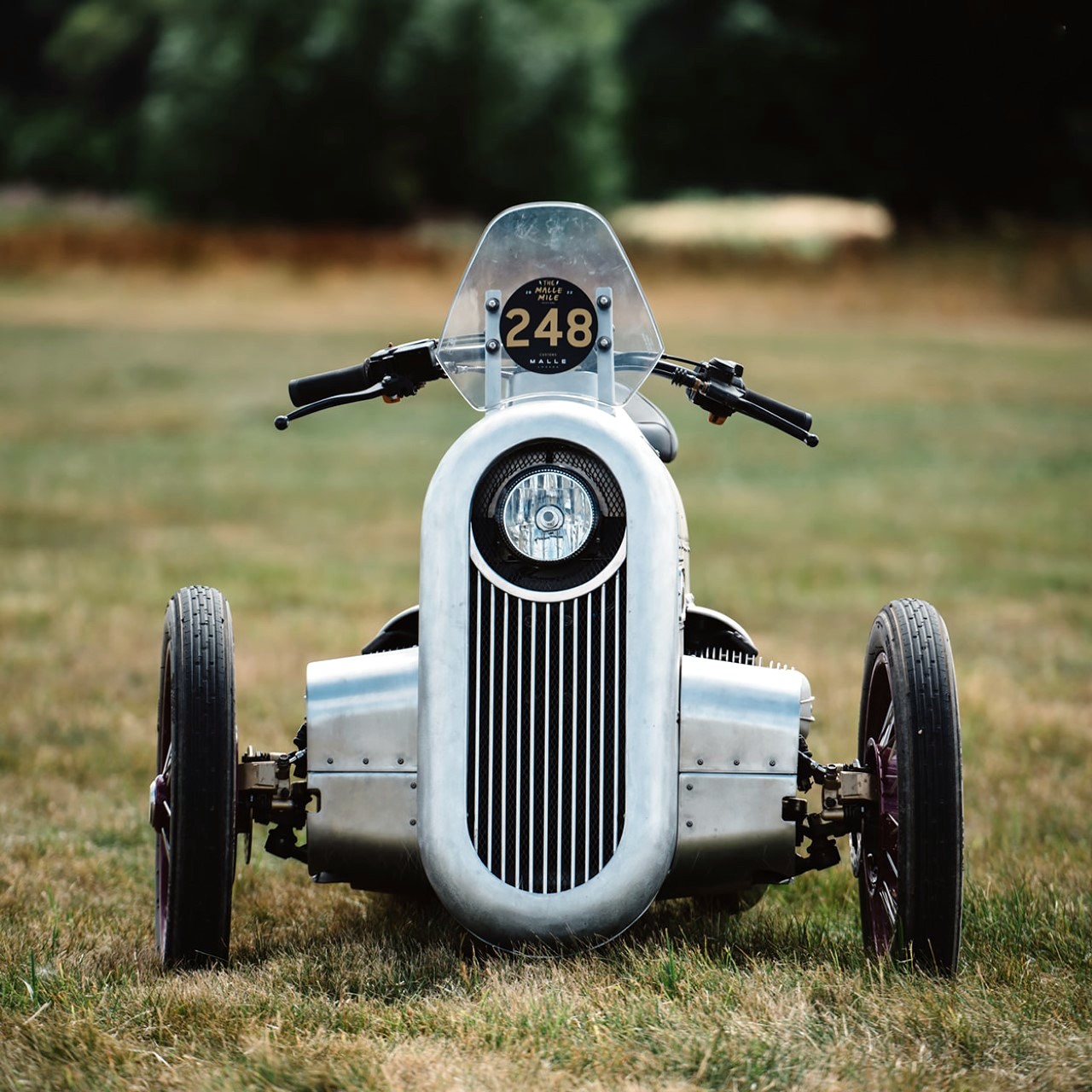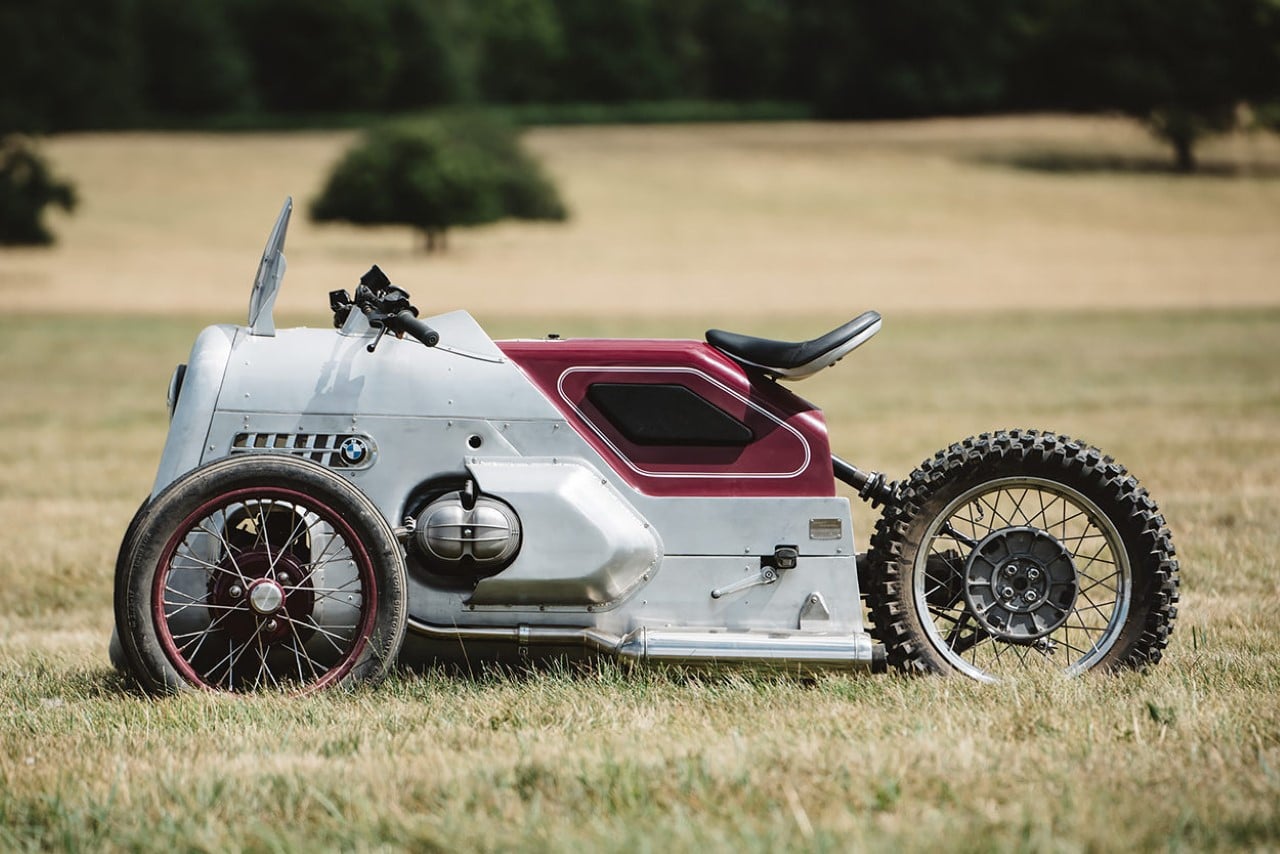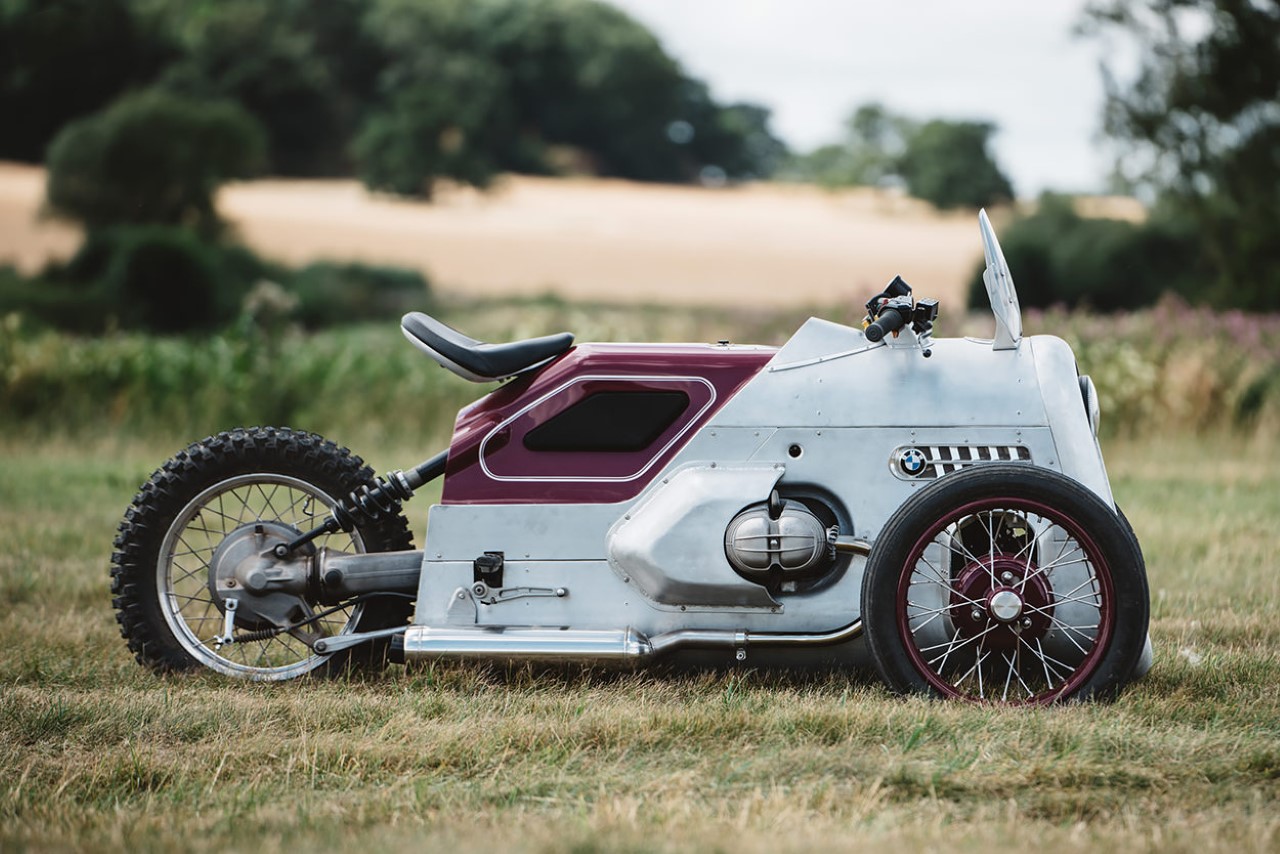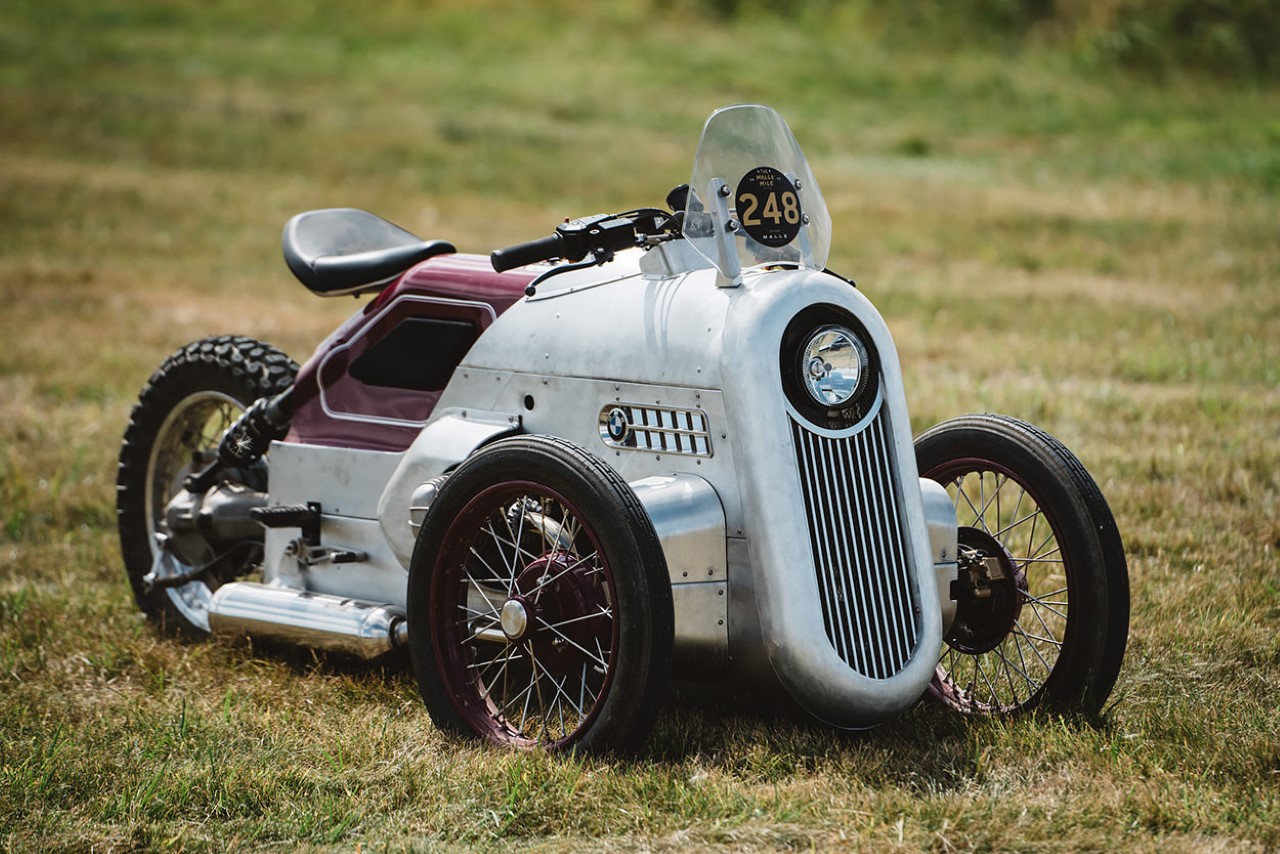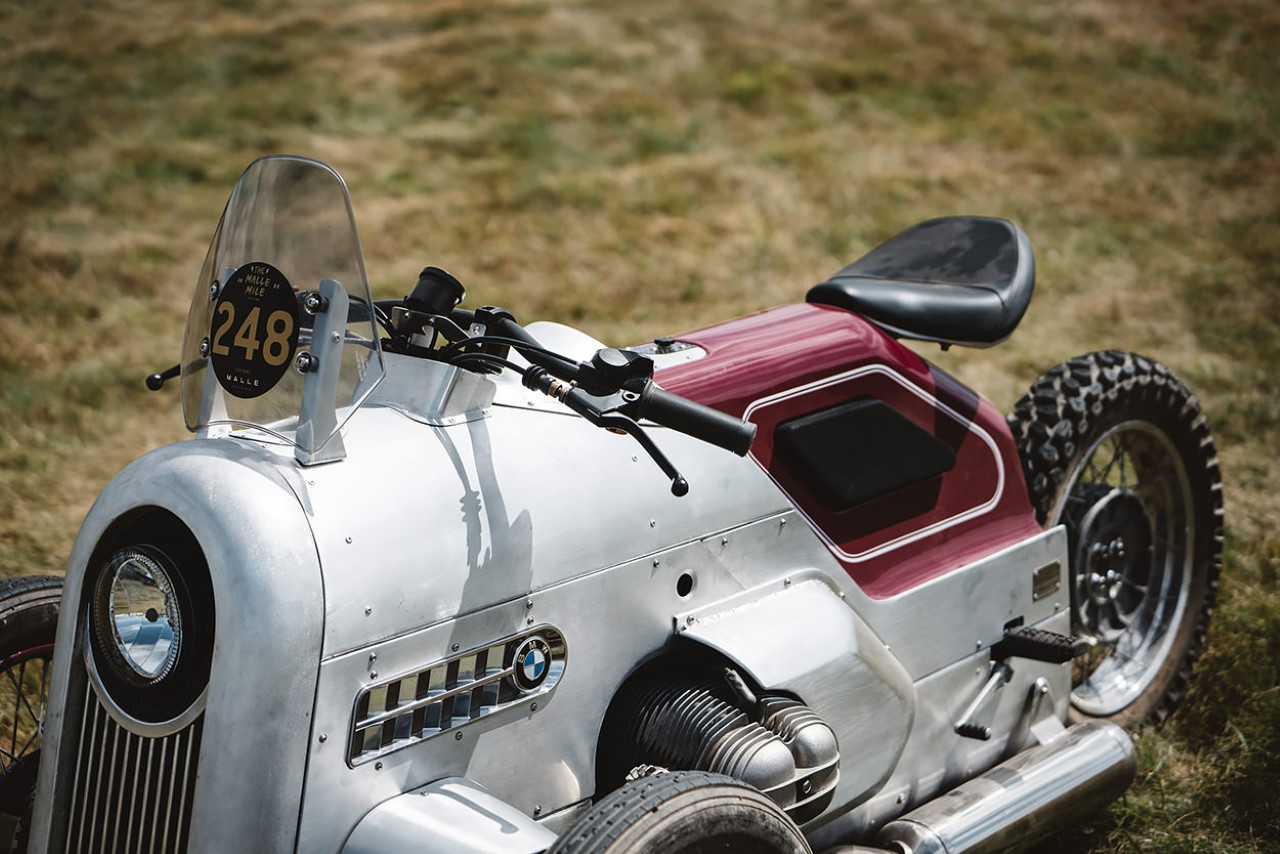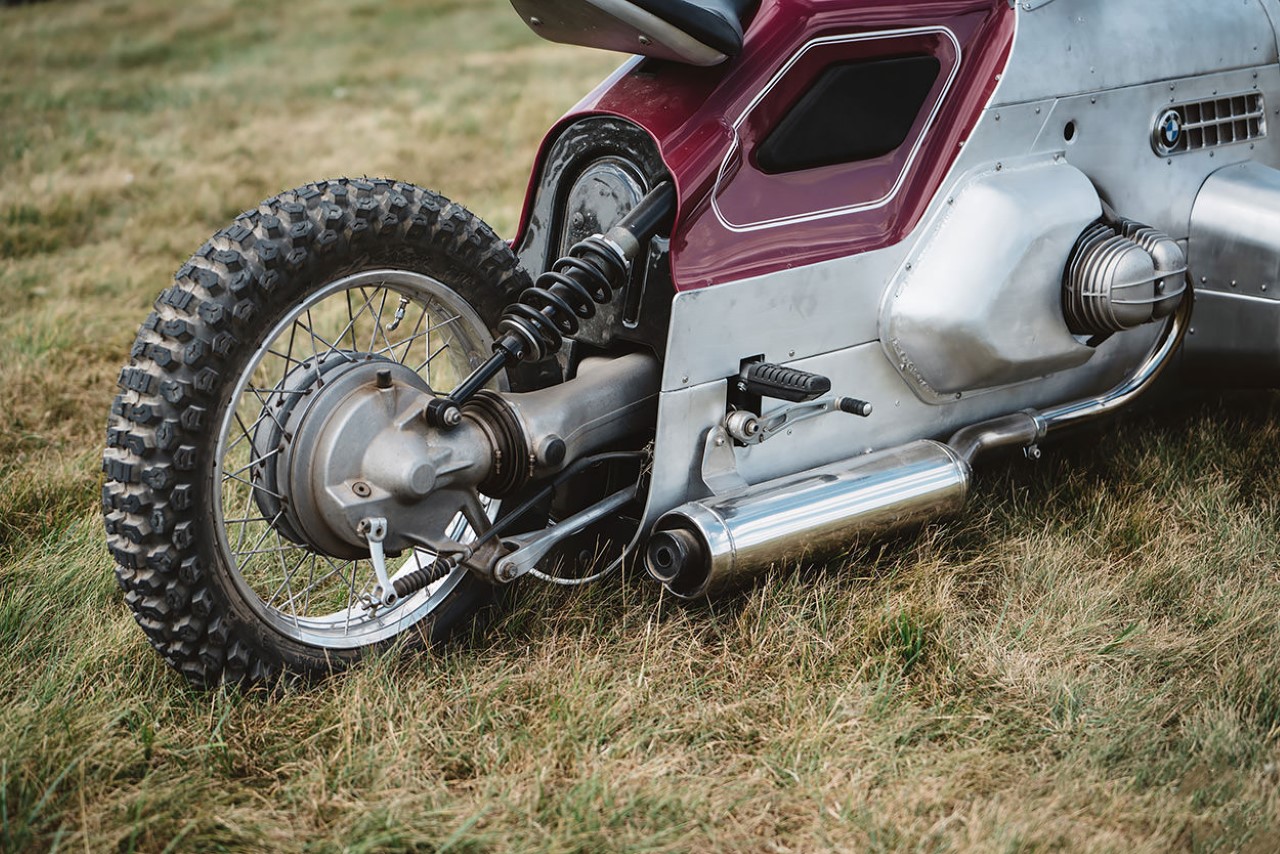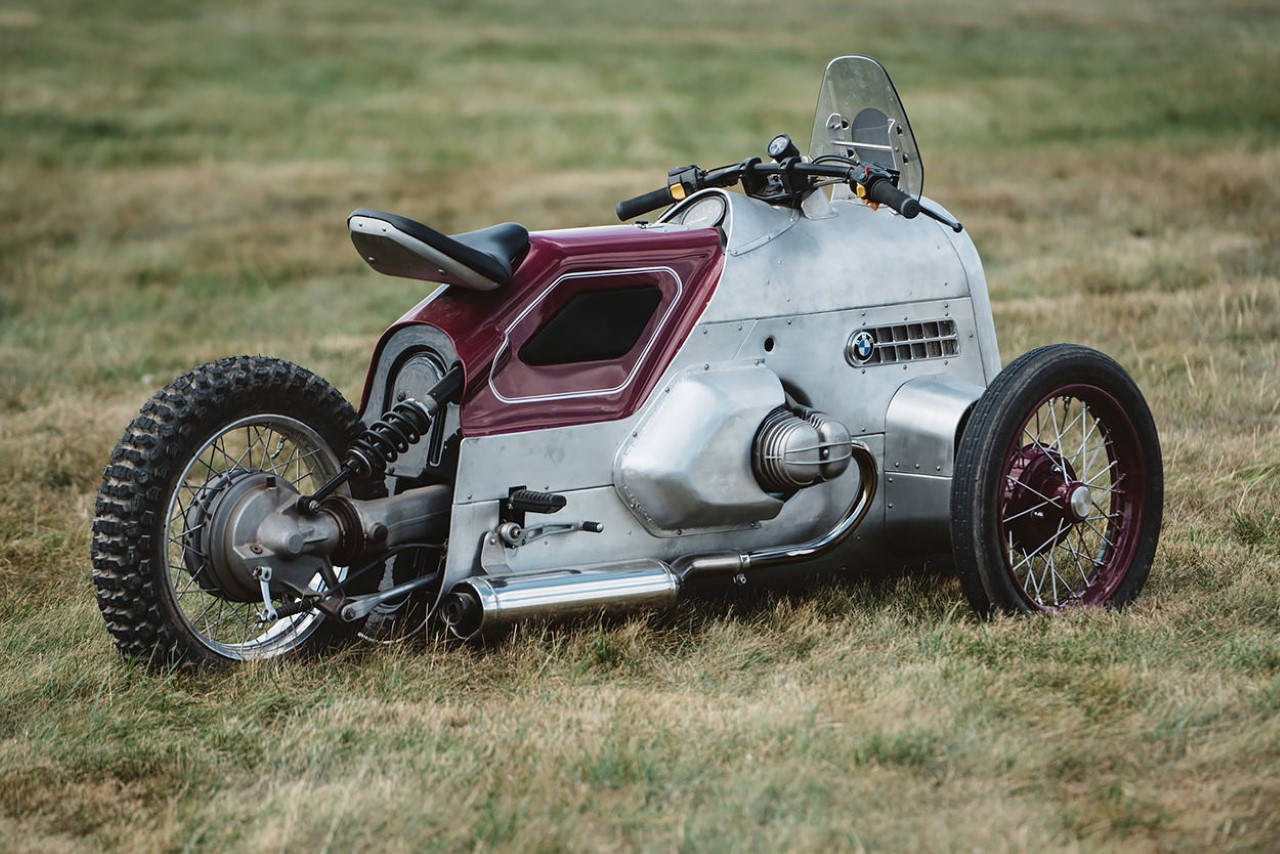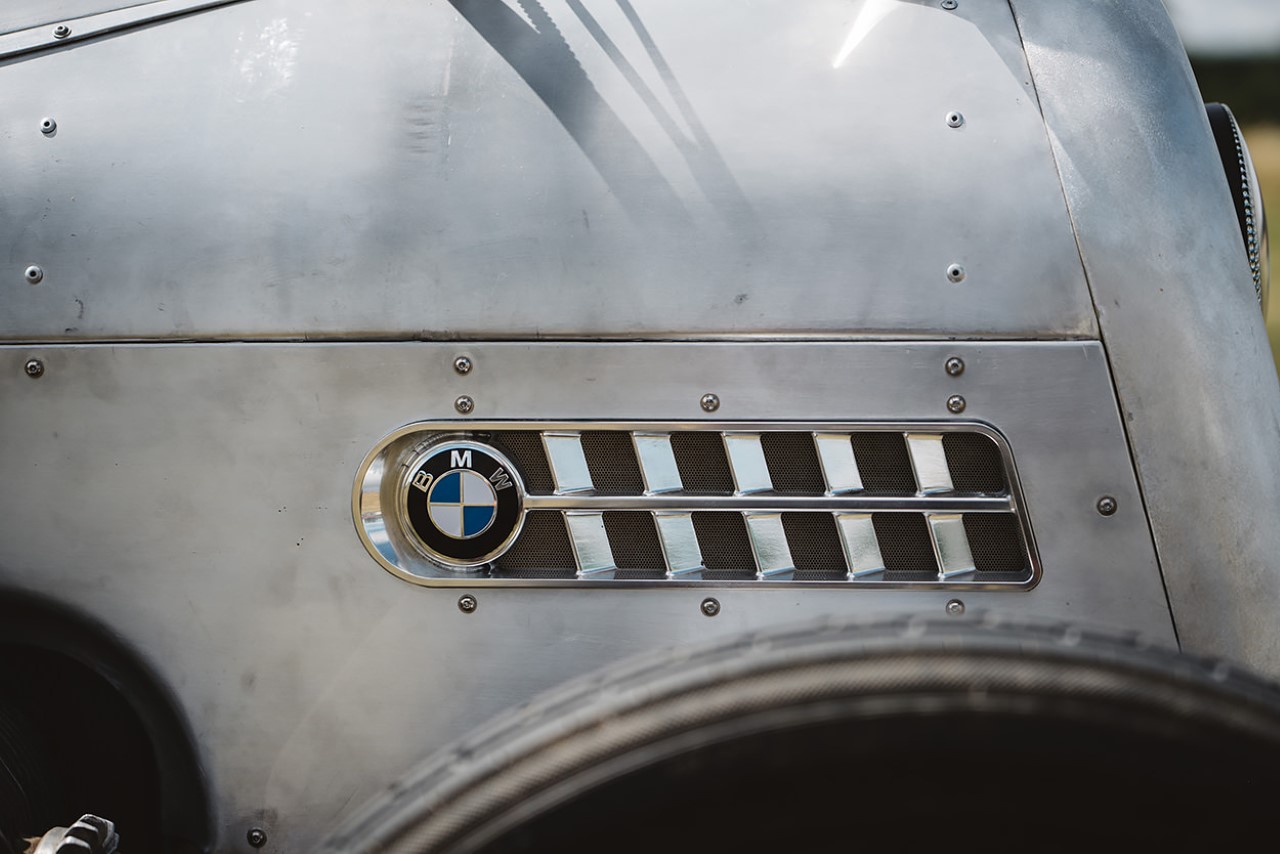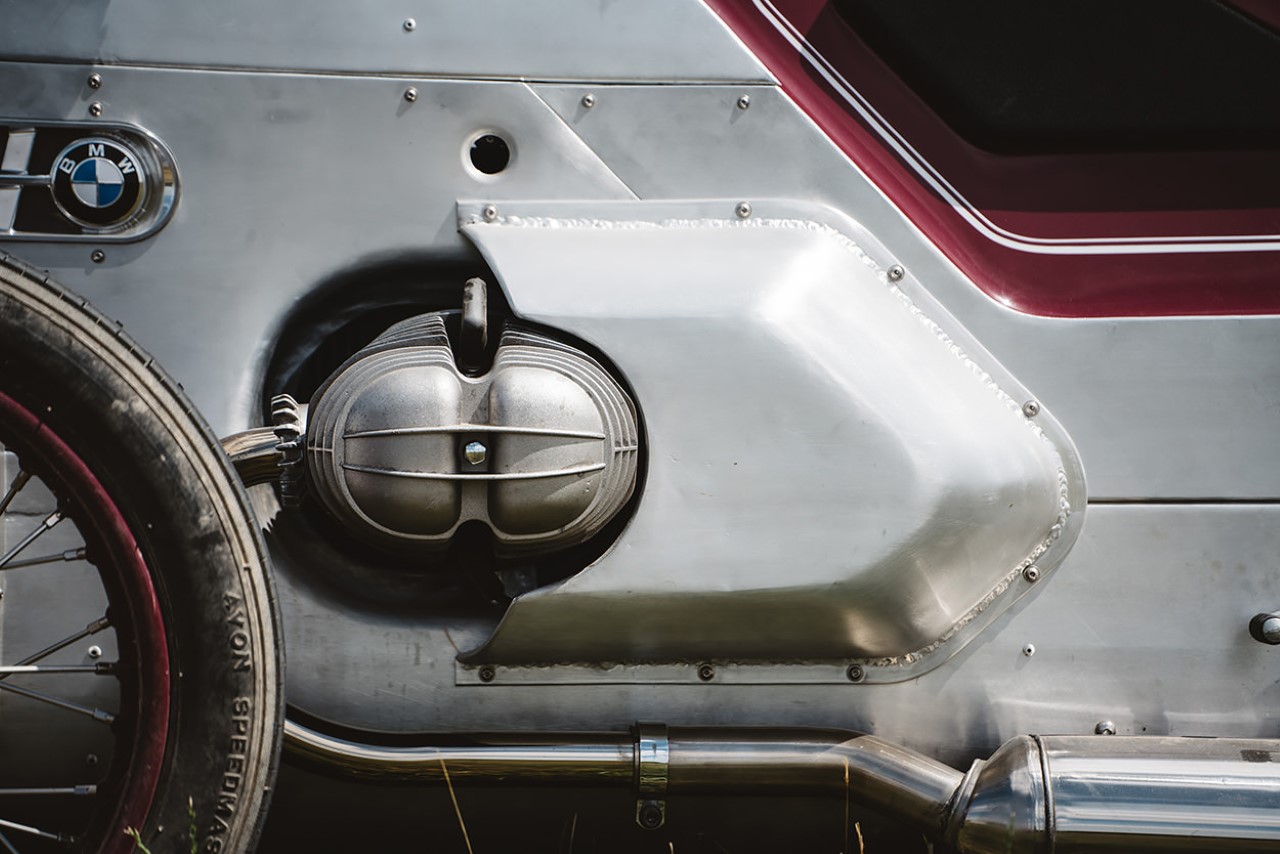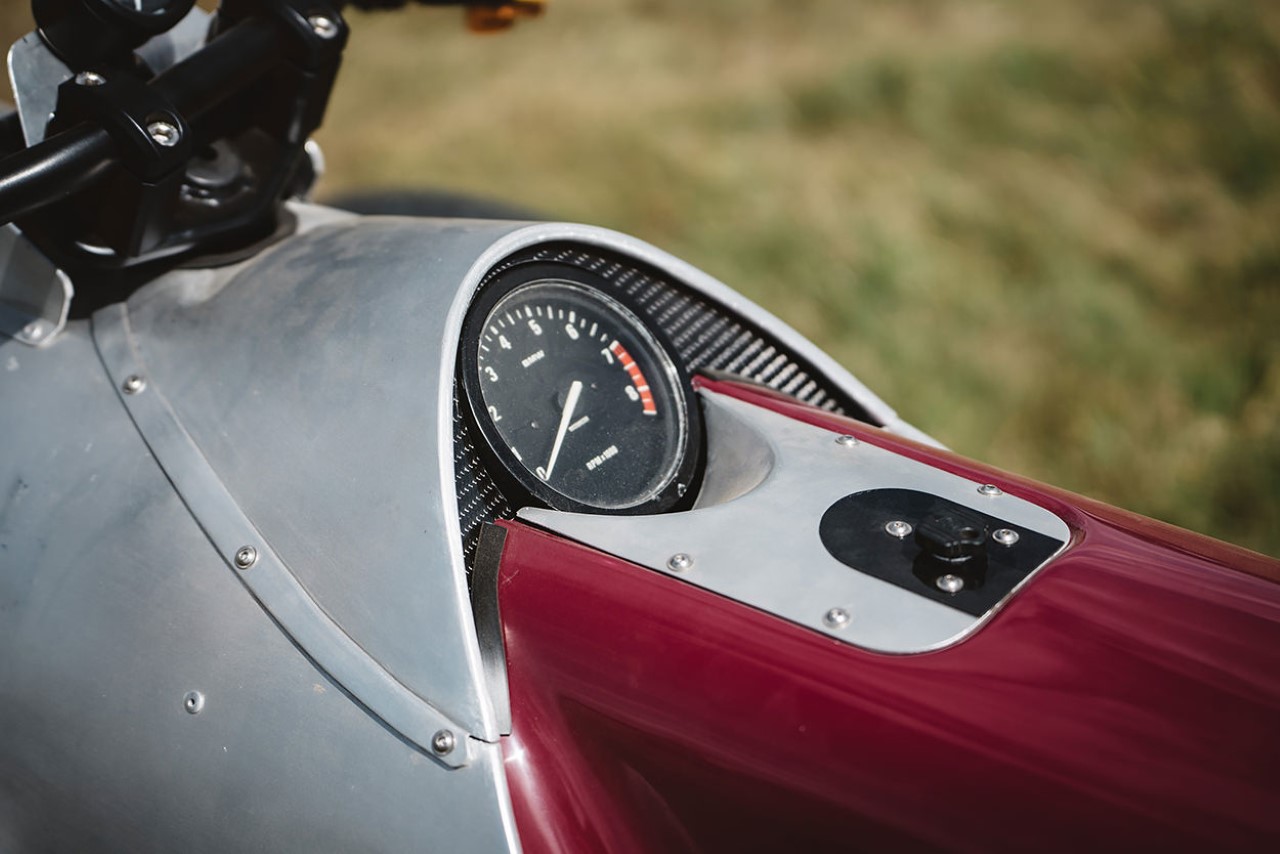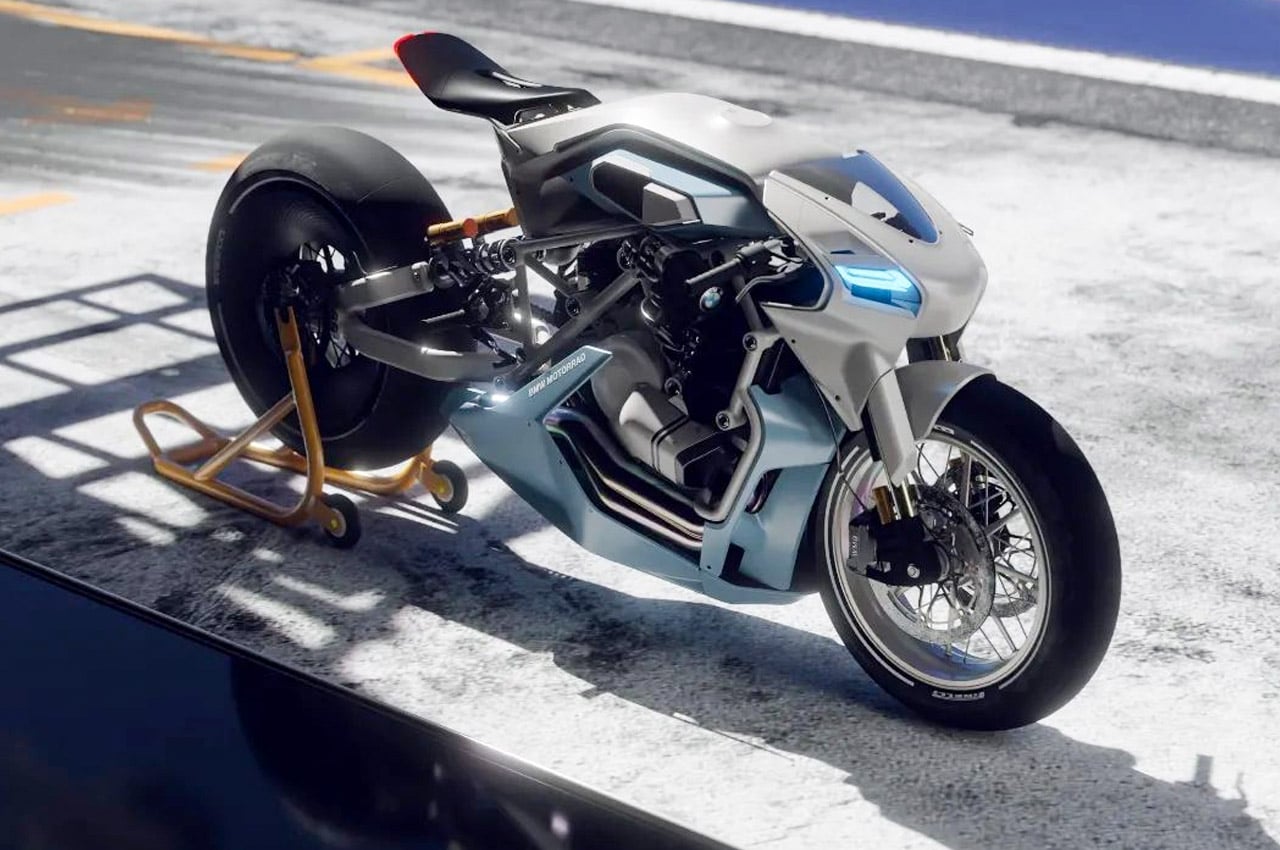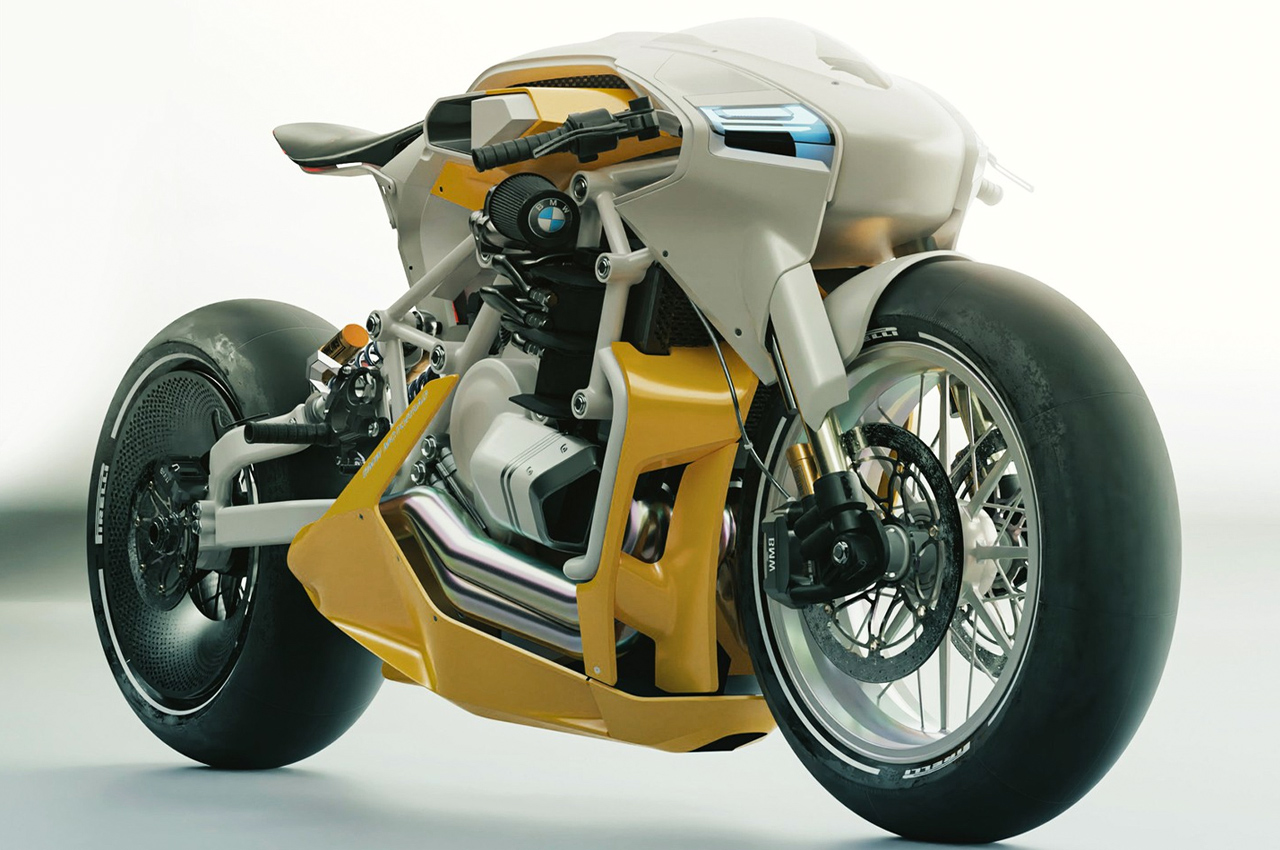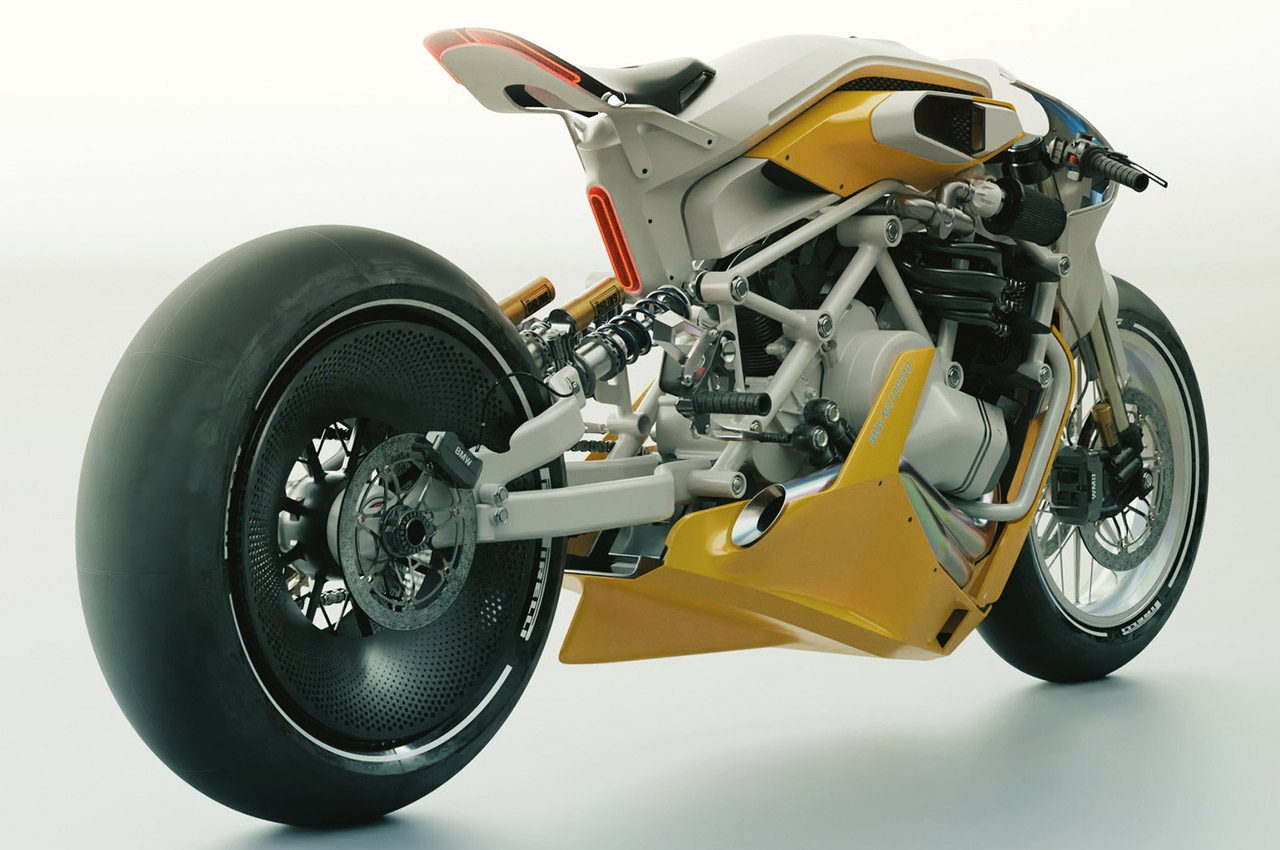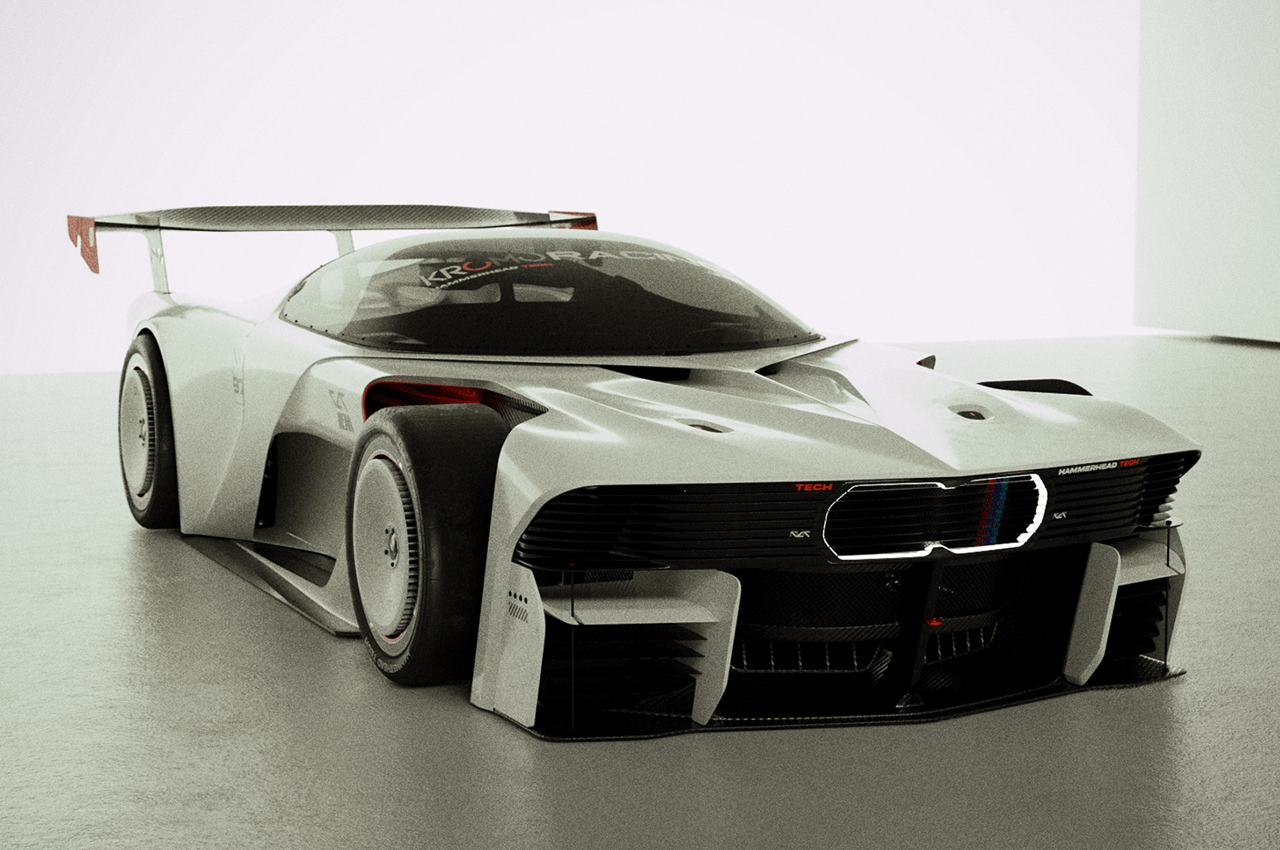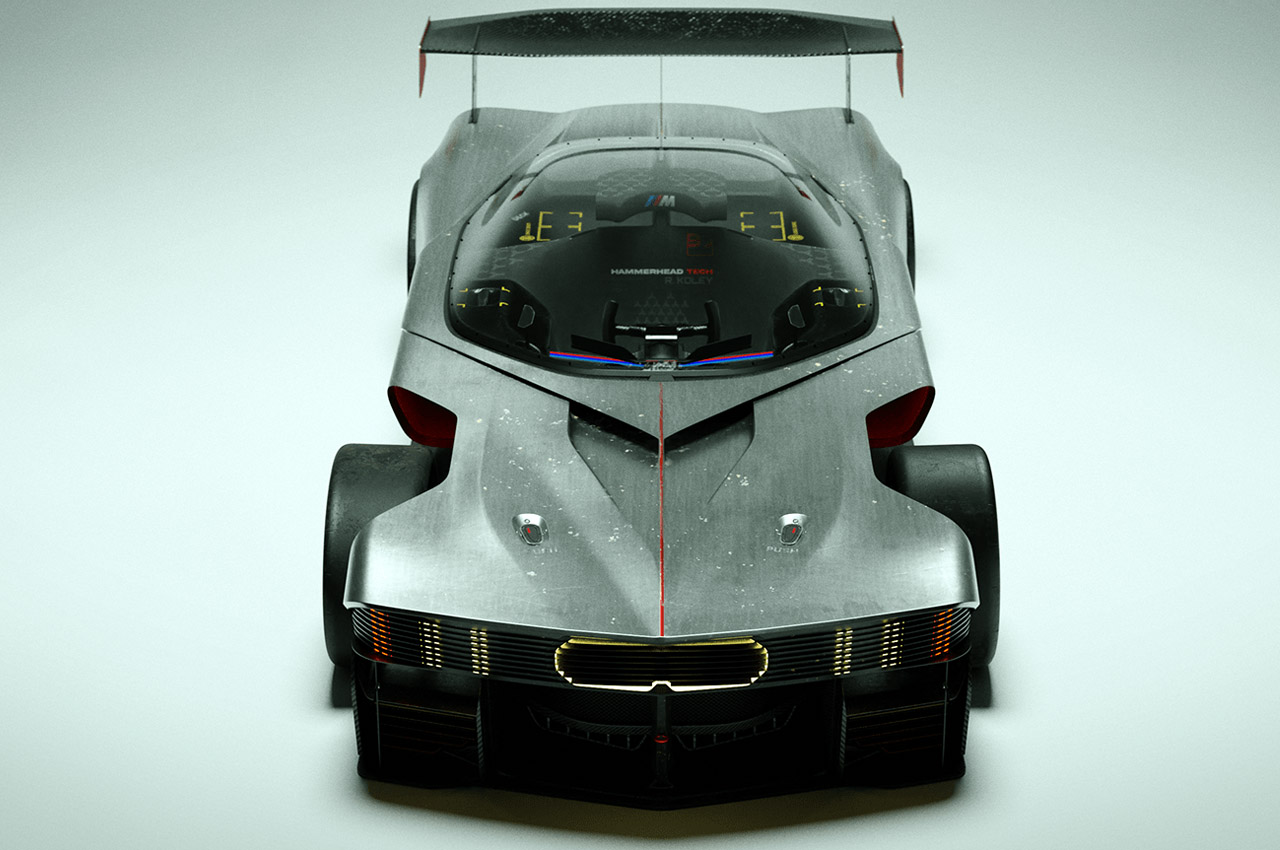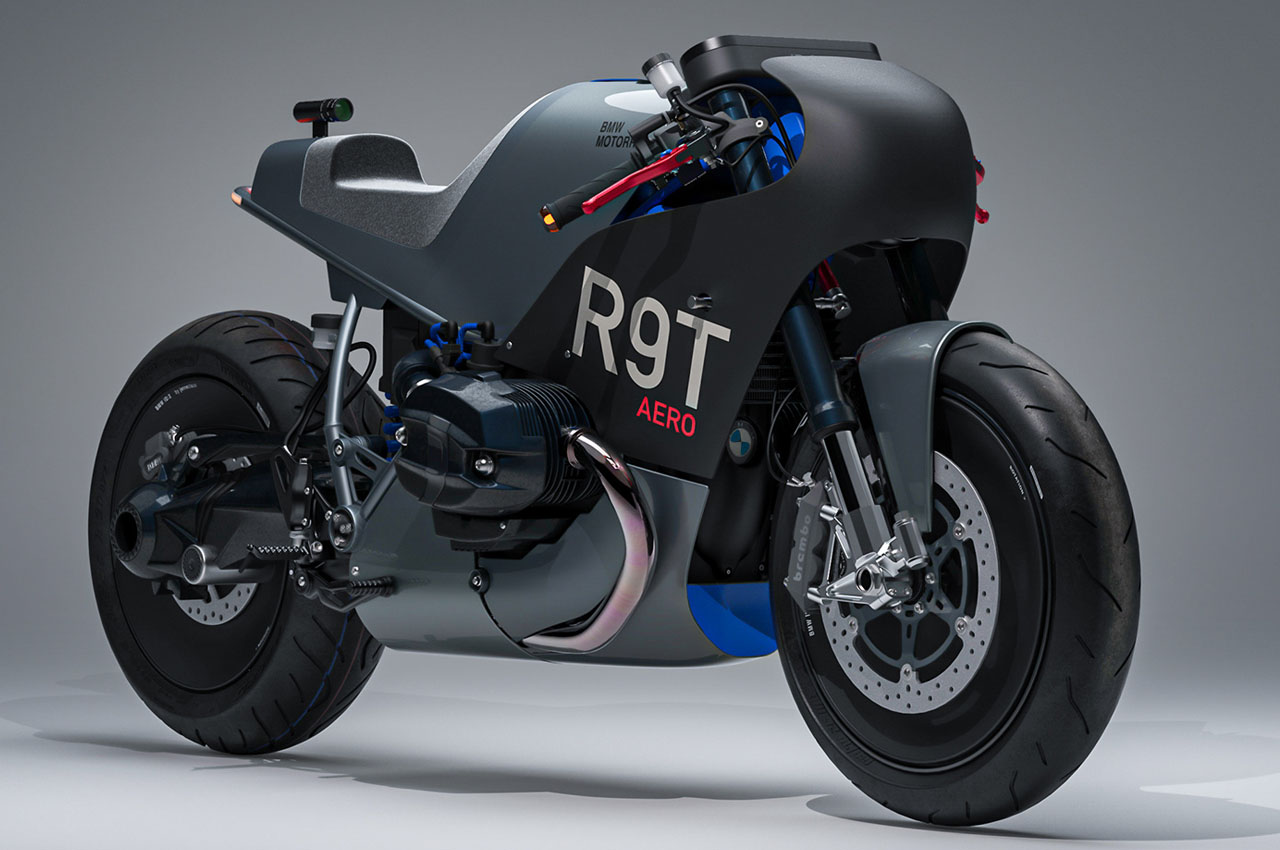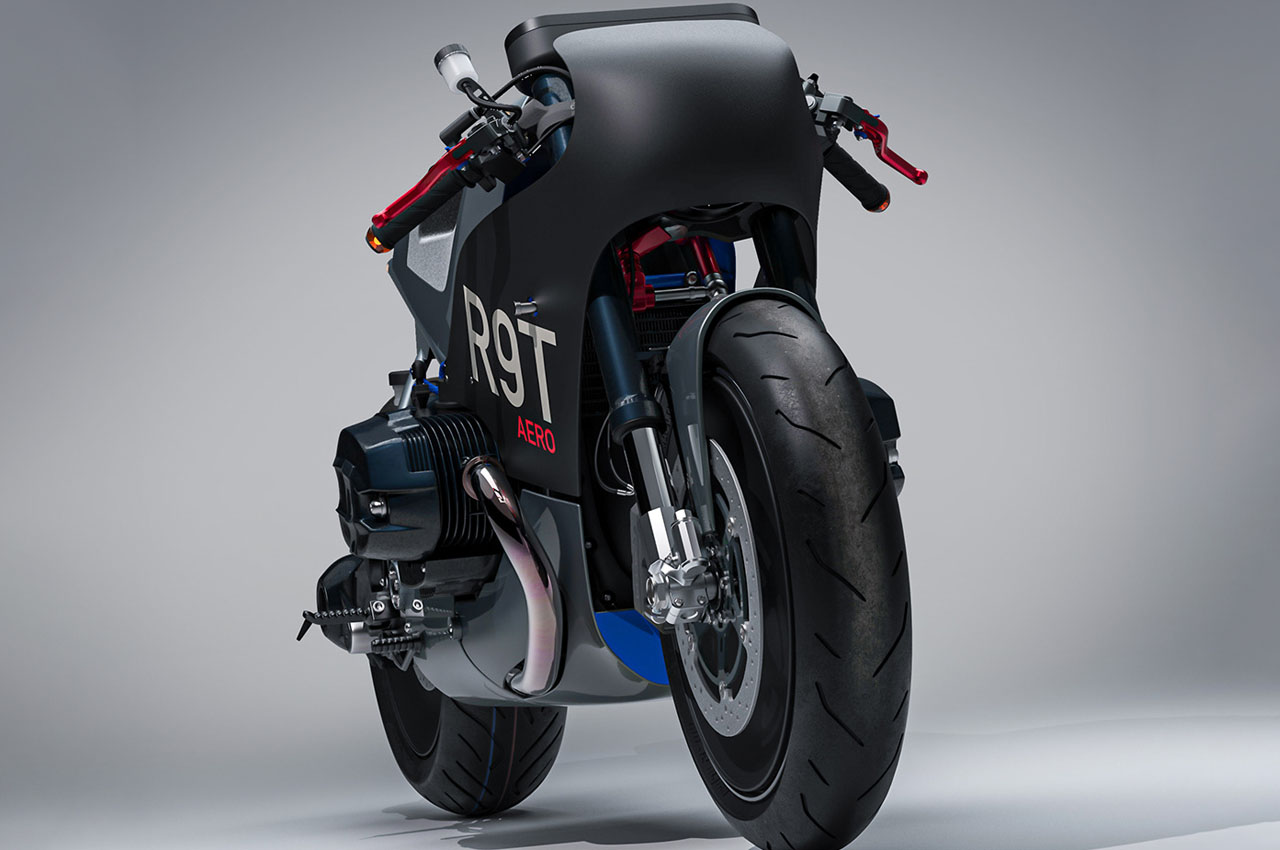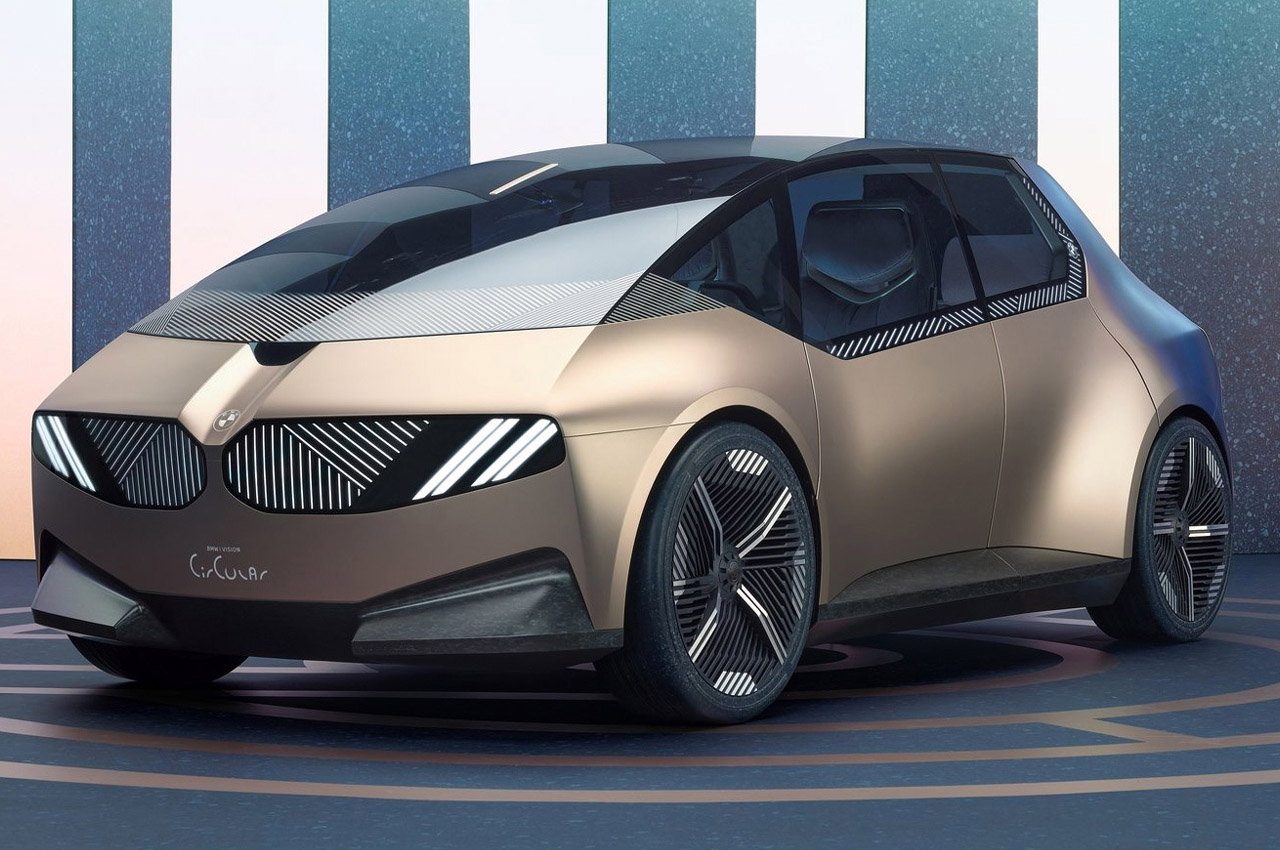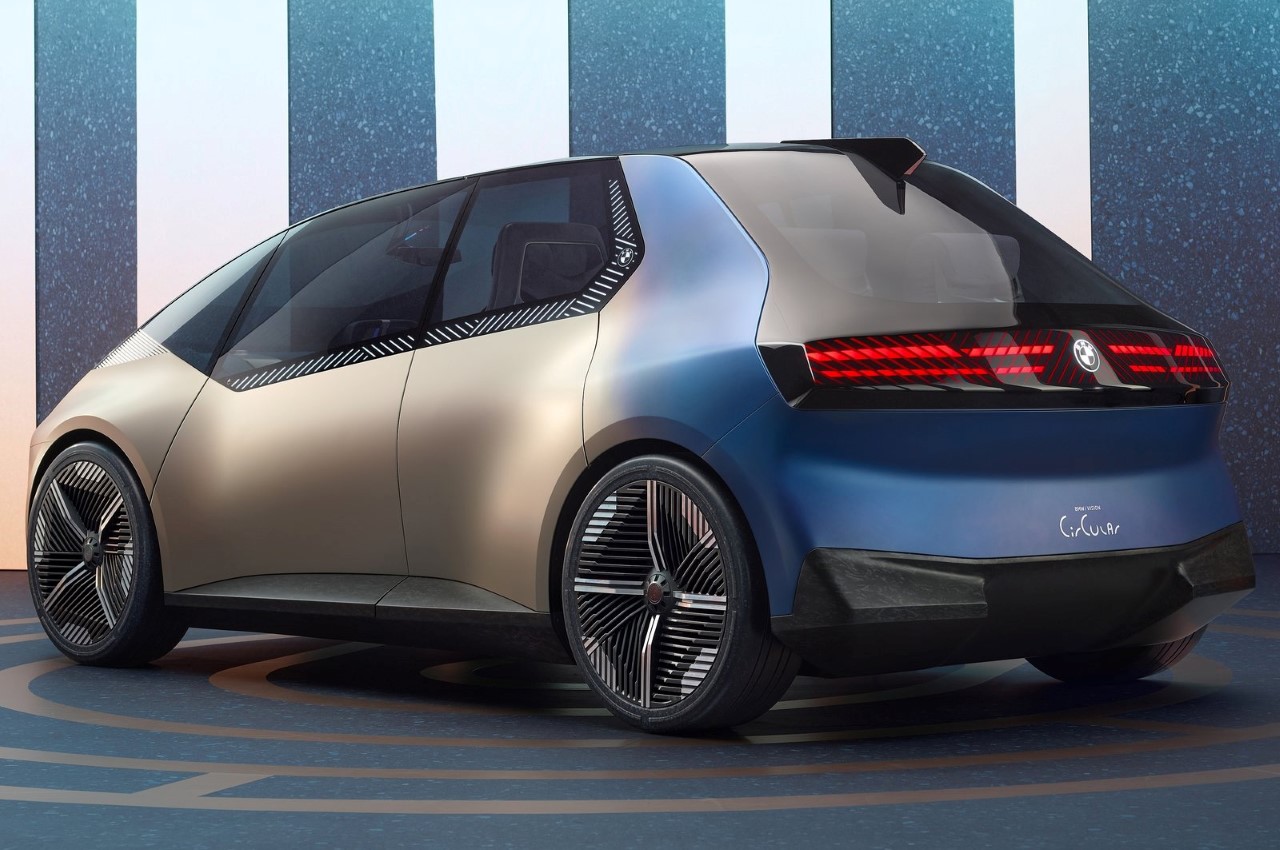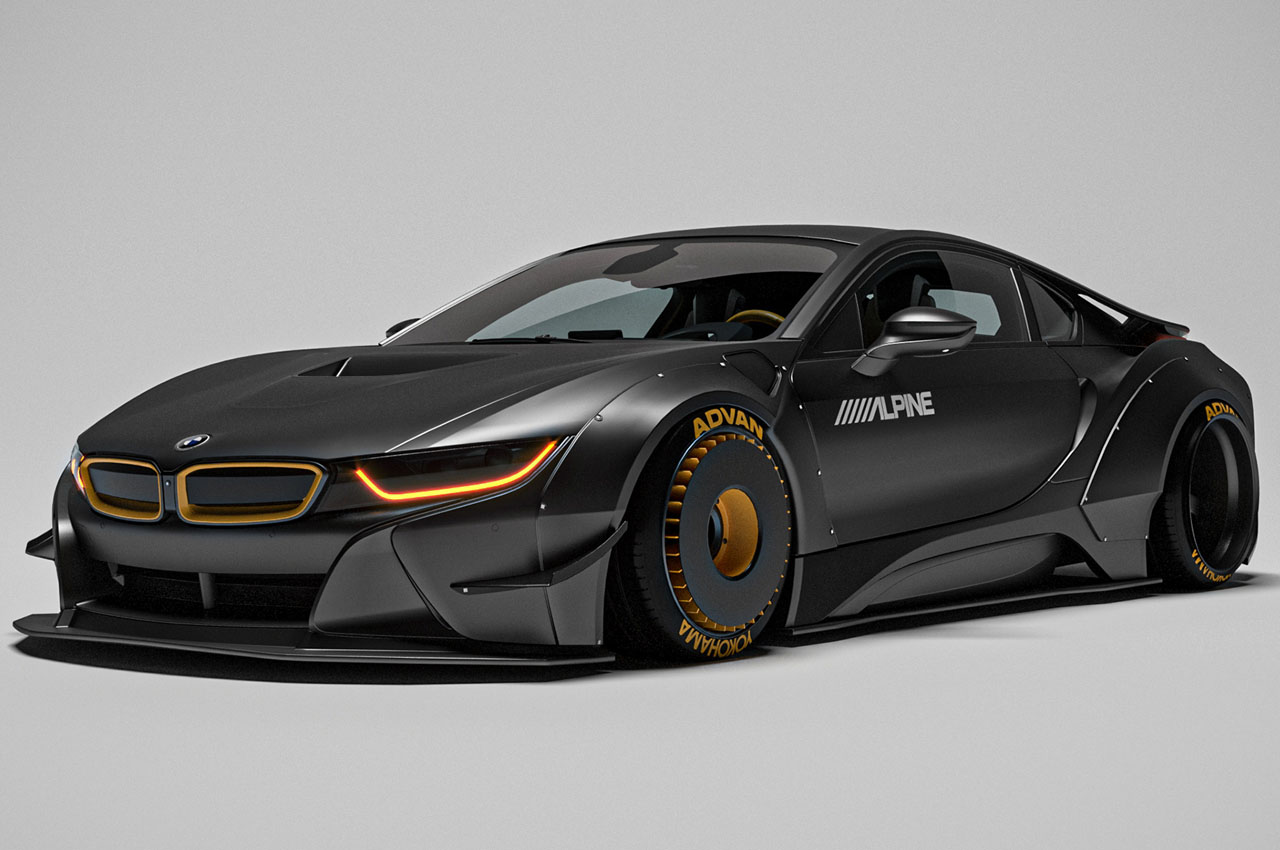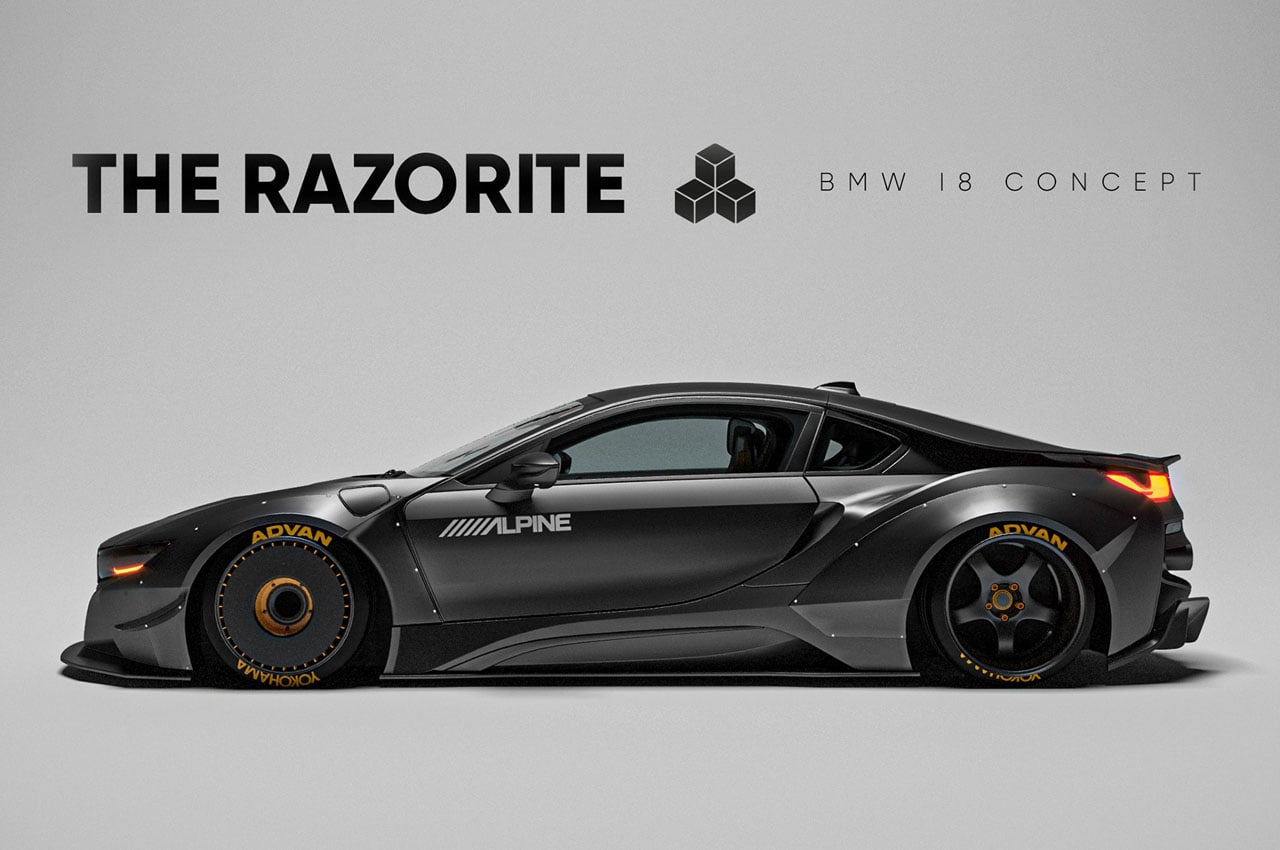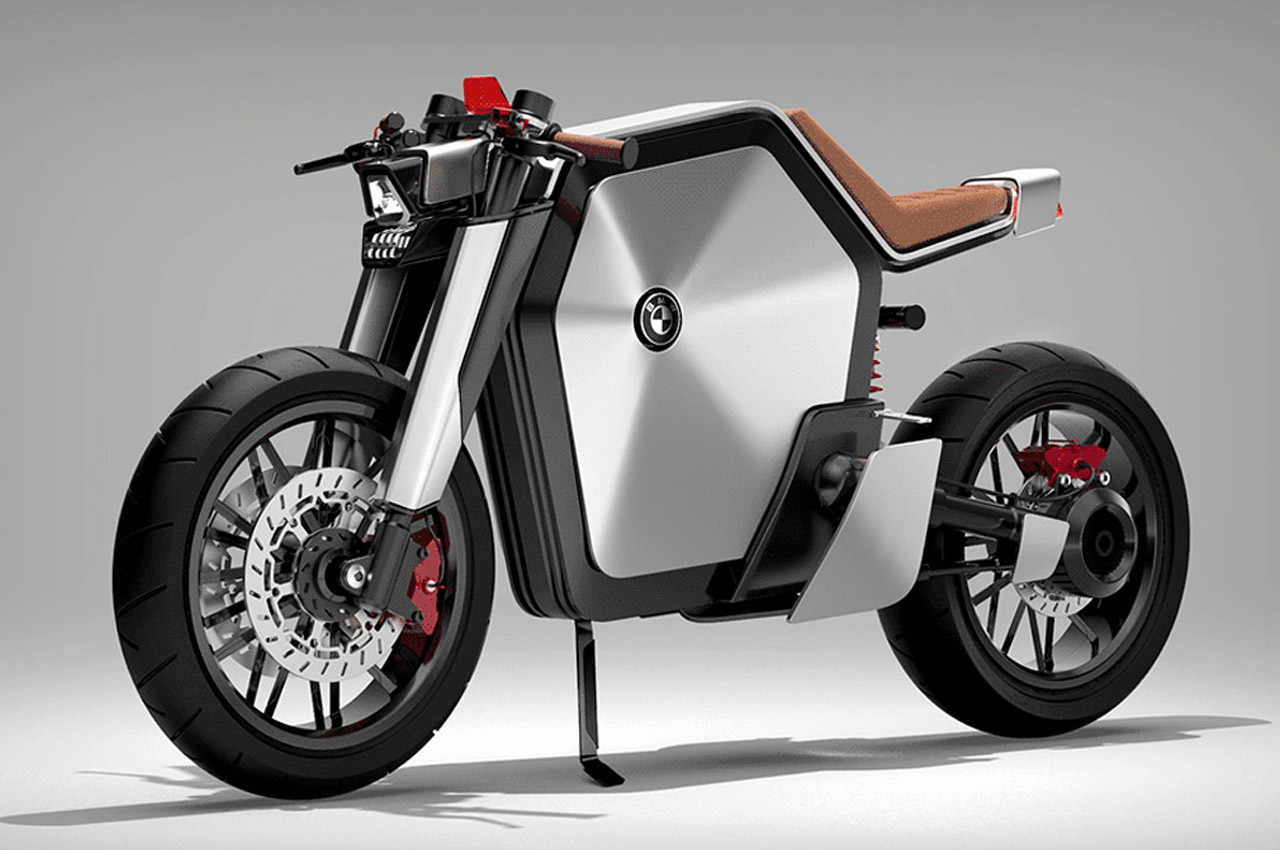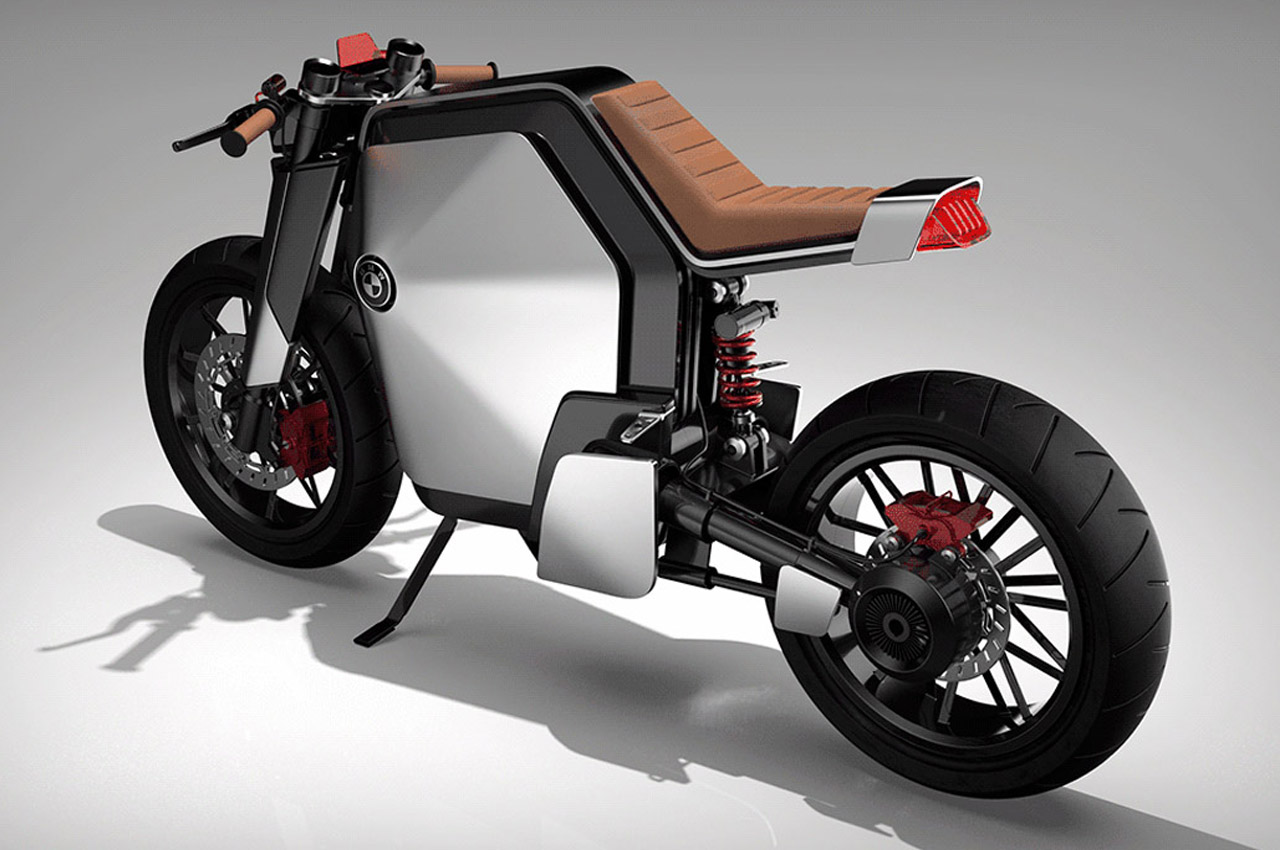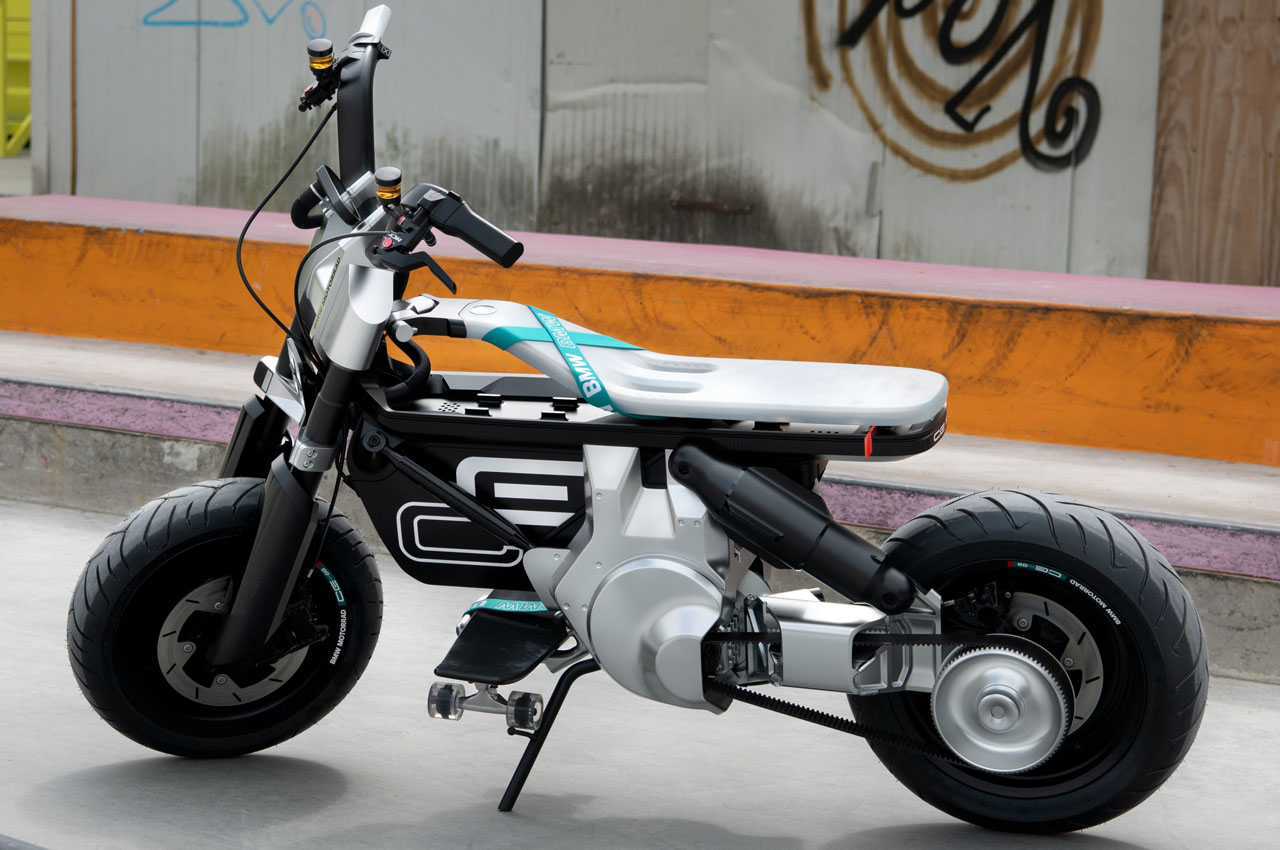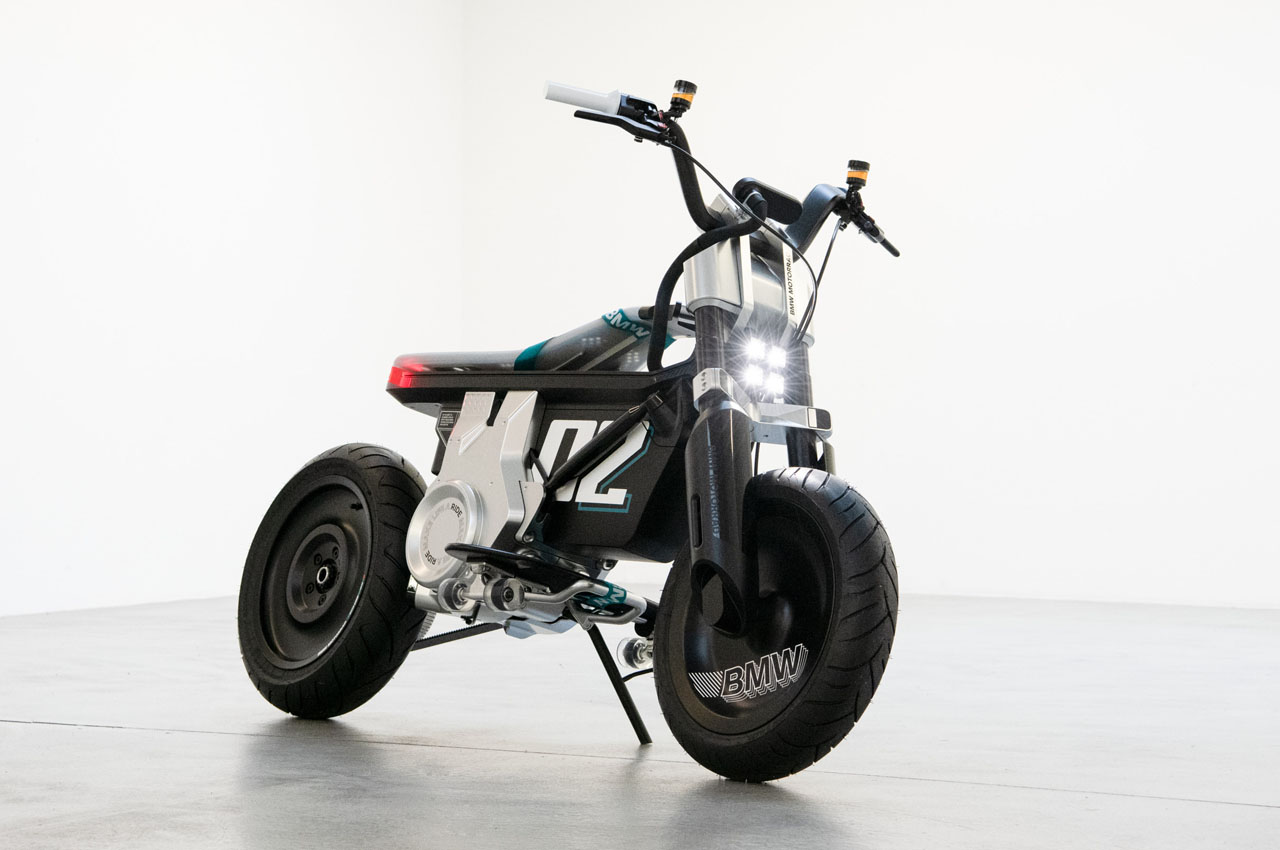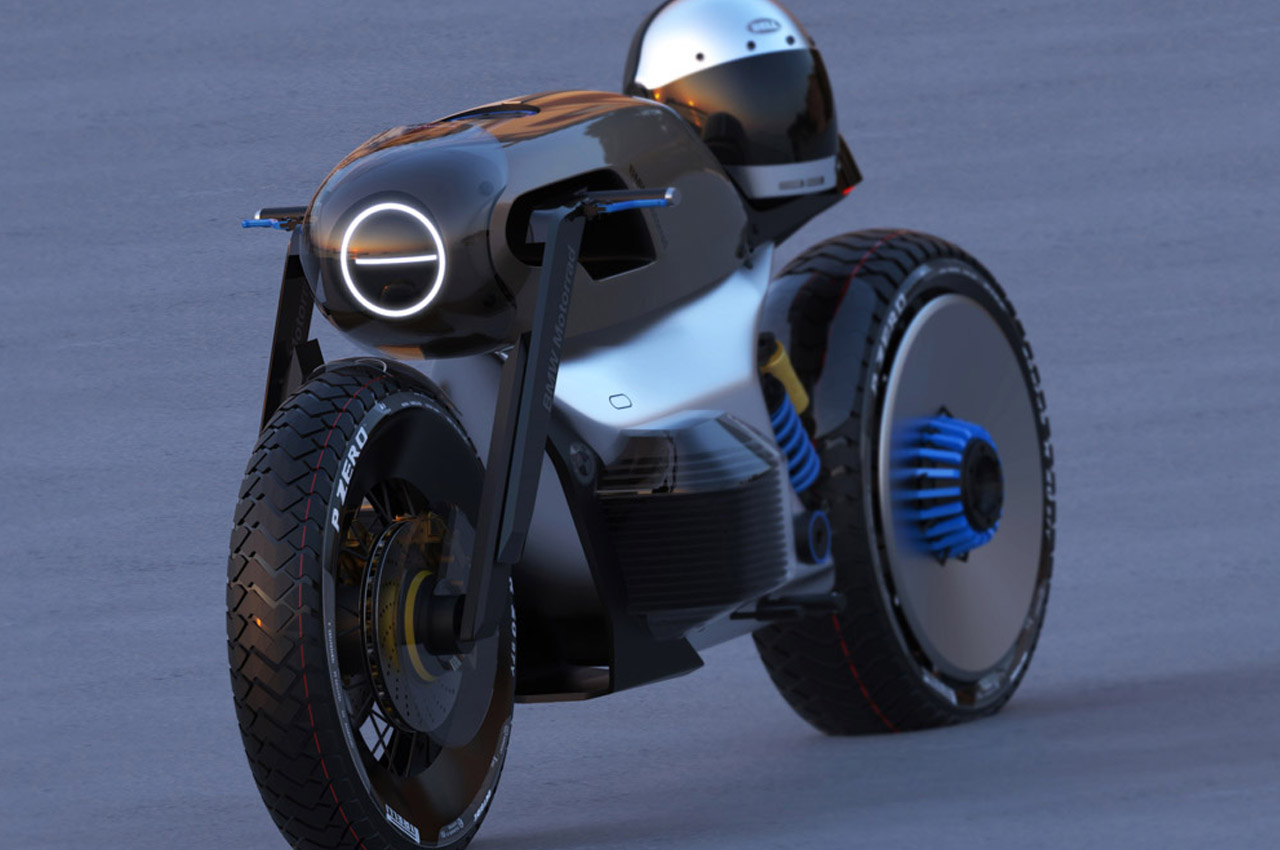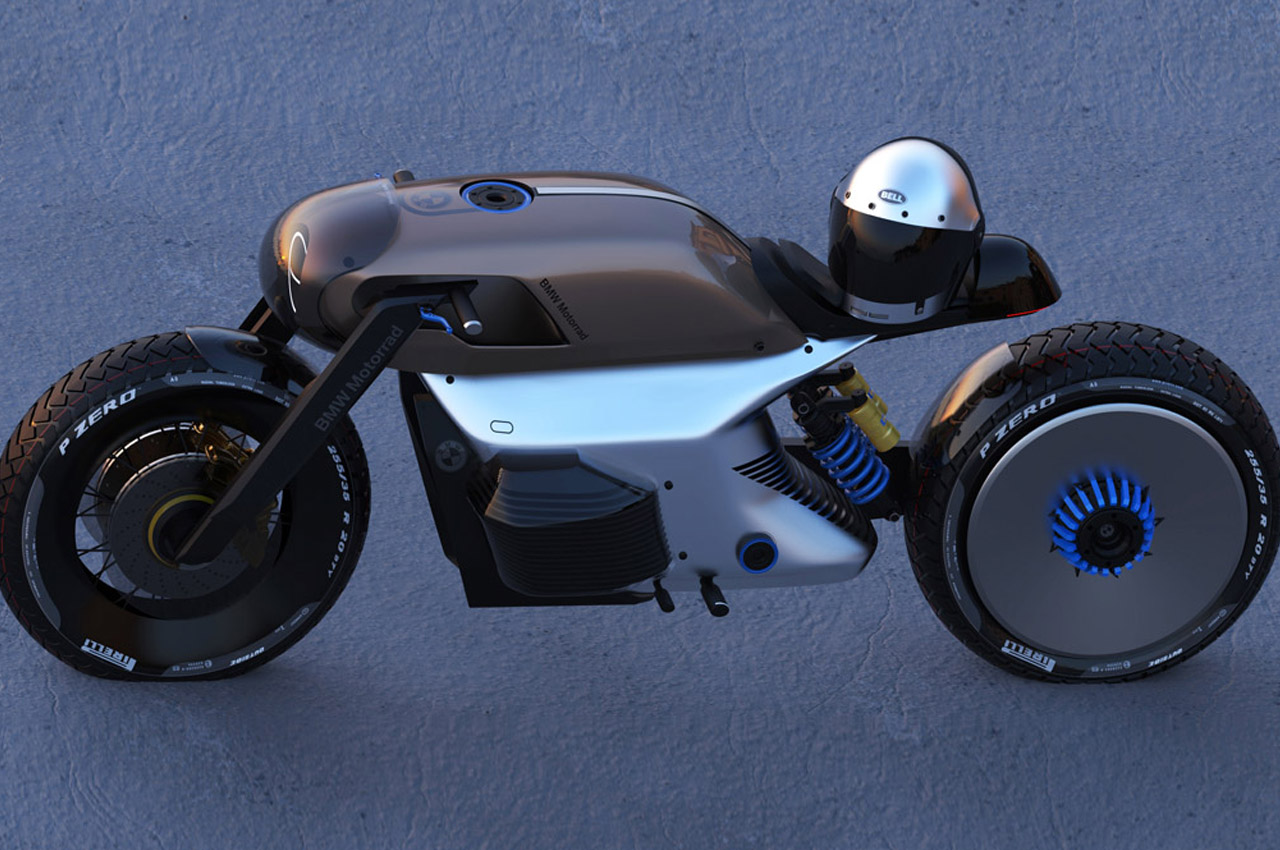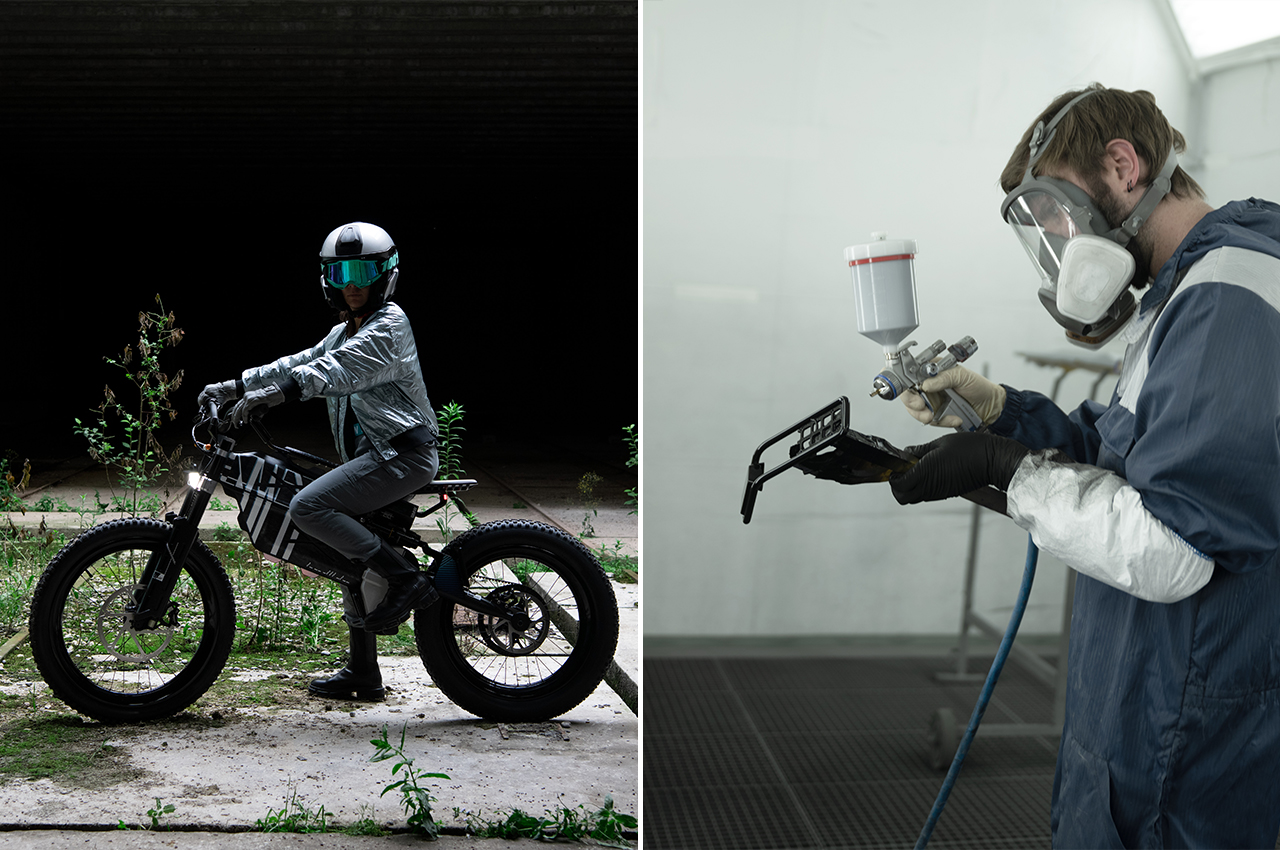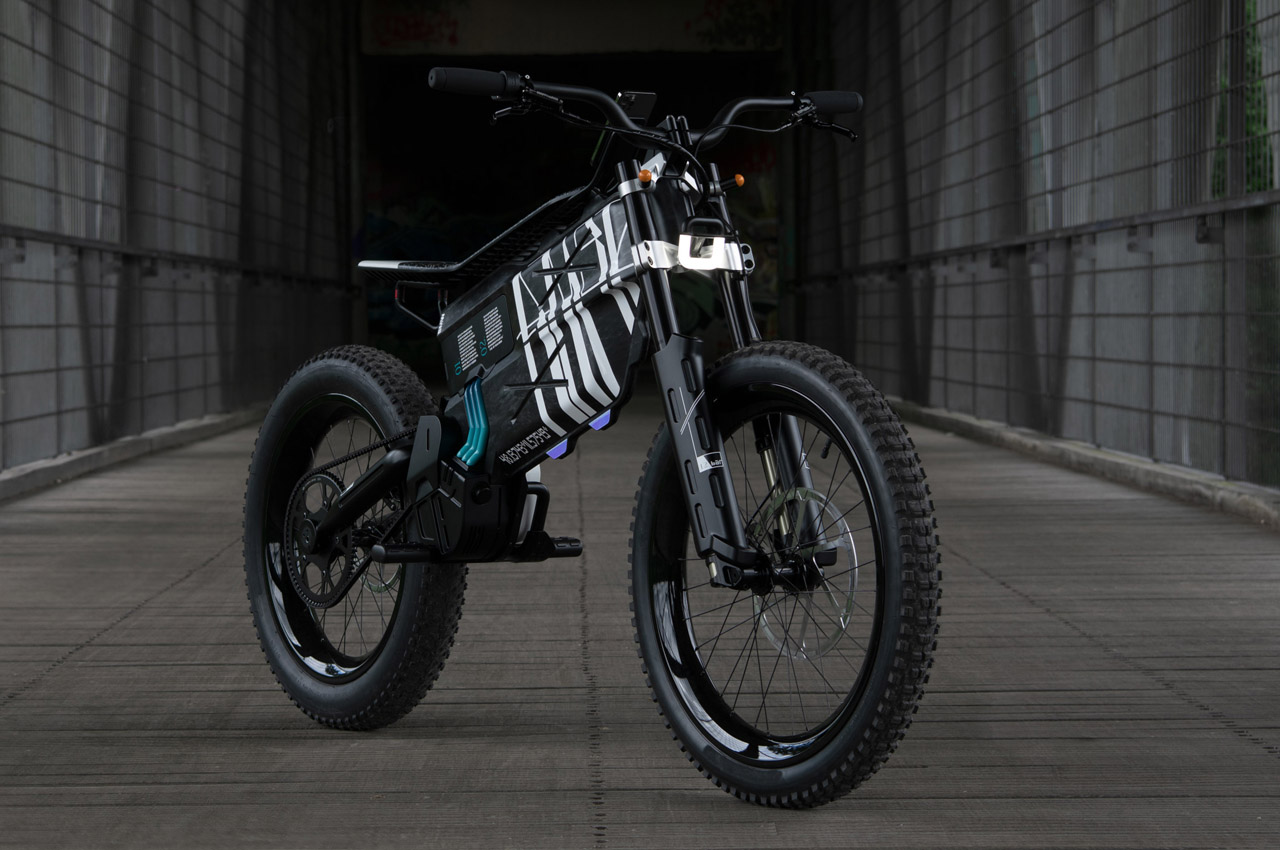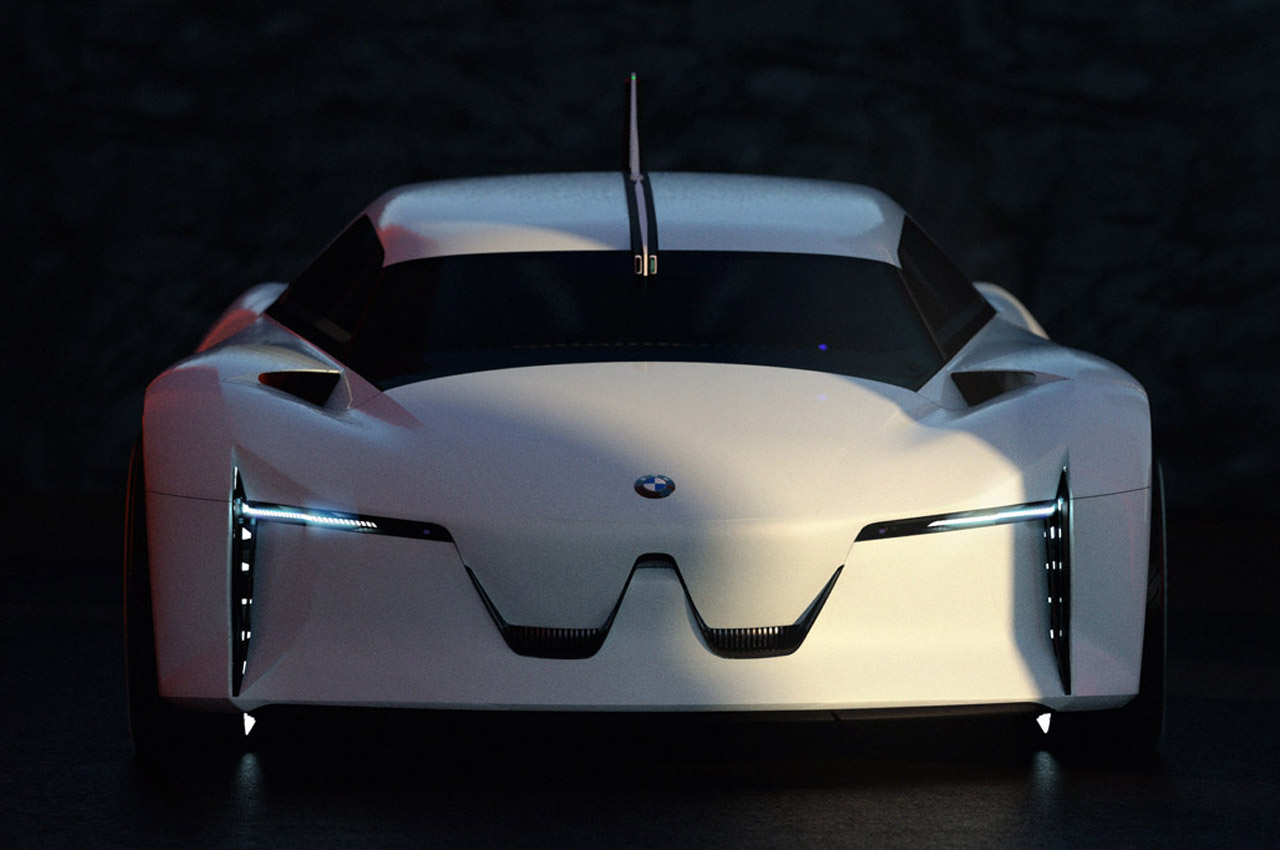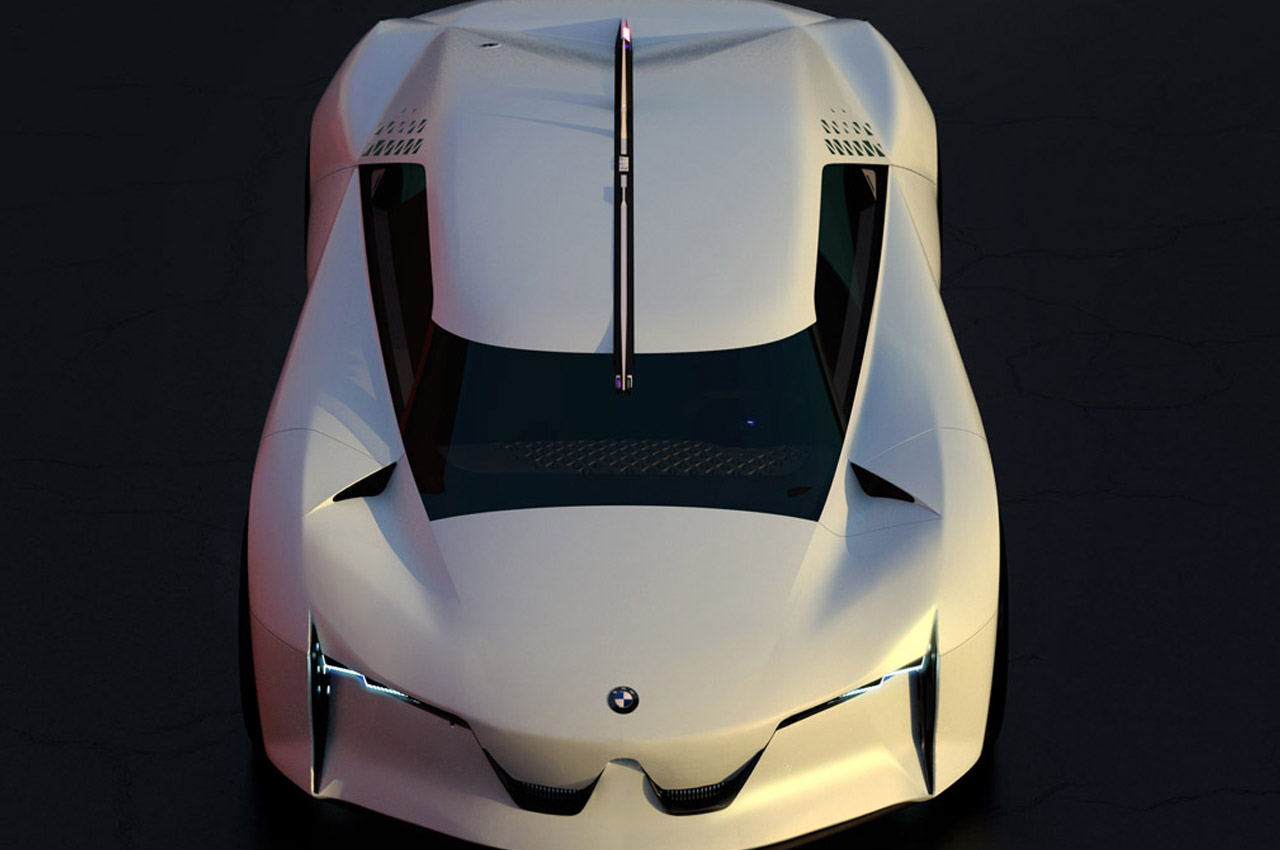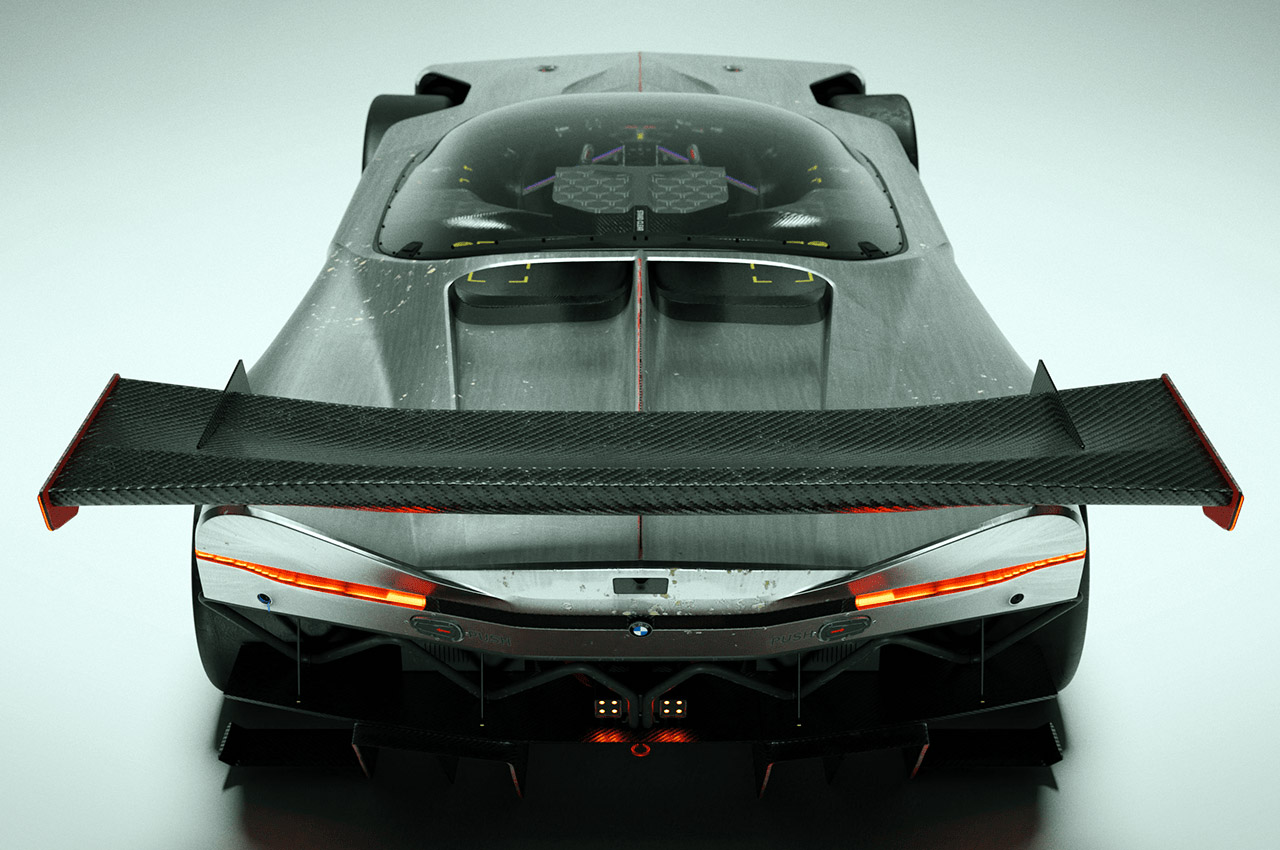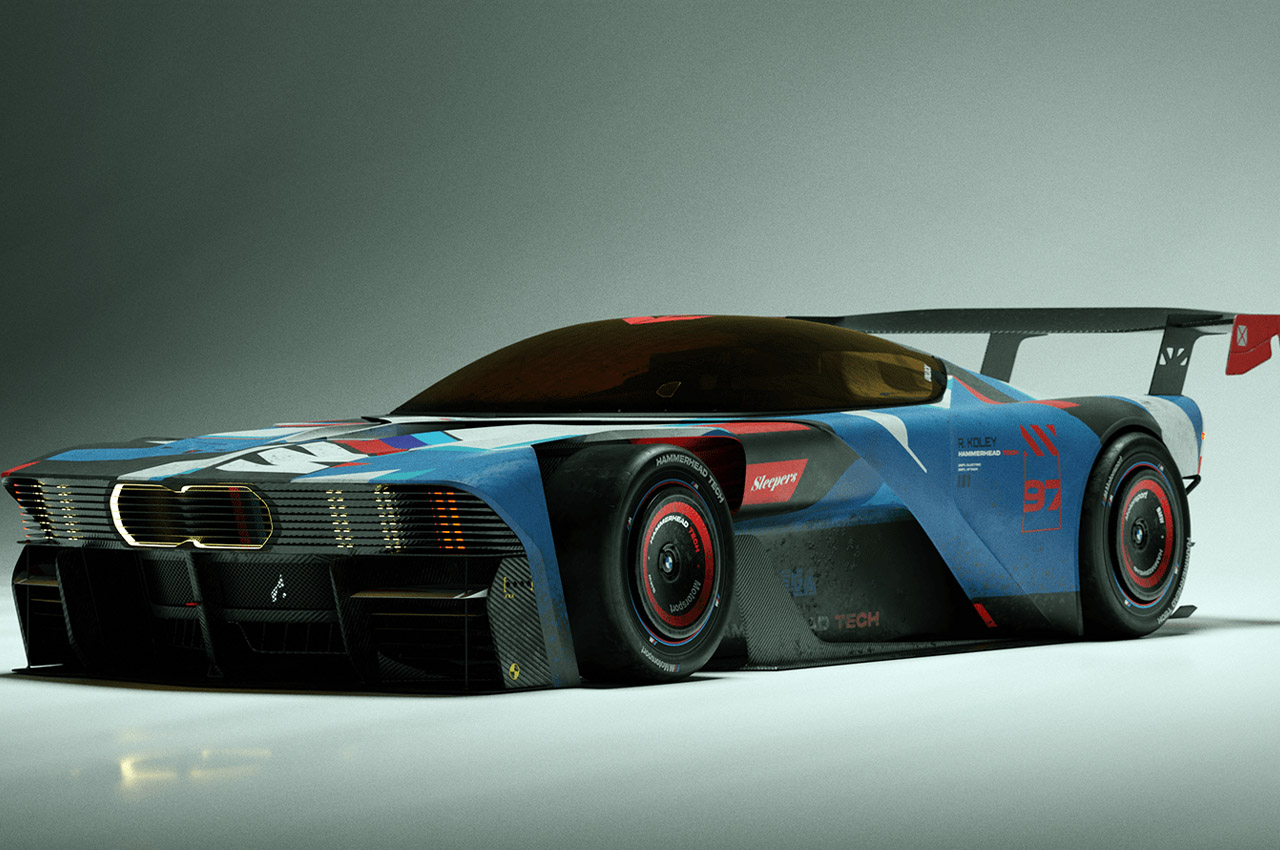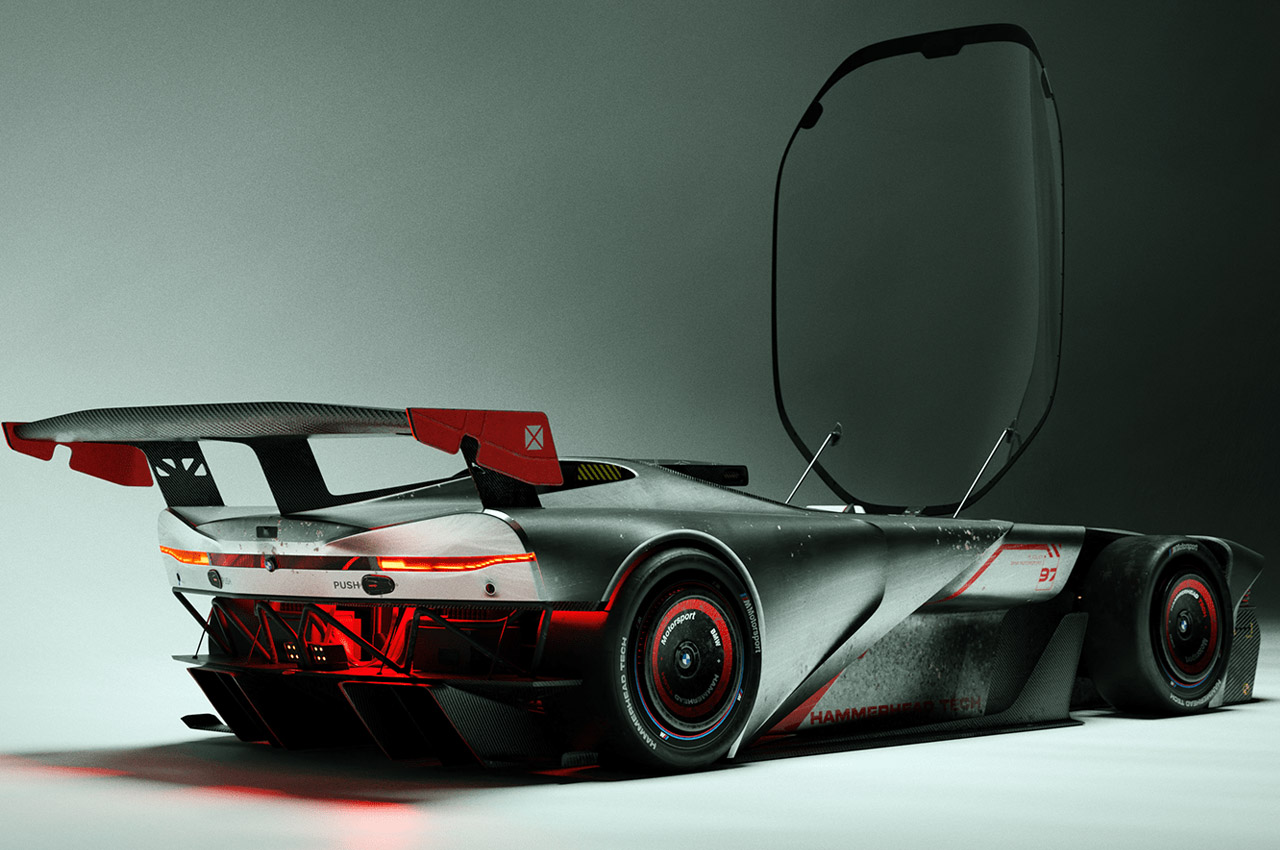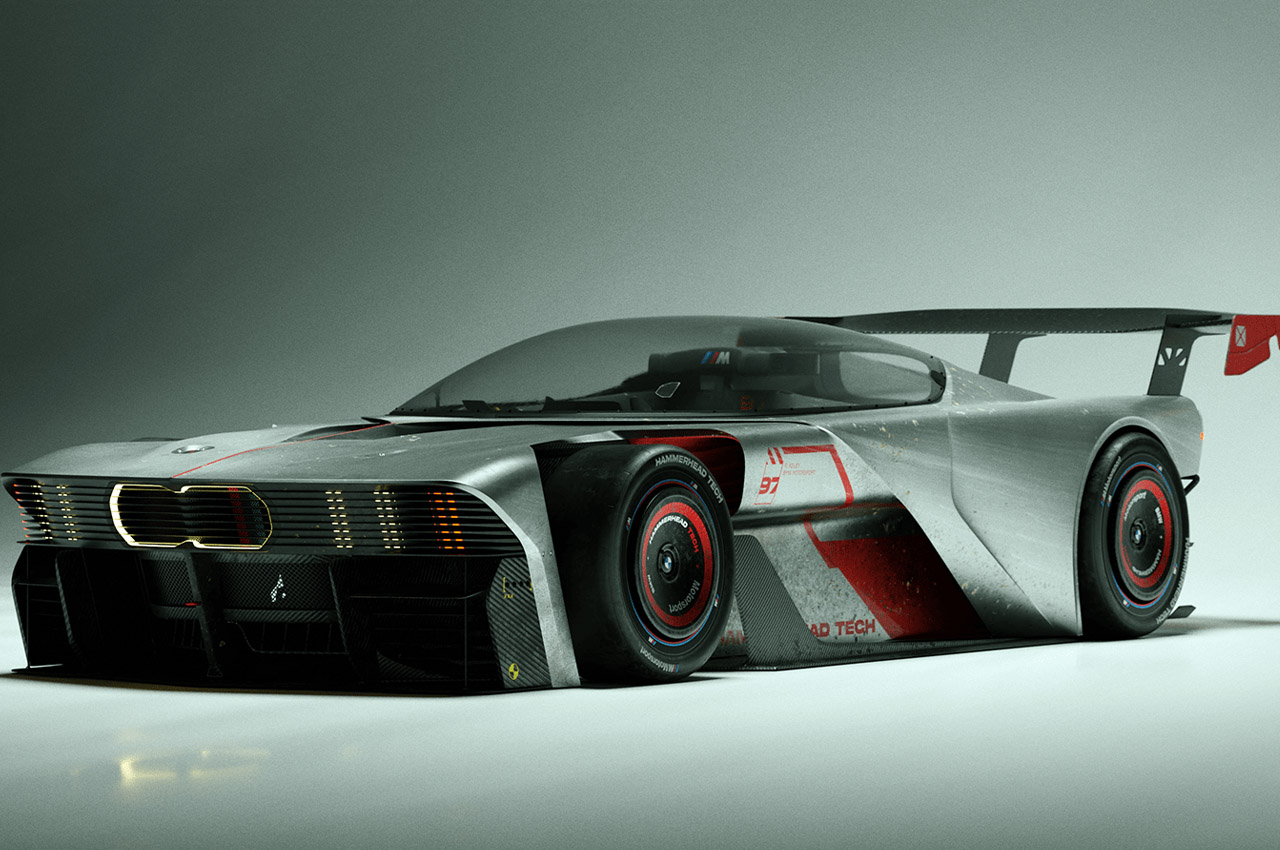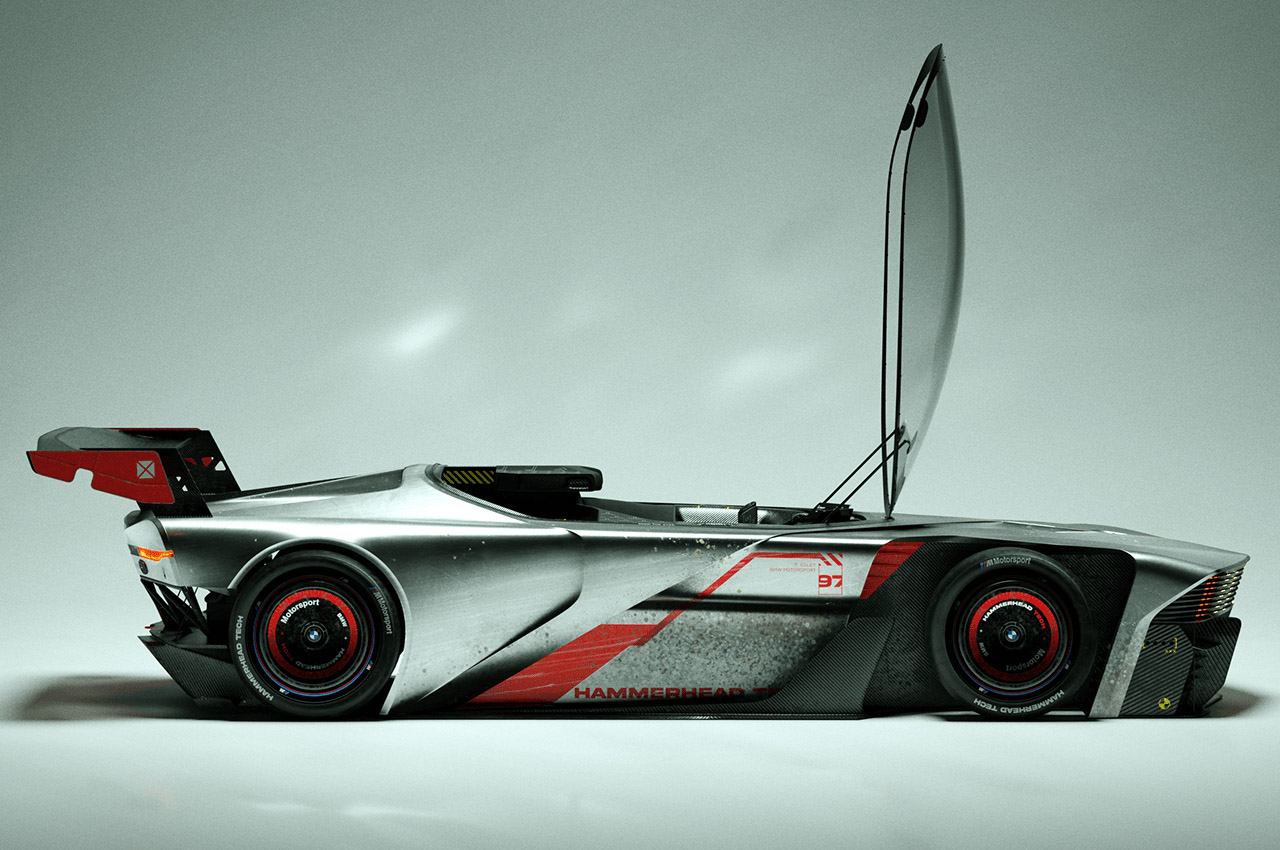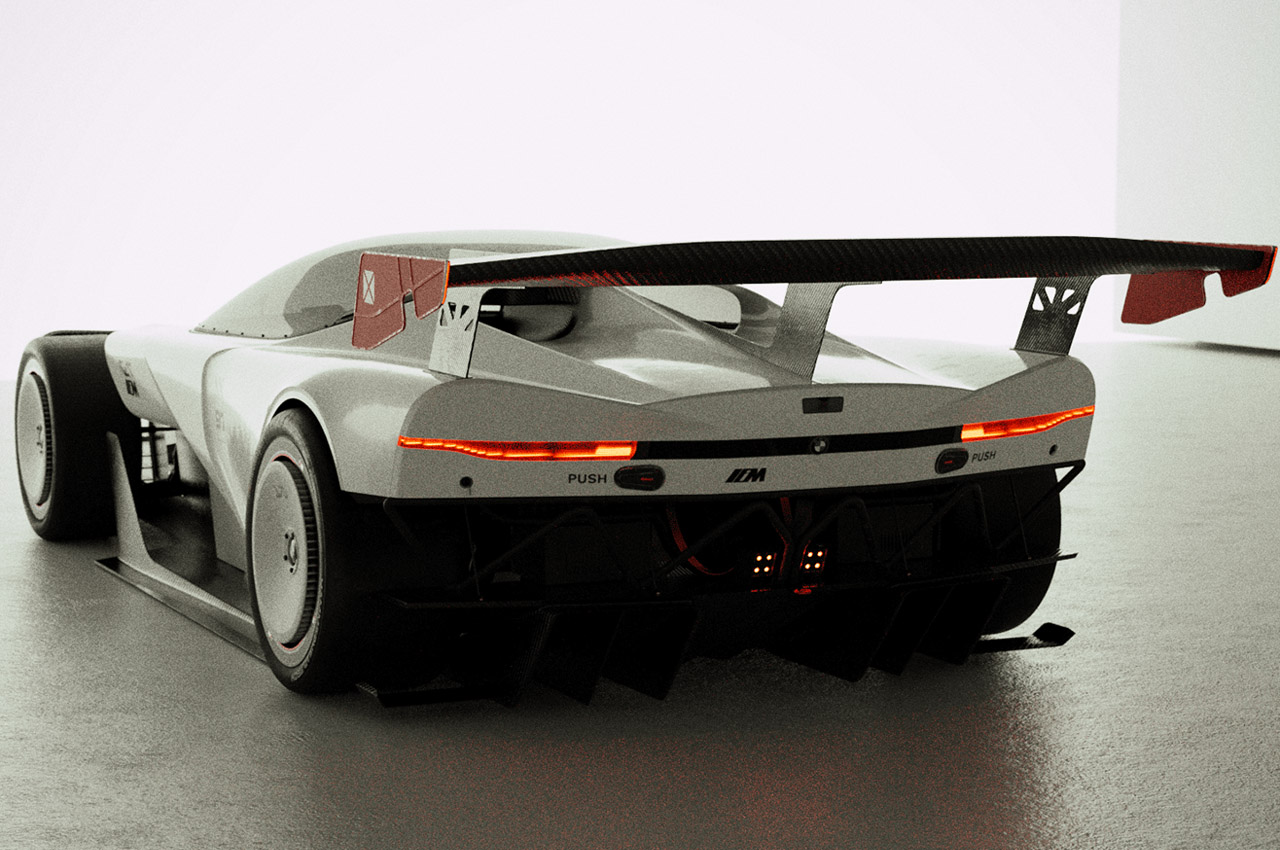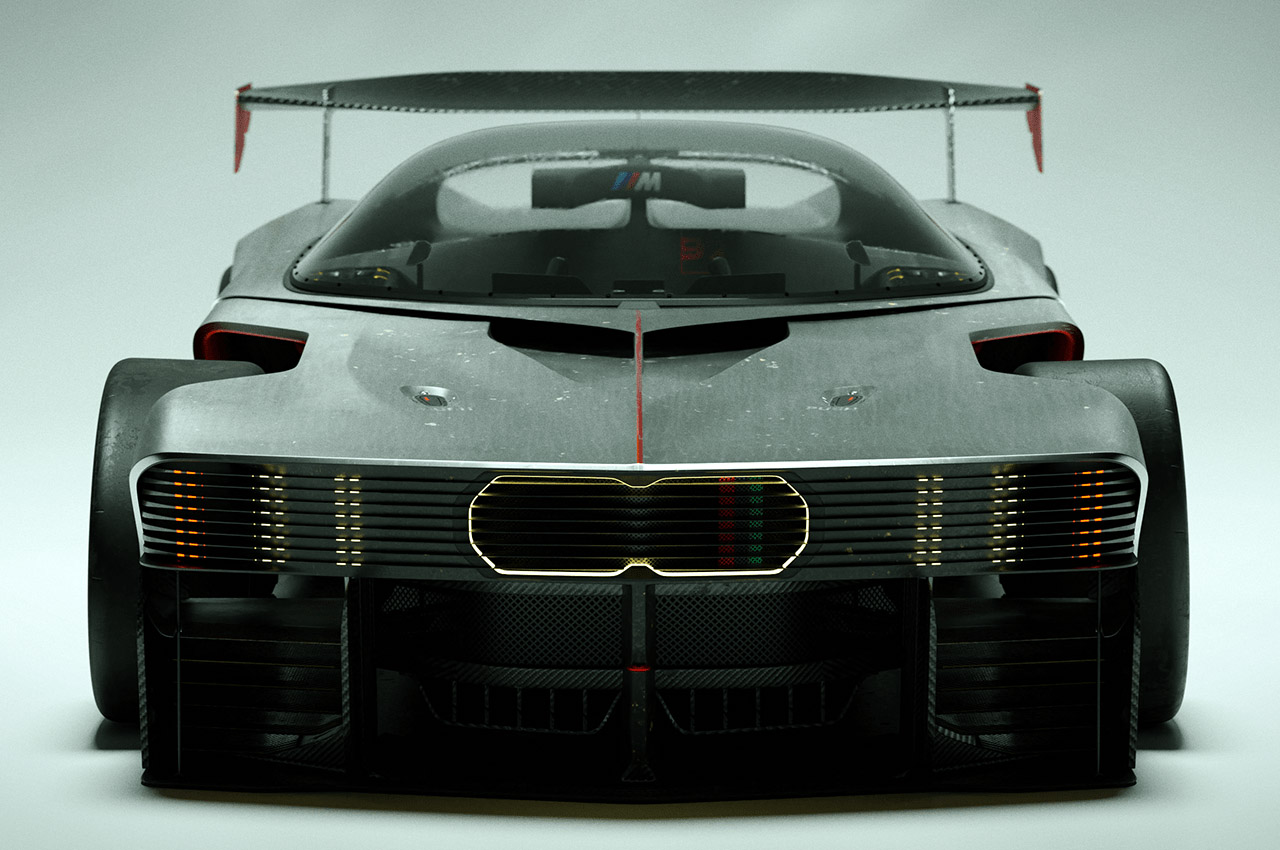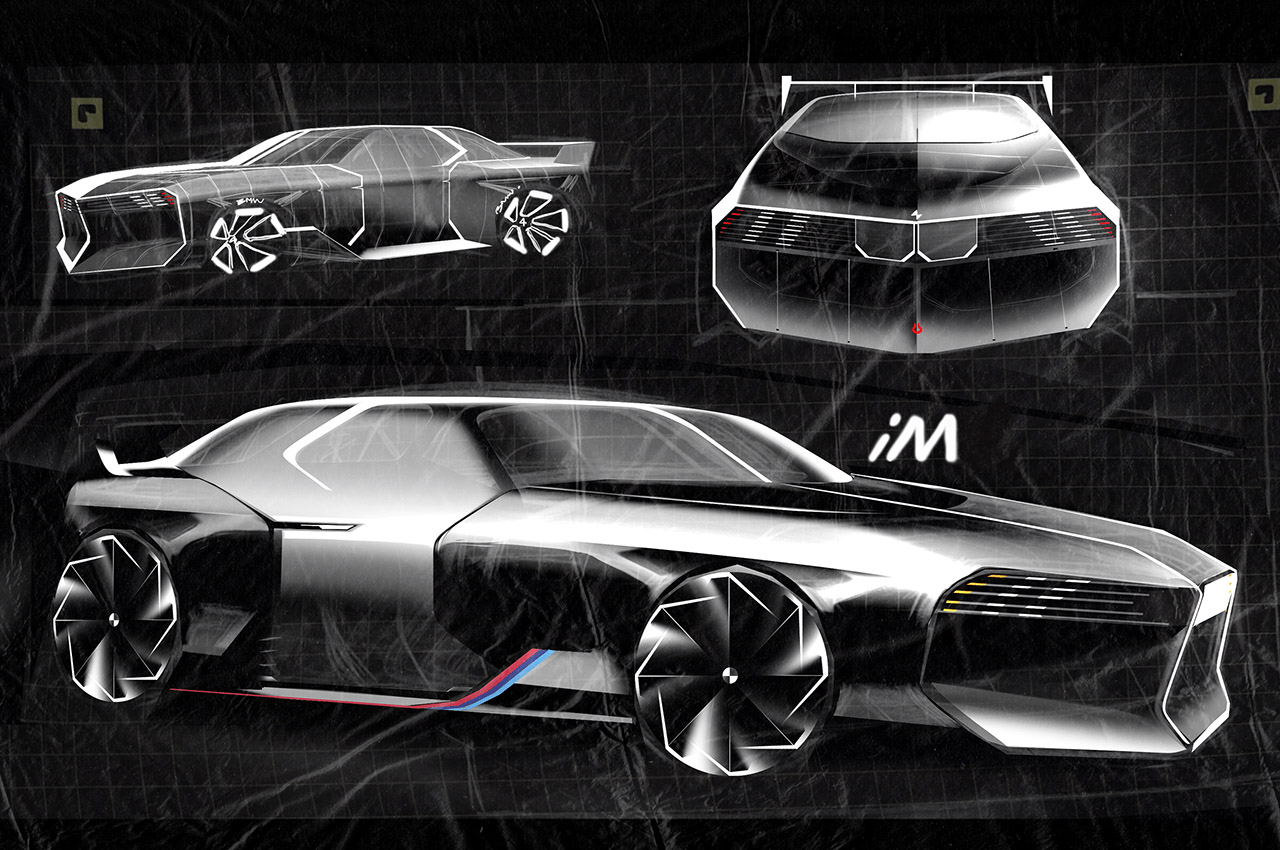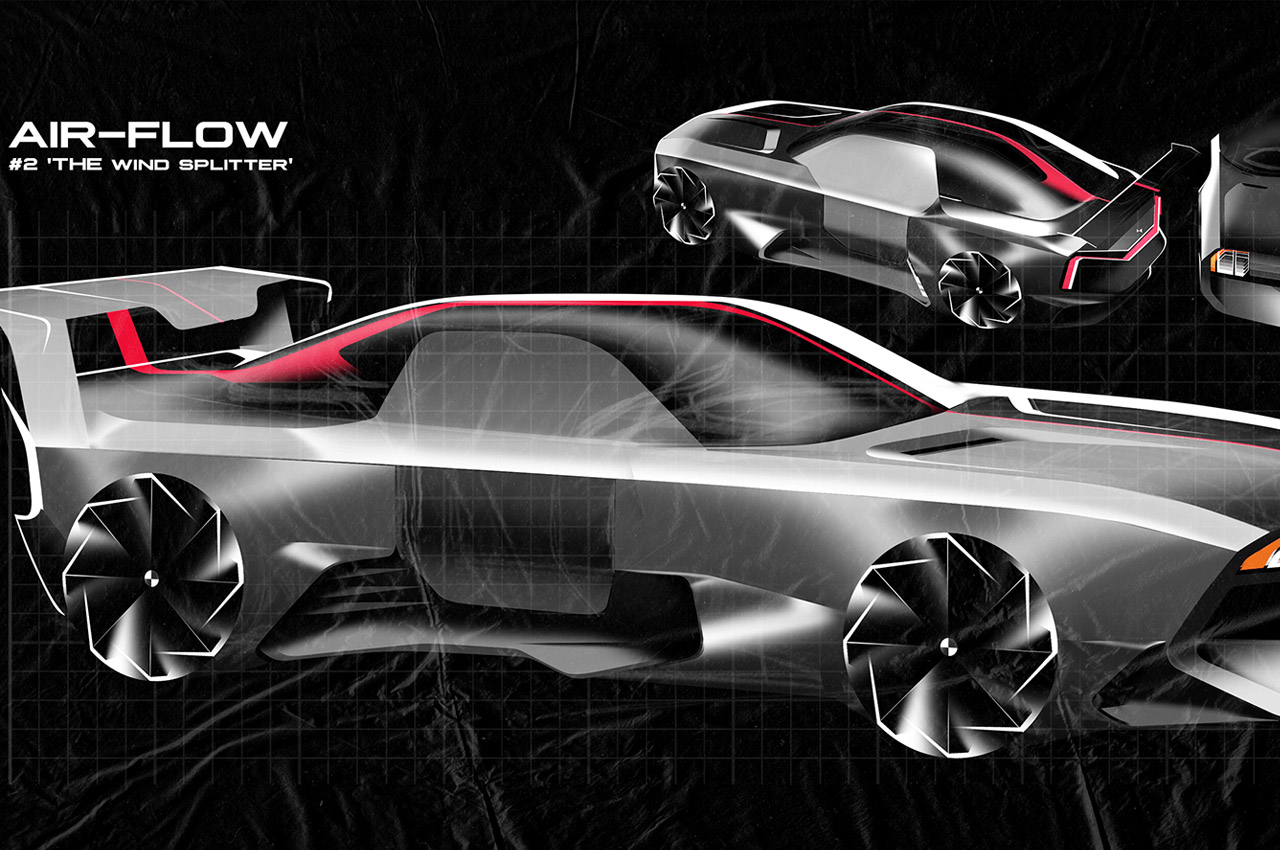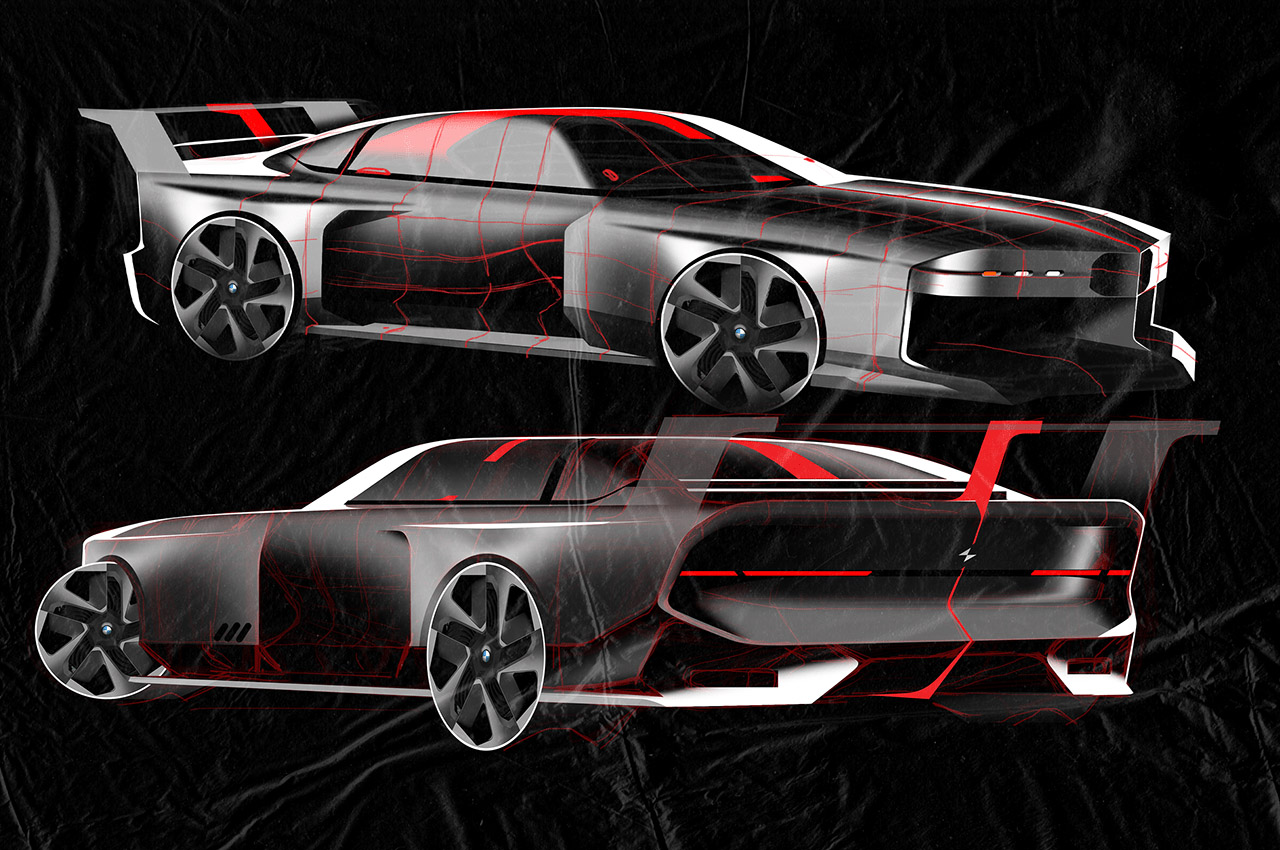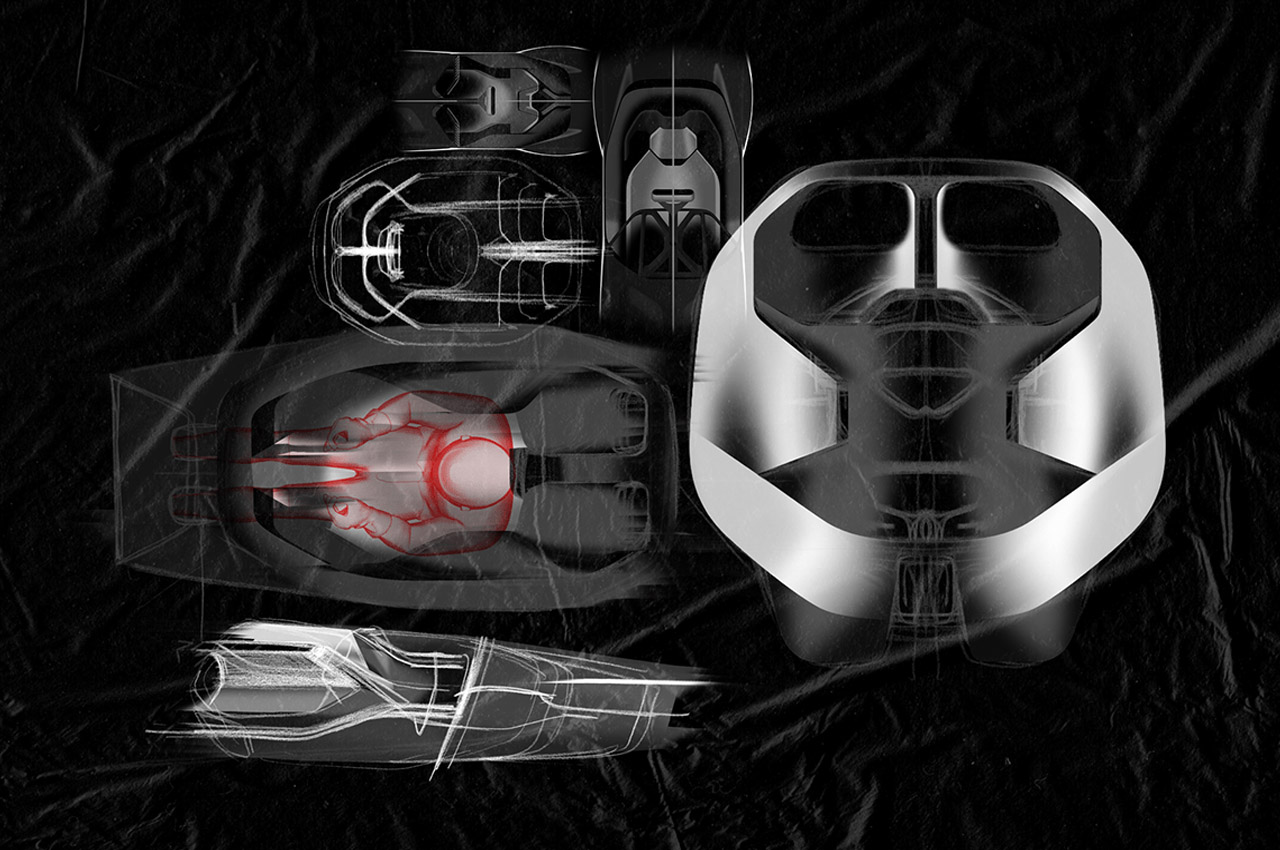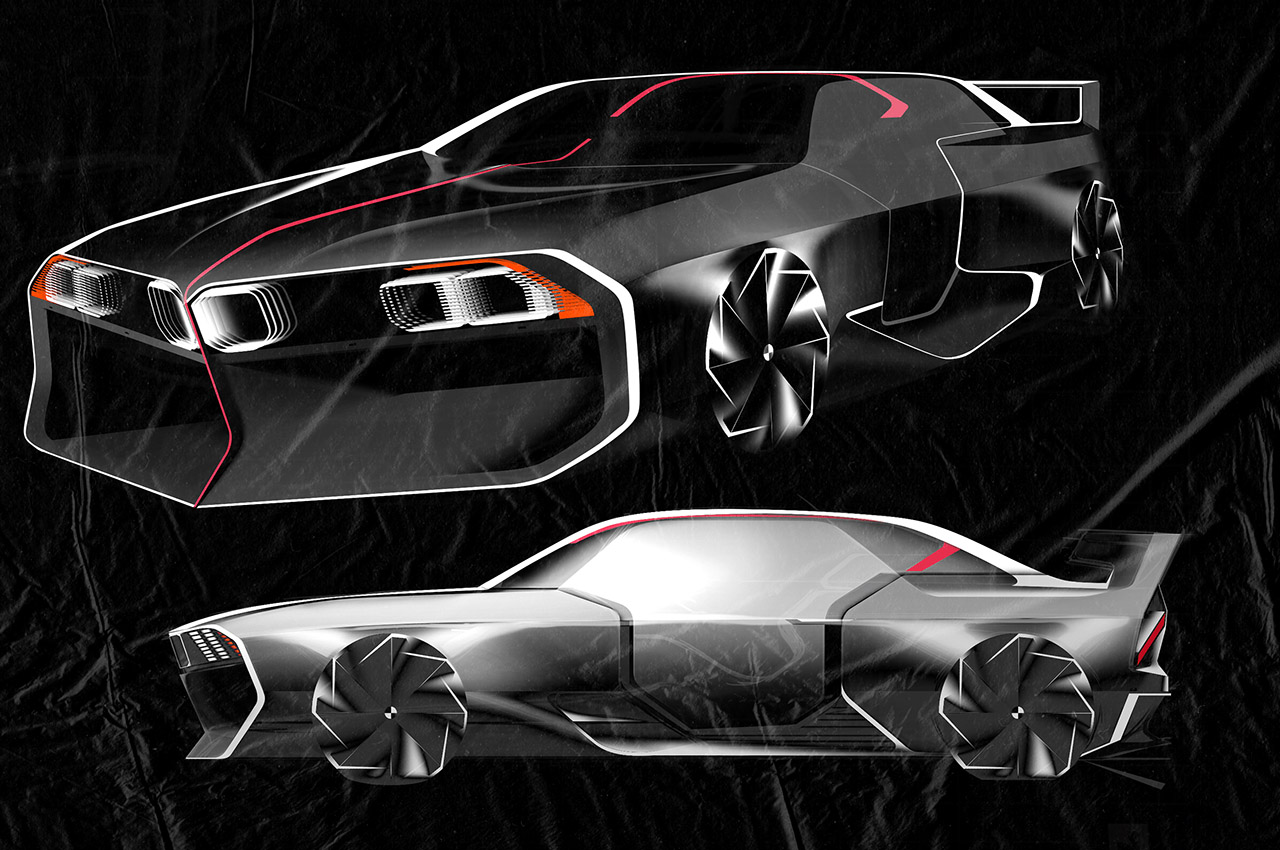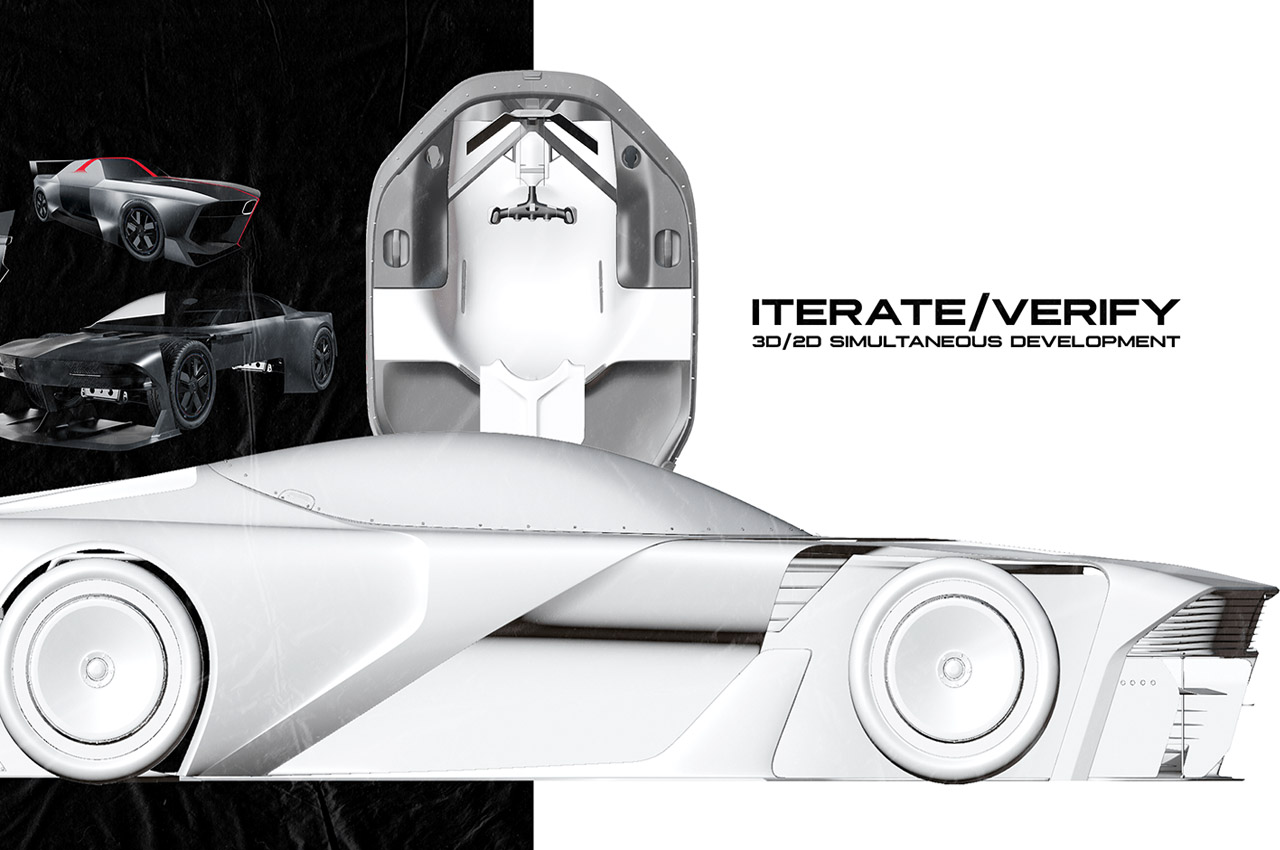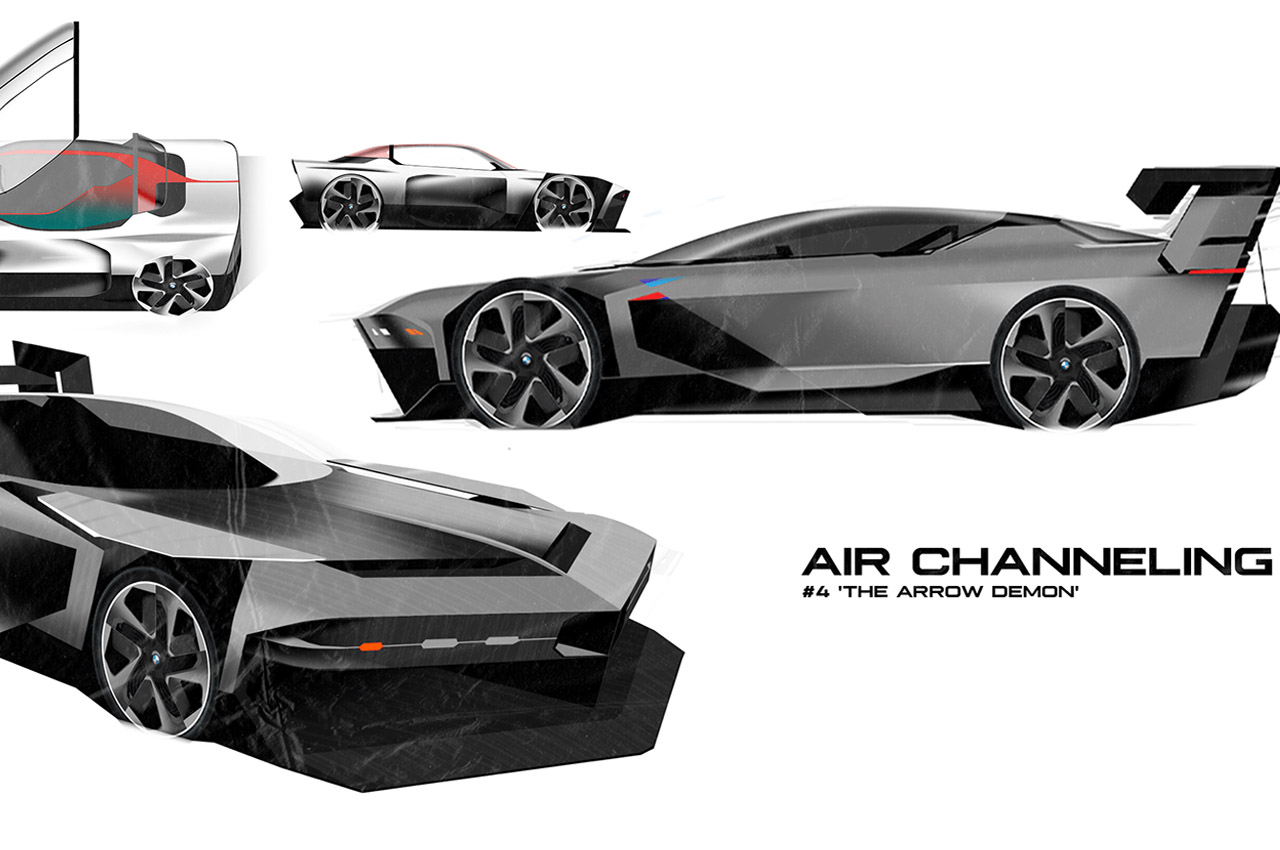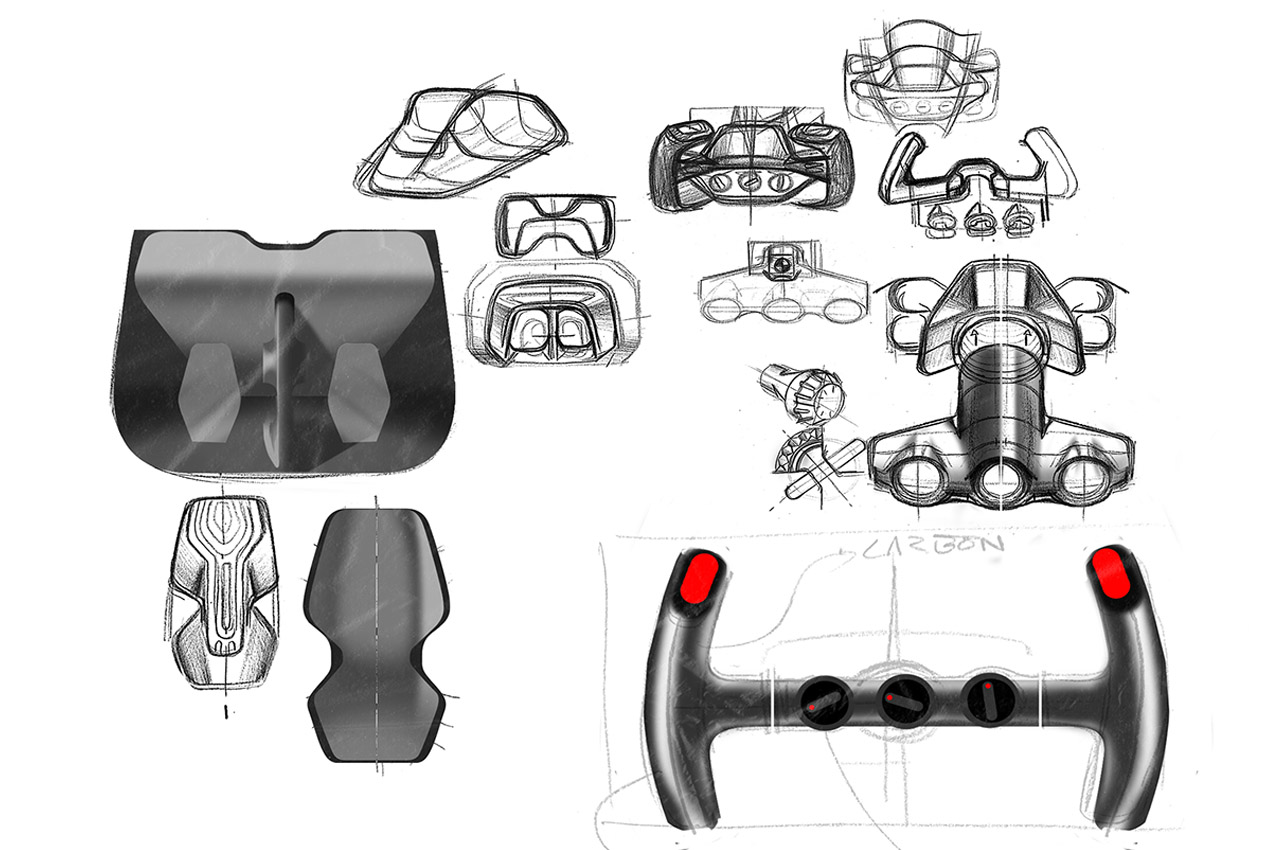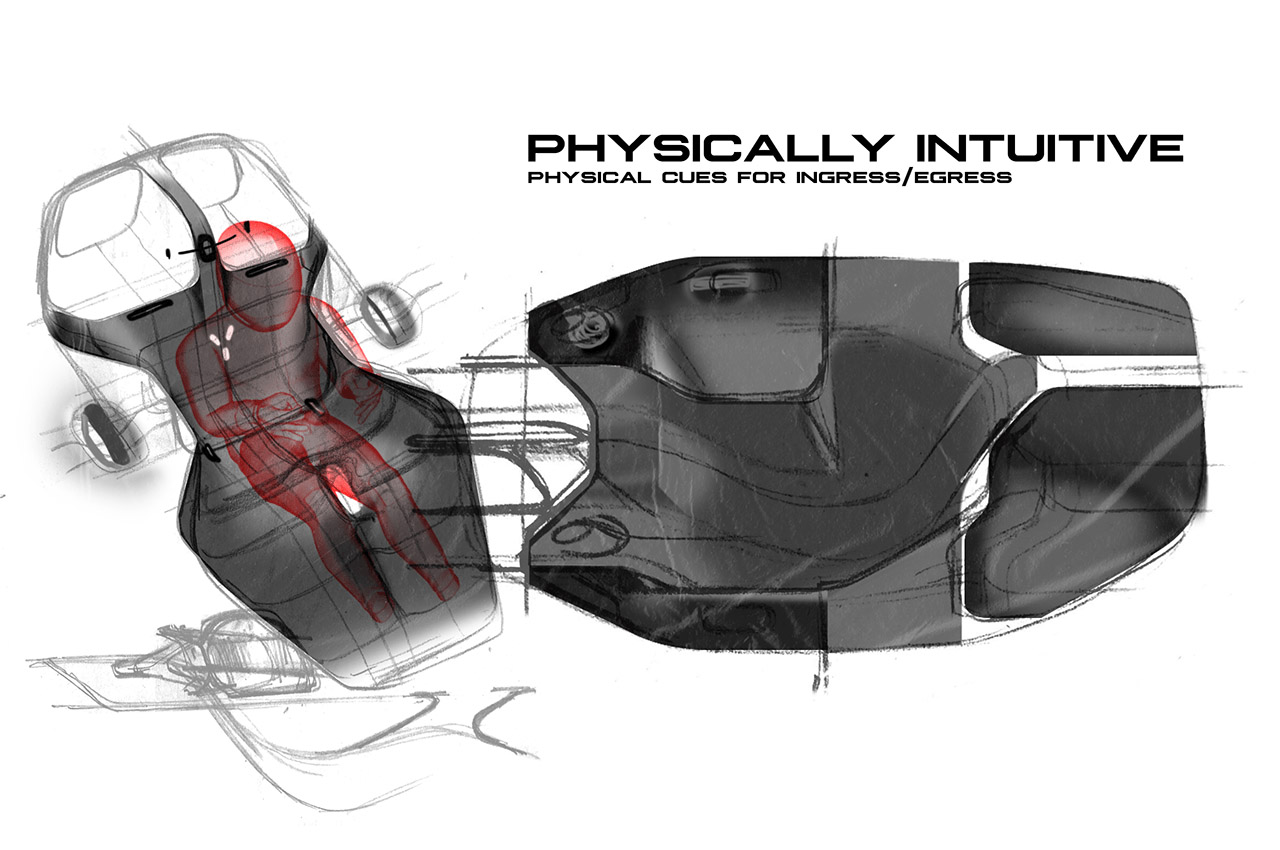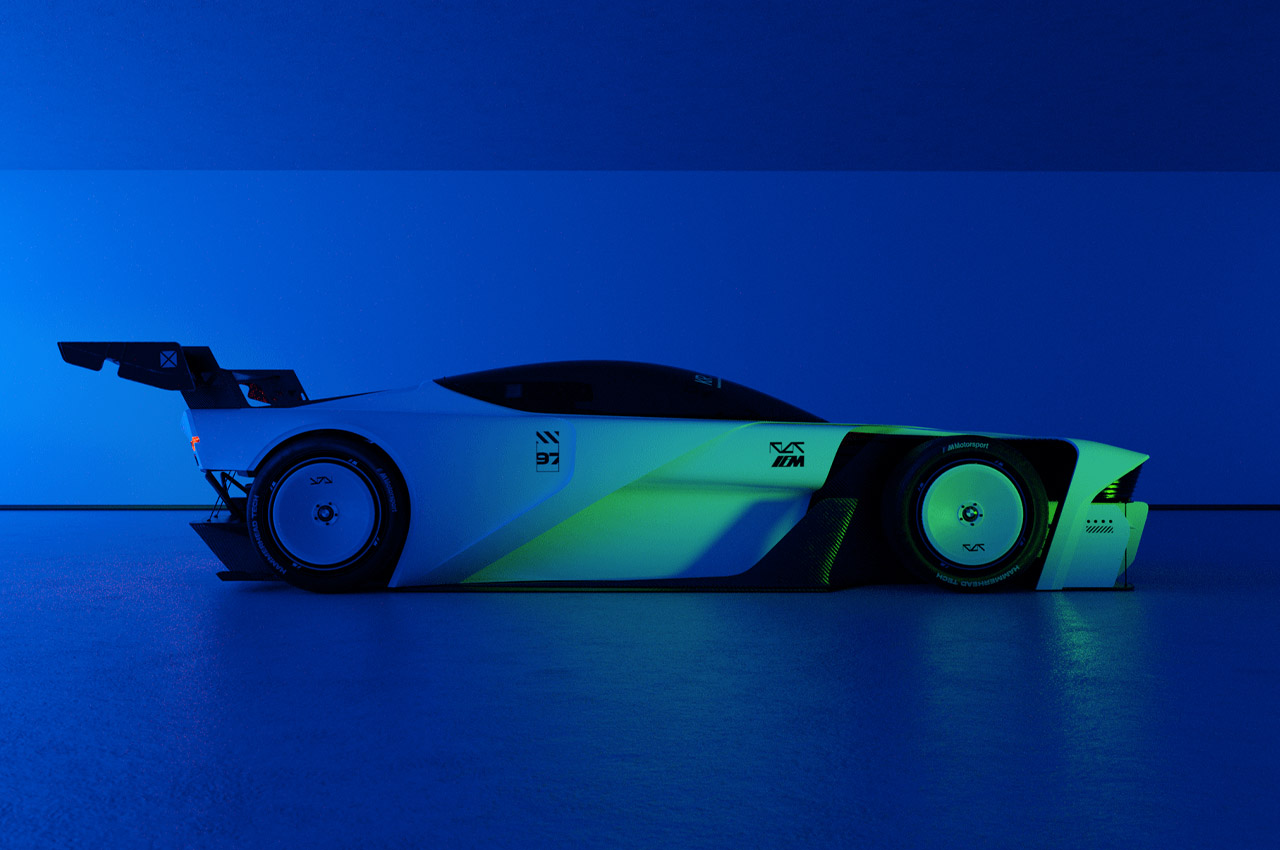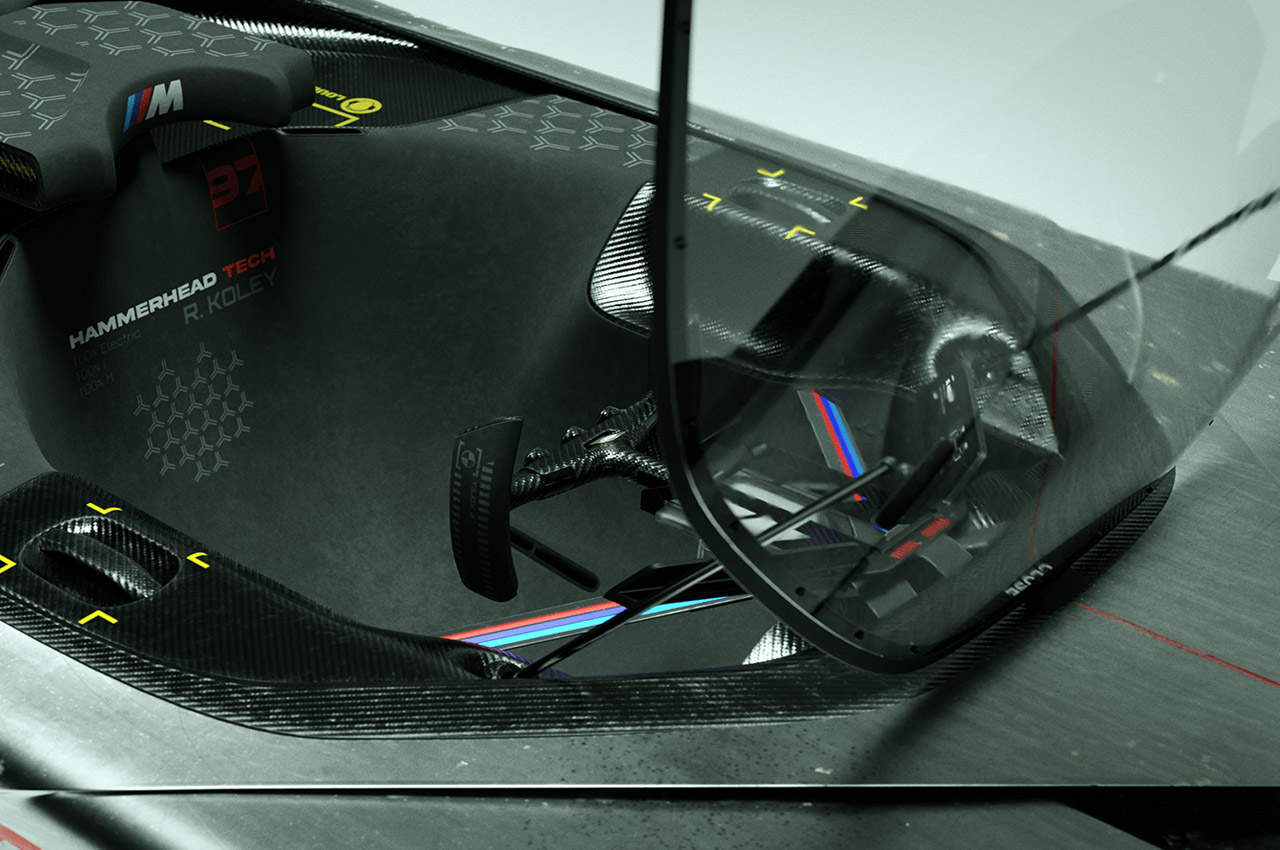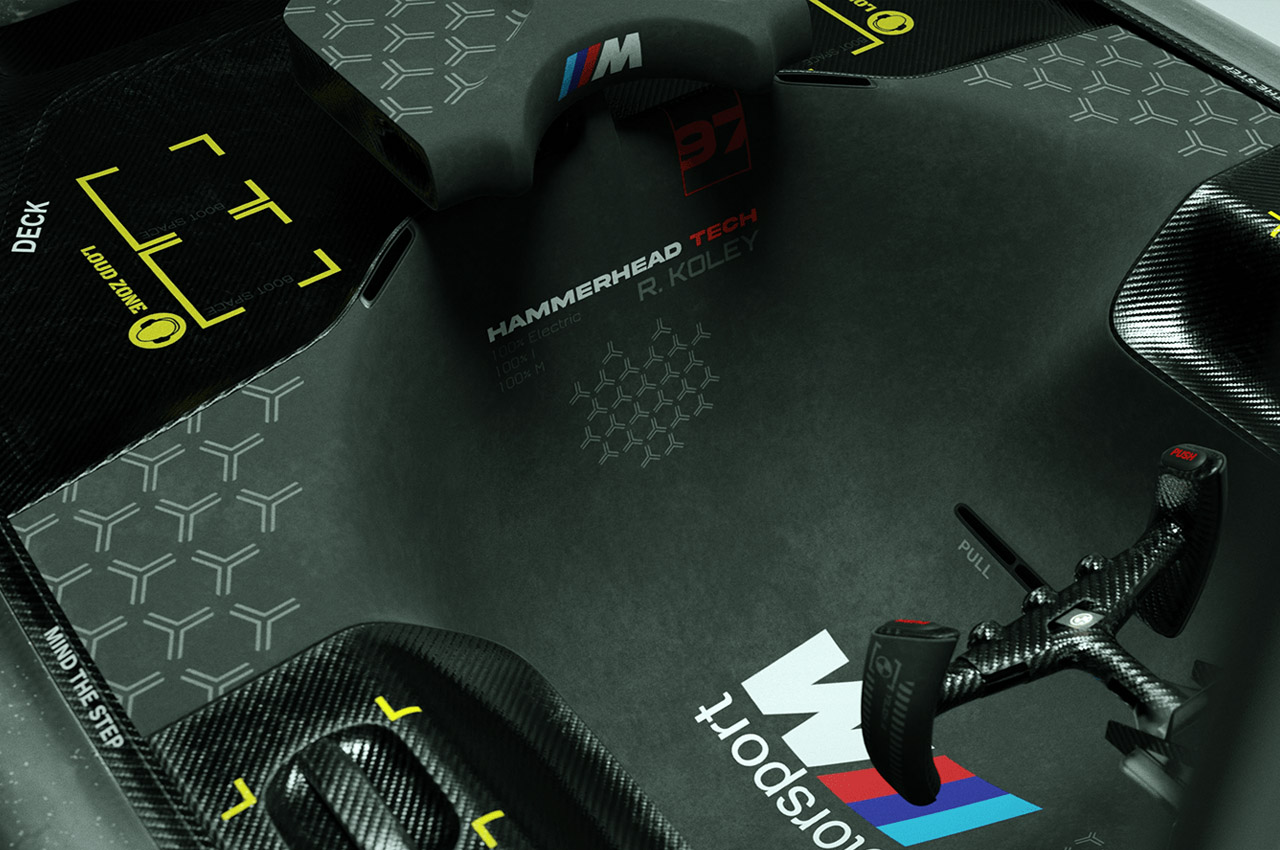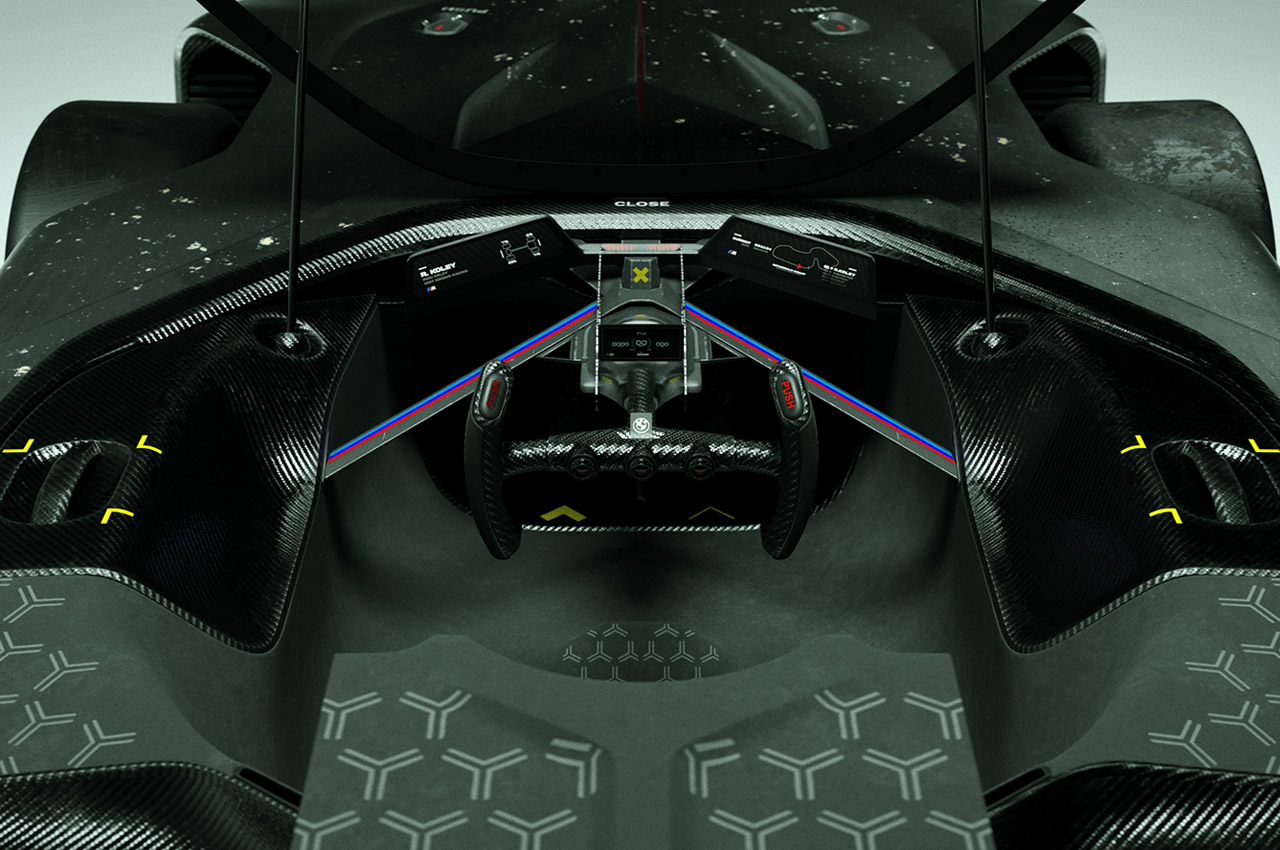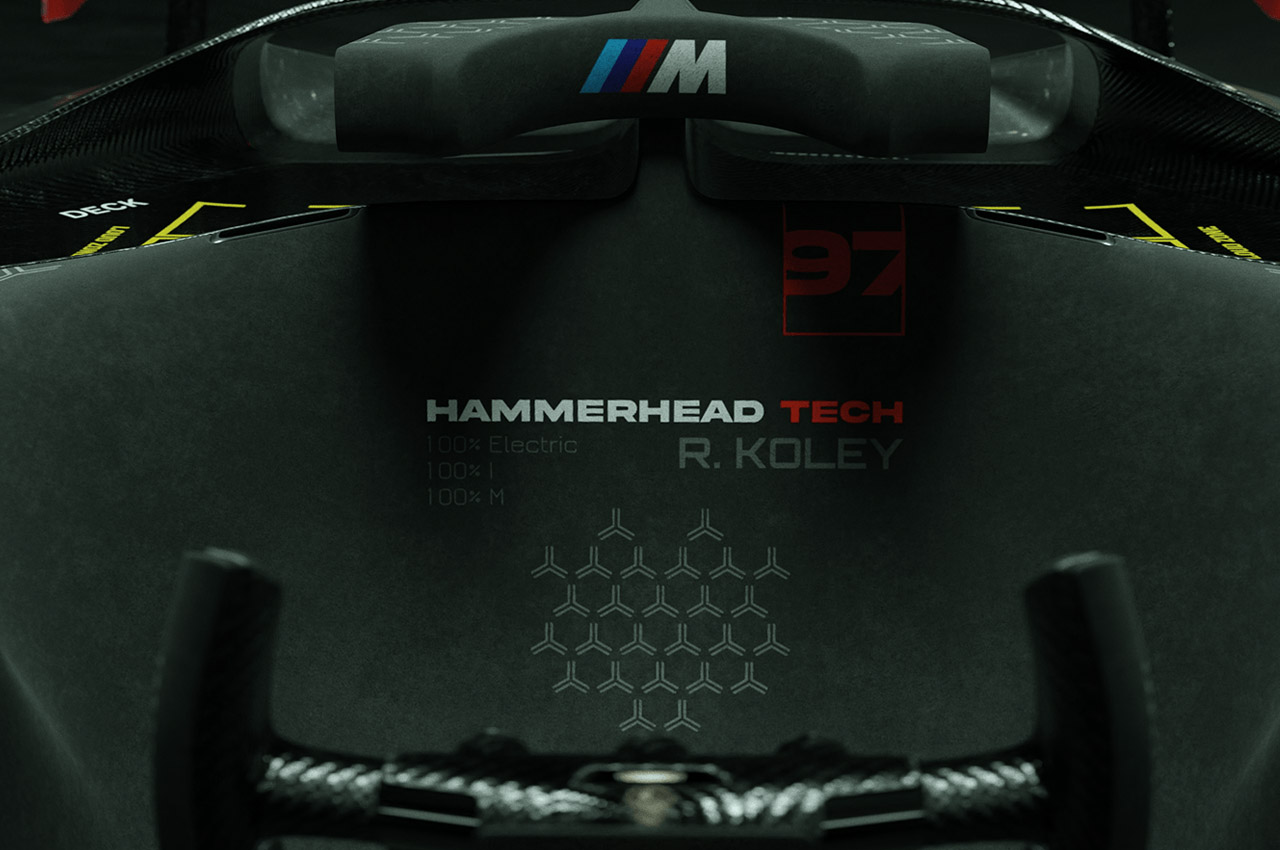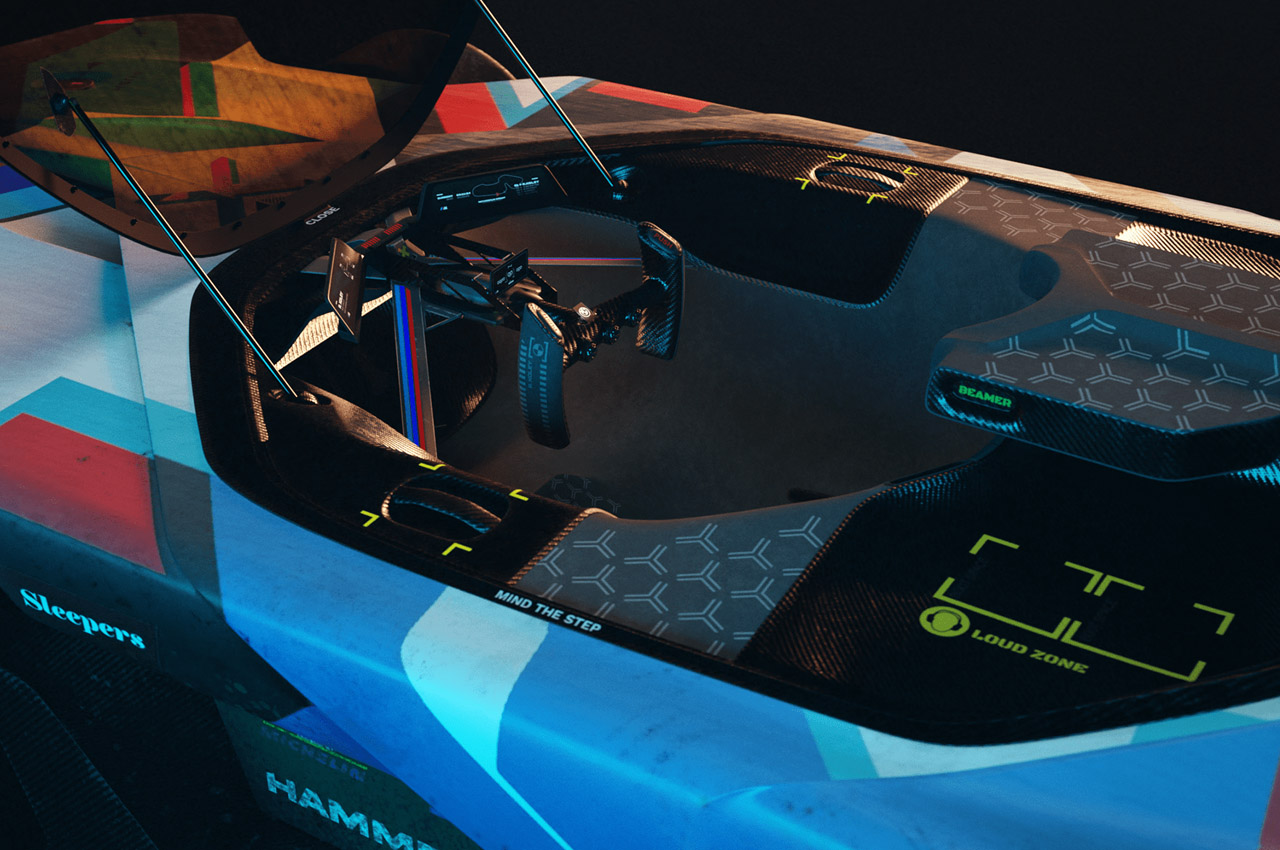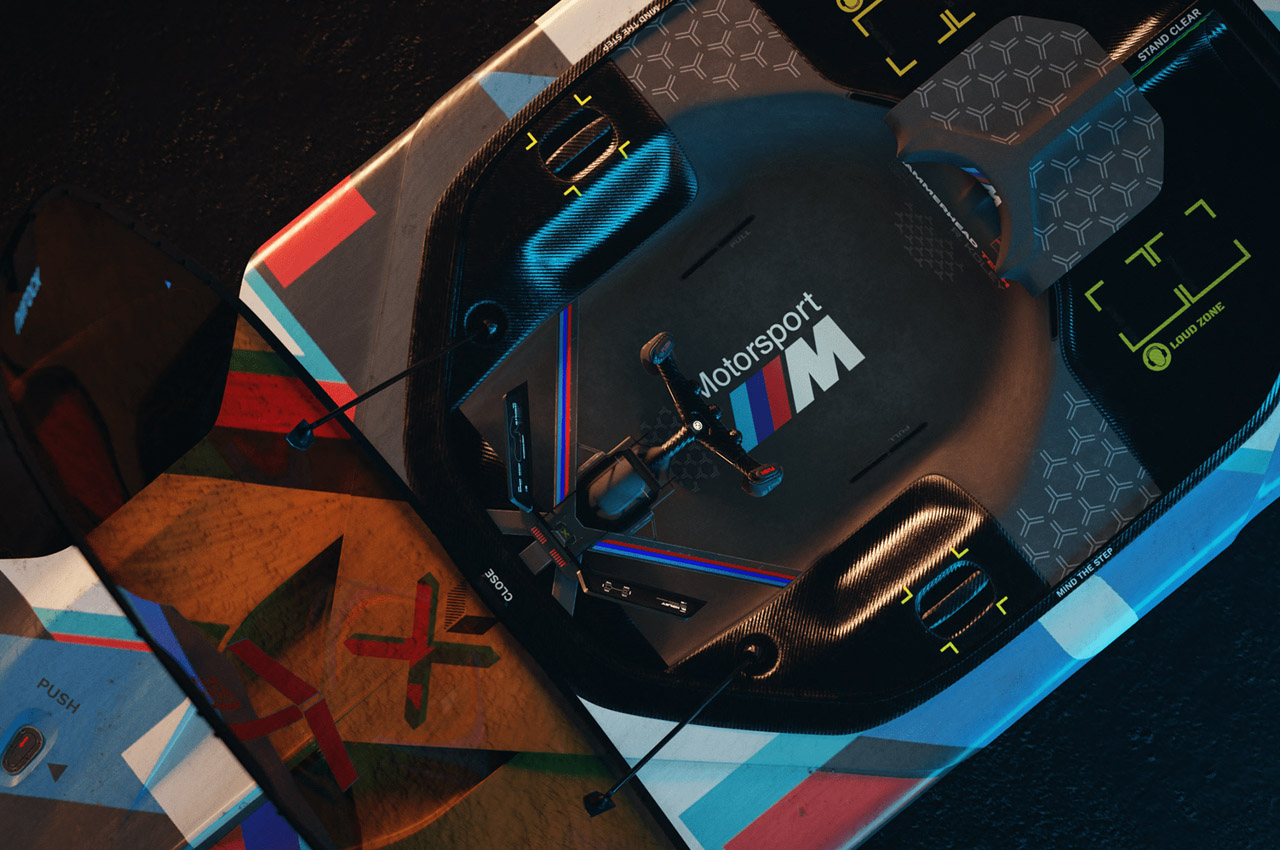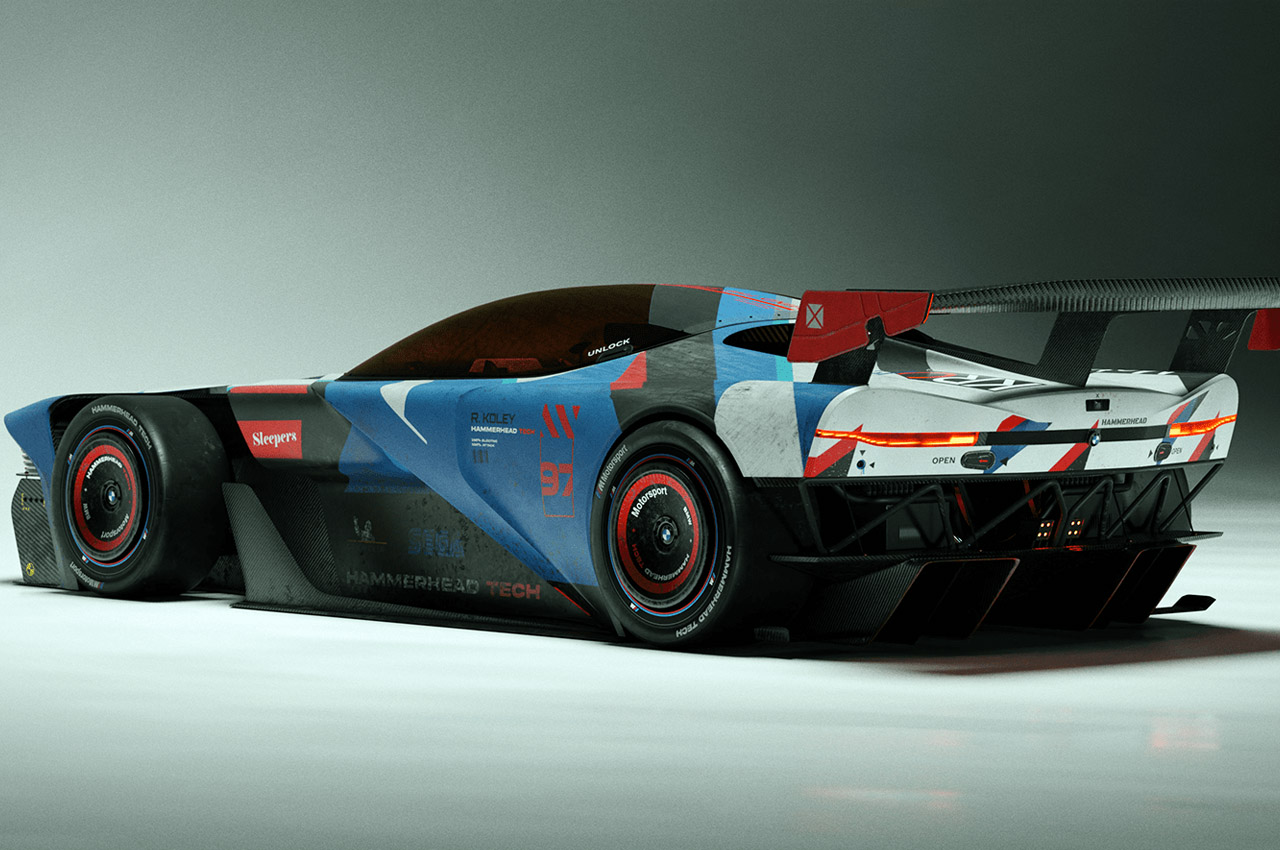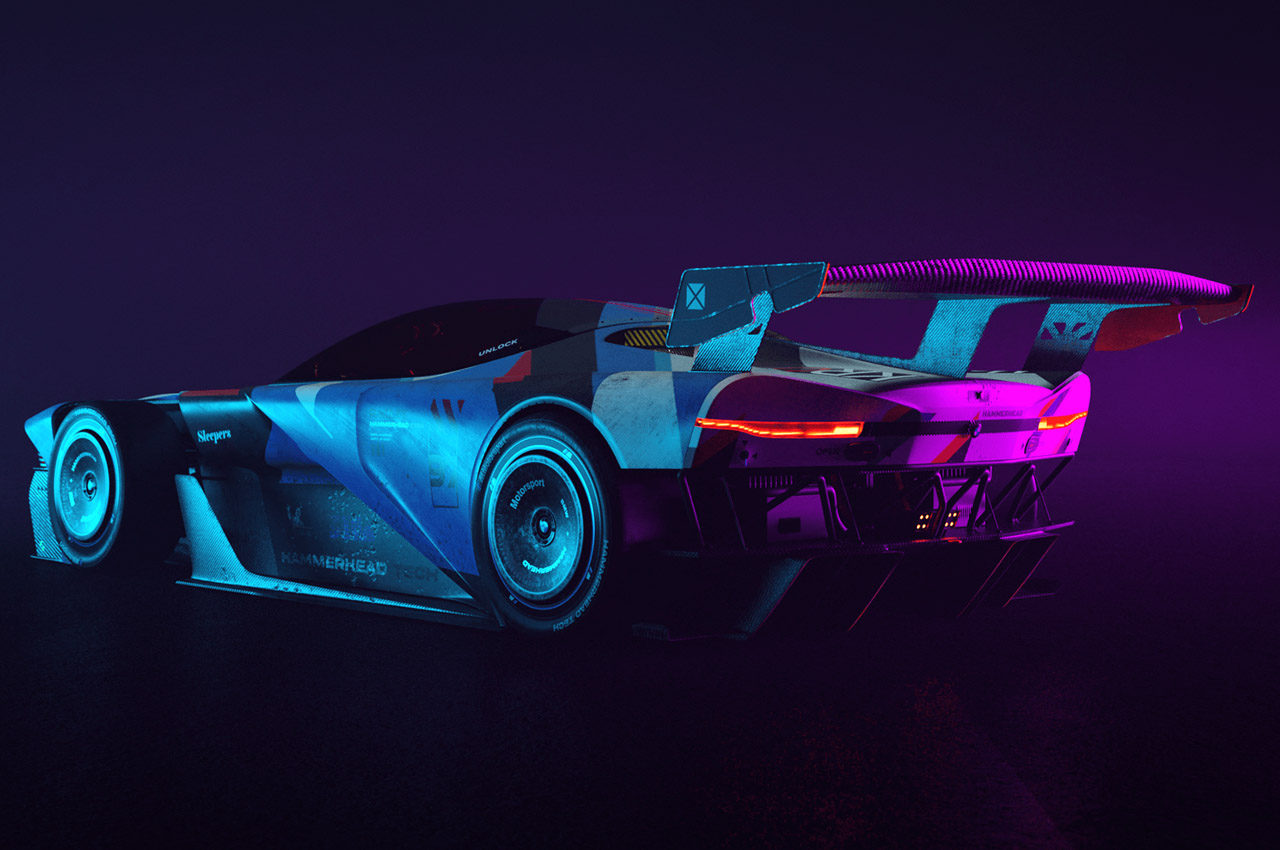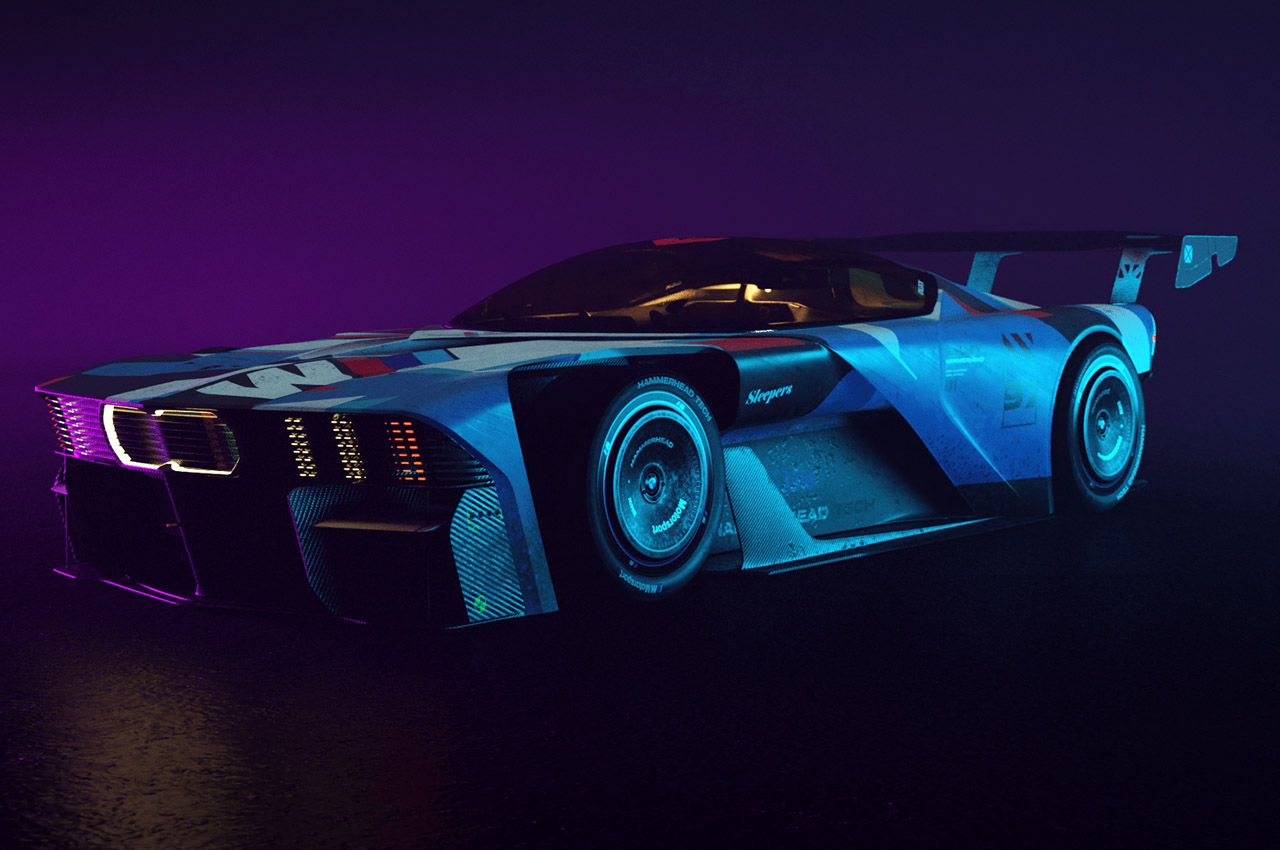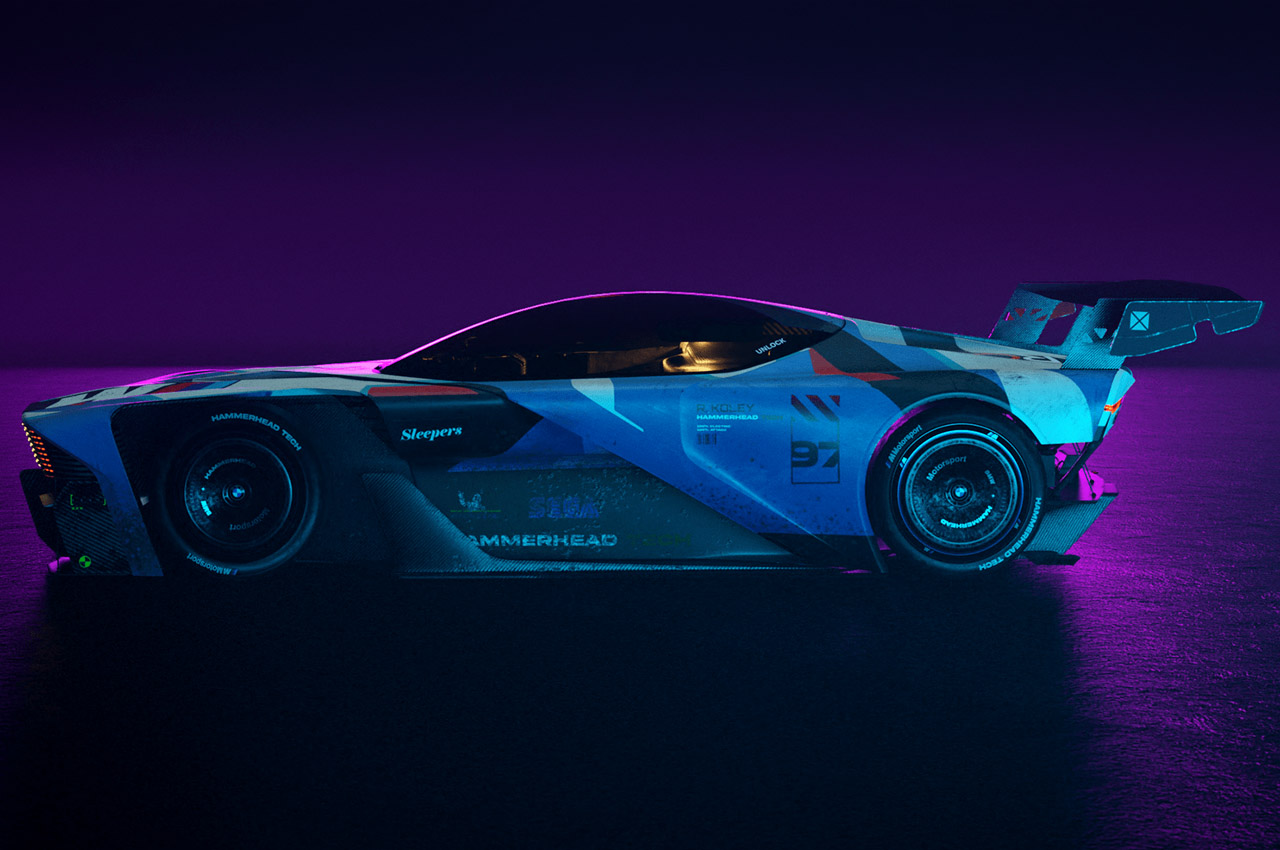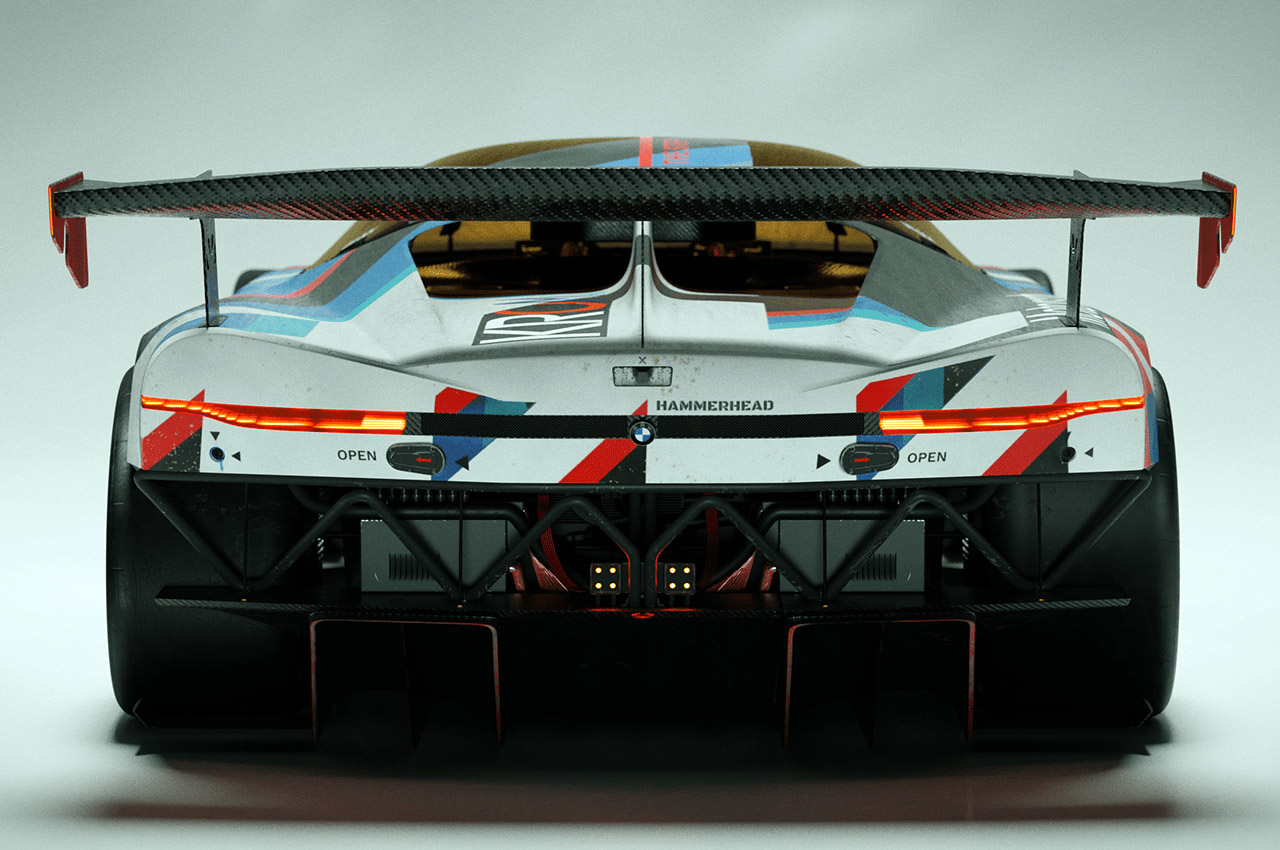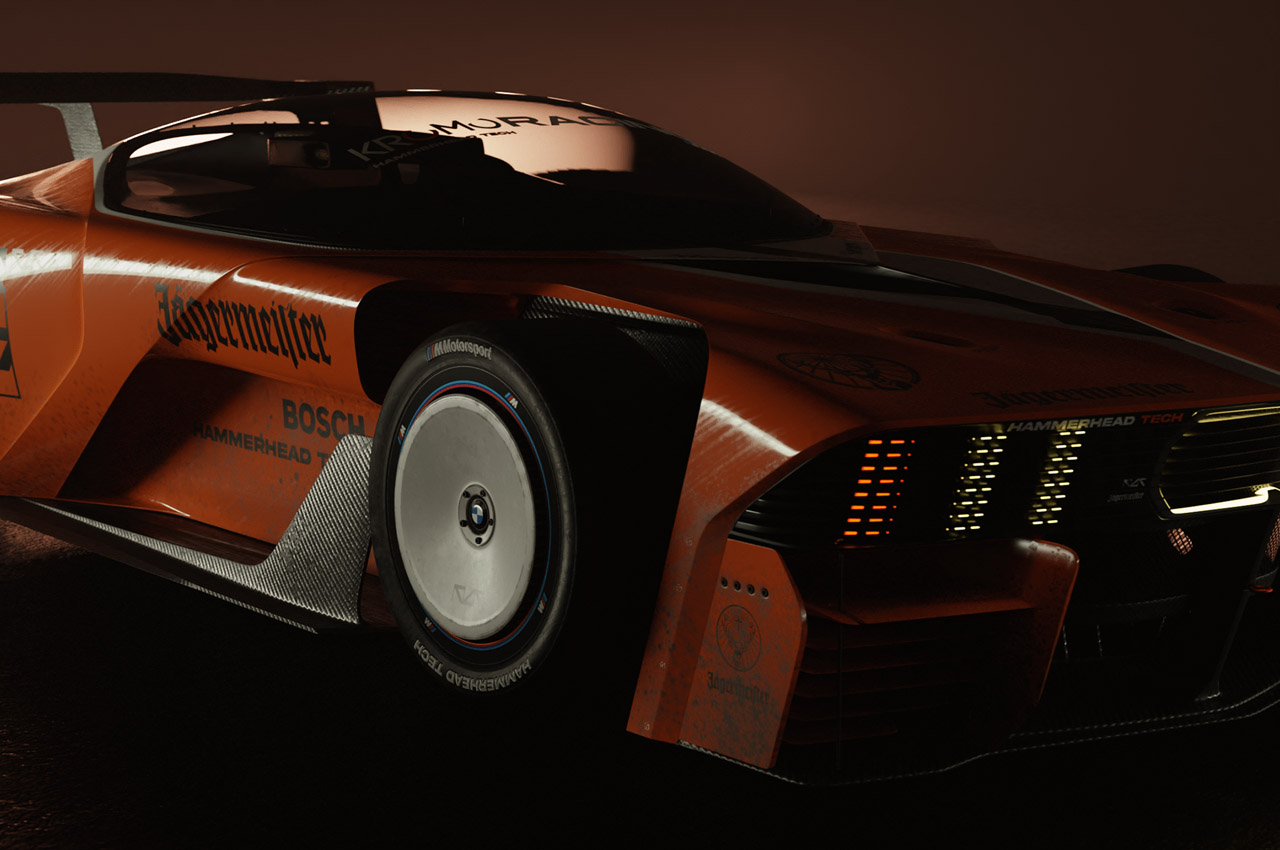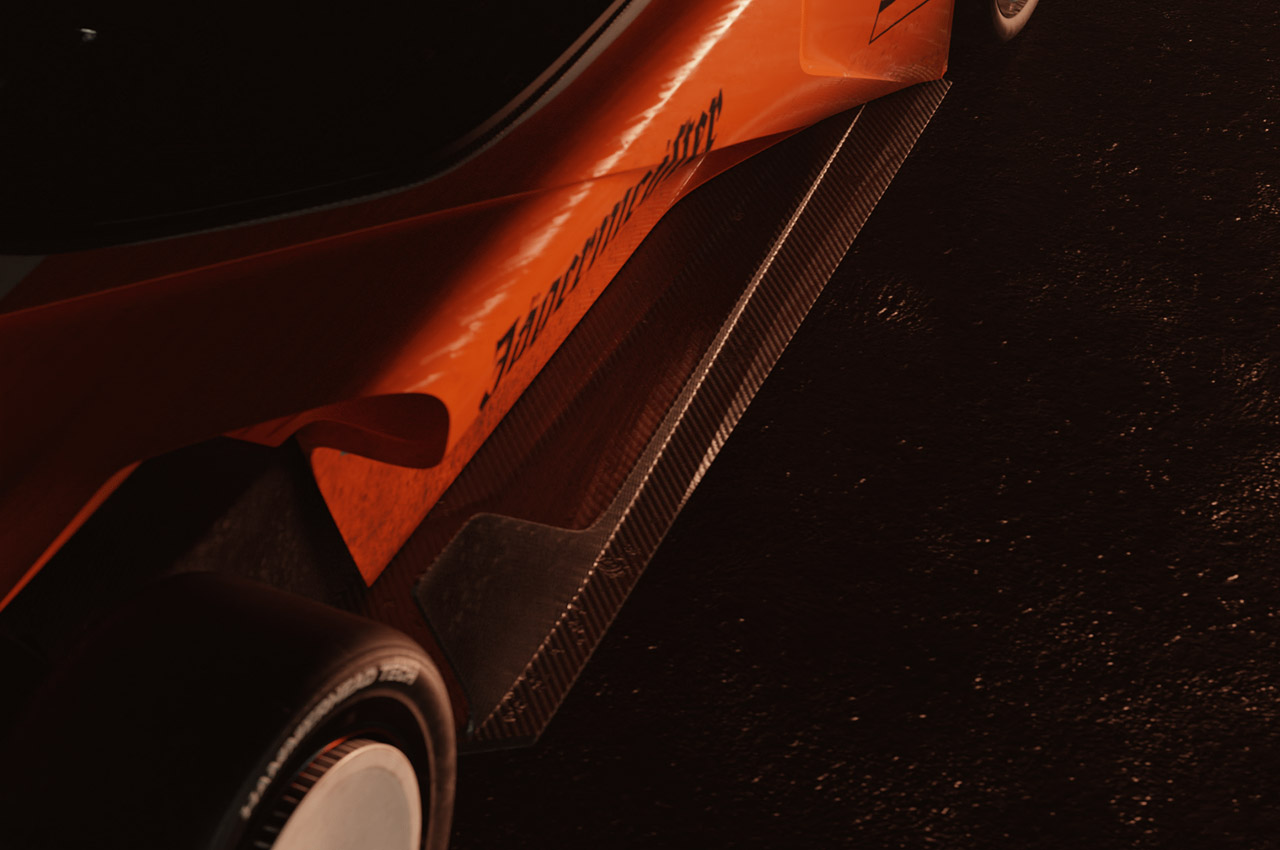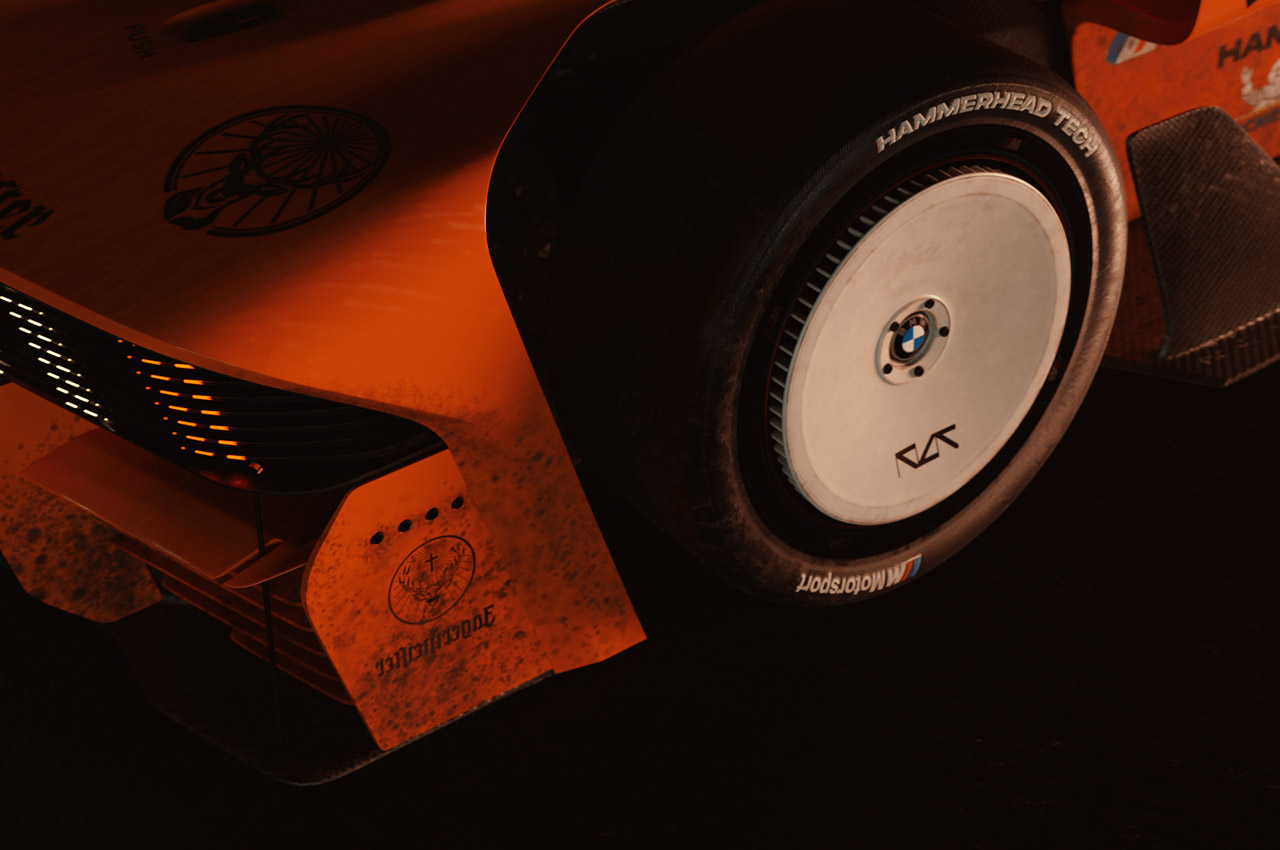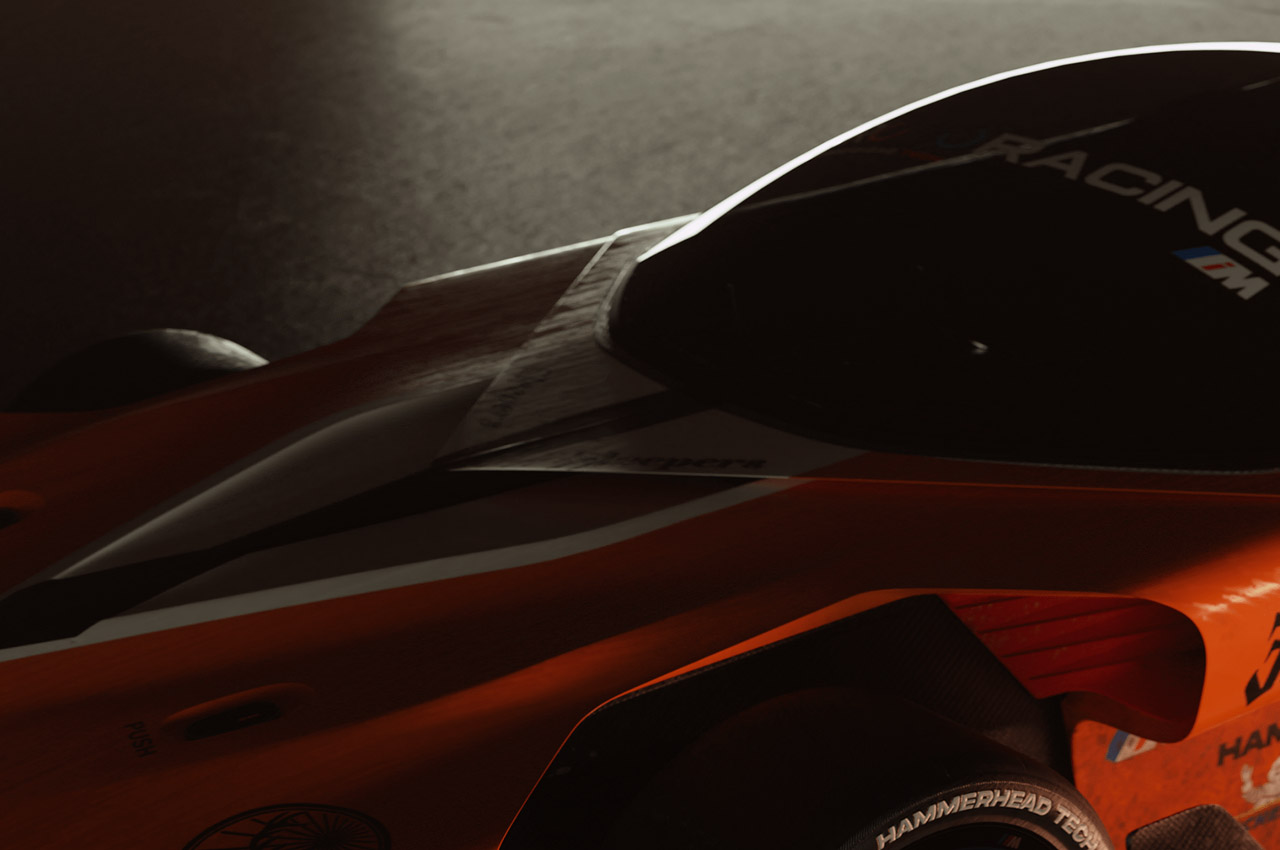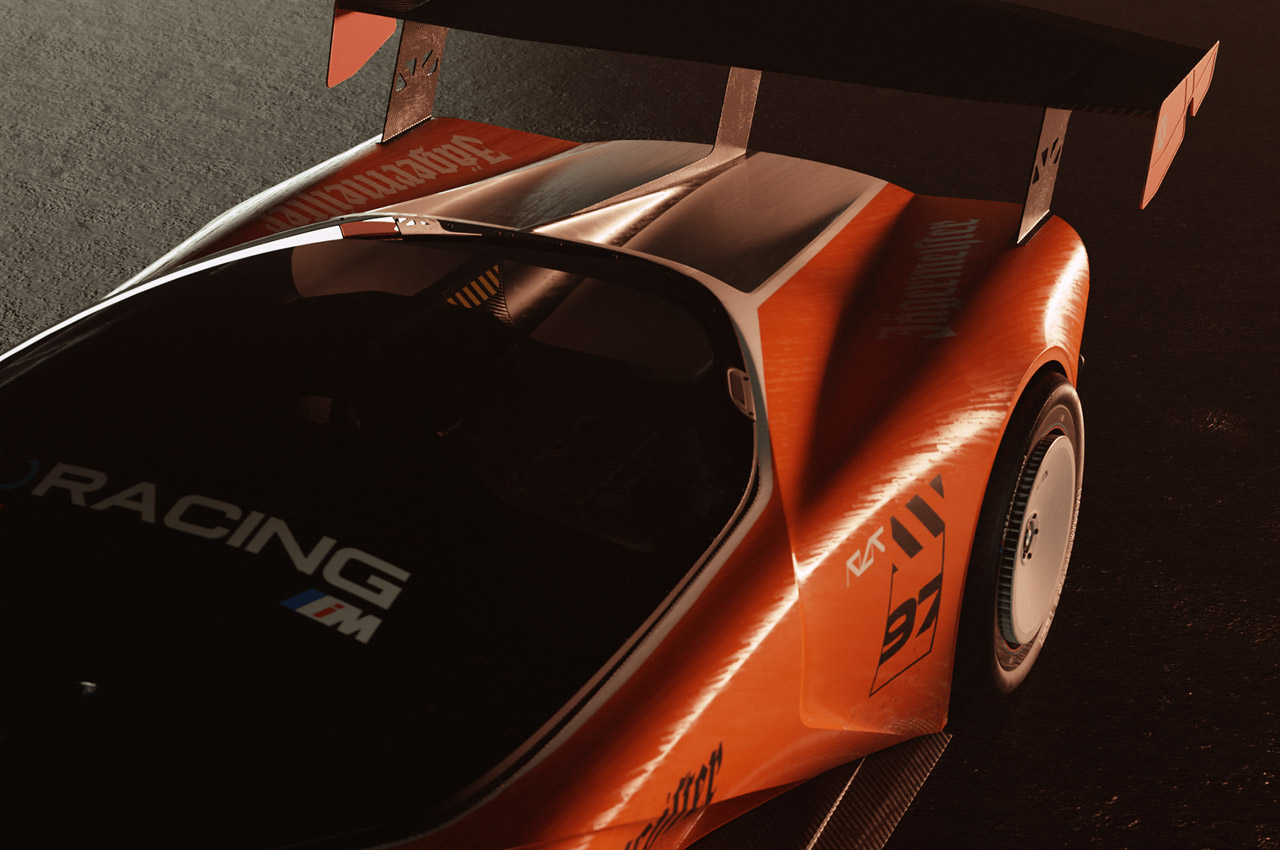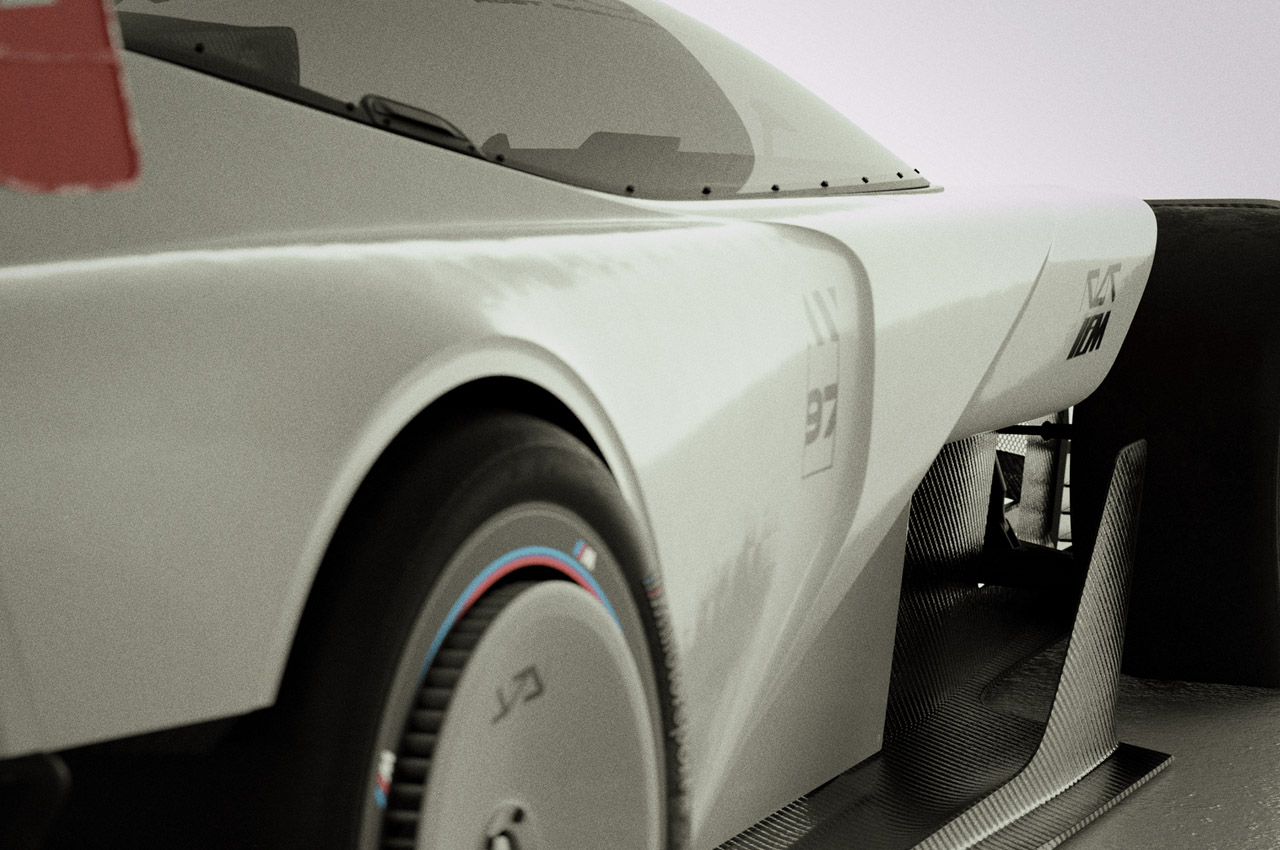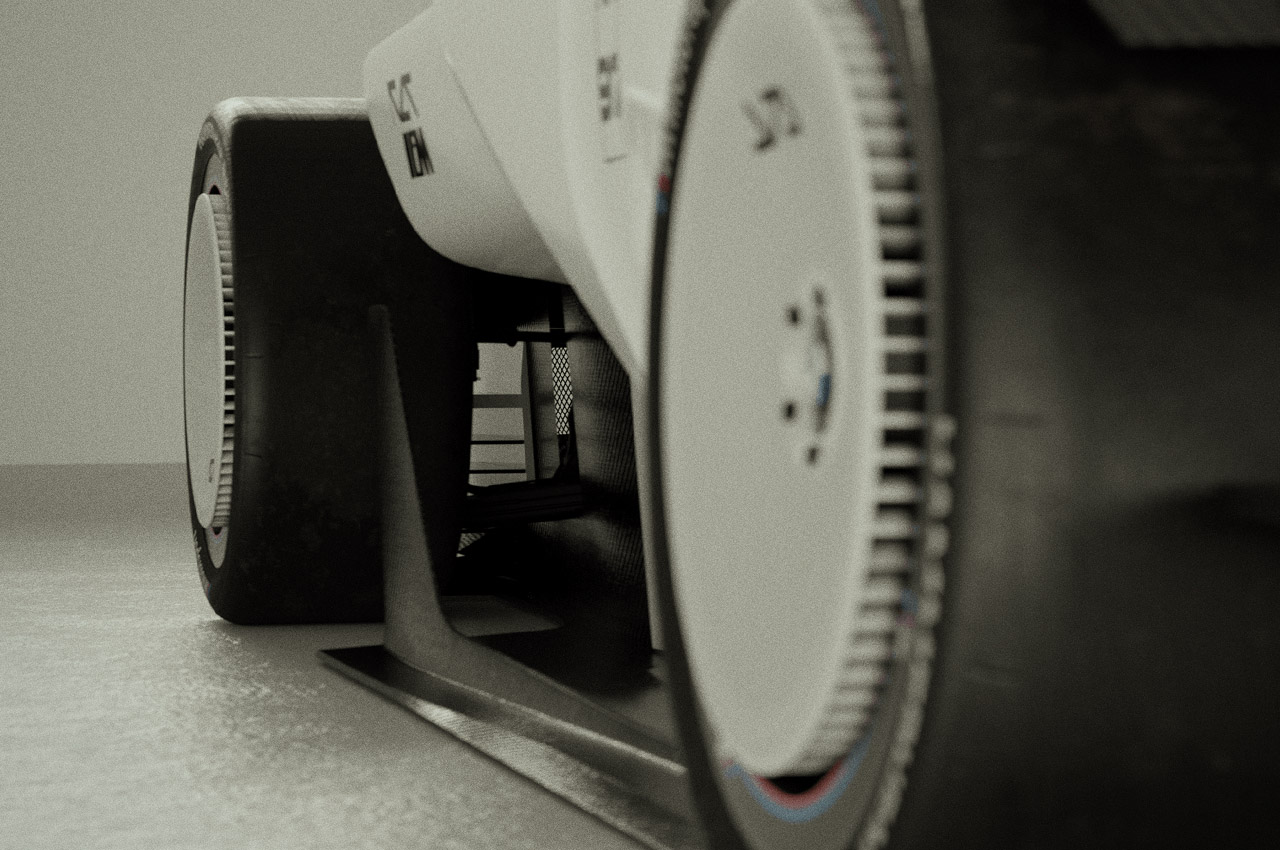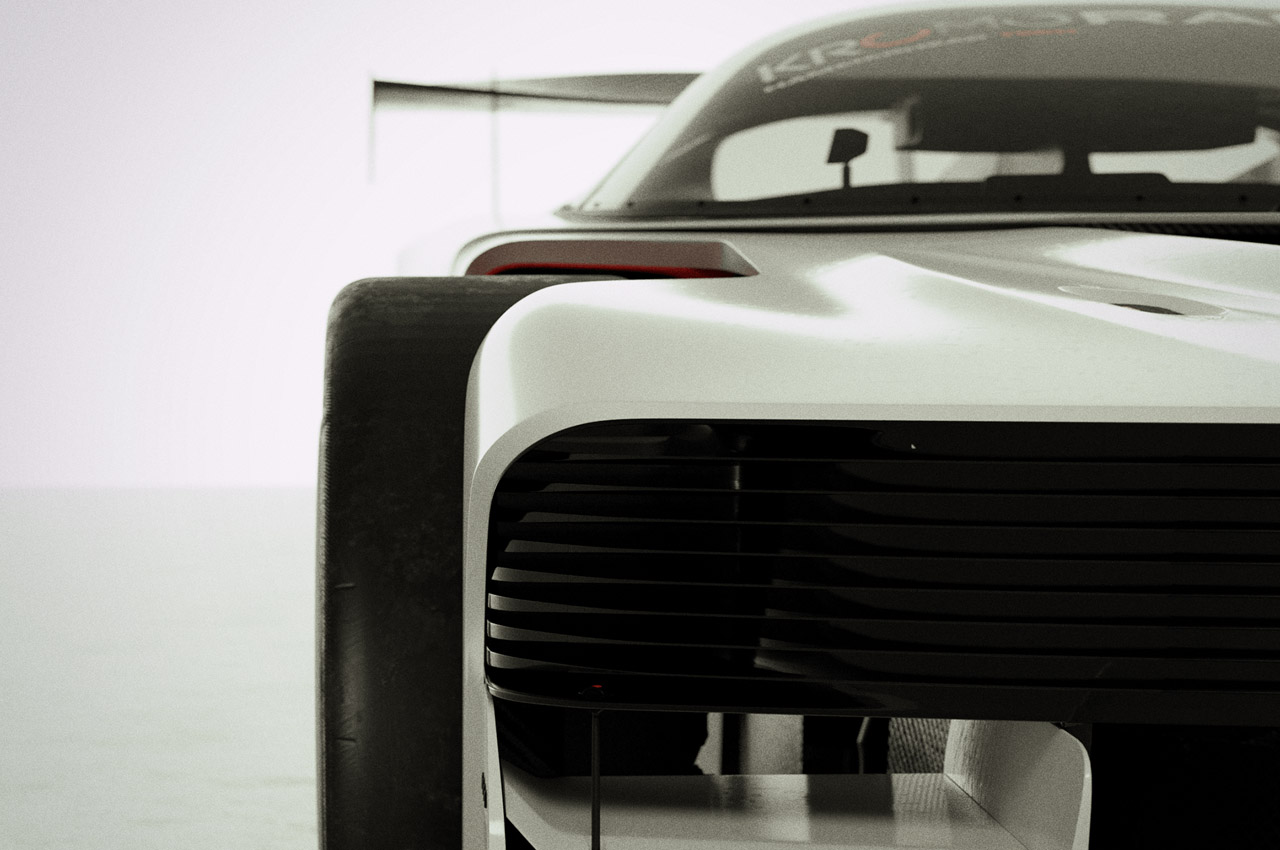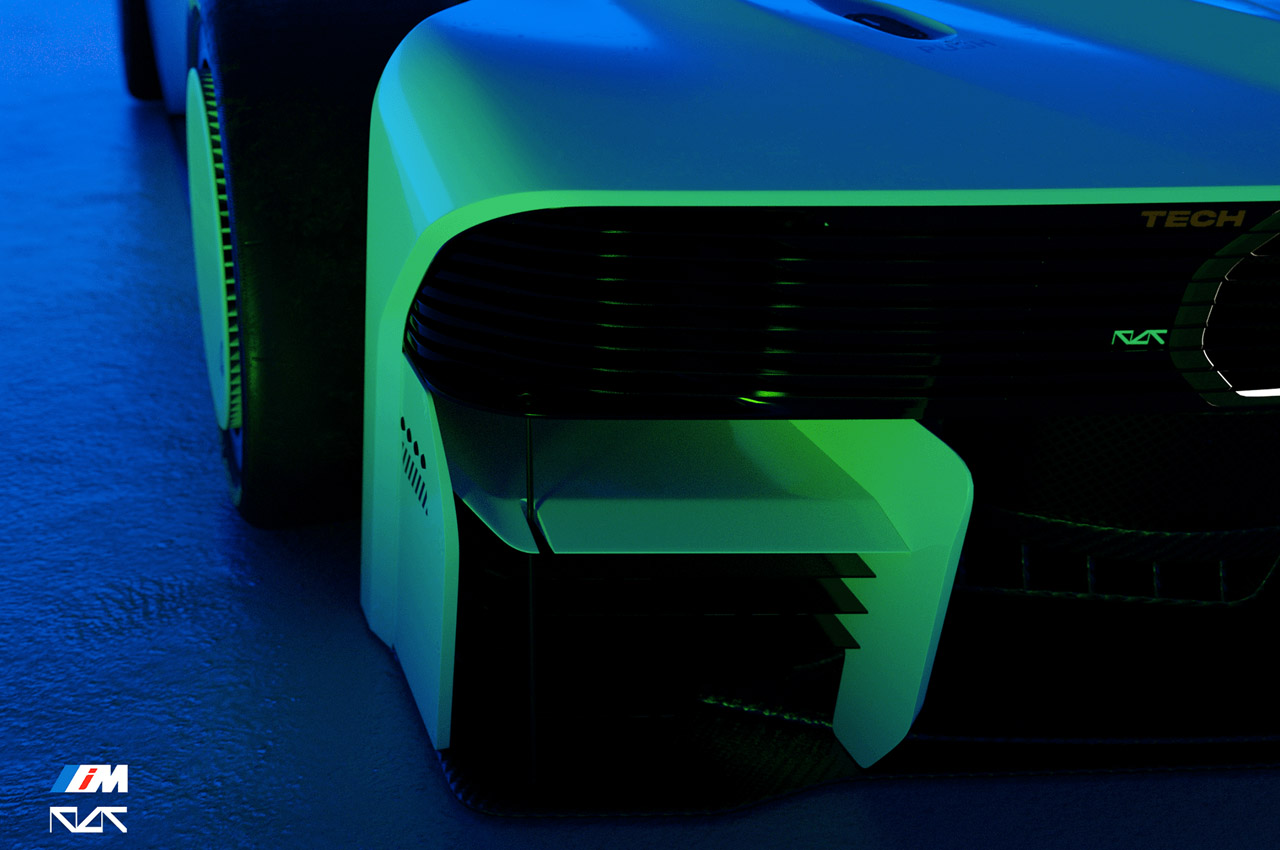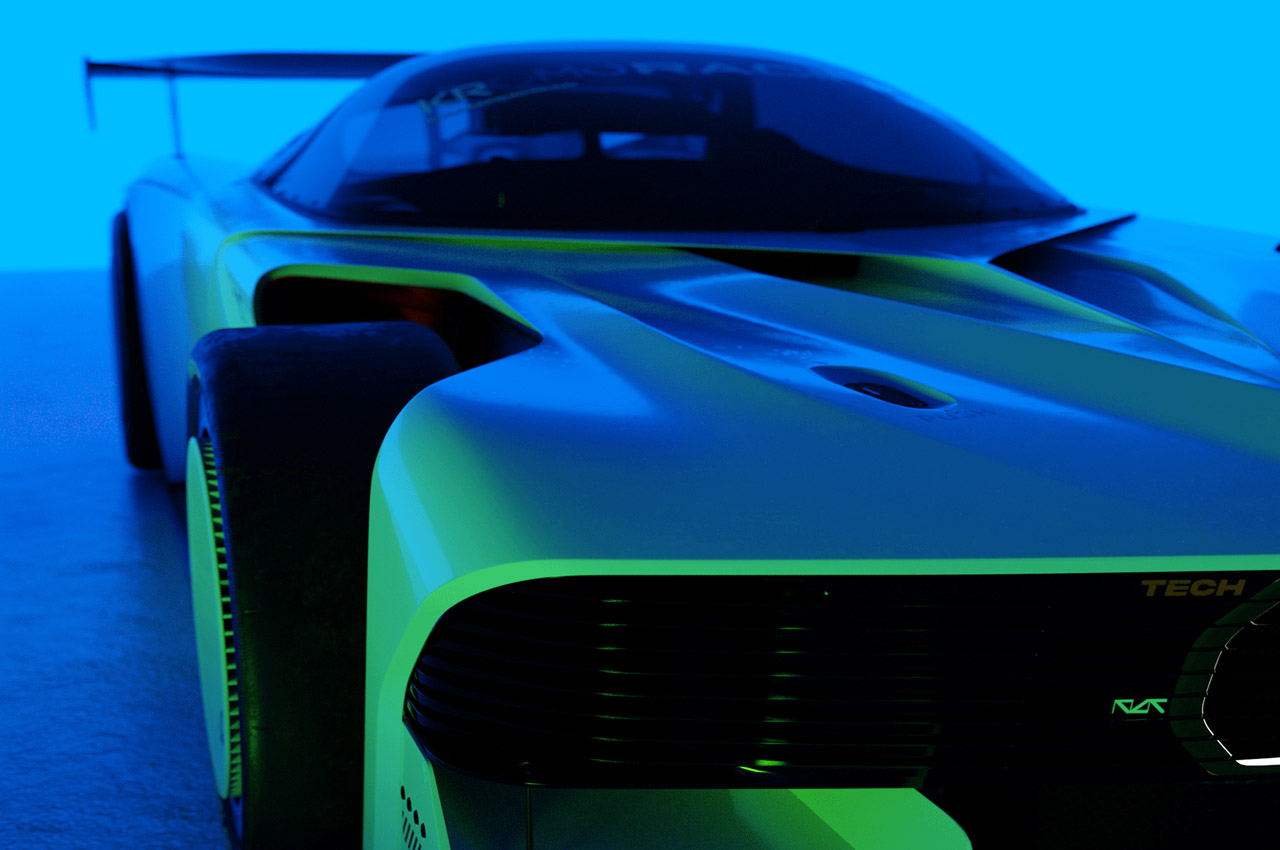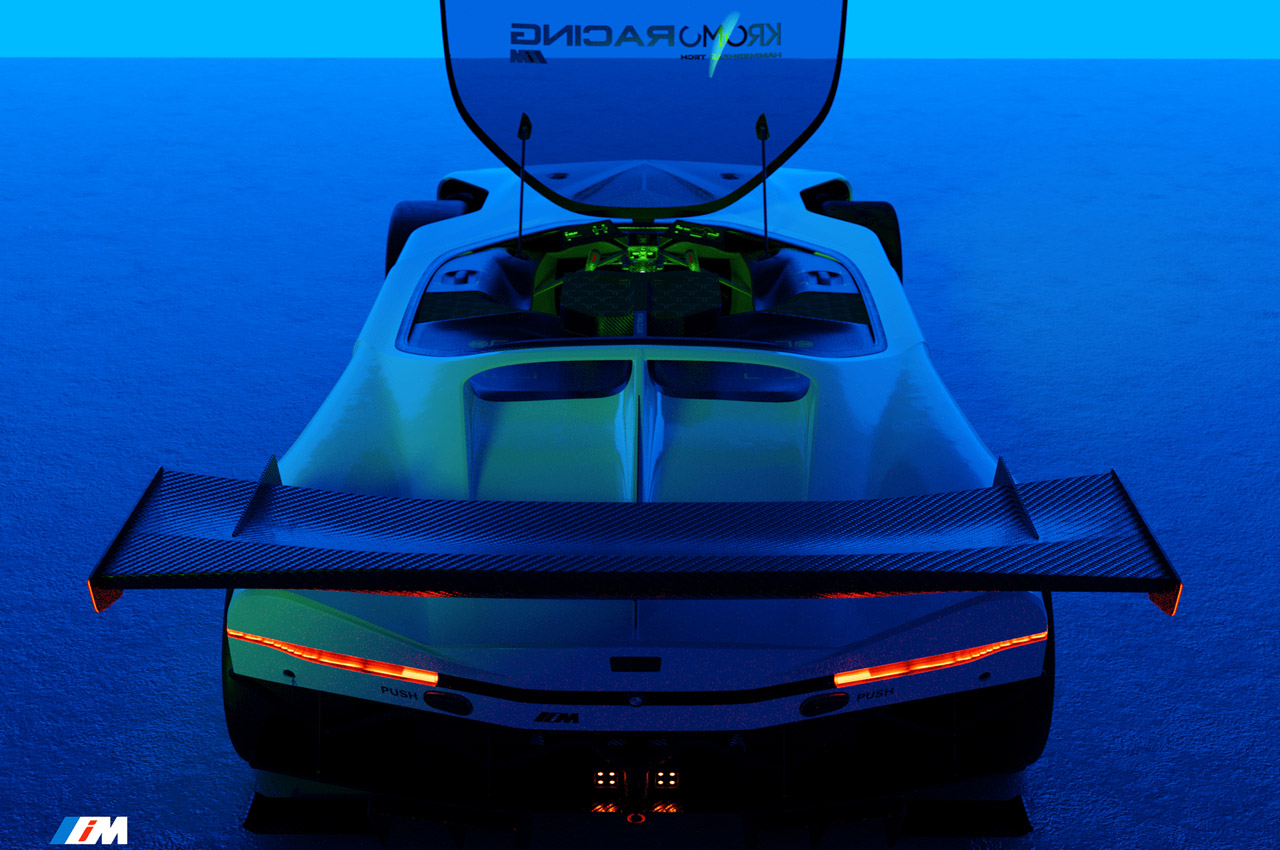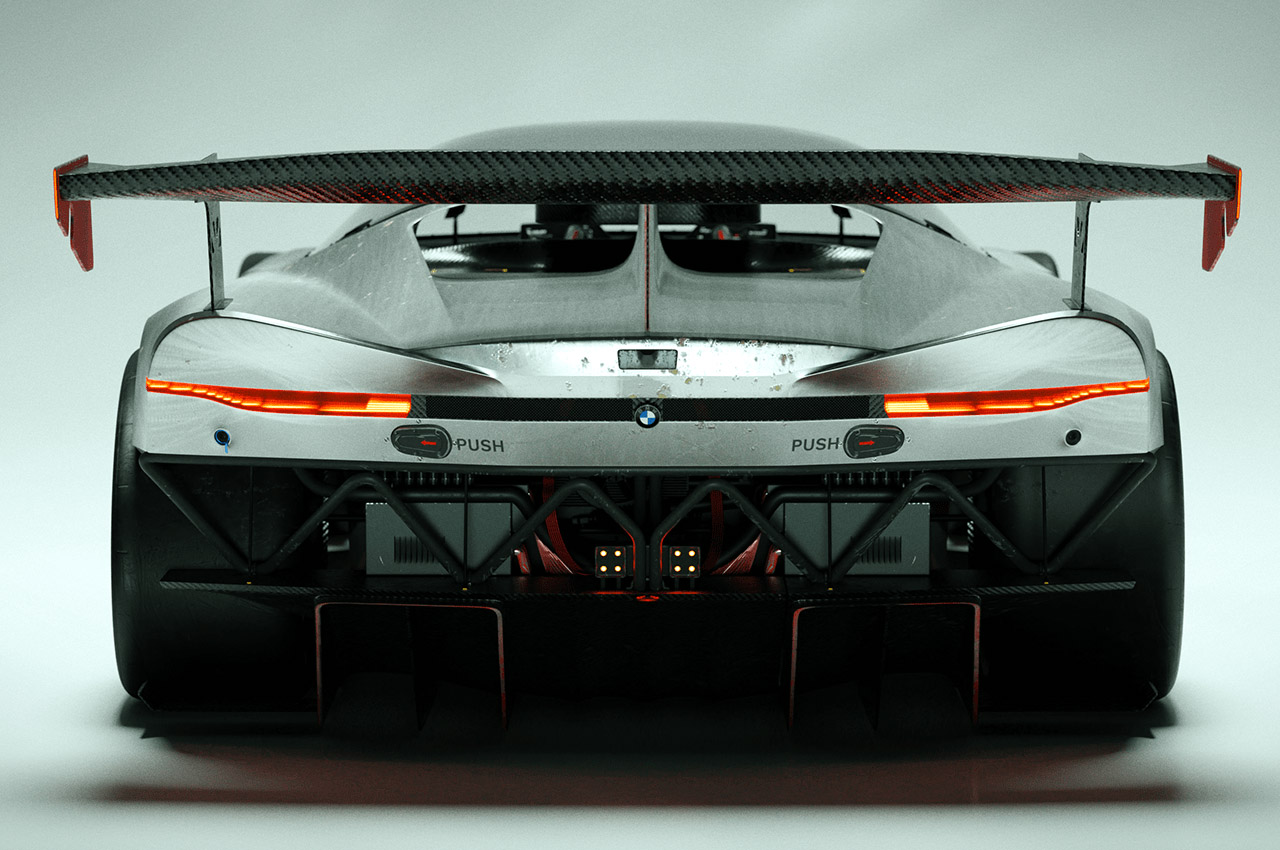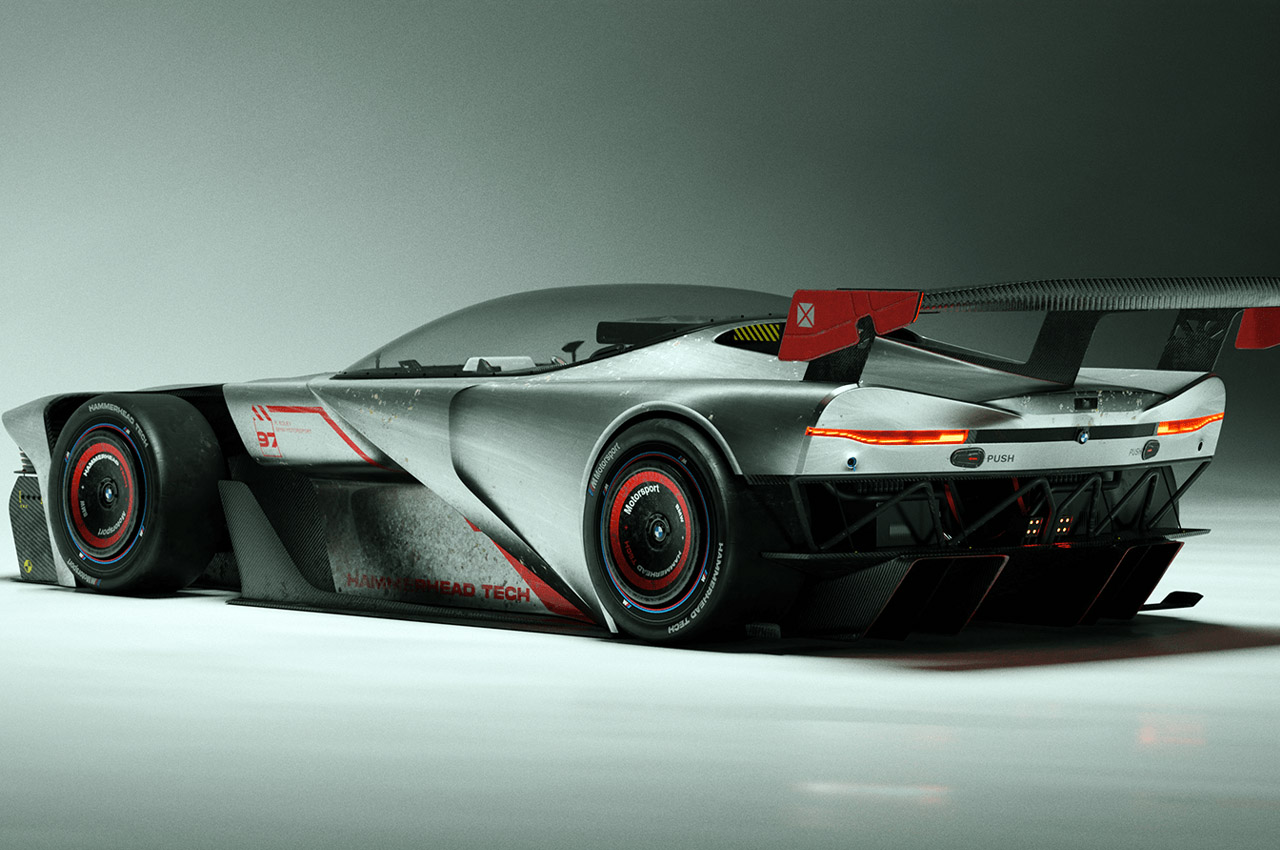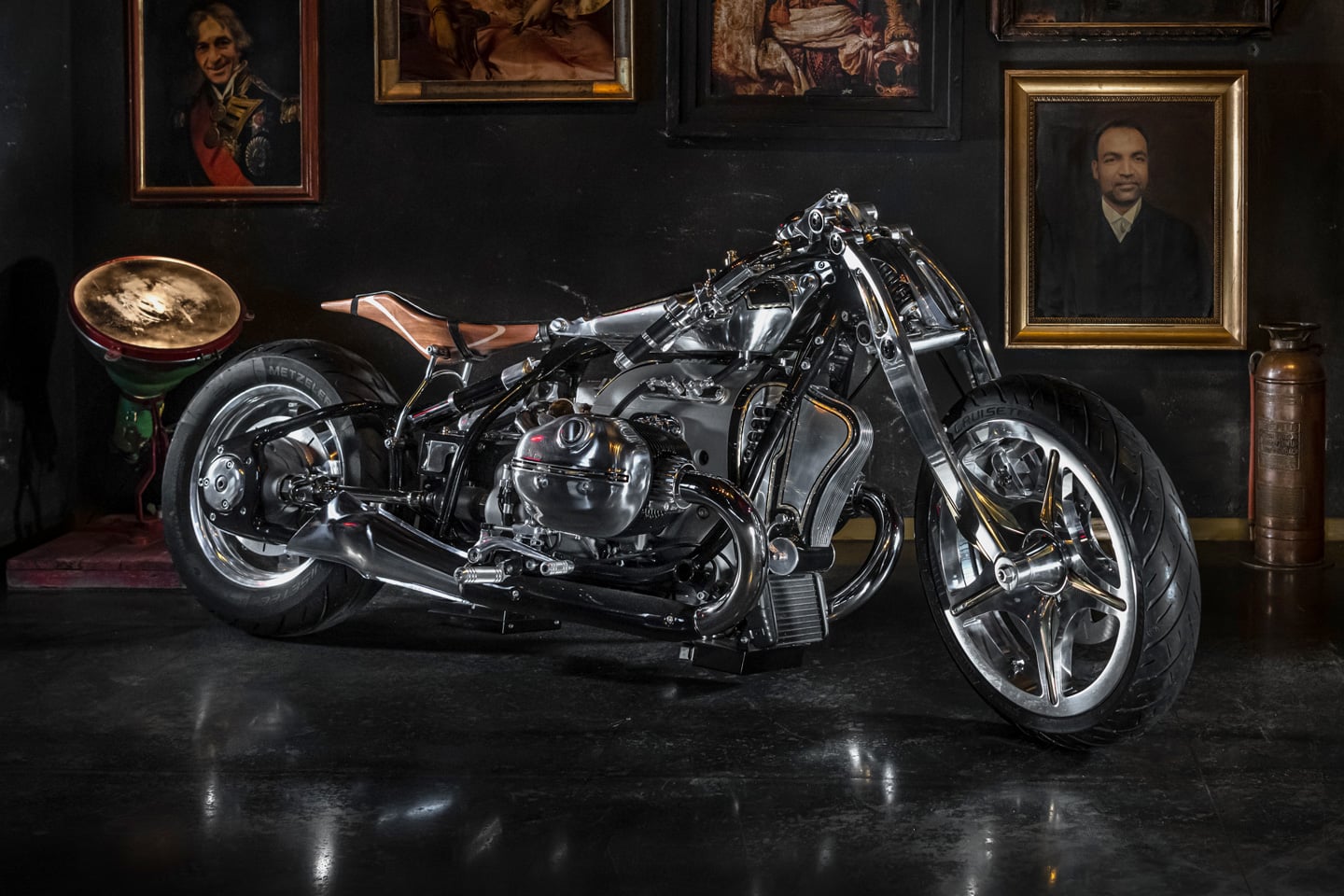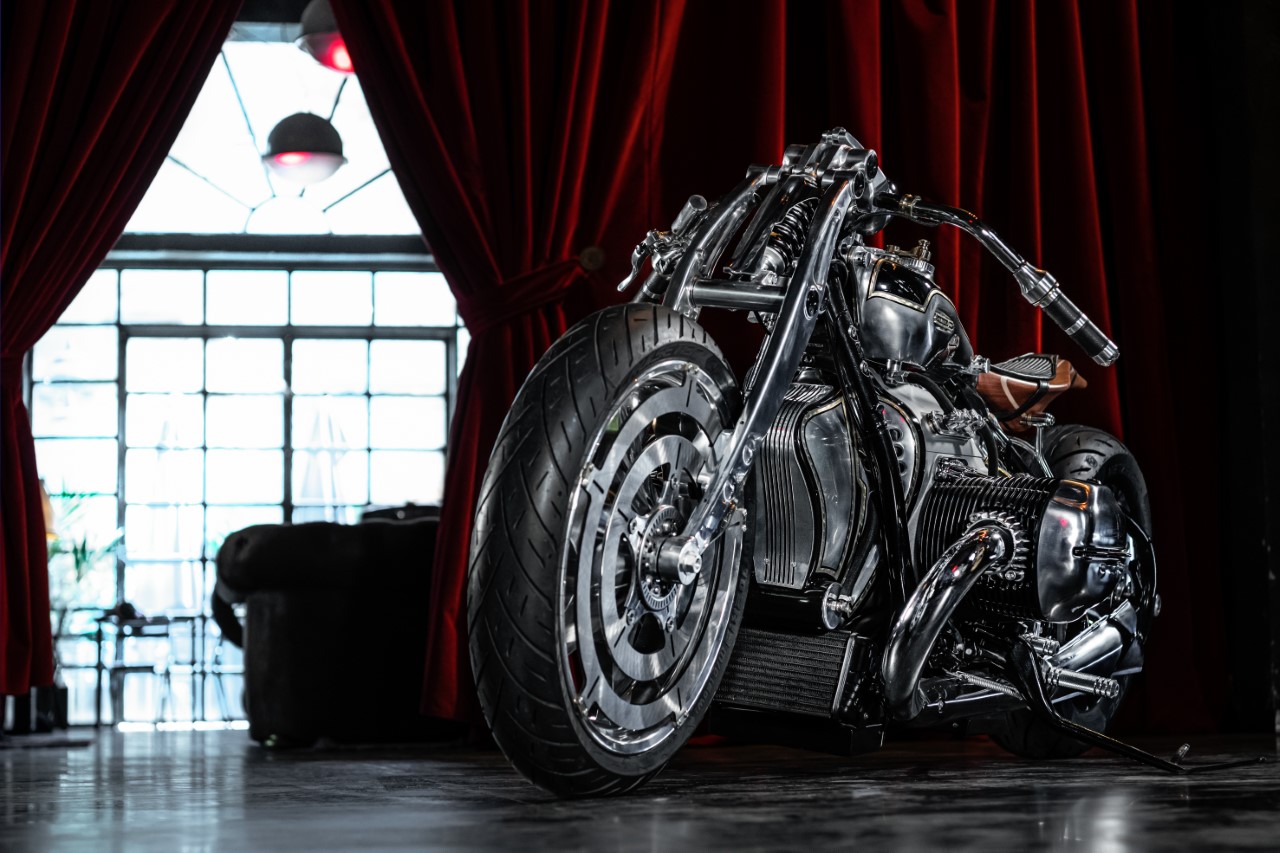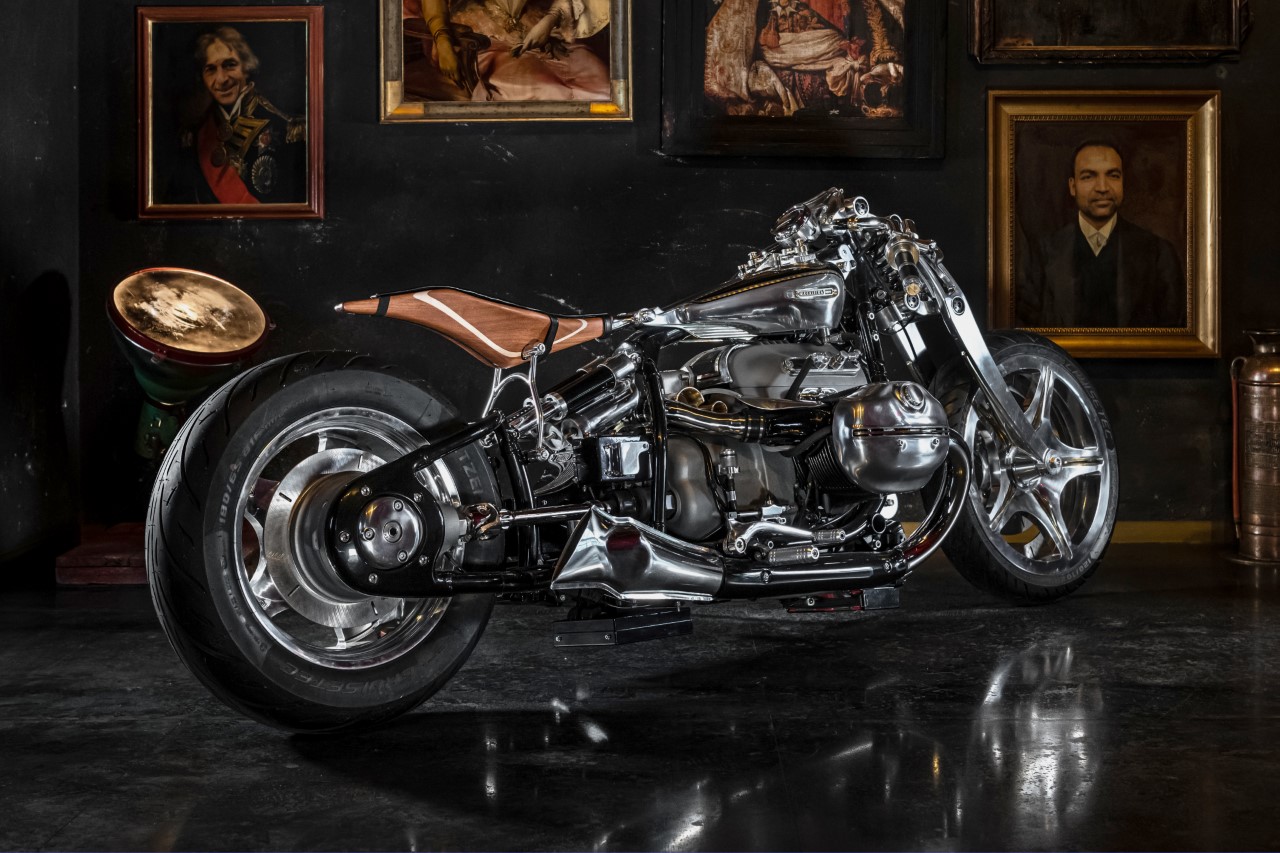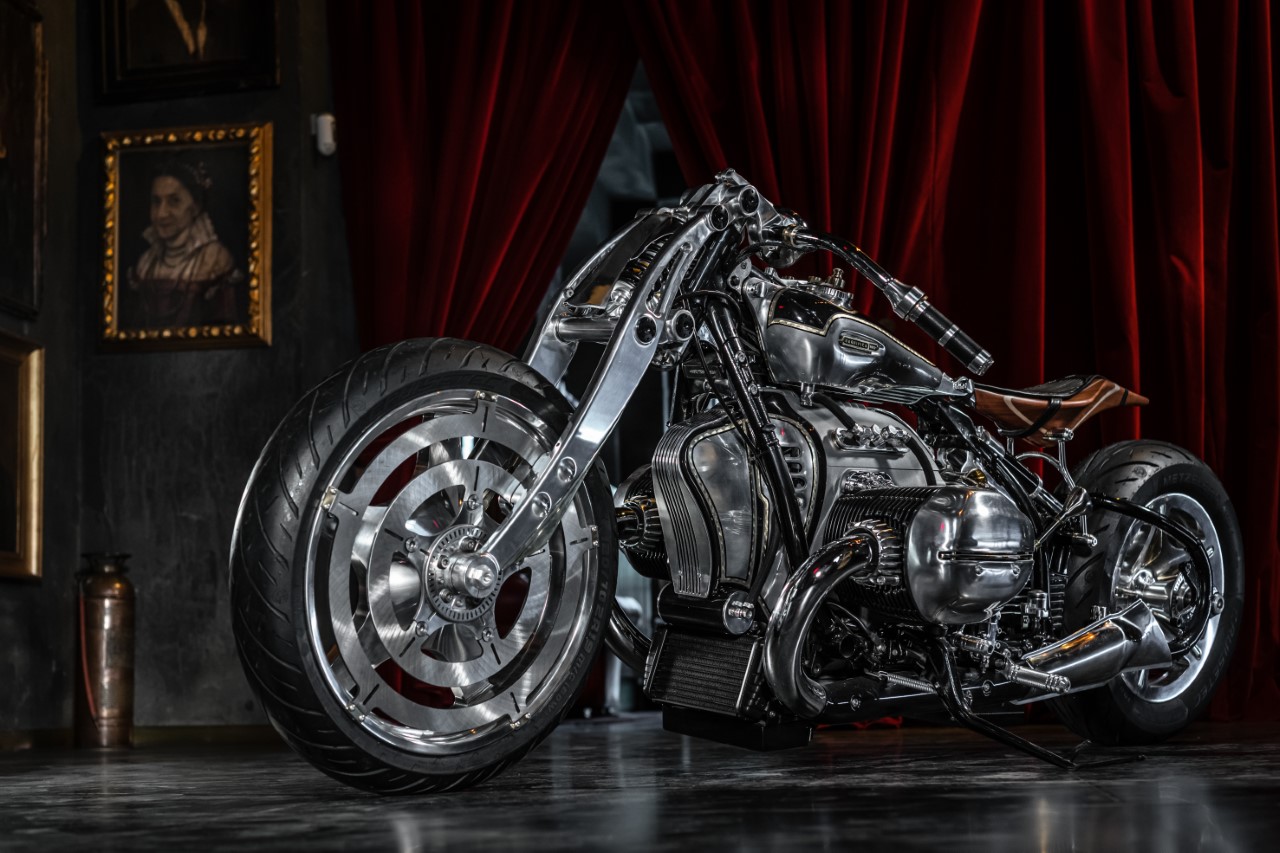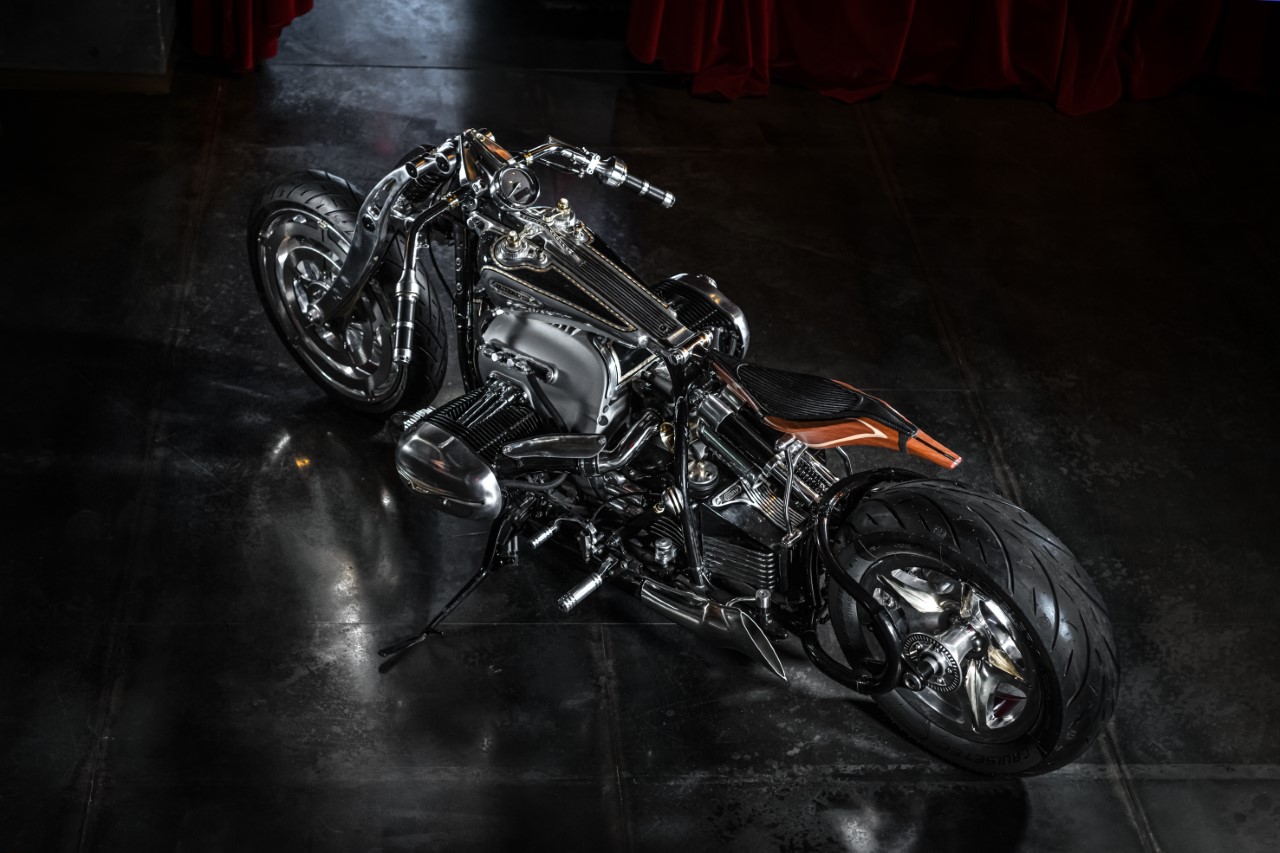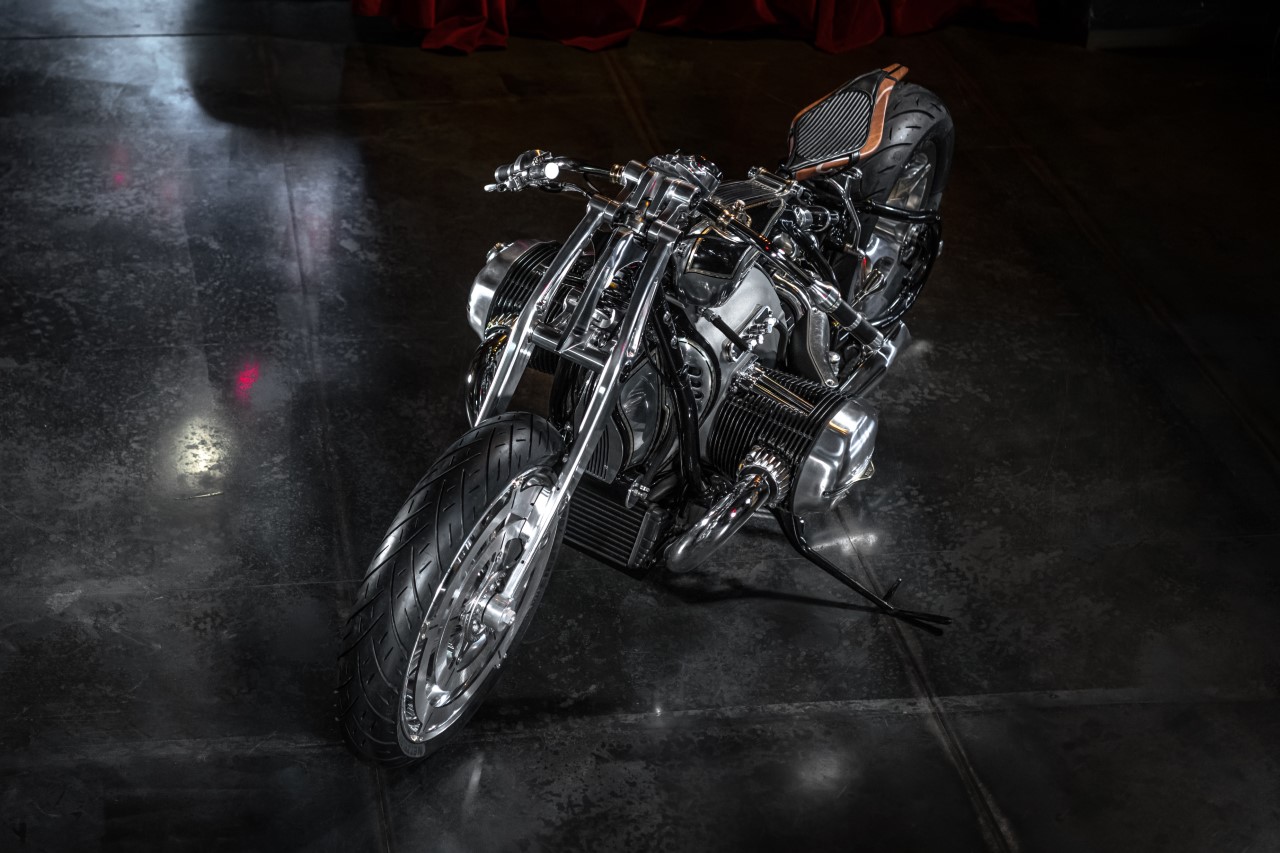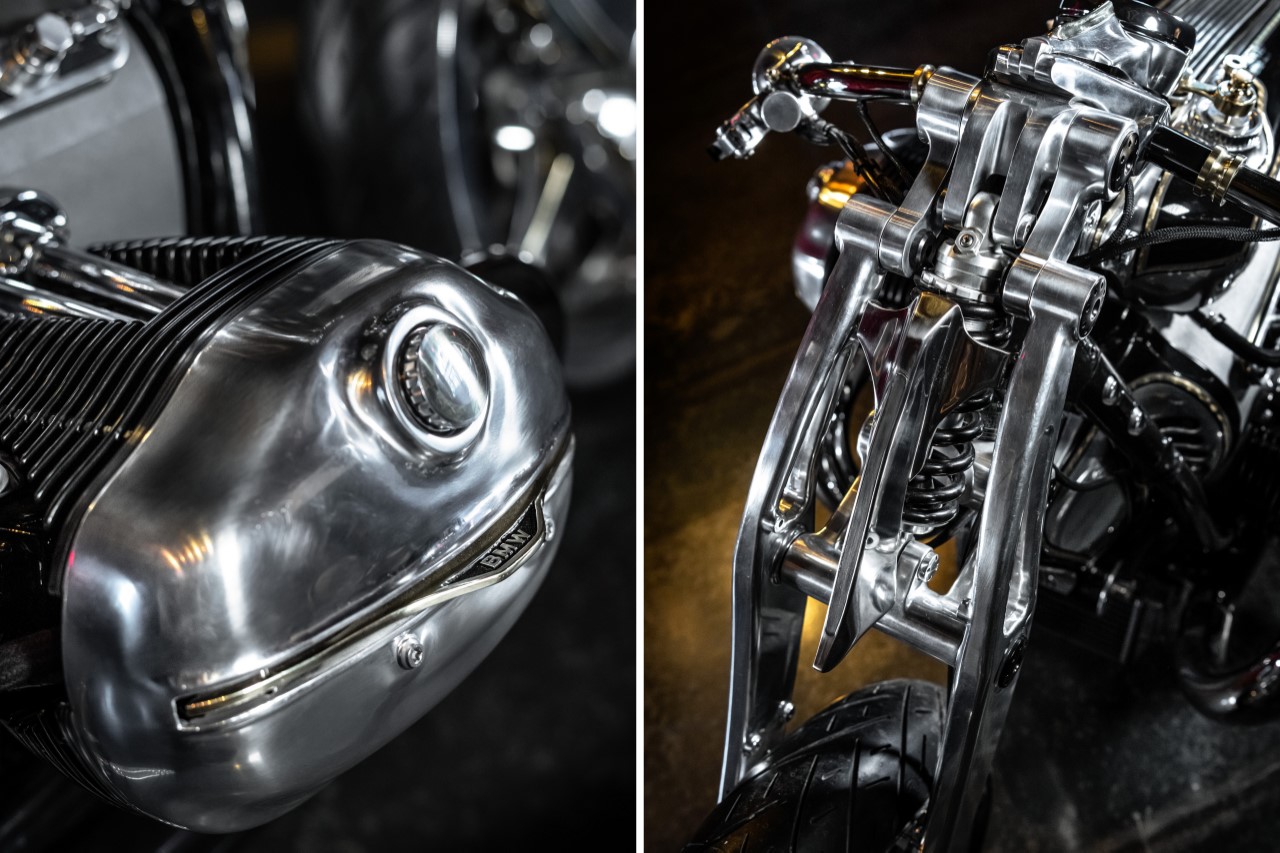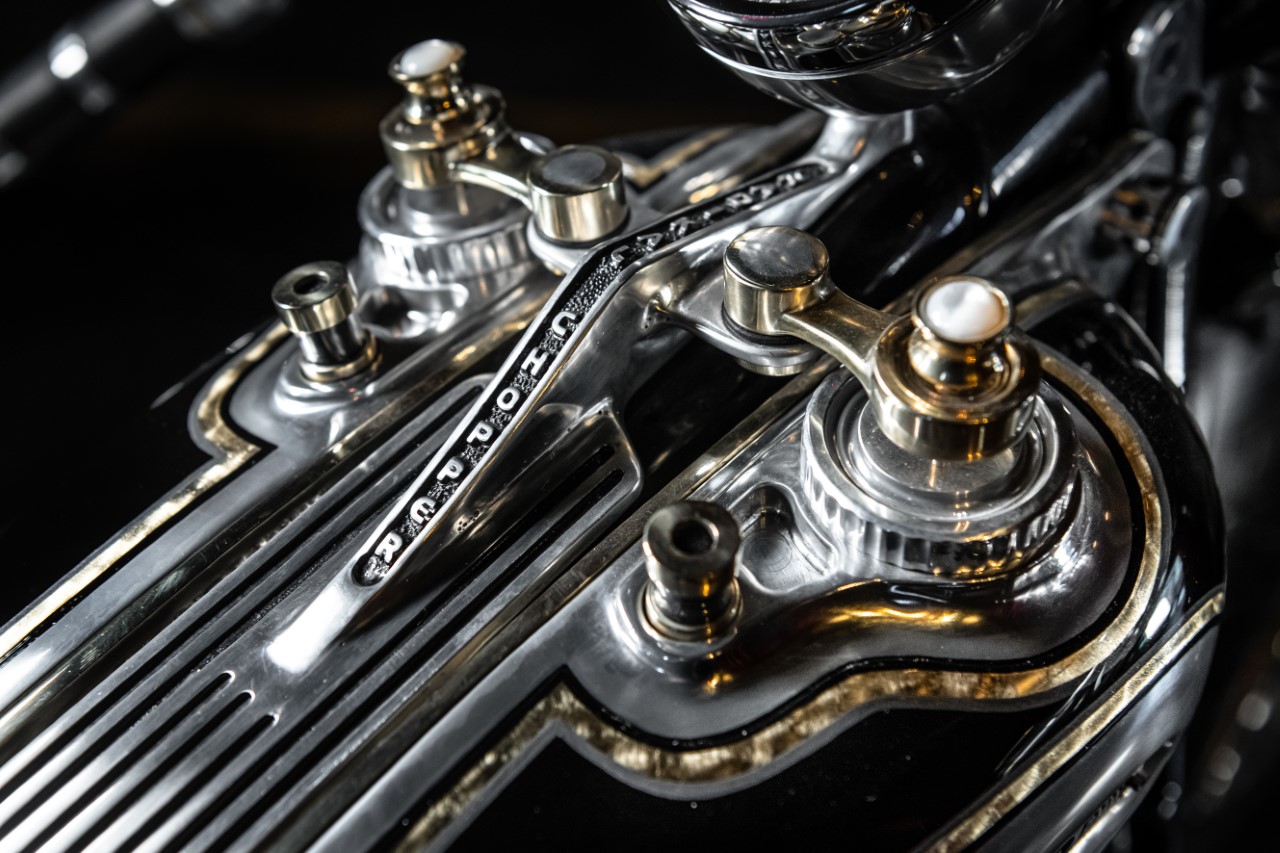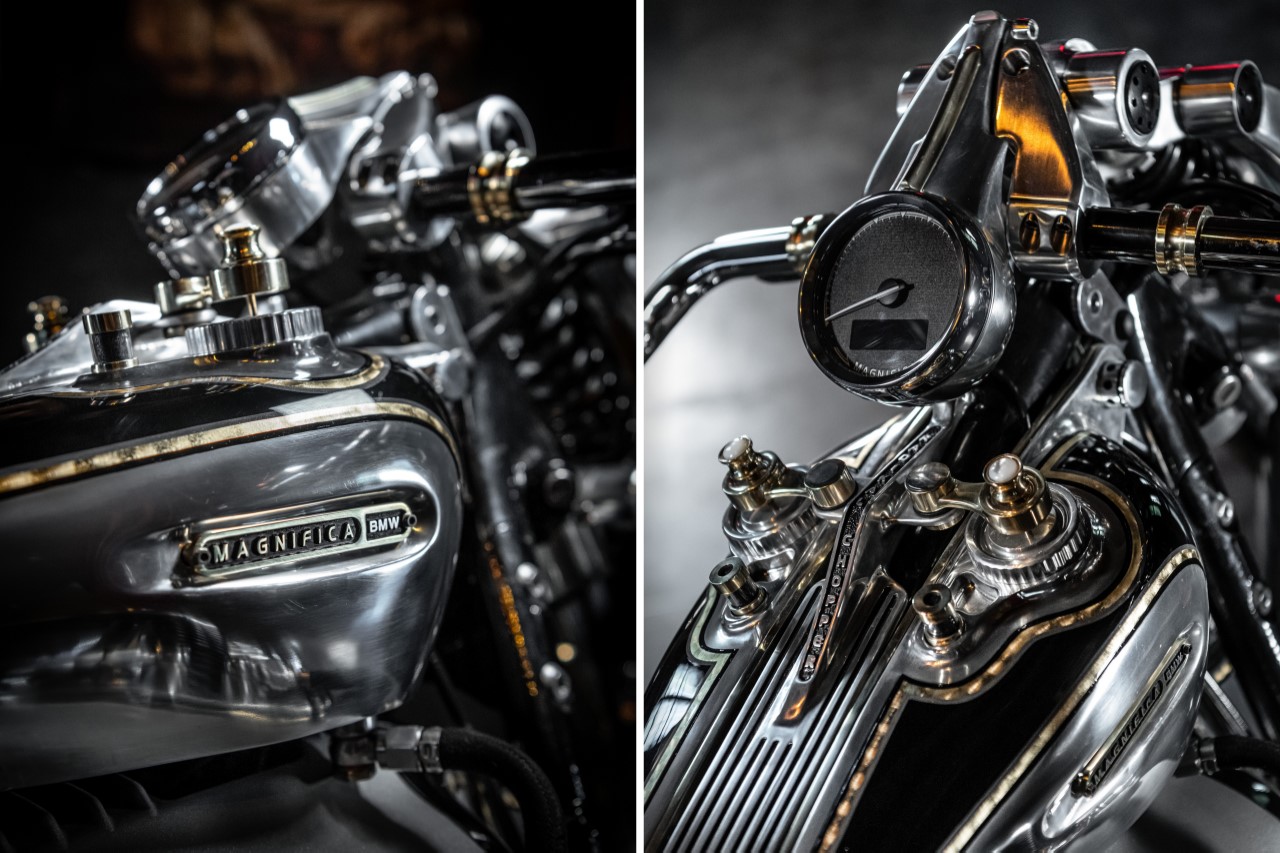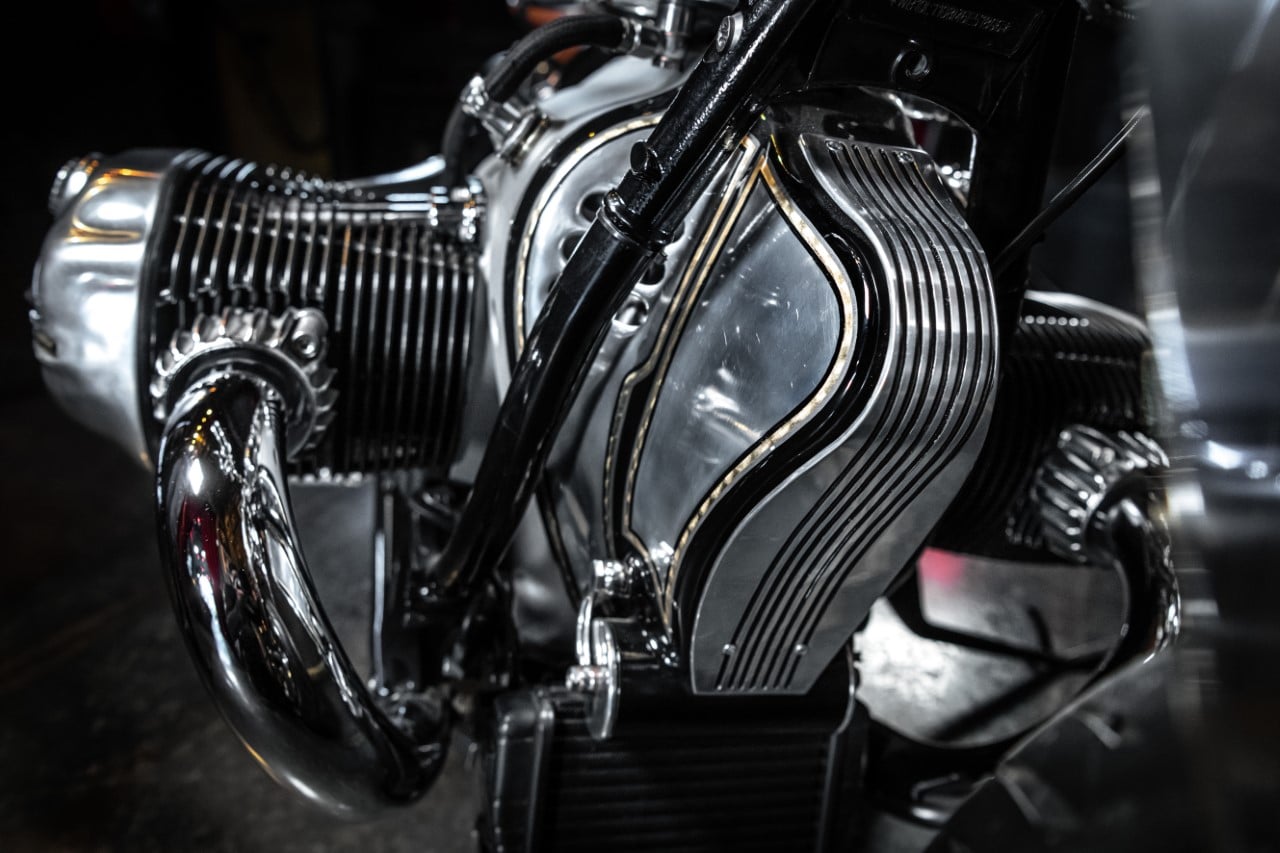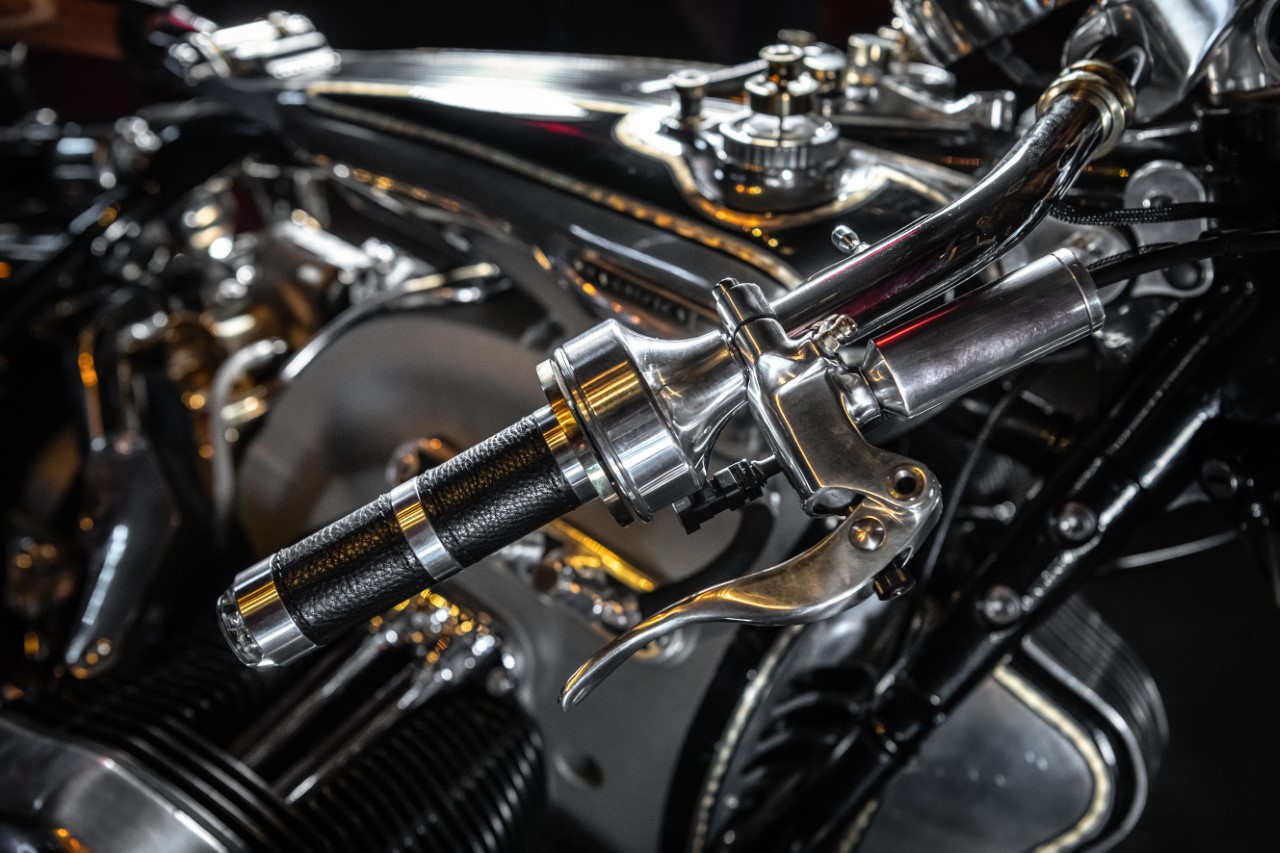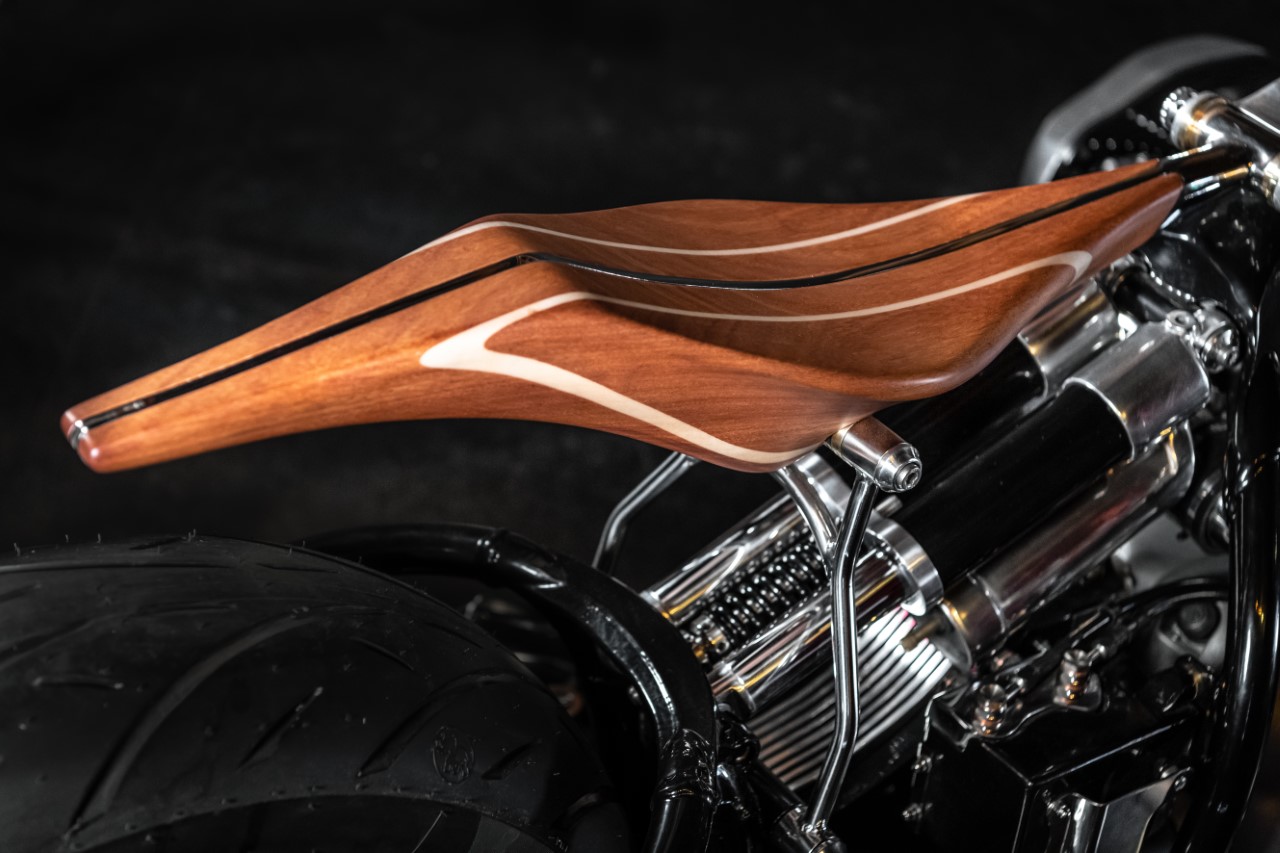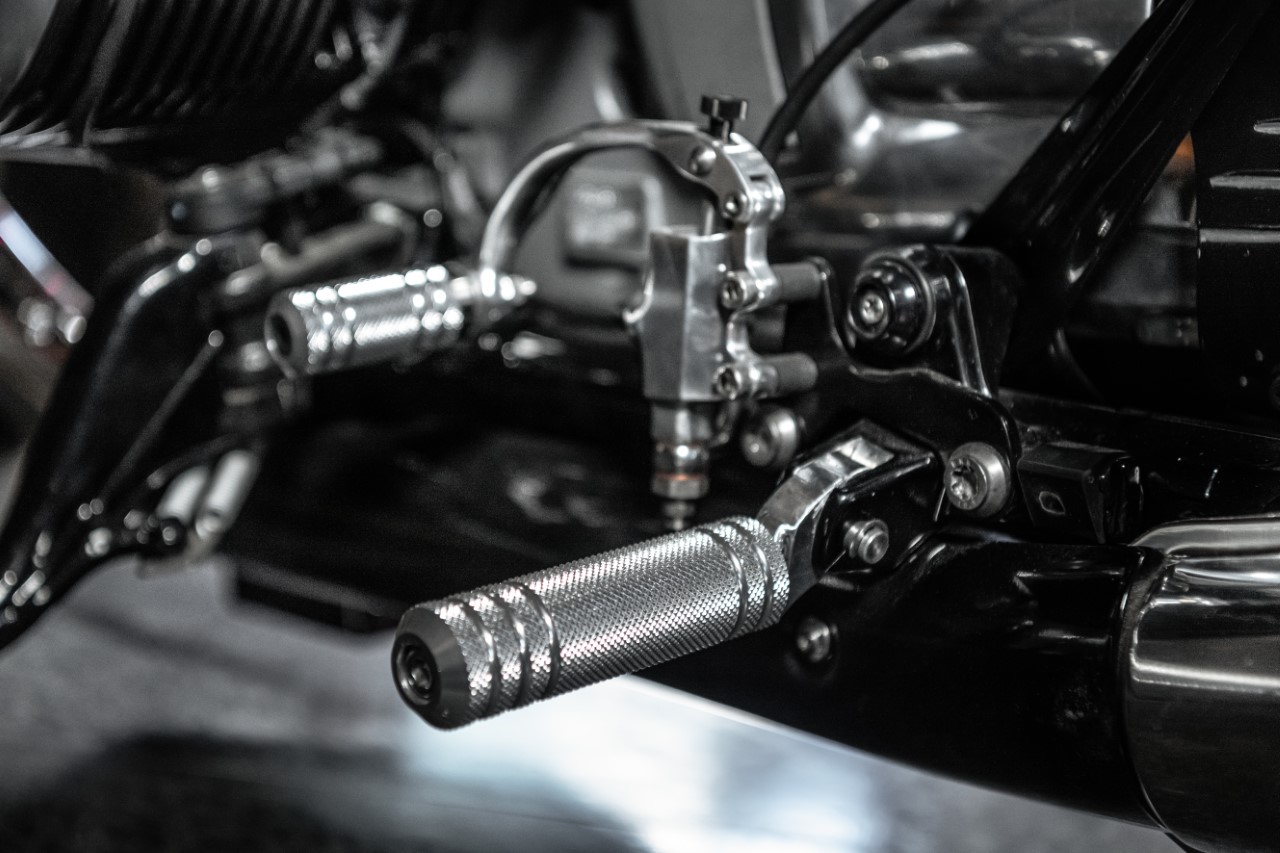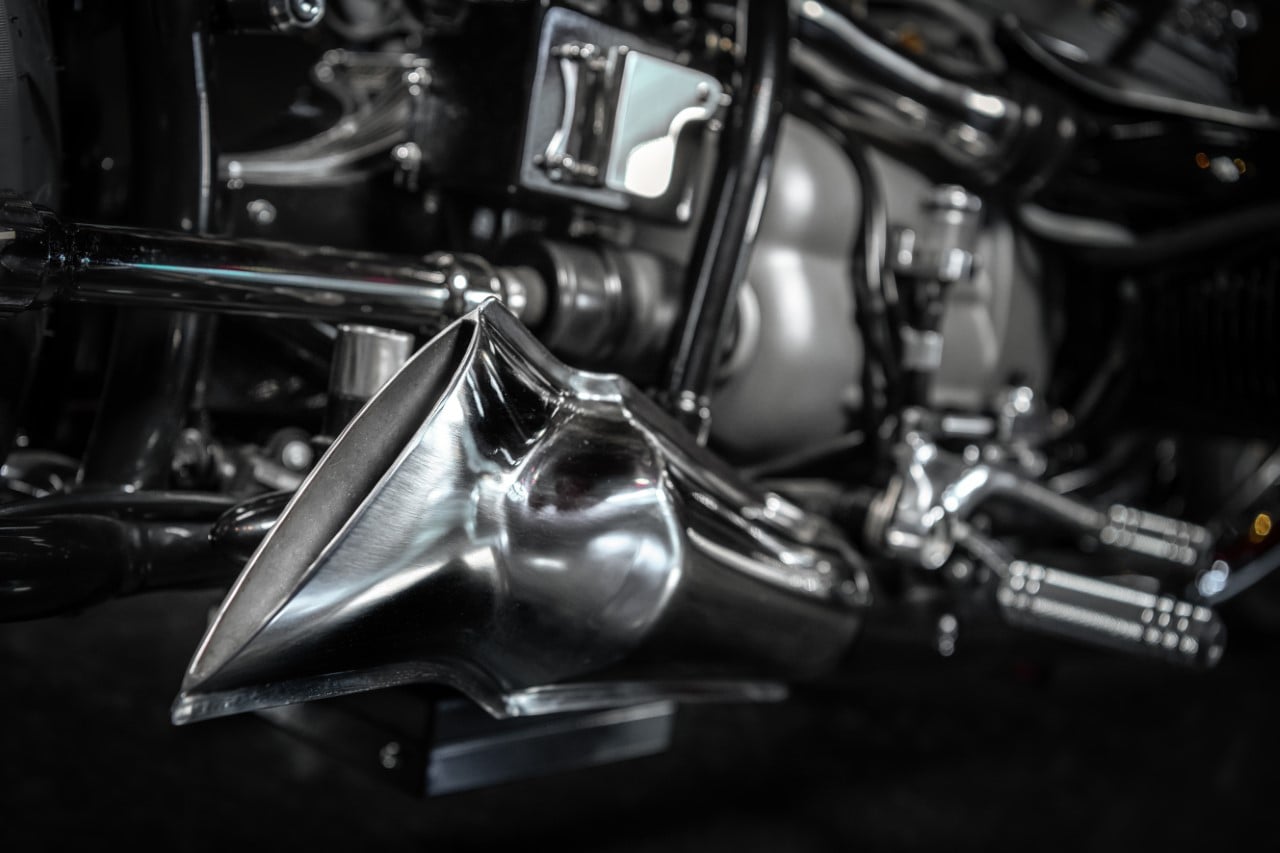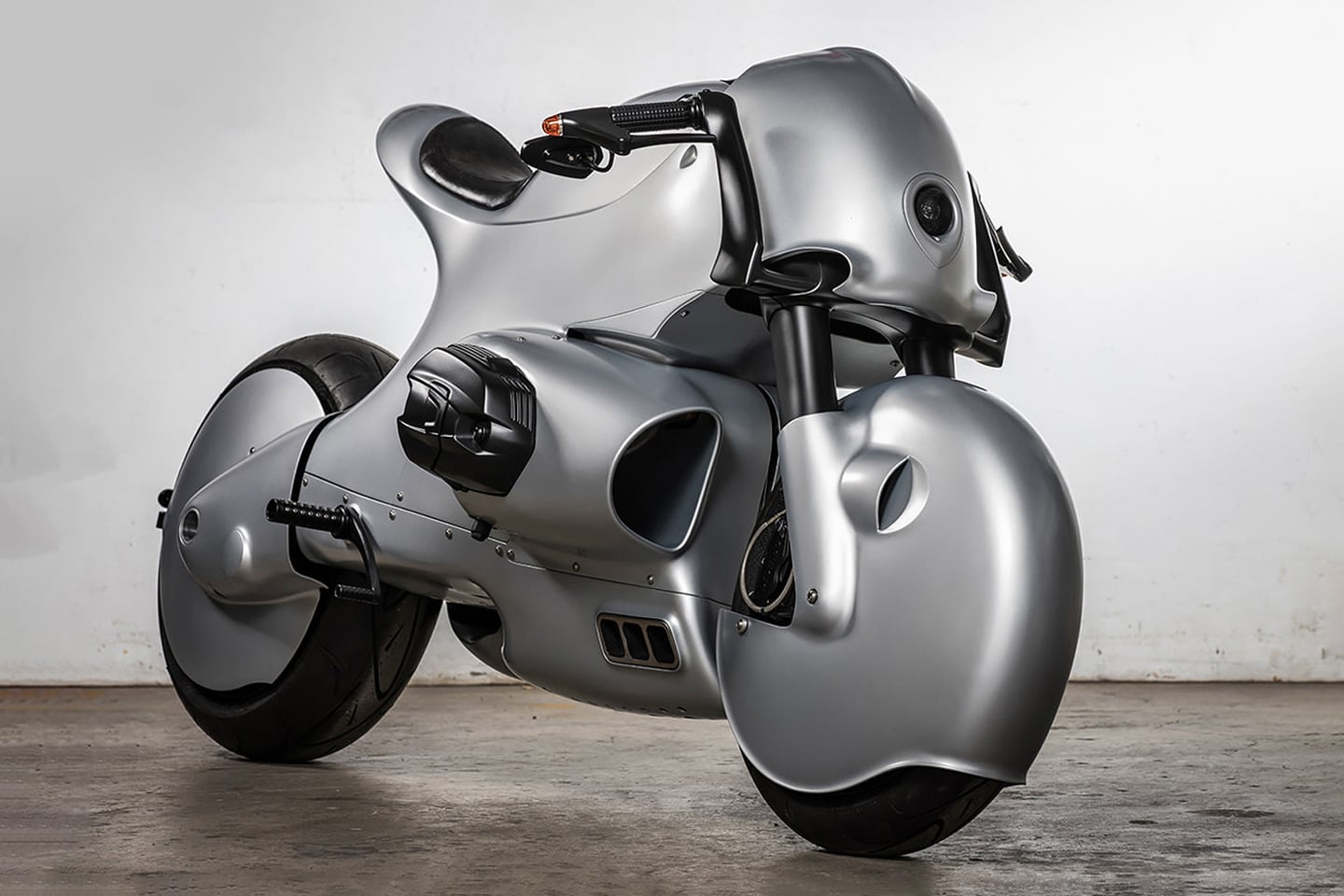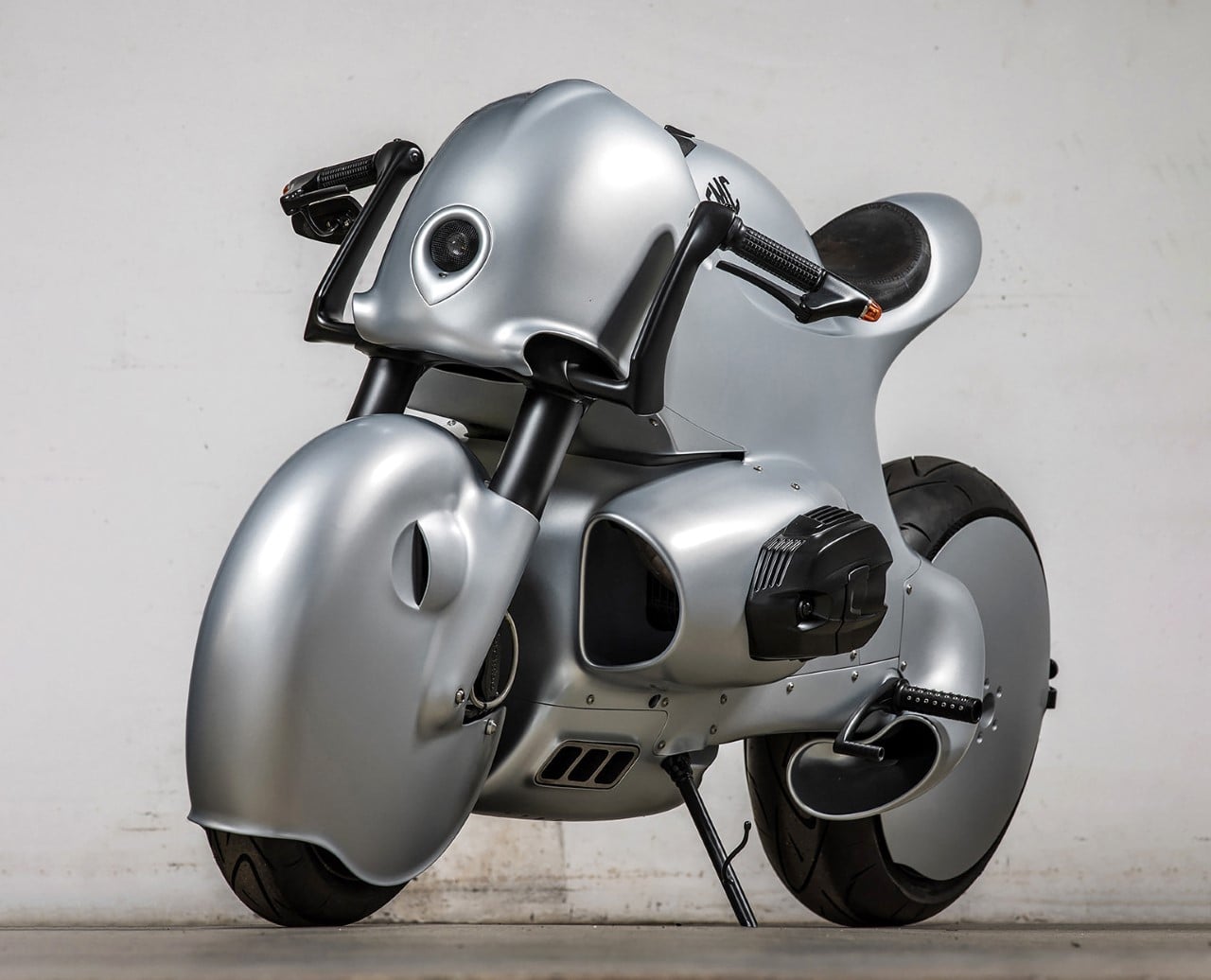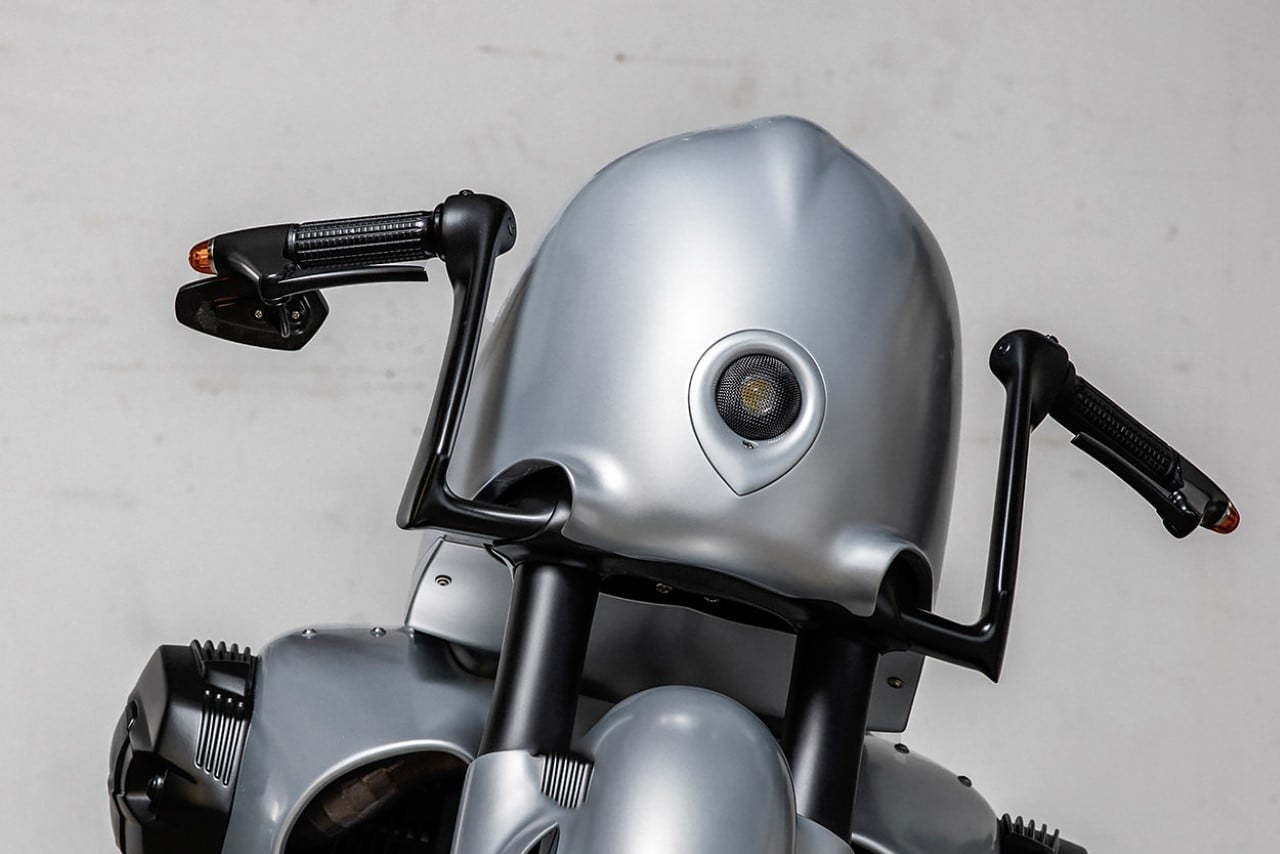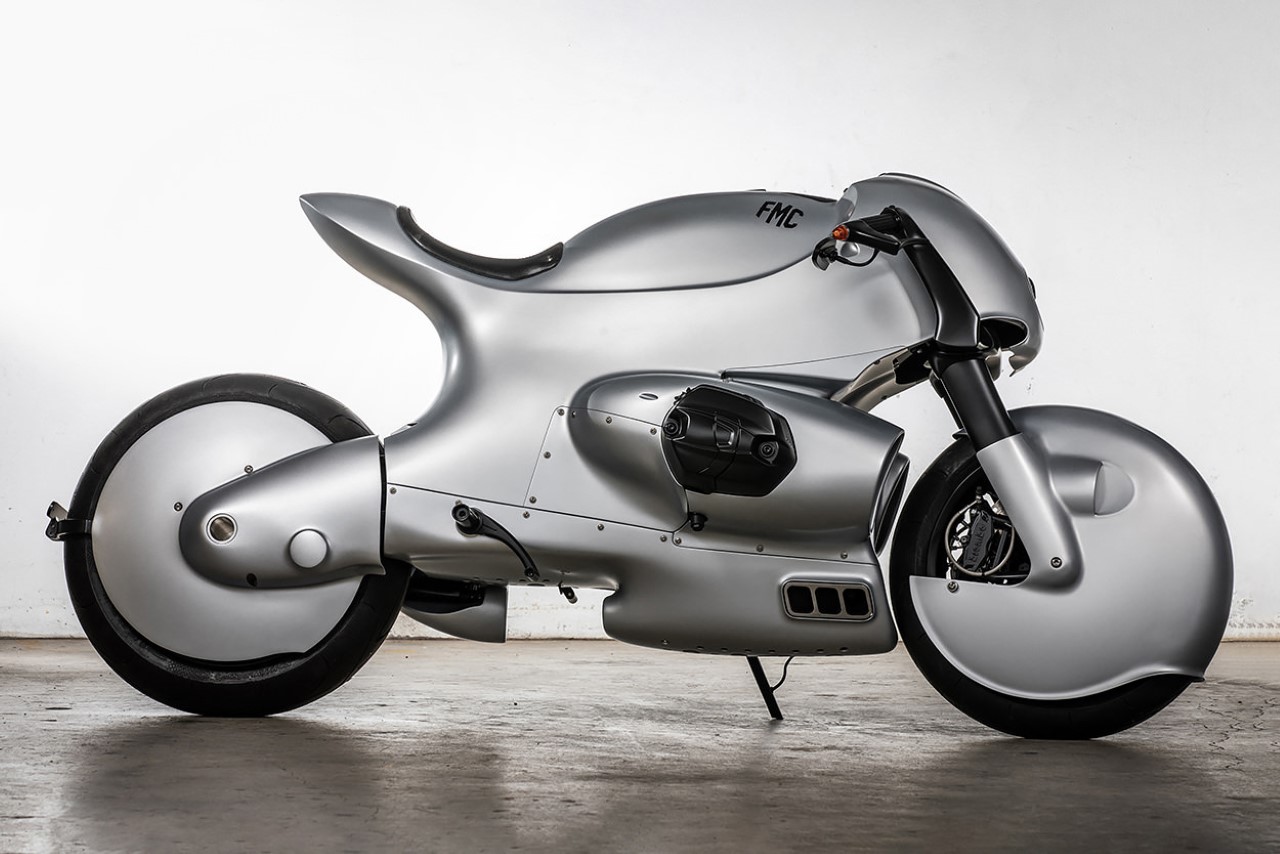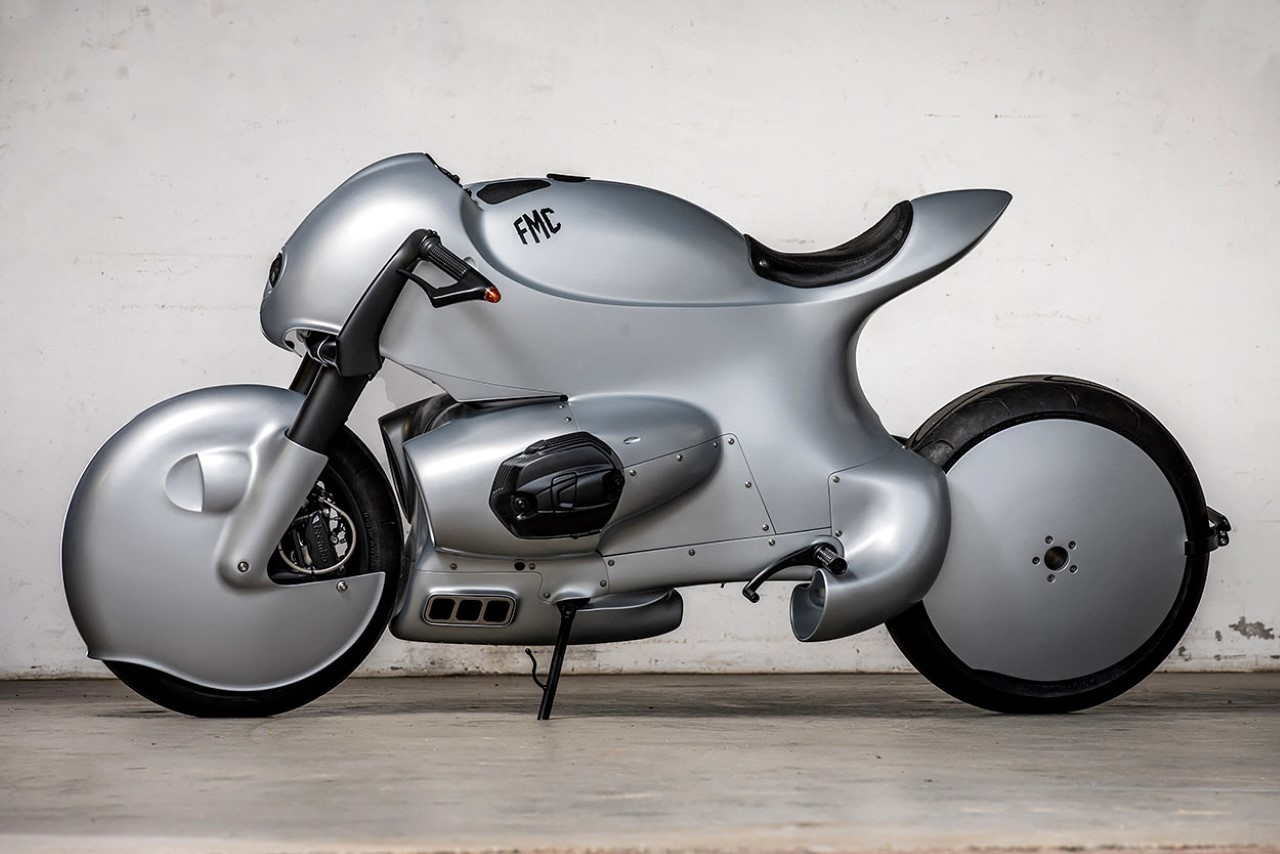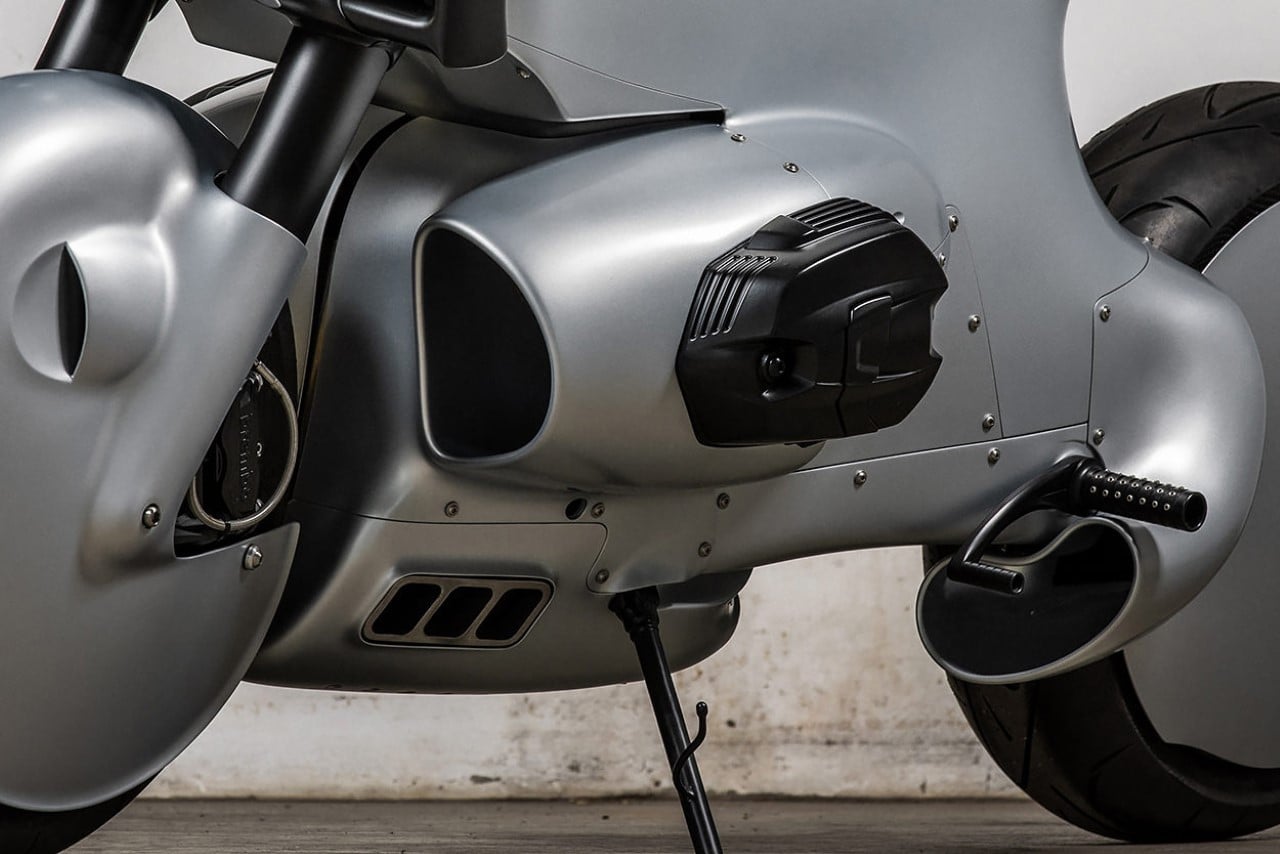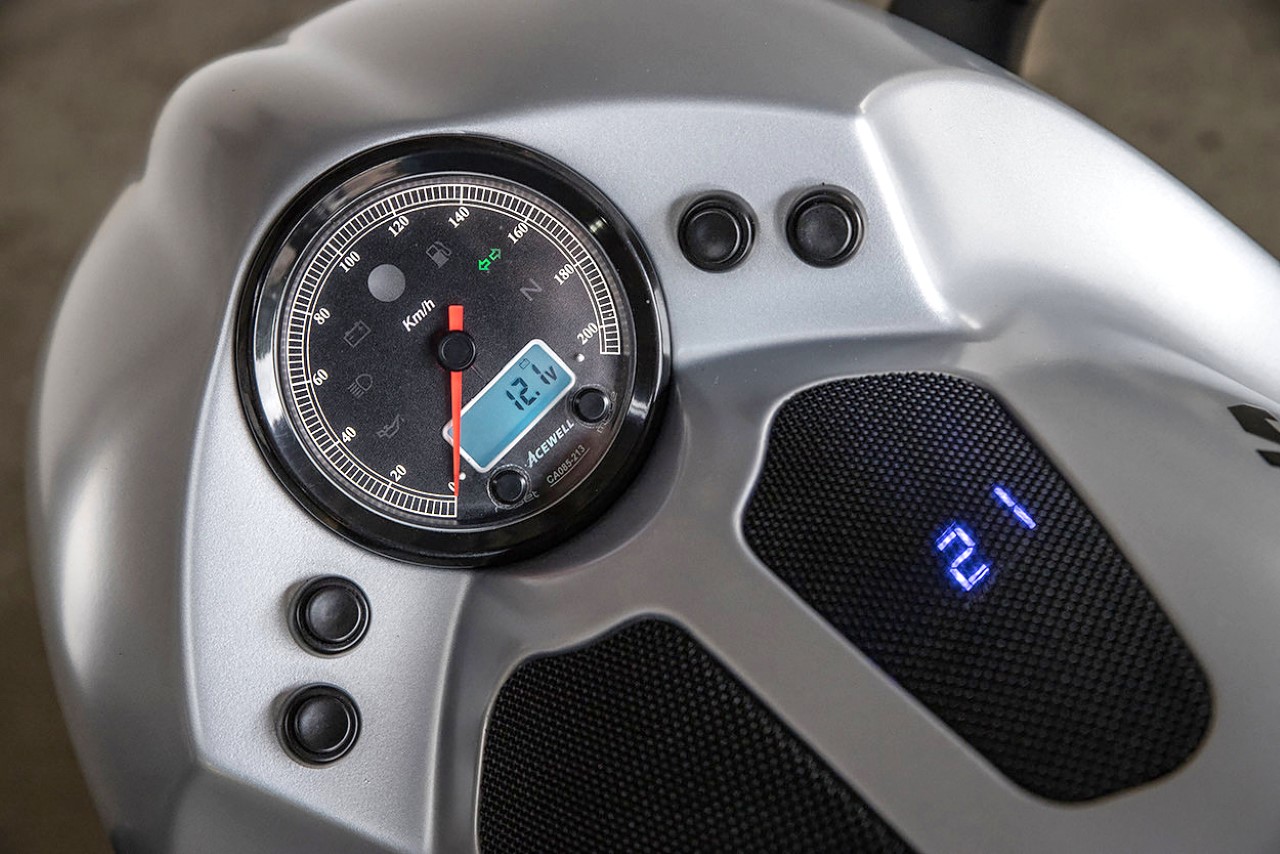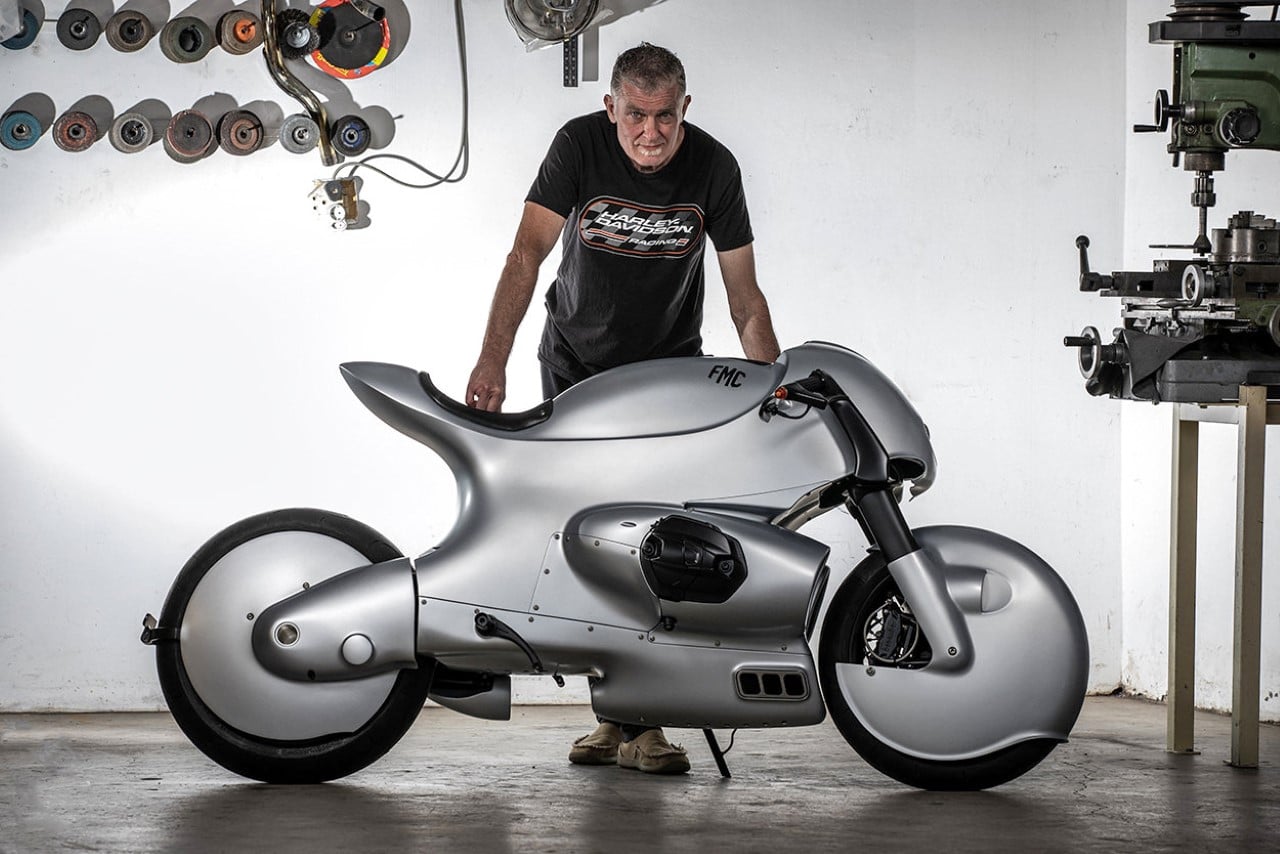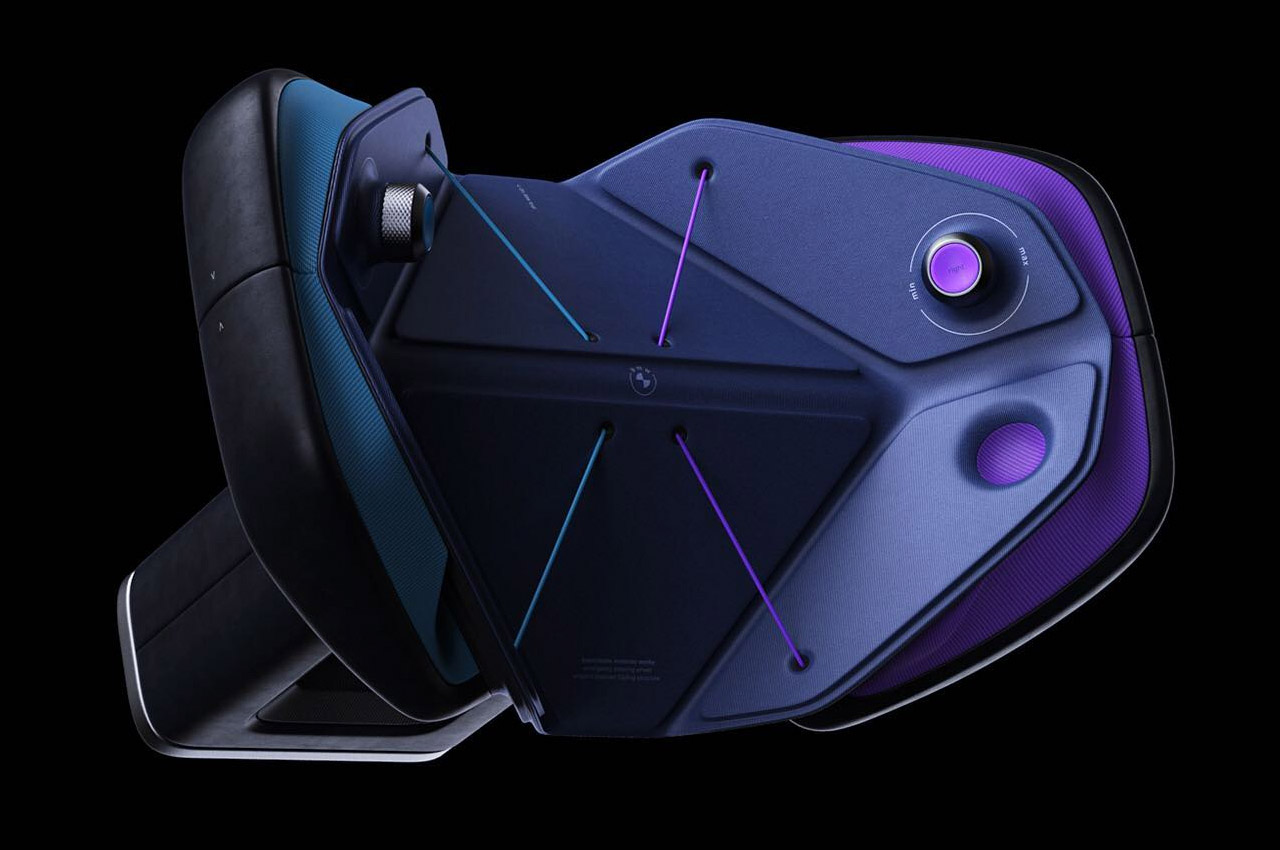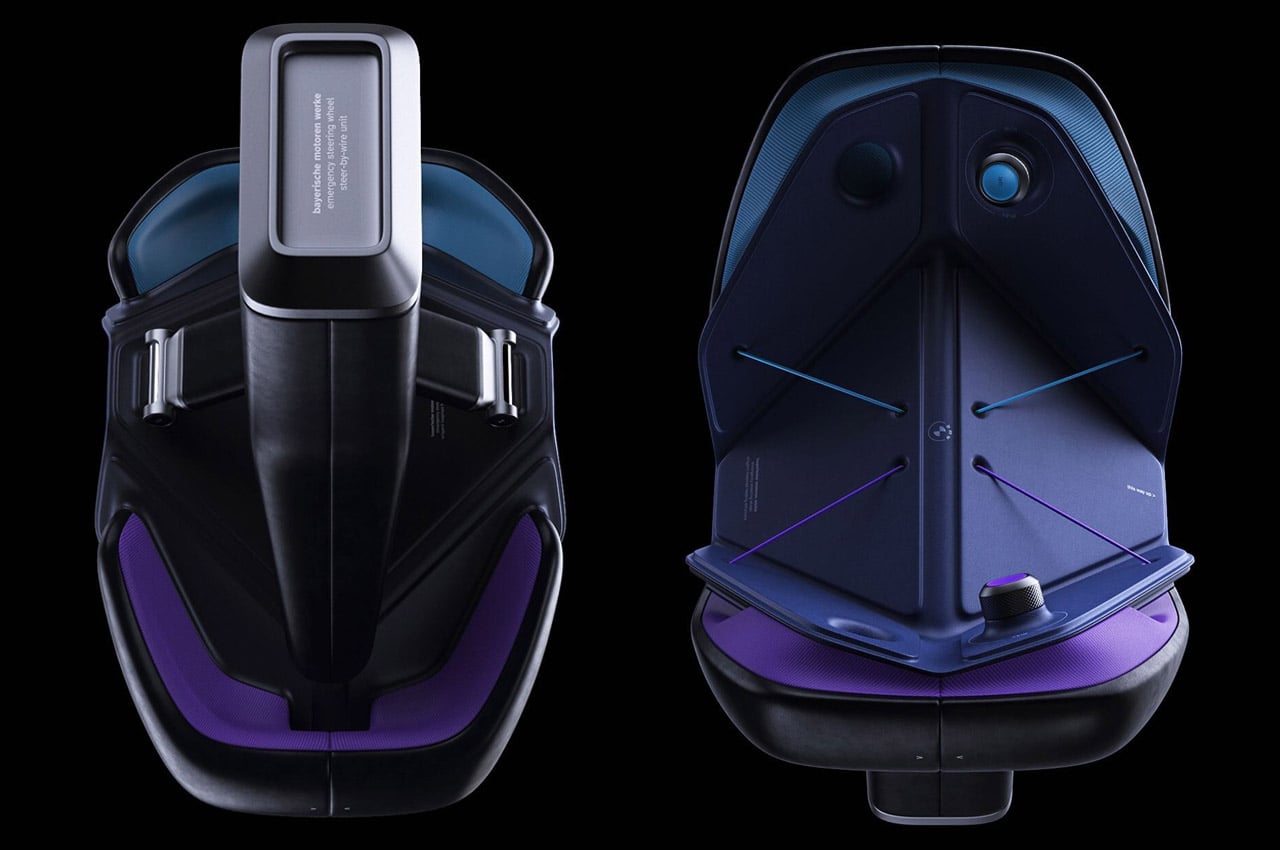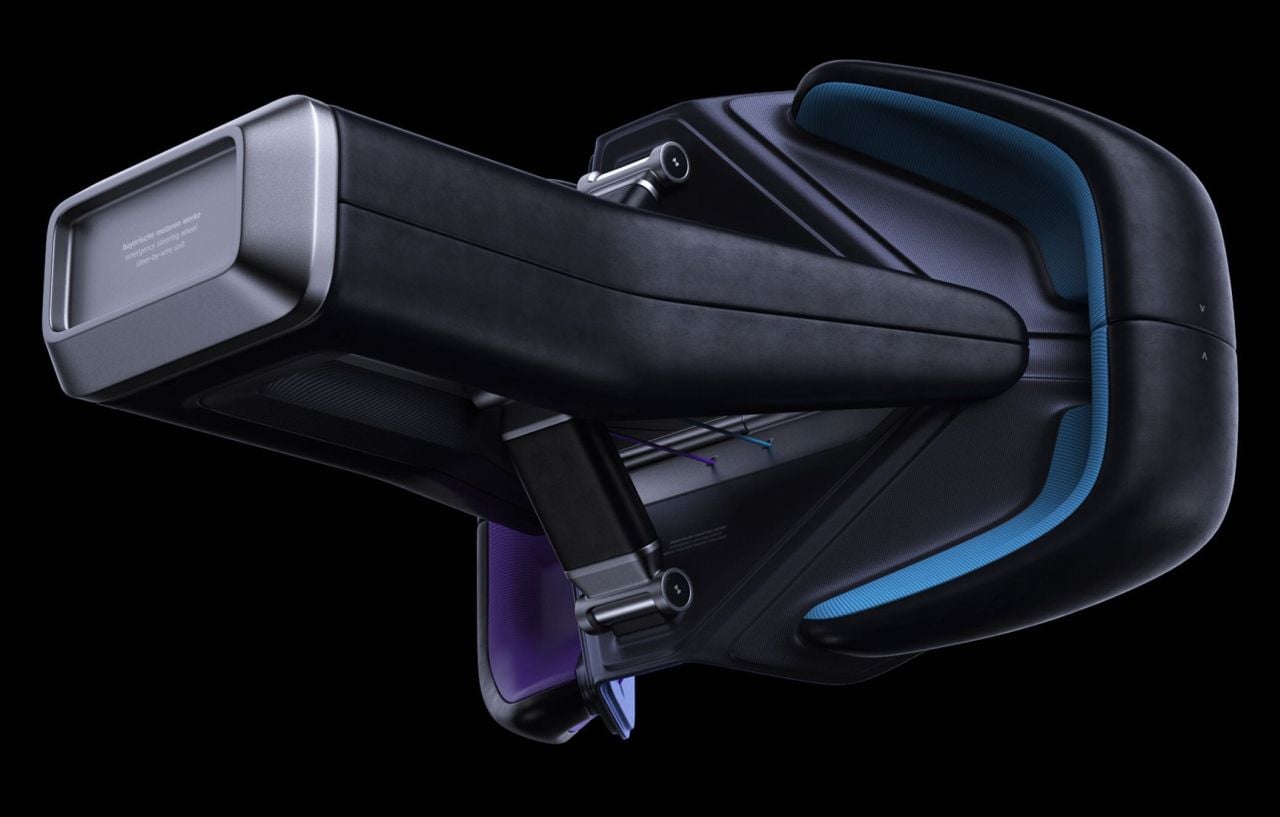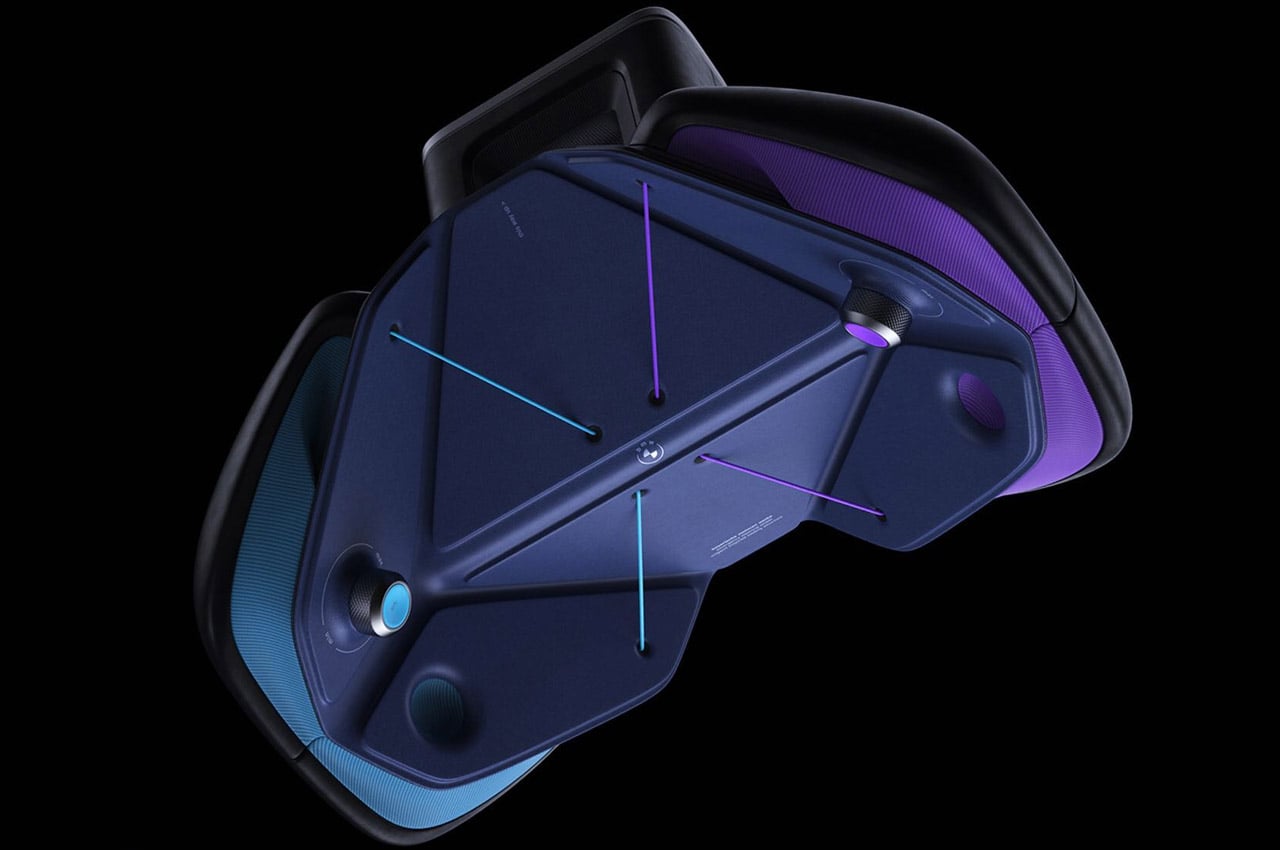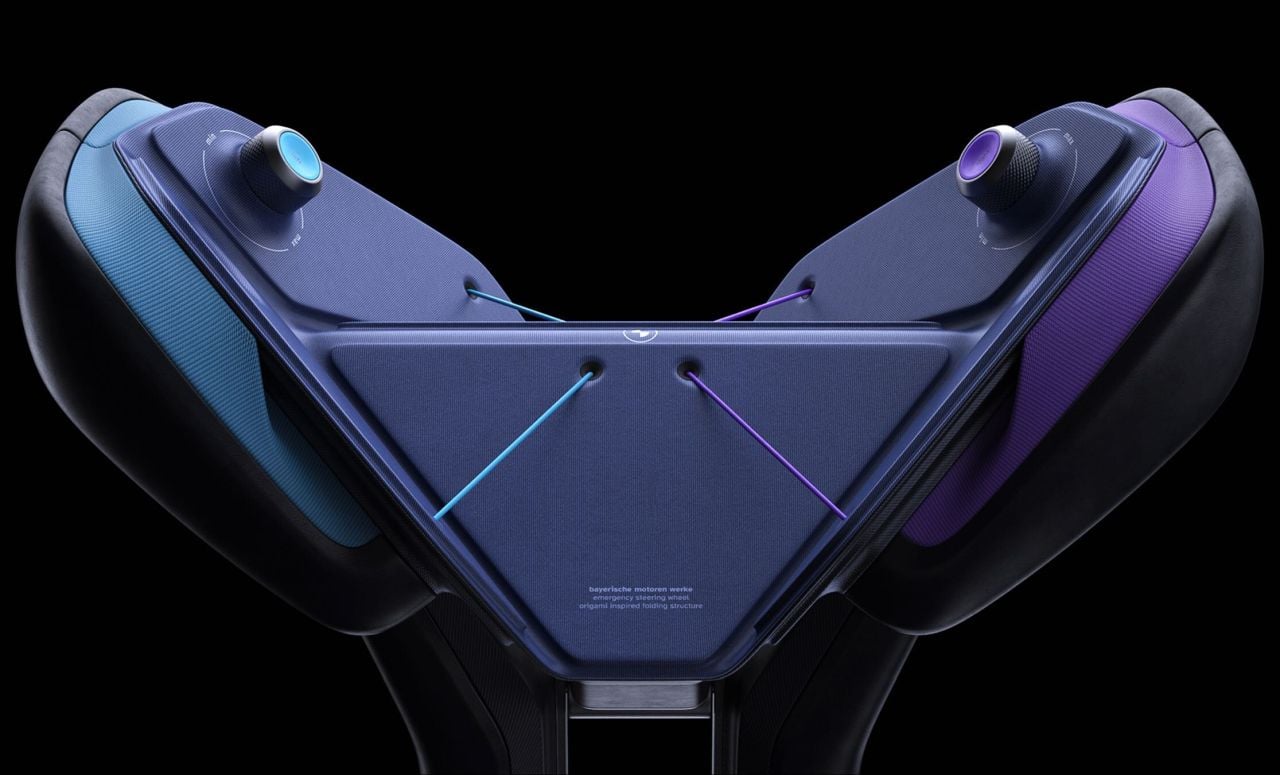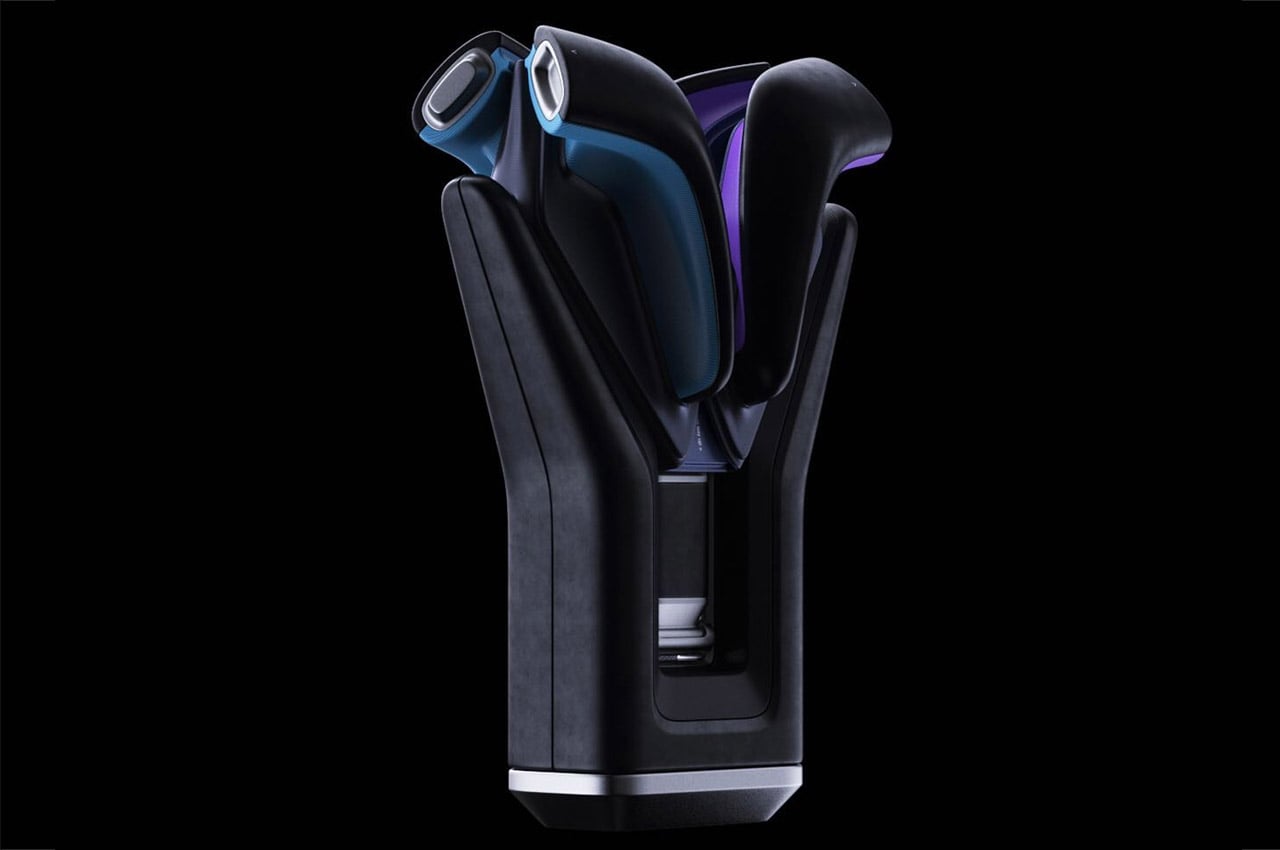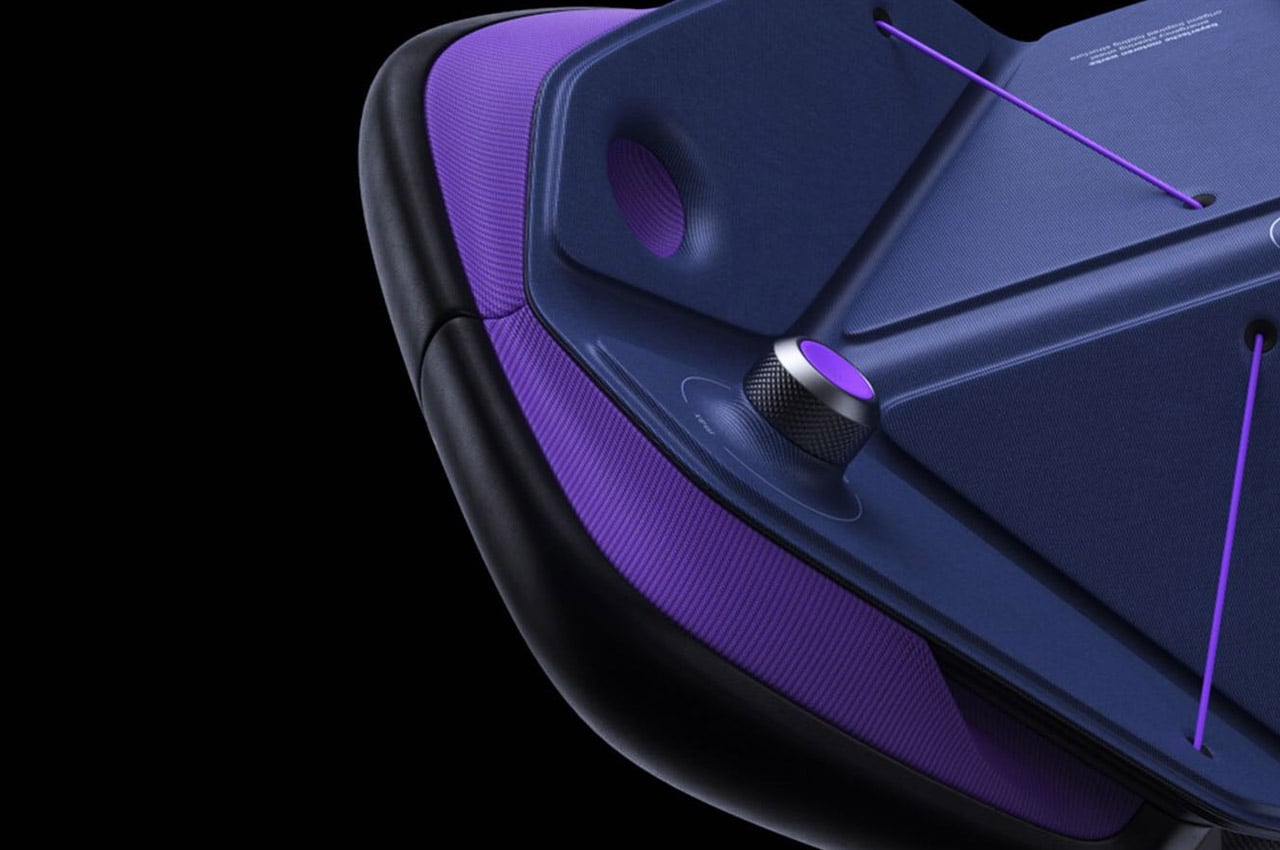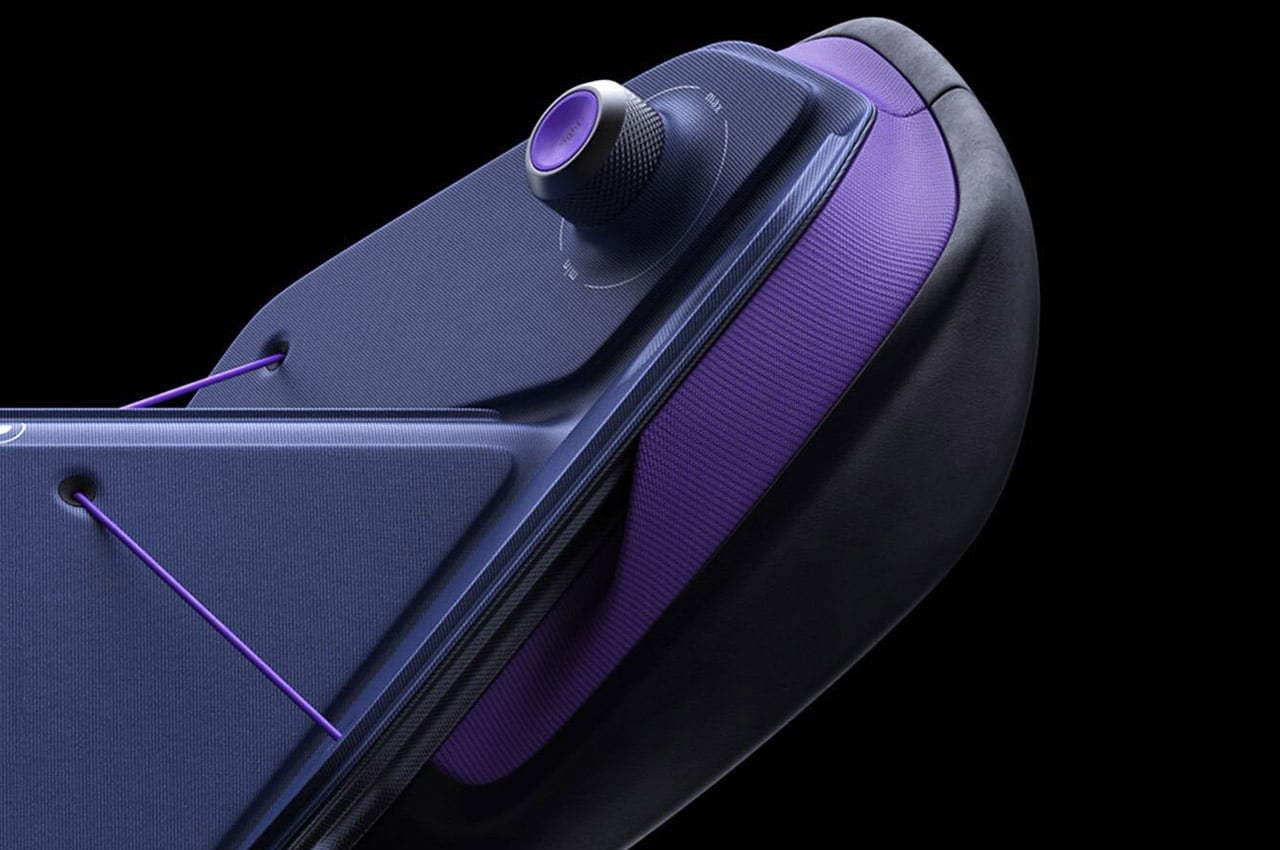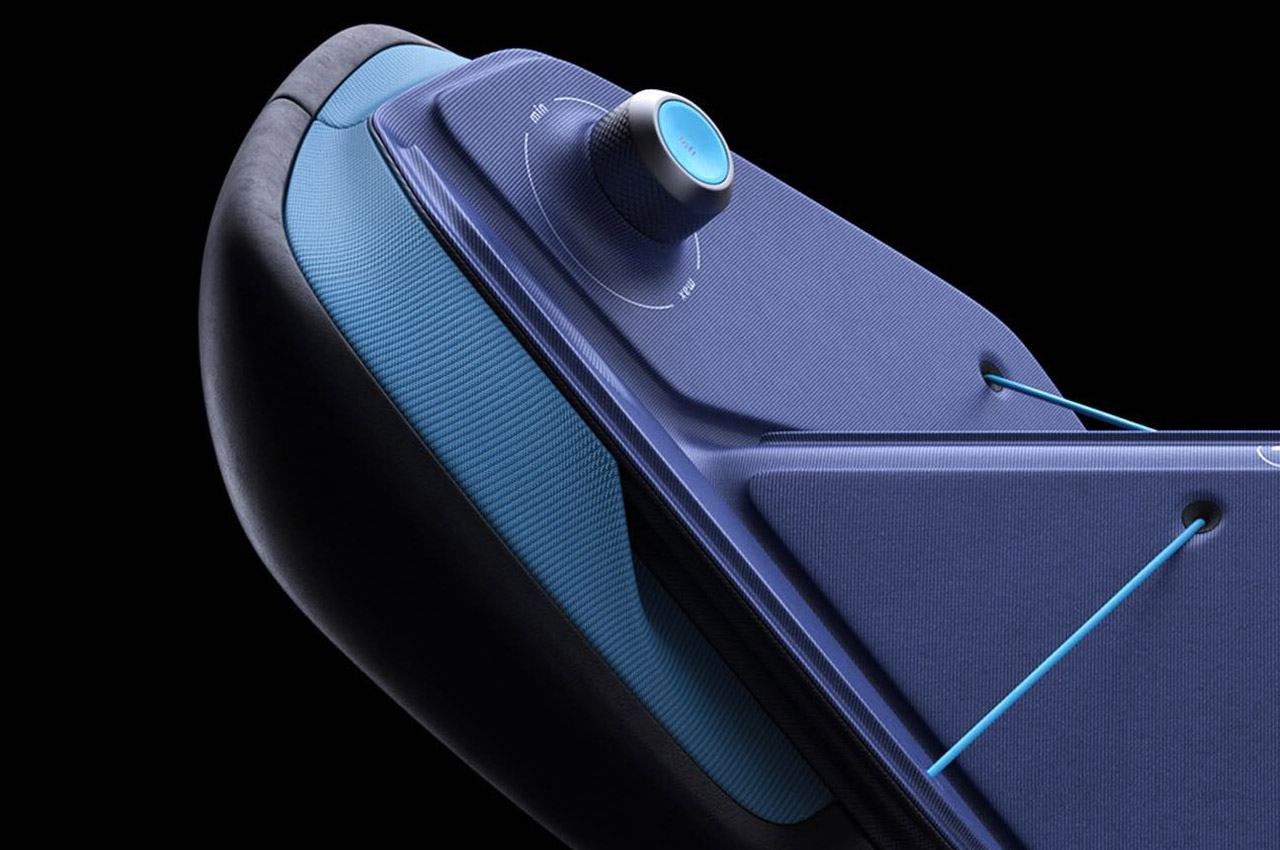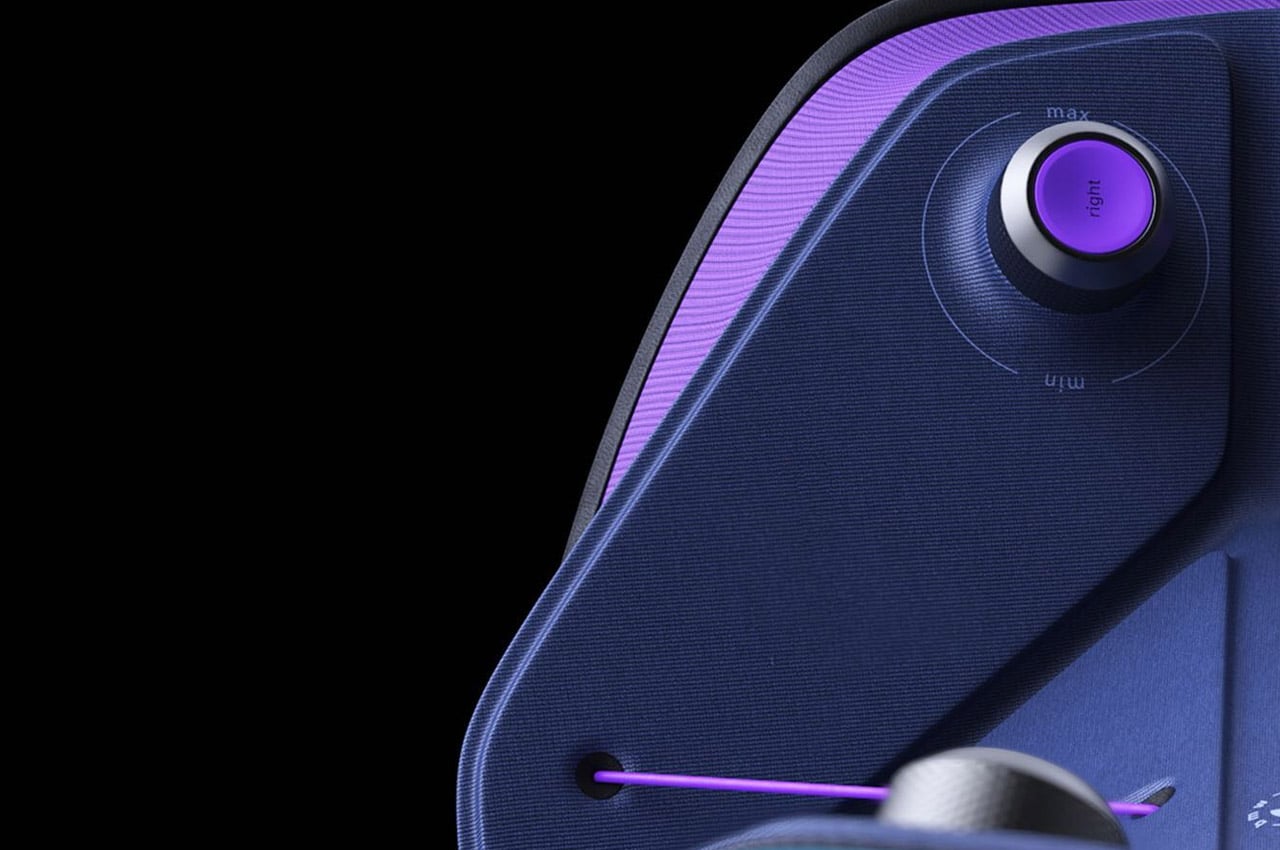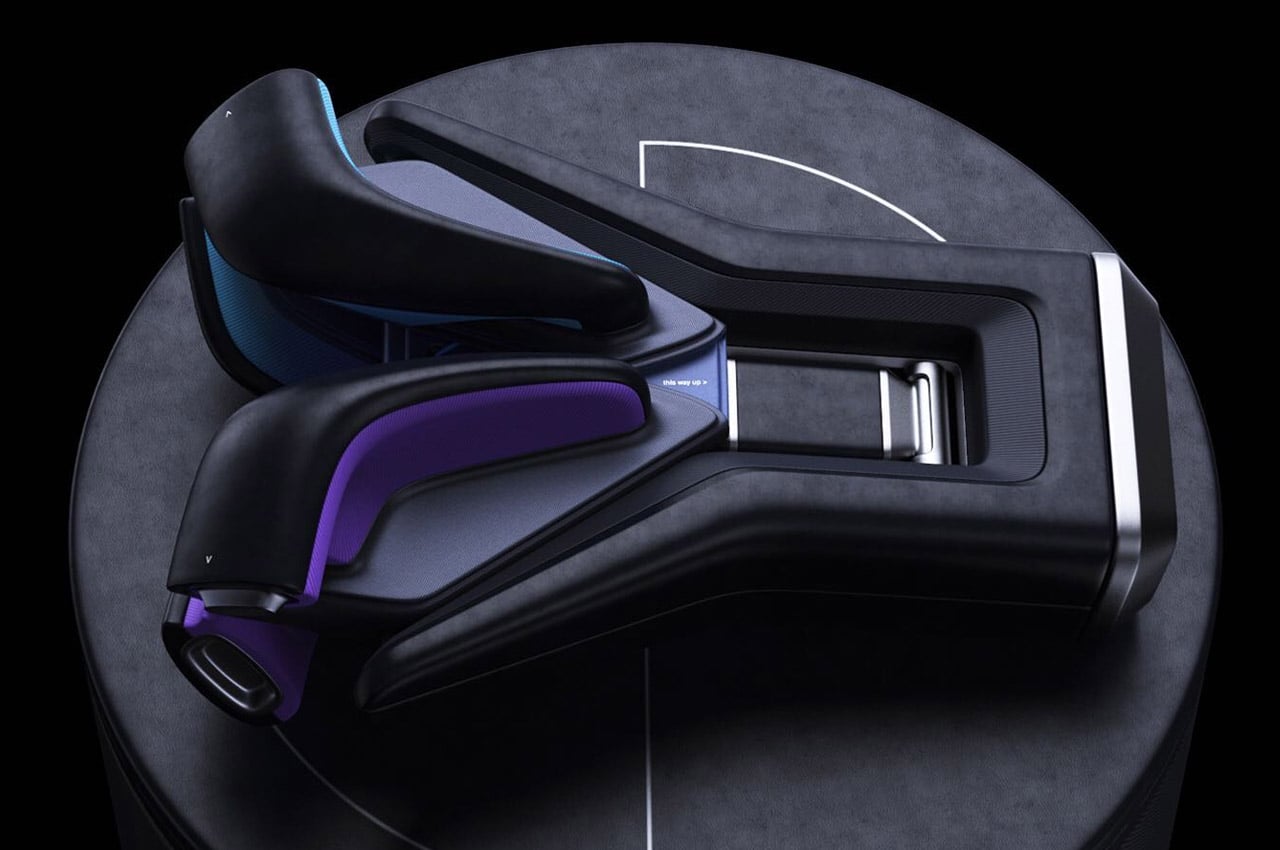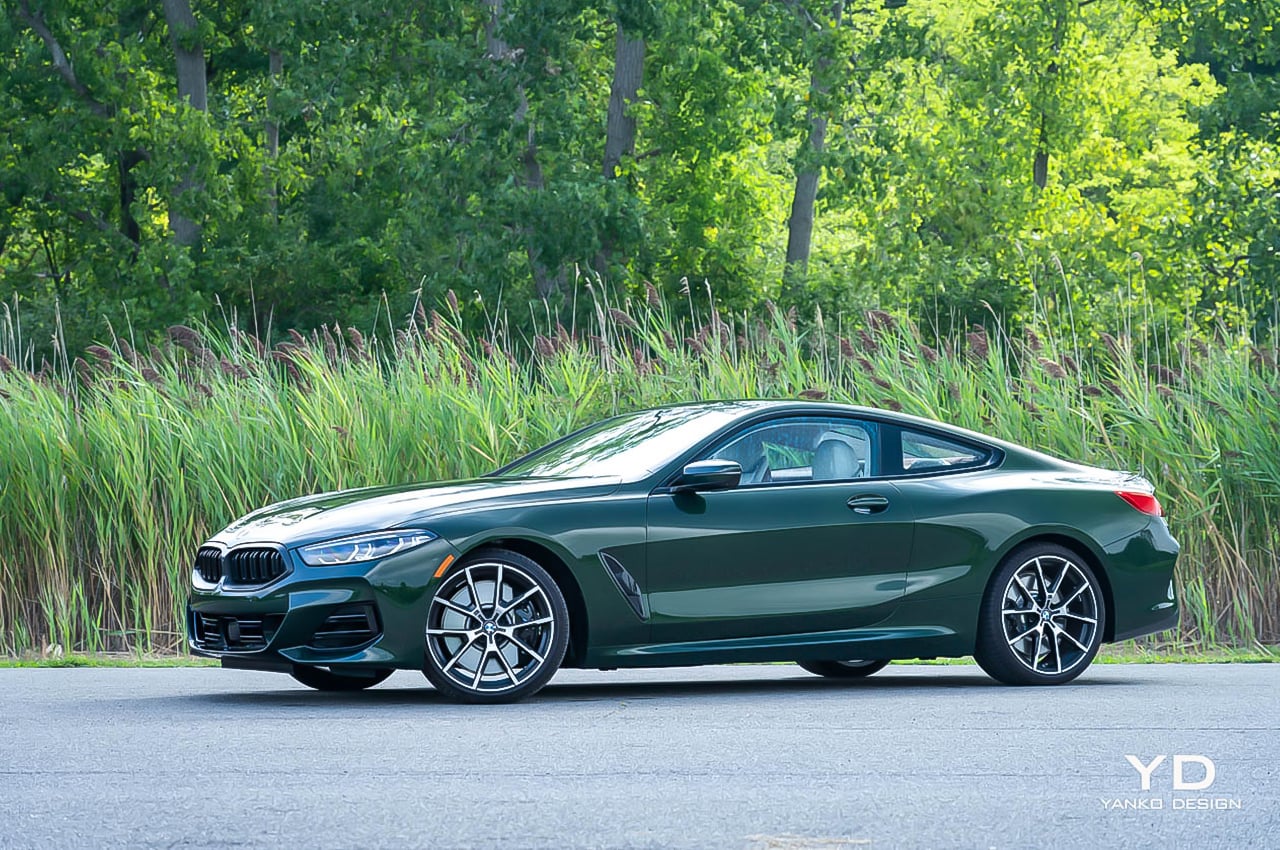
PROS:
- Big power and bigger torque
- Sharp styling hides massive proportions
- Comfortable, effortless performance
CONS:
- Performance comes at a cost
- Token rear seats won’t fit much
EDITOR'S QUOTE:
I headed for the twistiest, bumpiest set of roads I could find and the 840i did not disappoint in any way. This big coupe was always so very smooth and planted.
Green over tan isn’t traditional coloring on a German sports car, but then the BMW 840i Coupe isn’t exactly your traditional sports car. Long, low, and mean, the 840i is a grand tourer with the focus on “grand” — grand dimensions, grand styling, and, with 335 horsepower on tap, grand power, too.
How does it shape up? Stand by to be impressed.
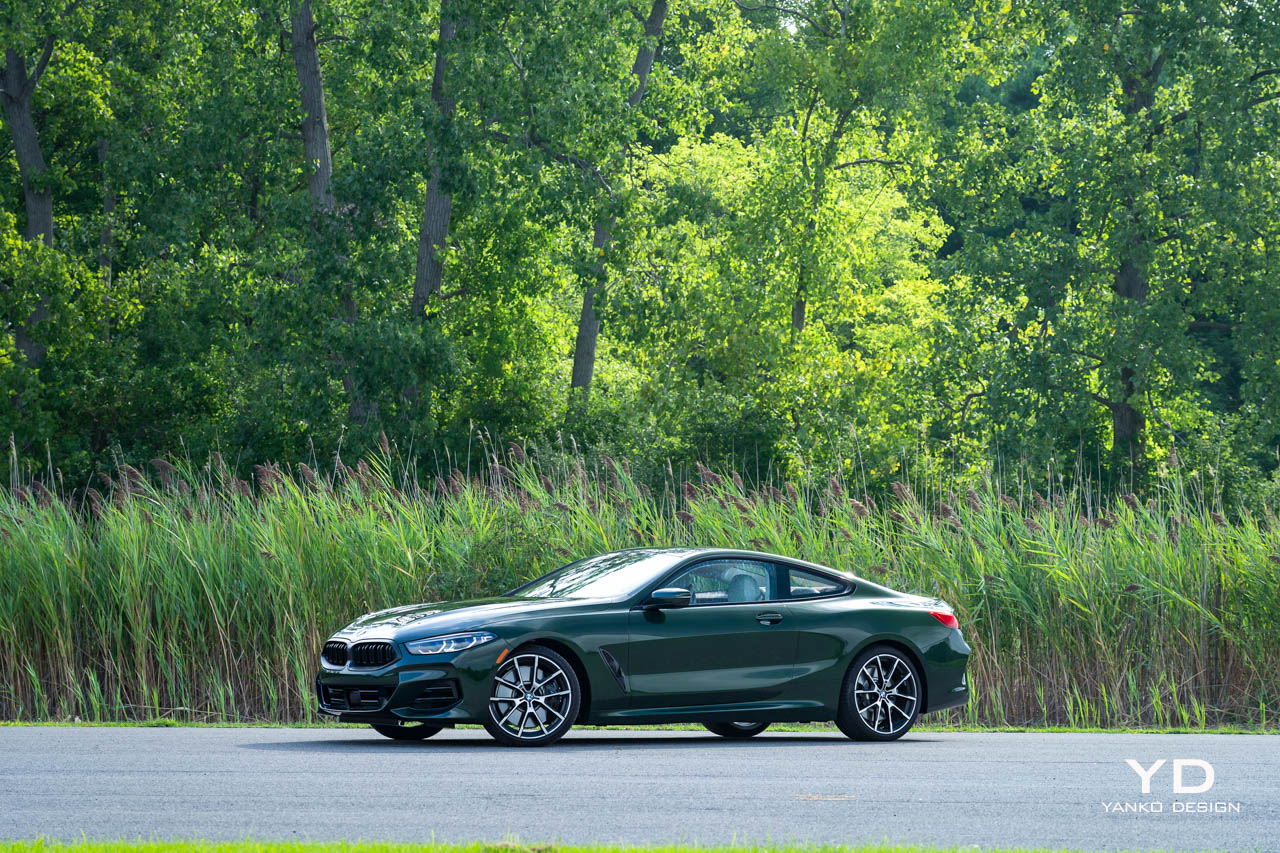
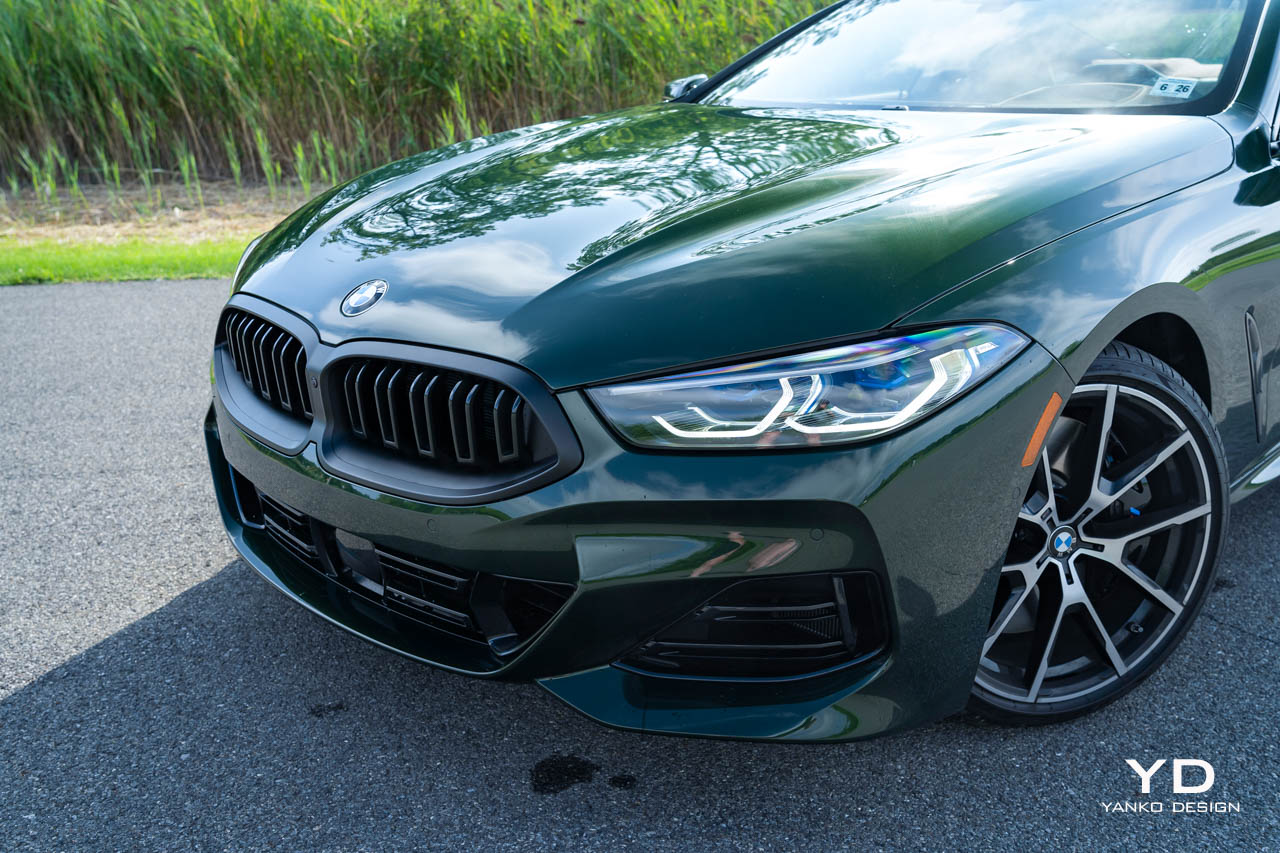
Grand Styling
The BMW 840i makes a striking first impression, especially in the shade of emerald green that you see here. BMW calls it San Remo Green Metallic, and it’s delightfully a no-cost option. Even if it did come with a financial premium, it’d be money well spent in my book for a hue that not only accentuates the big coupe’s big curves (especially those fenders), but also pairs so very nicely with the various black highlights on this, the xDrive with a pair of M Sport packages.
Those packages come with BMW’s Shadowline detailing, which blacks out a lot of what would otherwise be chrome, including the trim around the windows, headlights, and grille. Black and the green are a great combo, made a little more bright by the two-tone, polished, 20-inch wheels, a $1,300 option wrapped in Pirelli P-Zero tires.
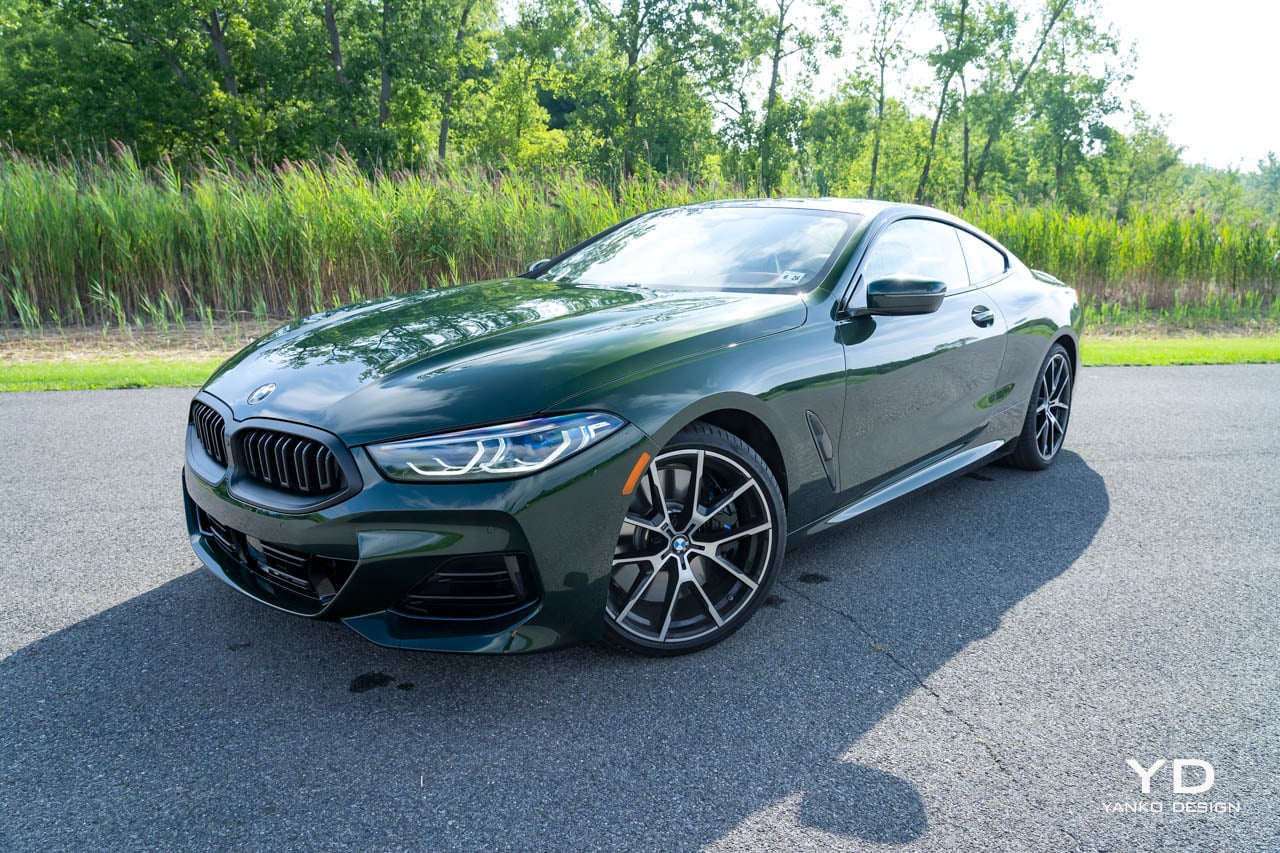
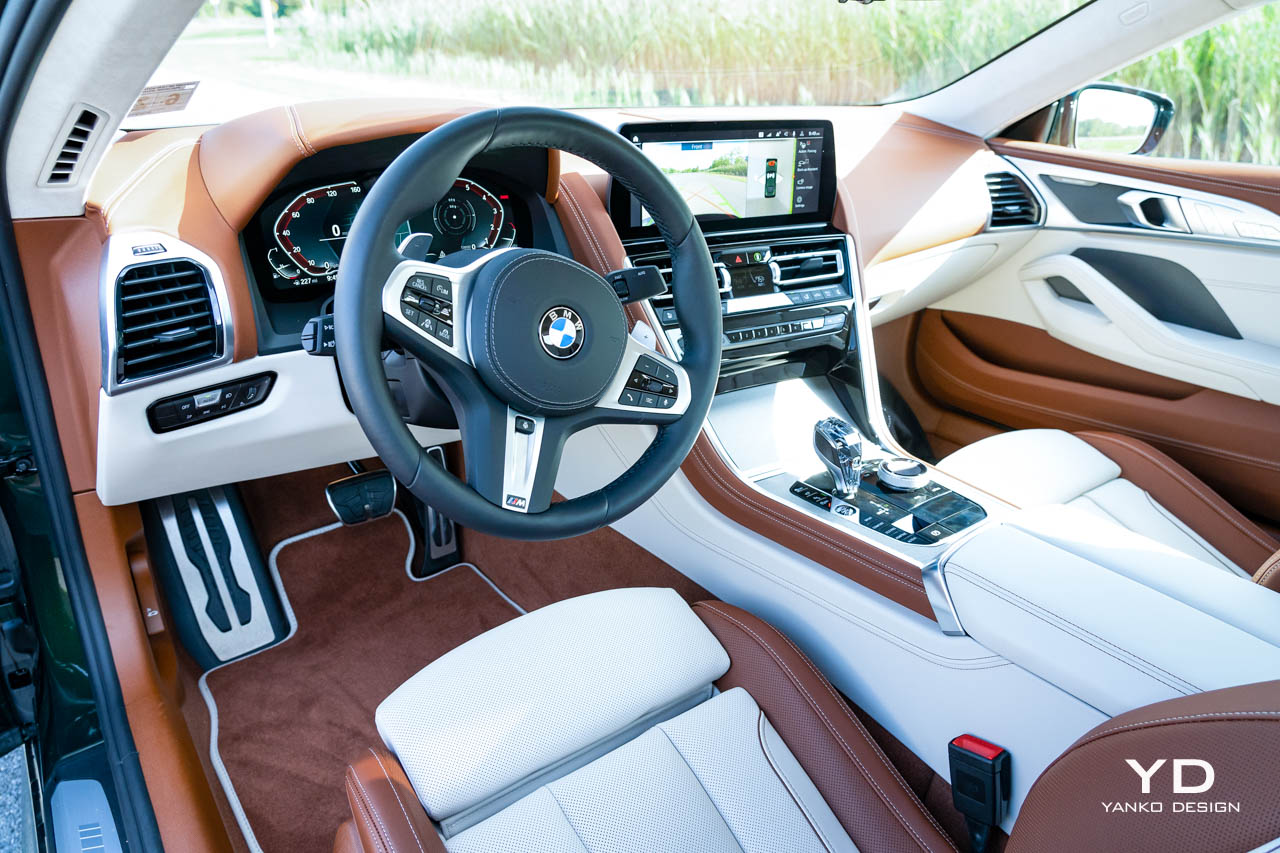
Those wheels fill out the massive fenders and give the car a definite, purposeful look that’s a little bit lacking on the four-door Gran Coupe flavor of the 8 Series. It’s a subtle difference between the two flavors of the same car, but the more direct line from roof to rear spoiler on the Coupe is much cleaner to me, leading to a rear end that is thoroughly creased and perforated.
On the inside, the 840i follows the templates of many modern BMWs, a more traditional interior than the radical iX, but eminently comfortable and purposeful. Really, though, on this particular car it’s not the layout or the patterns used inside the two long, sweeping doors that stands out.
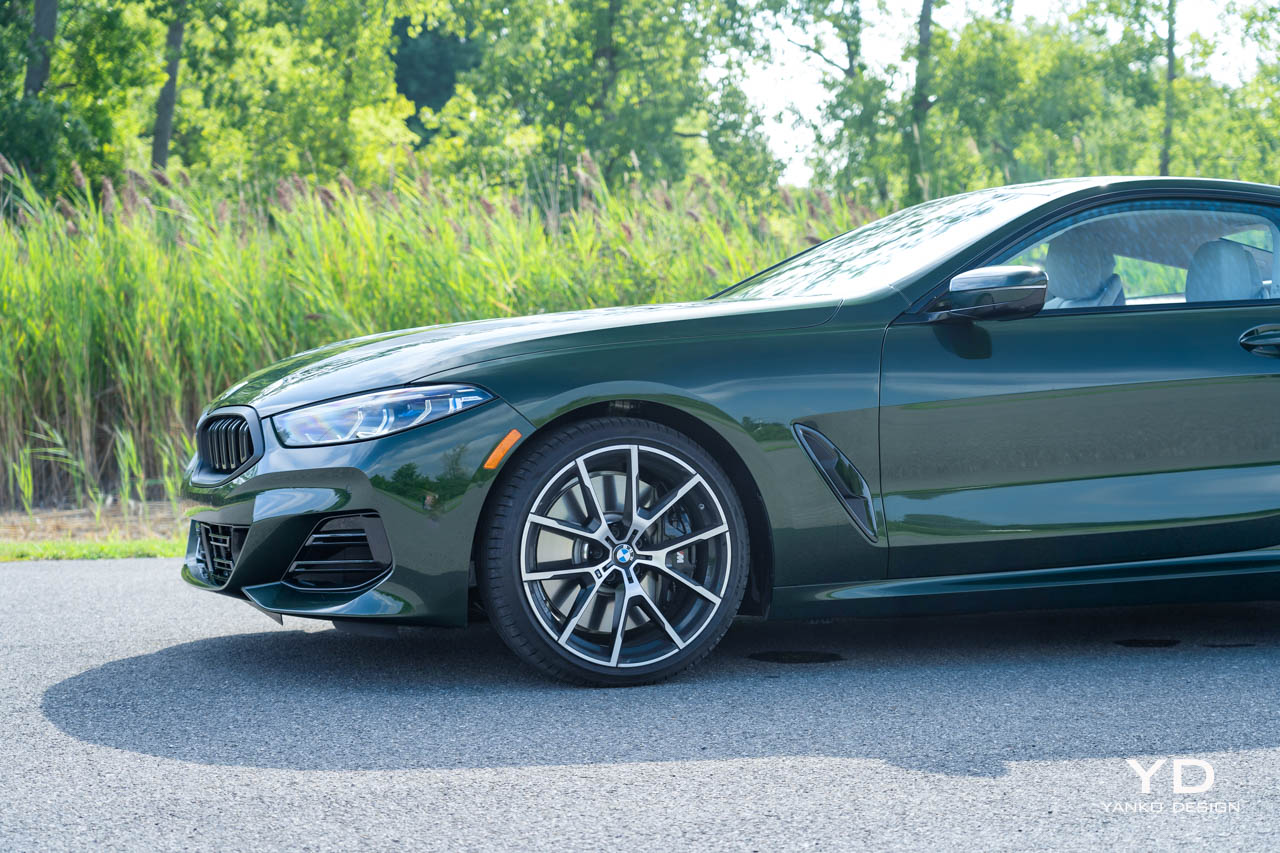
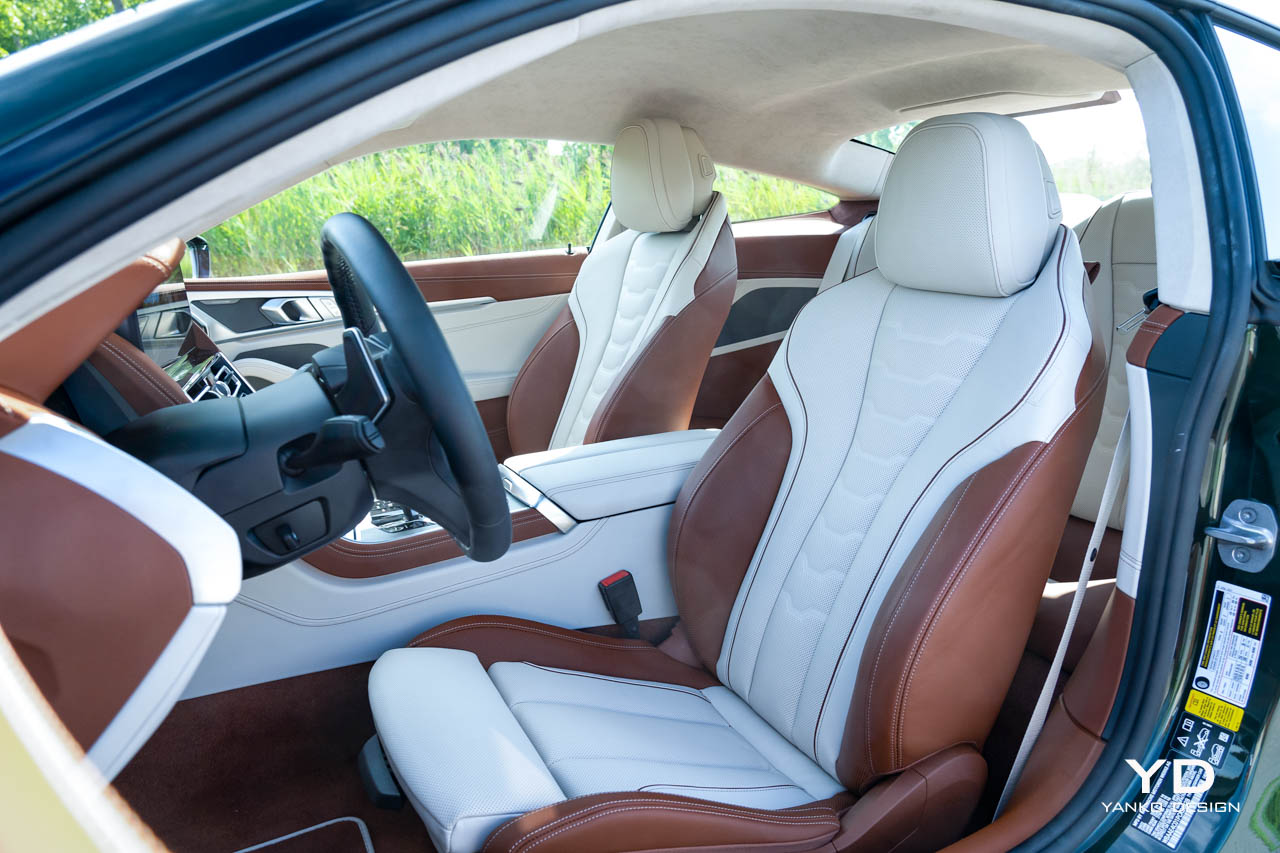
No, instead it’s the righteous two-tone interior that really opens peoples’ eyes and elicits the most comments. Never have I seen an interior that was so very polarizing. I must admit that my first reaction was to recoil (I am, in general, not a fan of two-tone anything), but within a few minutes of looking about I was quickly won over.
Dark, tan leather frames the cabin and the seats, with white inserts providing a stark contrast. Each seat almost looks like a baseball inside of a traditional leather glove. This is not for everyone, maybe not even for most, but at the end of my week with this car I’d grown to love it. I’m not sure I’d pay the extra $2,000 for it, though.
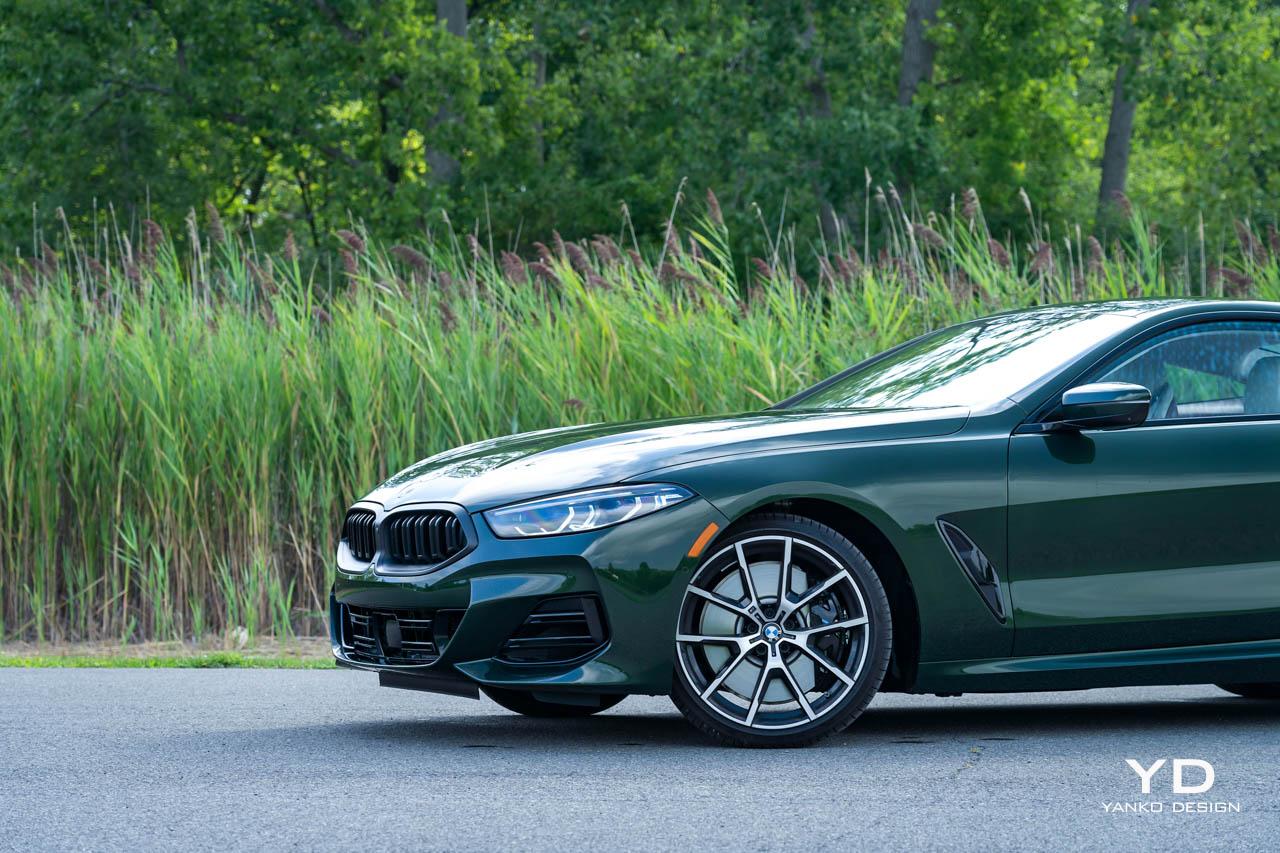
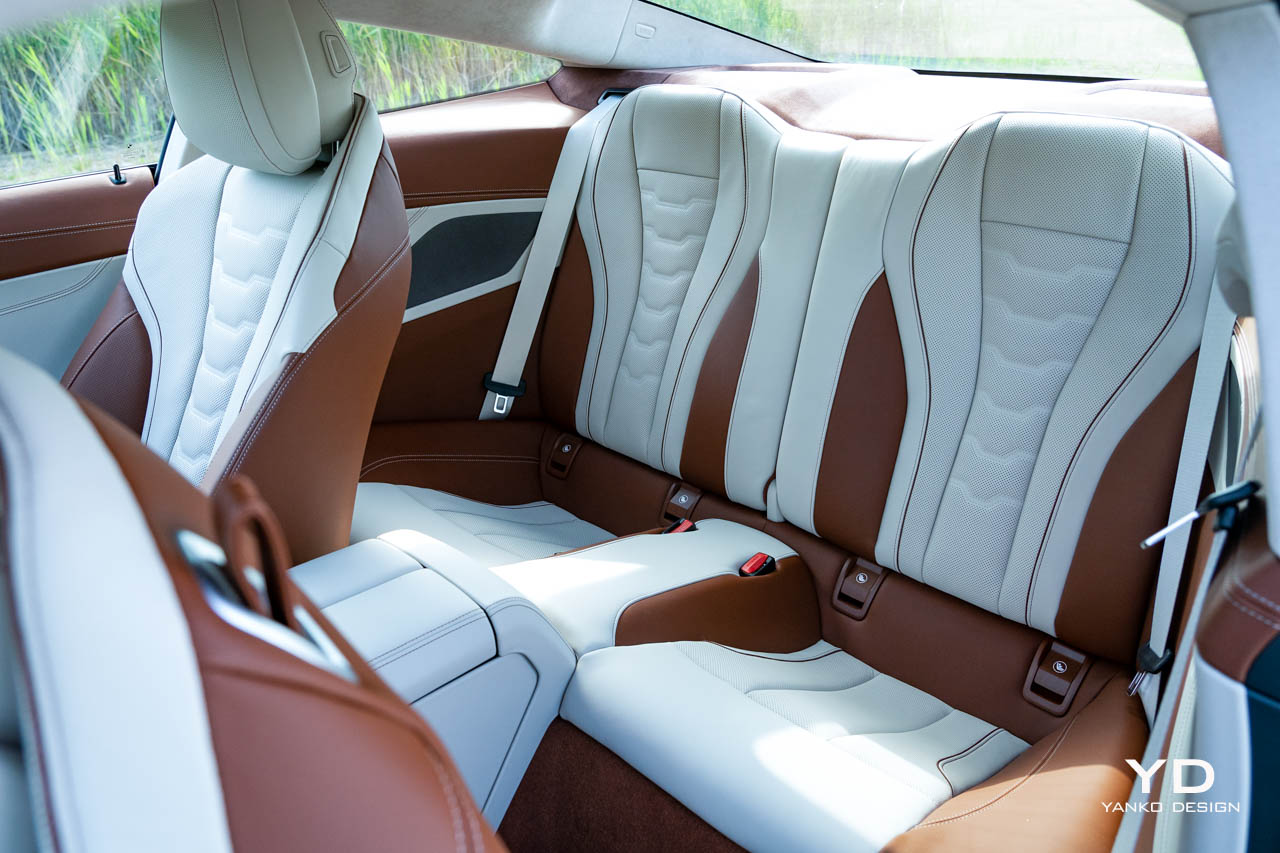
All that flash is capped off, literally, with a soft, sueded headliner in the same light cream color that looks and feels fantastic, arching overhead then cutting downward sharply over the rear seats — such as they are. There’s no sunroof here, which is a bonus in my book, as it’d just compromise headroom. And, with the light coloring here, everything looks plenty airy without.
There isn’t, however, room for much air in those rear seats. In fact there isn’t room for much of anything. I set the driver’s seat to where I wanted it, then hopped in the back and pulled the seatback upright. The driver’s seat then started to motor itself back into position, slowly but surely crushing my feet like the trash compactor in Star Wars Episode IV.
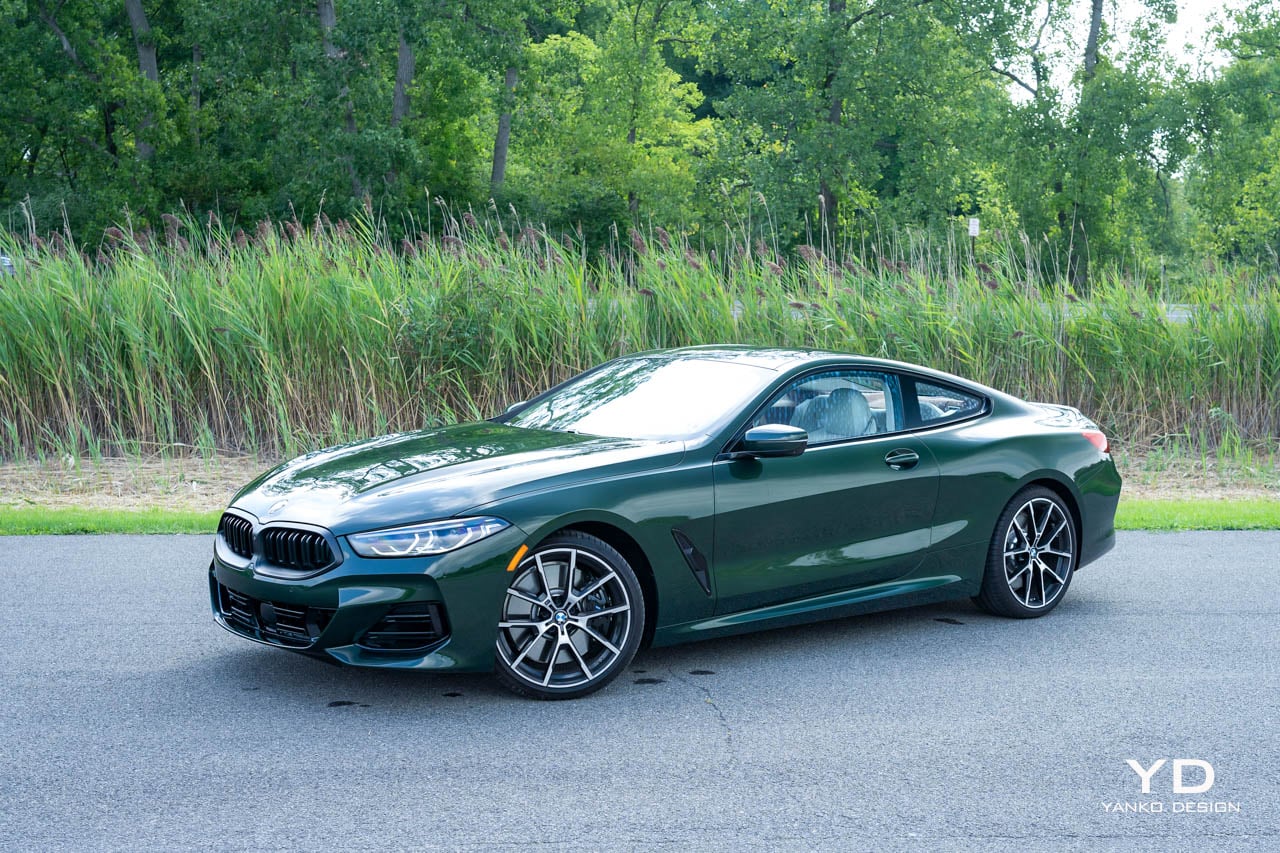
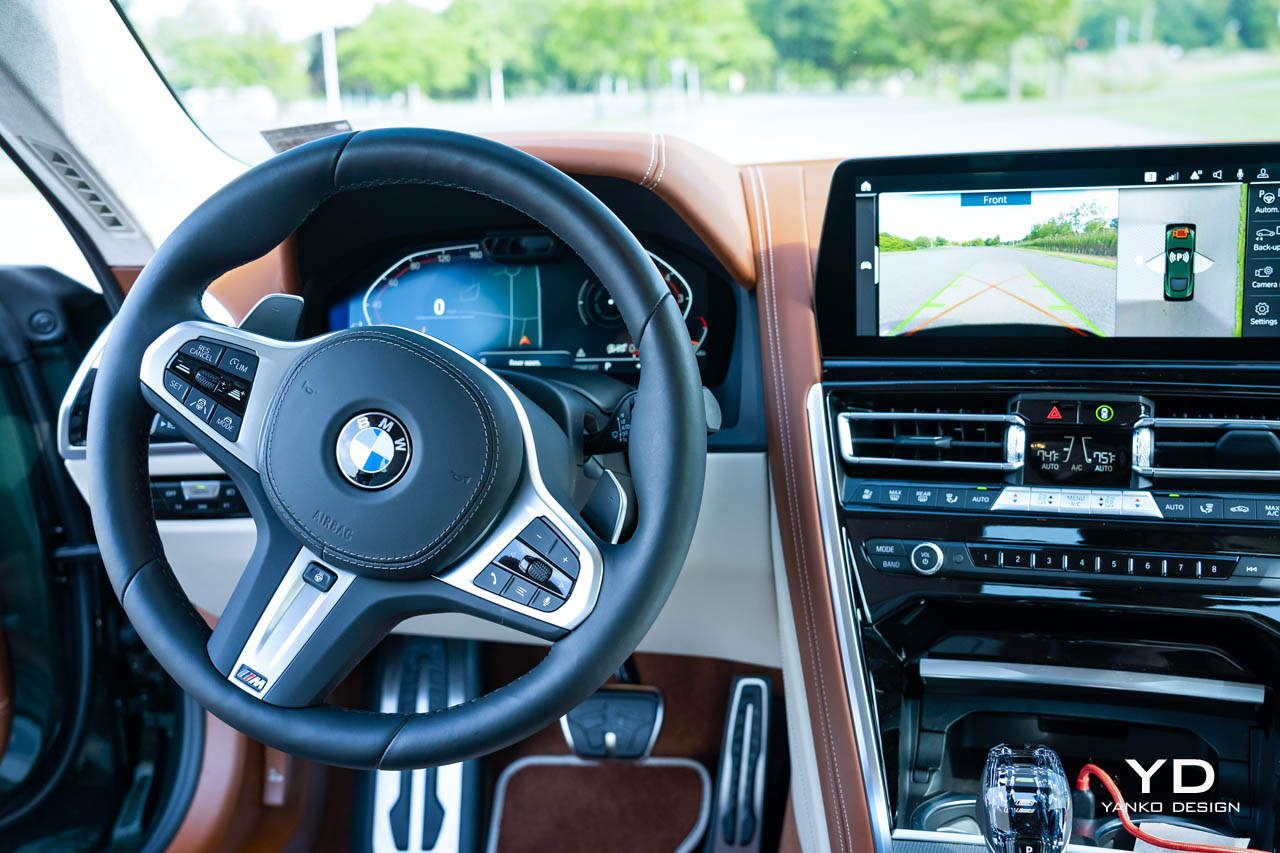
I confess I may have squealed a little bit as I yanked my feet upright, pulling them right out of my already-trapped shoes, which were summarily squashed beneath the unstoppable rearward progression of that seat. Suffice to say, manually move your seat all the way forward before slotting any passengers in the back.
Those passengers will need to be short. Not only was there no room for my feet but my head didn’t have a place to go, either. Sitting upright, my ear pressed firmly into that lovely, plush headliner running along the ceiling.
None of this should come as any surprise and I really don’t hold it against the Coupe. Those rear seats are token gestures more than anything. Their most important feature is that they easily fold down to make room for long bags. There is, however, no pass-through for skis or the like.
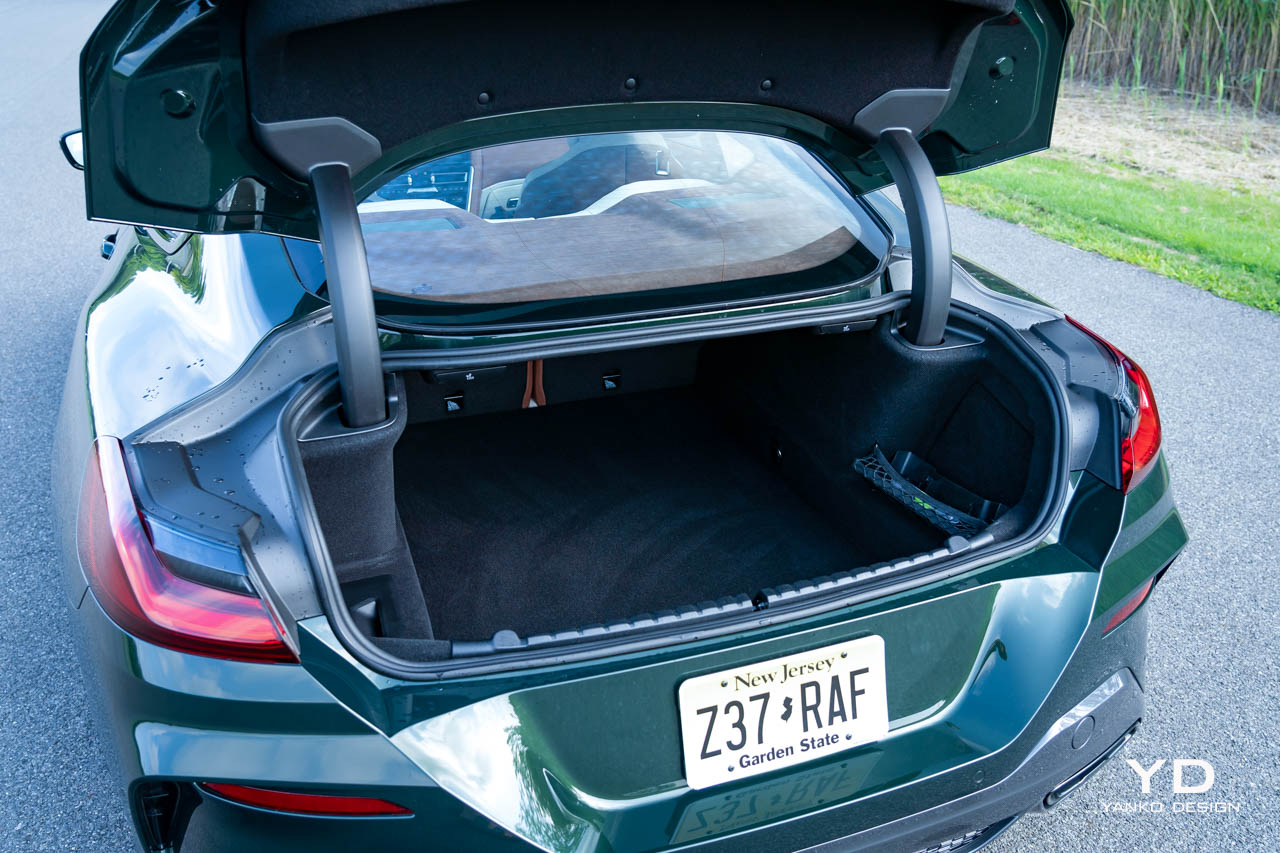
Grand touring
My first drives in the 840i Coupe were long stretches on open country roads and even more open highways. These were the sorts of things this car was designed for — clearly, though, BMW engineers had higher speed limits in mind than American roads provide.
The 3.0-liter, turbocharged inline-six here is a venerable thing, available in many a BMW model large and small. Here it performs admirably, doing 29 mpg on the highway when cruising, its digitally augmented acoustics offering a suitably low growl when accelerating, increasing in volume and pitch along with speed. The torque of the straight-six surges early and just keeps on pushing until you’ve reached the limit of your risk tolerance.
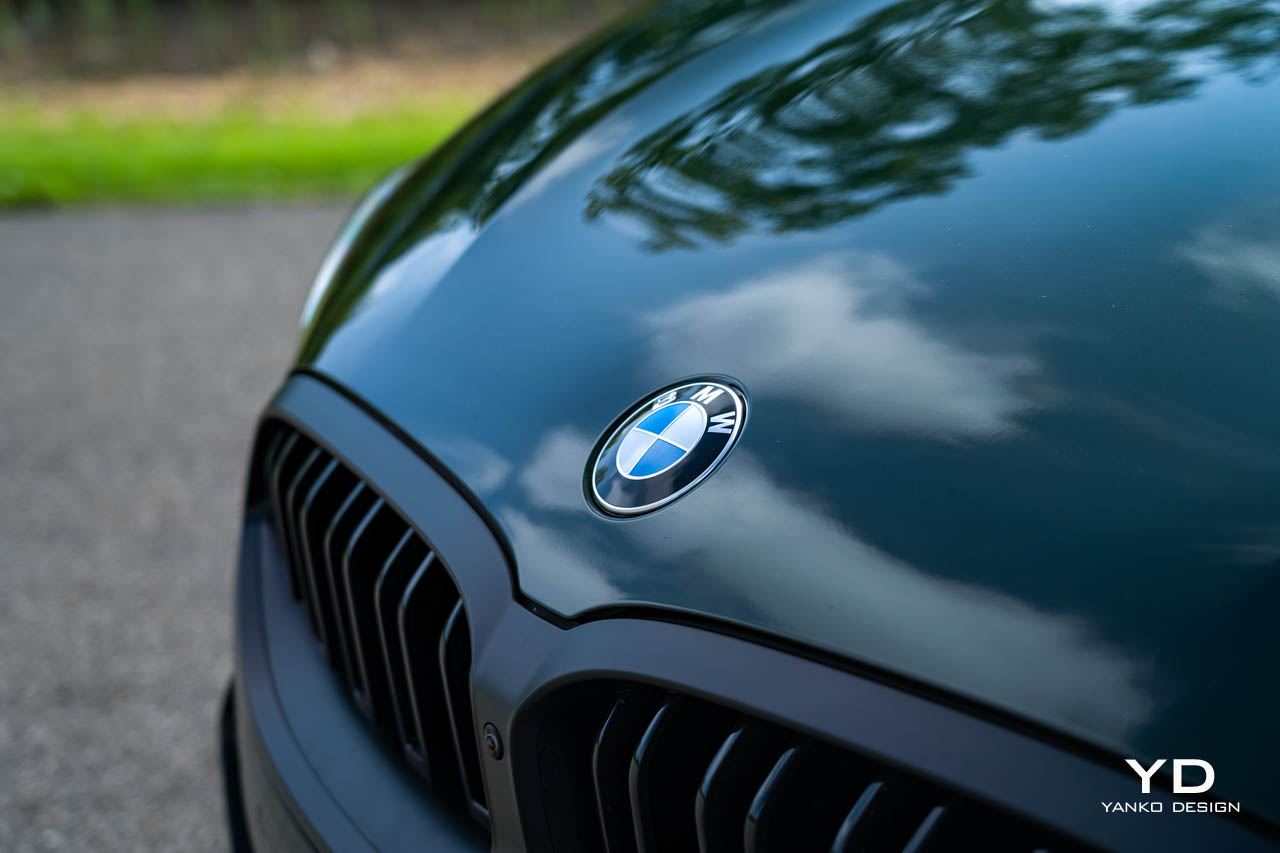
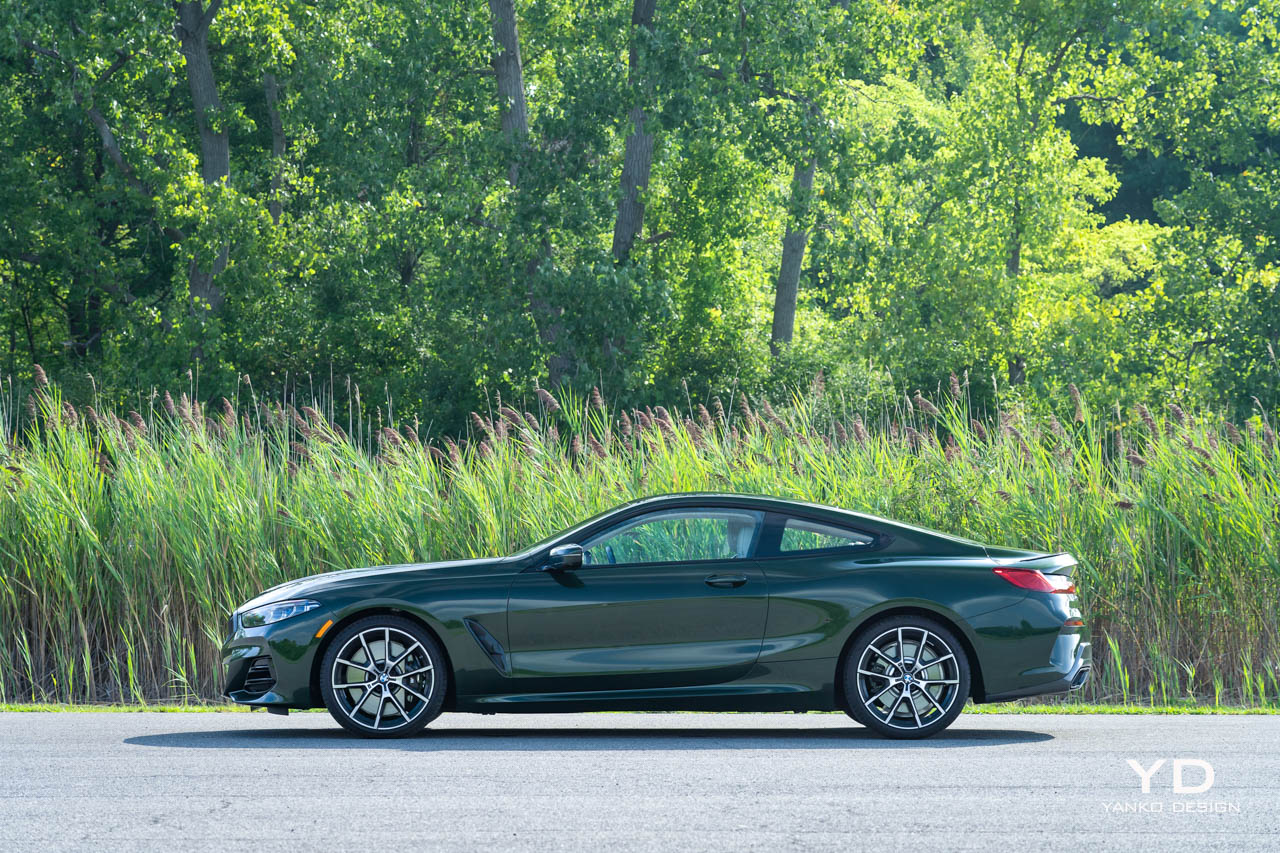
That of course means effortless passing in any situation, though if you’re in comfort mode you’ll likely need to grab for one of the wheel-mounted shift paddles as the shifting is understandably lazy. That’s perfectly fine, of course. That’s why those paddles are there.
Cruising along broken asphalt the big BMW offers commendable ride quality, but particularly harsh bumps do result in a bit of a crash of noise and vibration. Blame the 20-inch wheels and tires, which look so good I’m willing to forgive a bit of harshness here and there.
Generally, though, the BMW is calm, composed, and quiet. Only the hum of the exhaust intrudes at speed, reminding you that you’re piloting something special.
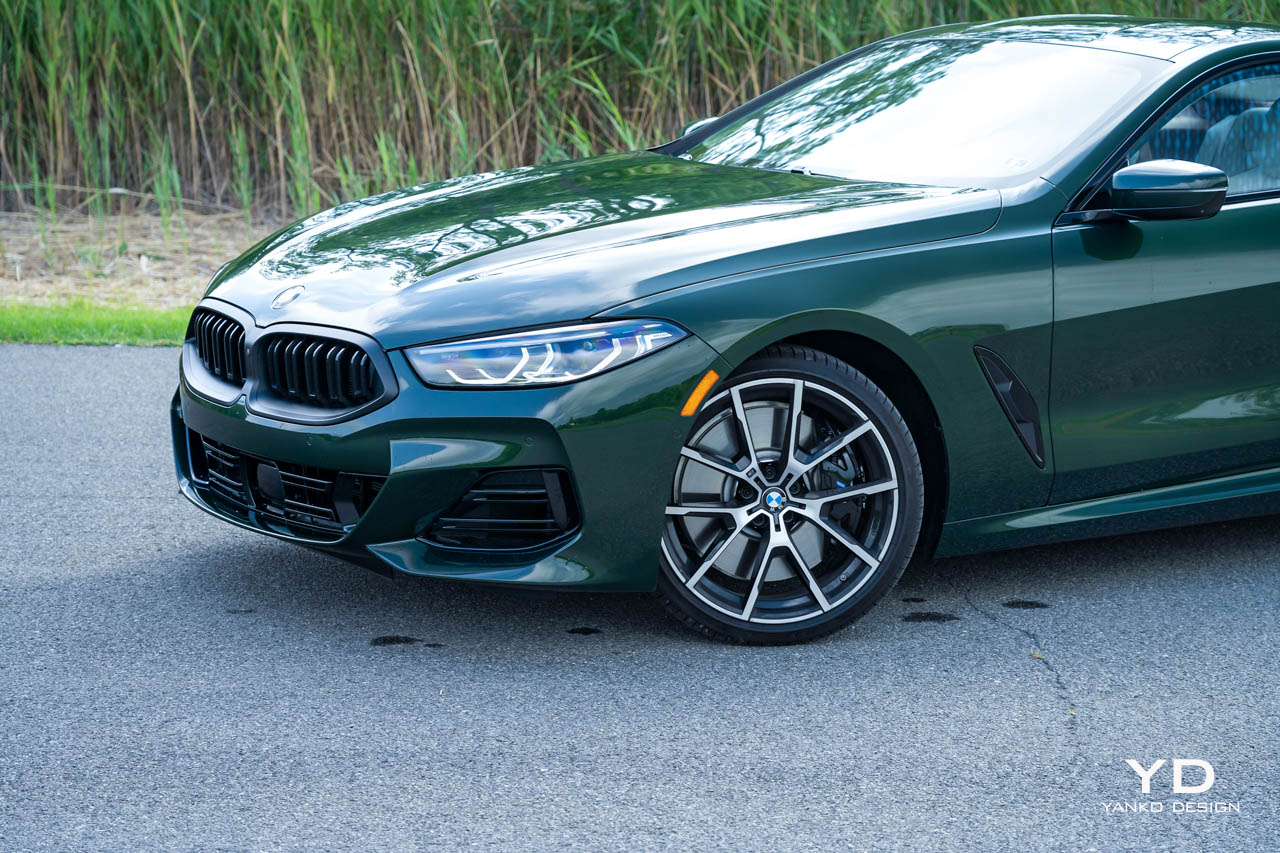
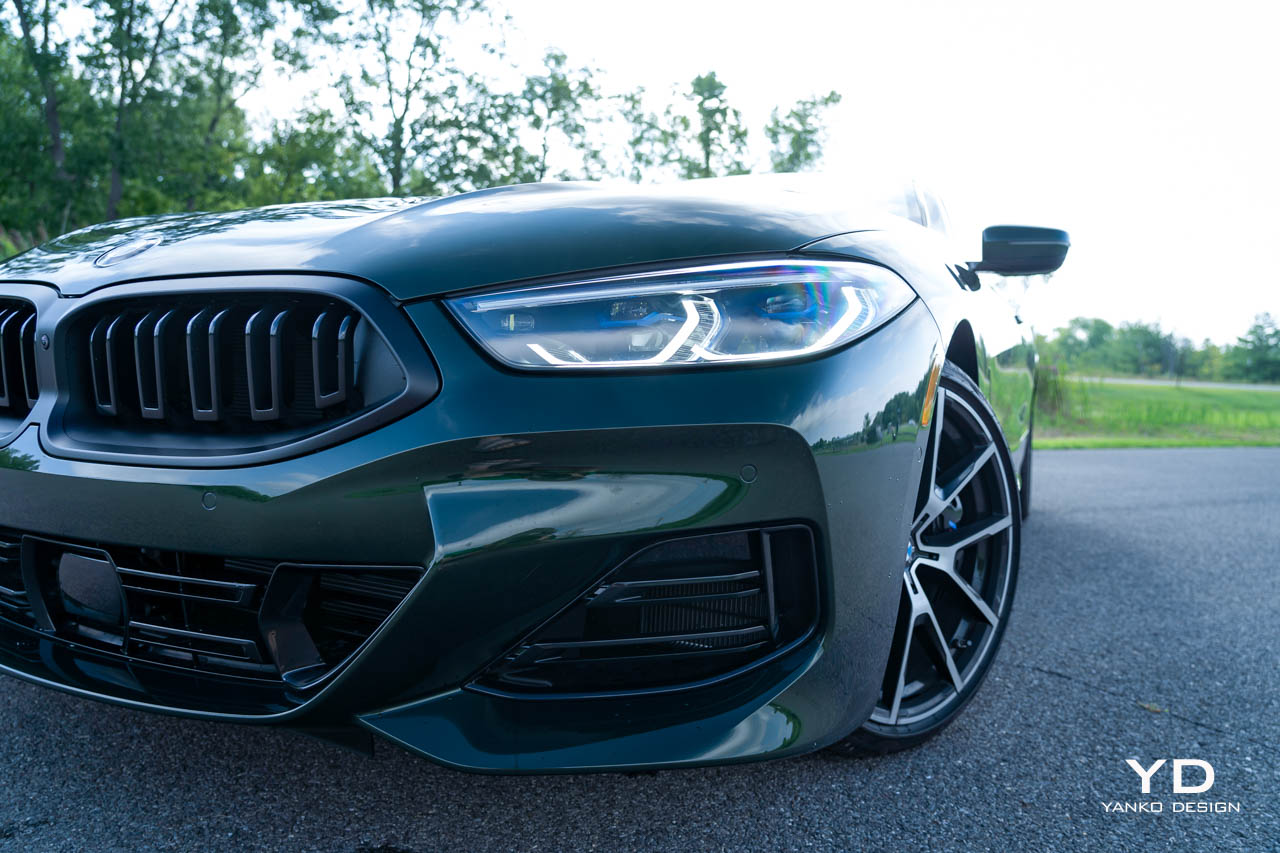
Grand sporting
Throw the BMW 840i into Sport Plus mode and, while it isn’t exactly the kind of Jeckyl vs. Hyde transformation some sports cars can manifest, things do become far more engaging. The Coupe’s character remains true, just a little more edgy.
Suspension in Sport mode firms and delivers far more feedback, while the transmission and engine both get far sharper. In Manual mode, the gearbox will hold any gear you like up to the rev limiter and shifts with brevity. A dual-clutch box this ain’t, but neither does it tarry in giving you the cog you want.
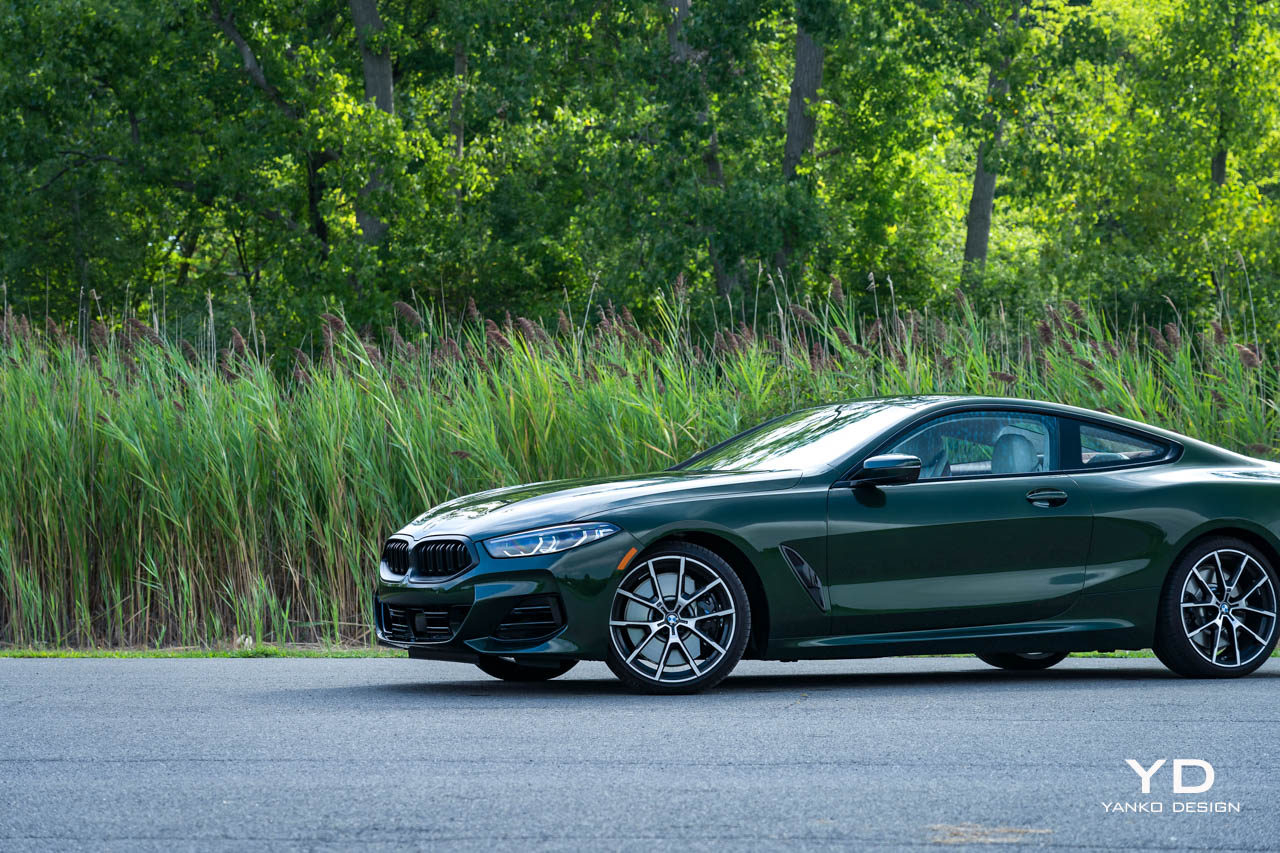
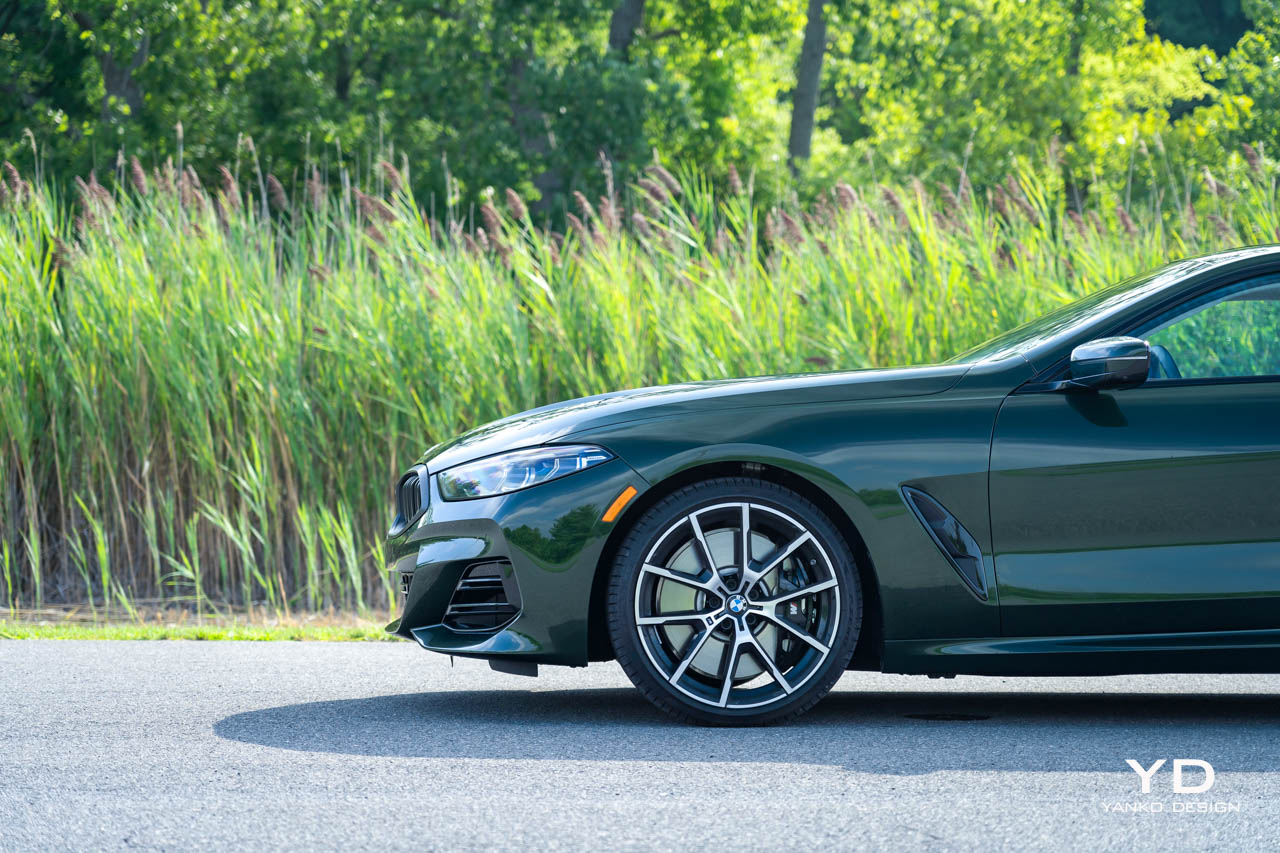
Steering, too, firms up in Sport Plus, but sadly feedback does not. Thankfully, BMW allows you to customize this mode to your heart’s content, meaning it took just a few seconds of fiddling with the iDrive to switch the steering feel back to Comfort, which I found far preferable.
I headed for the twistiest, bumpiest set of roads I could find and the 840i did not disappoint in any way. It never felt light on its feet — this is a 4,012-pound car, remember — but it was always so very smooth and planted.
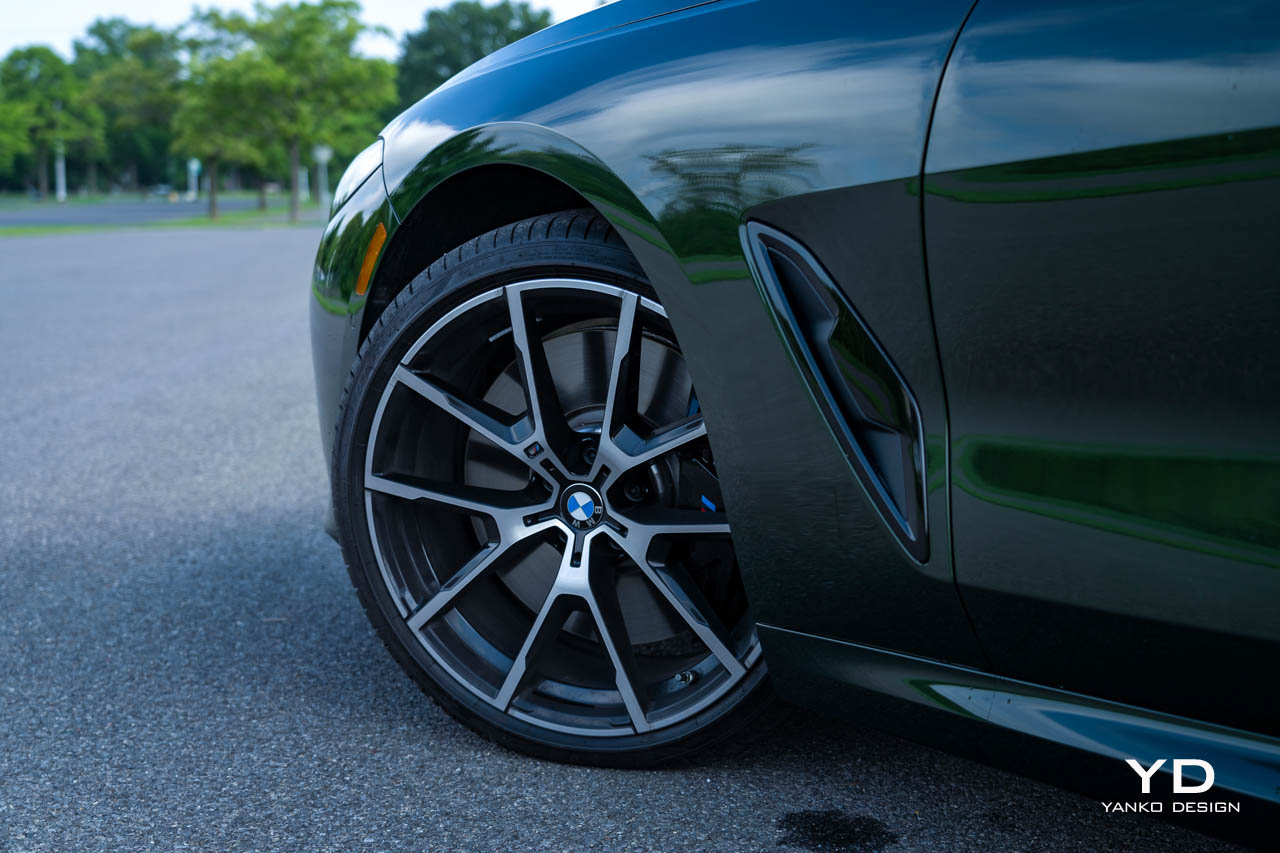
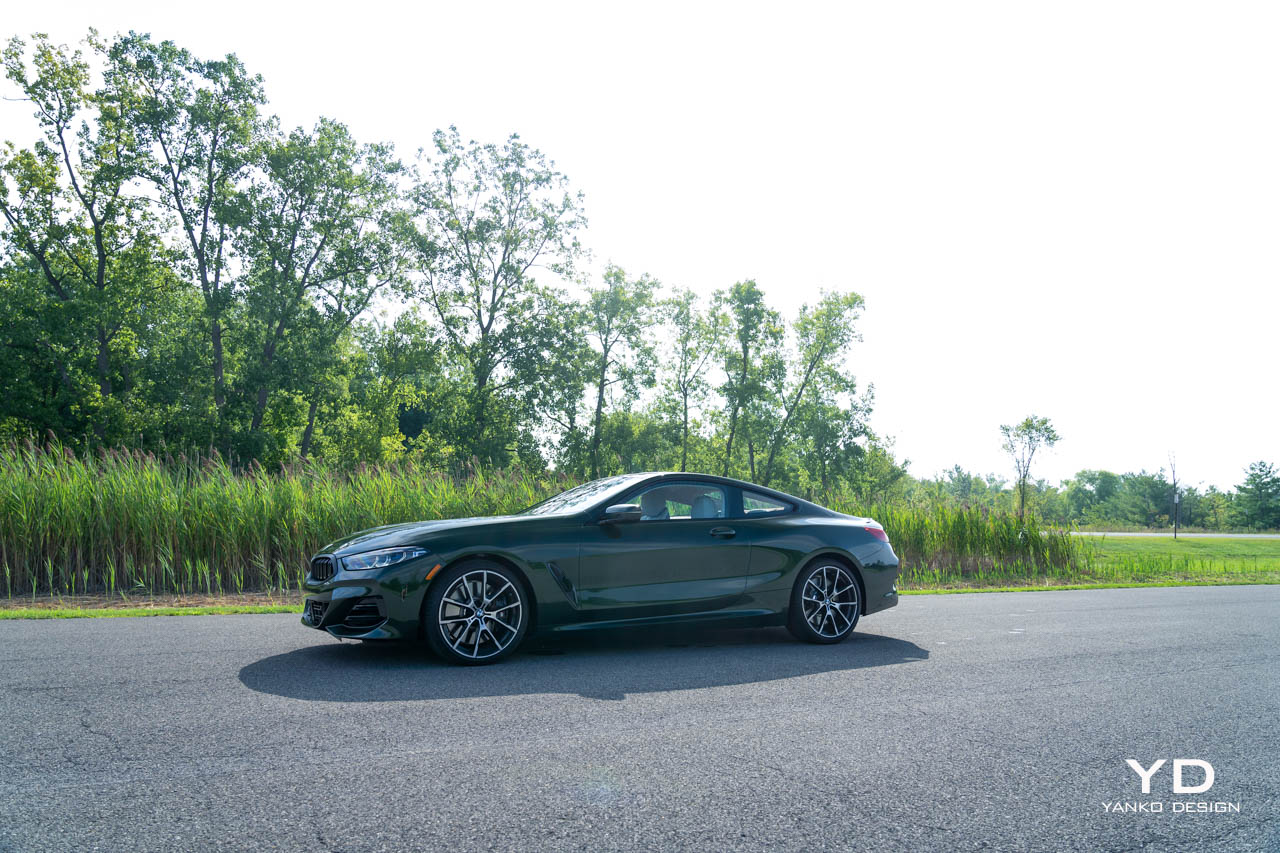
Even when the asphalt got bad and the bumps got big, big enough to find the end of the effective range of the BMW’s suspension, things still felt competent and calm. The coupe never reacted harshly or unpredictably. It just motored on, whisking me with it.
It was only an unexpected spray of gravel at the apex of a fast, blind corner that finally caused the car to exhaust its seemingly endless supply of grip. Even this situation was handled with aplomb. The car slid about six inches, found grip again on the other side, and continued on its way. I didn’t even bother to make a steering correction.
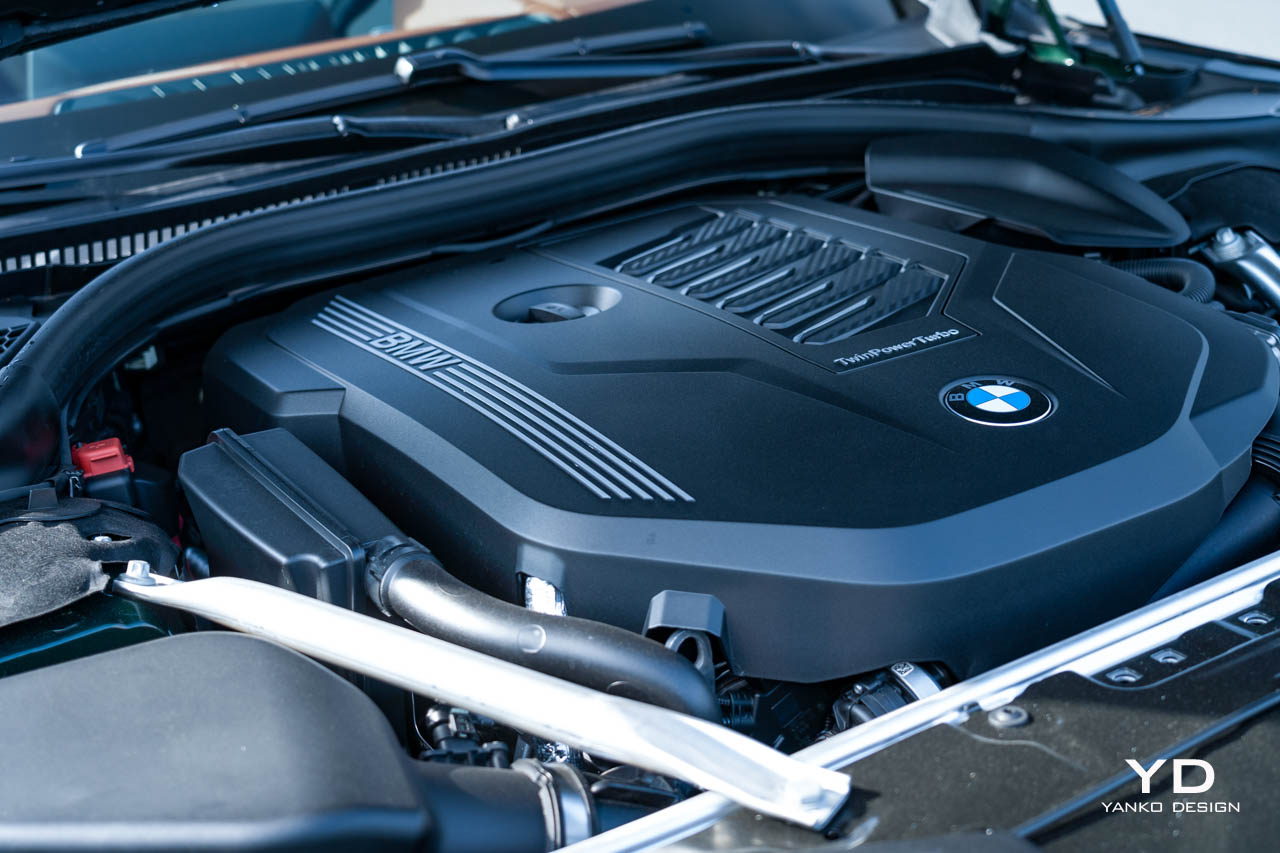
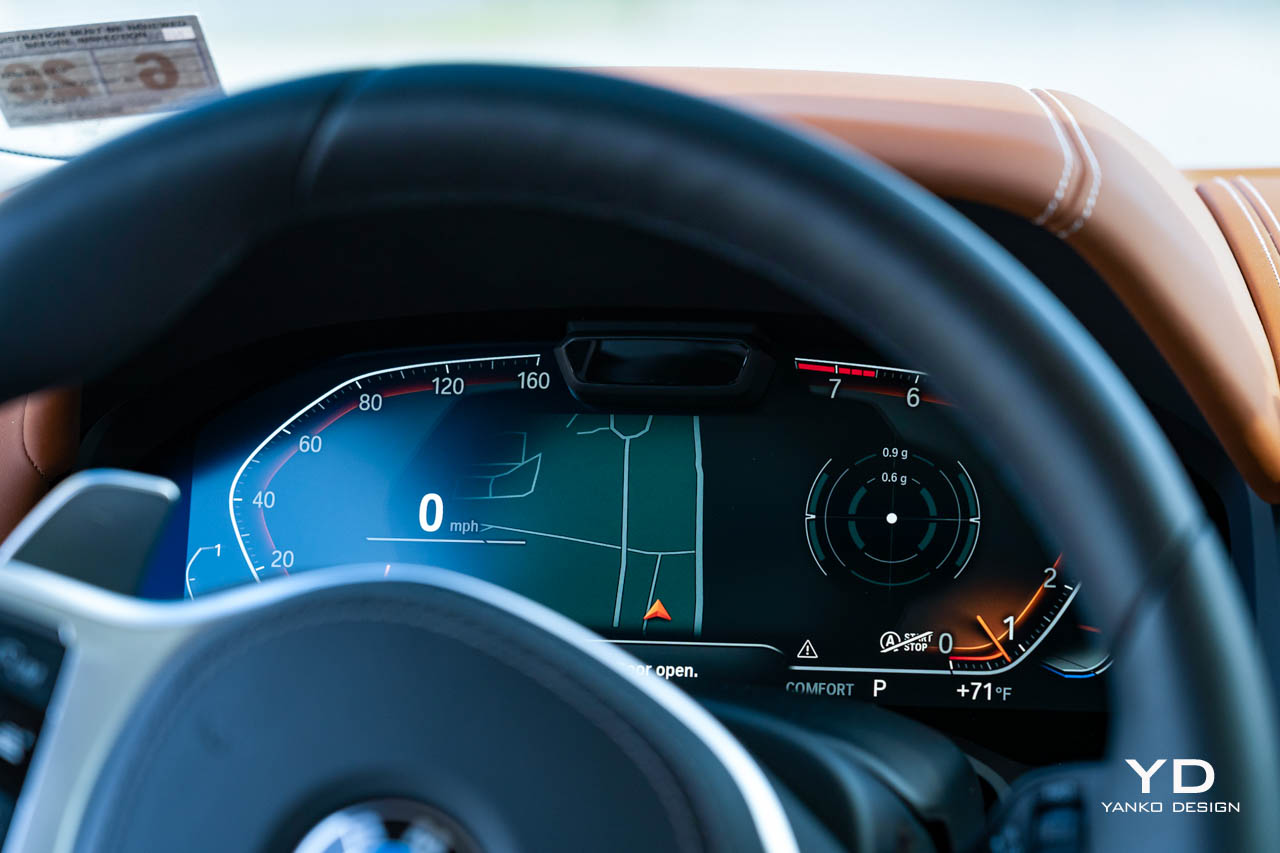
Grand technology
While the contrasting leather interior won’t be for everyone, I found BMW’s Live Cockpit Pro system quite intuitive and easy to use. BMW’s infotainment experience just keeps evolving and getting more refined. Whether you prefer iDrive, touch screen, voice or even gestures, you can do it here. And, with both wireless Apple CarPlay and Android Auto, your phone can get in on the action, too.
The digital gauge cluster dynamically reconfigures based on whatever mode you’re in, while a heads-up display beams the important stuff on the glass. Heated seats, wheel, and even armrests were great on a chilly morning, while the Laserlight headlights did a fine job of making those days last a little bit longer.
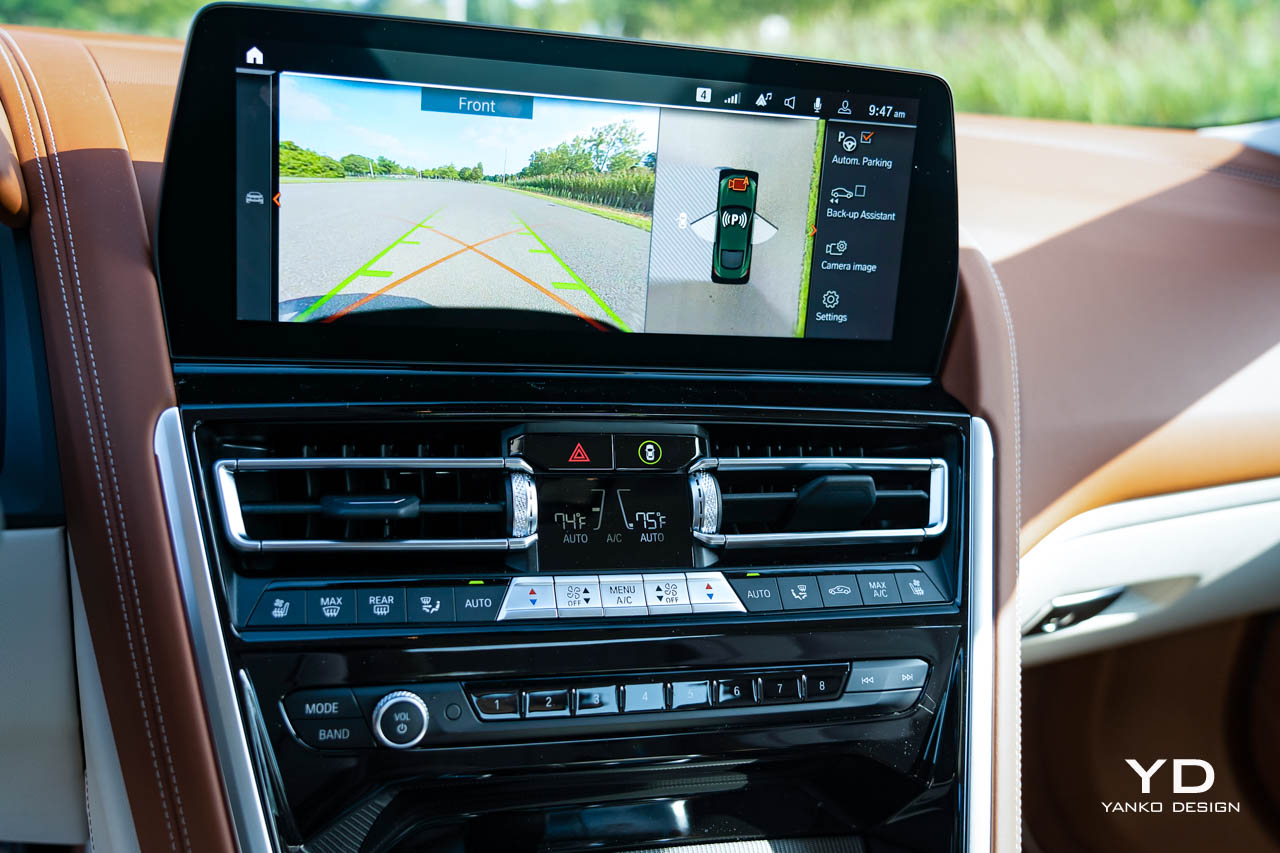
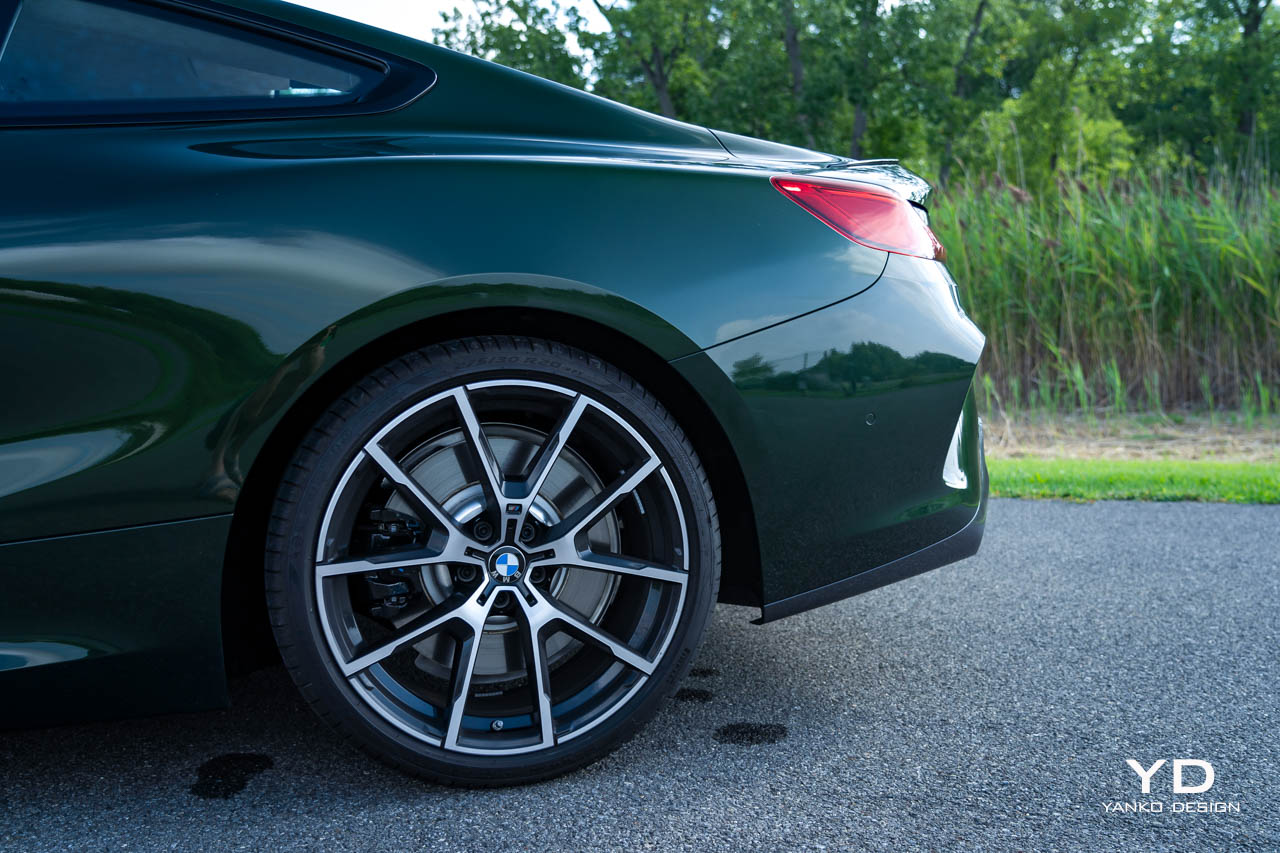
Pricing and Options
The 2023 BMW 840i xDrive Coupe starts at $87,900. It’s reasonably well-equipped at that price but, as with most things BMW, there are lots of boxes you can tick from there should you have the means.
That two-tone interior, for example, is a $2,000 premium, while the Alcantara headliner is another $650. The basic Driving Assistance package, with active blind-spot detection and emergency braking with pedestrian detection, is a token $100, but if you want Traffic Jam Assistant for more help when stuck in gridlock, you’ll need to add the $1,700 Driving Assistance Pro package.
Those wheels are $1,300, $500 for ventilated seats, and a final $995 destination charge means the 840i you see pictured here has a total price of $96,595.
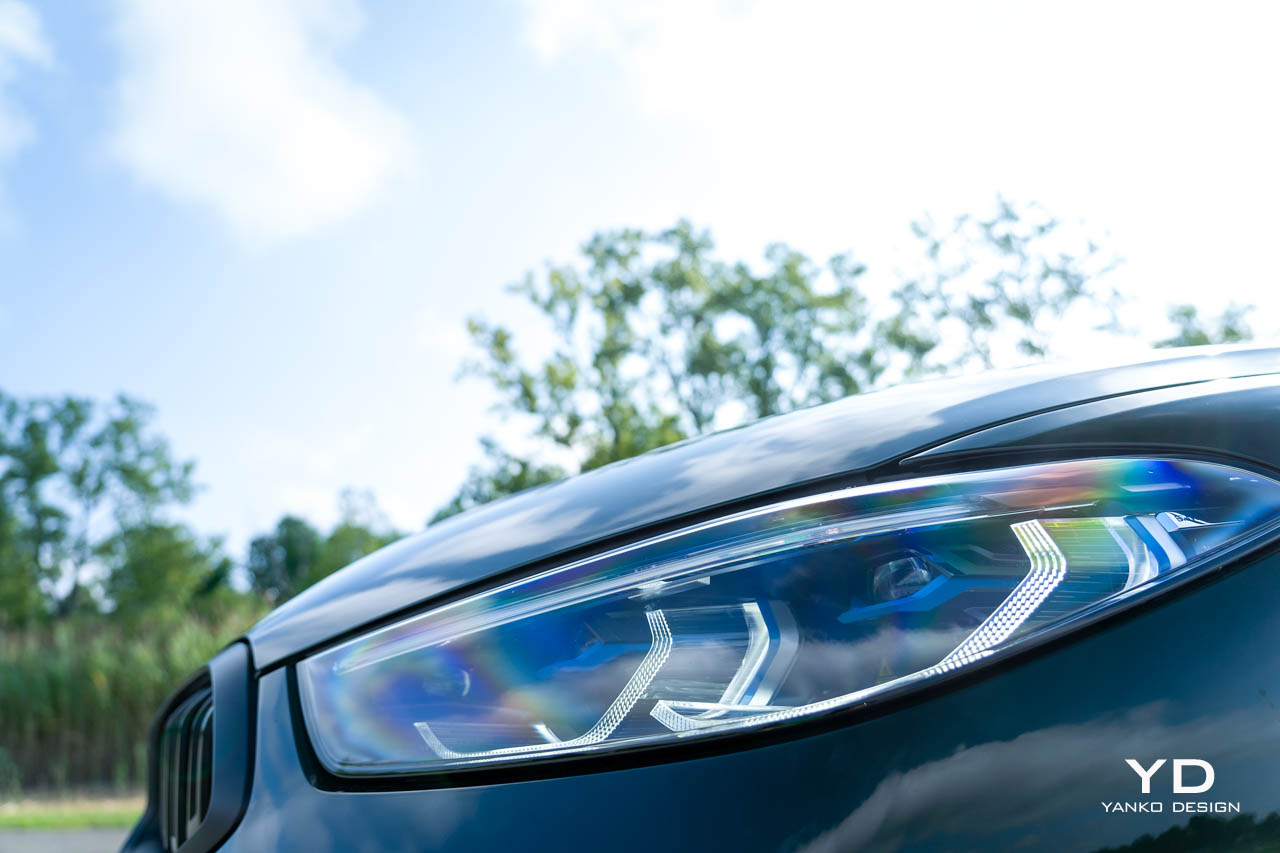
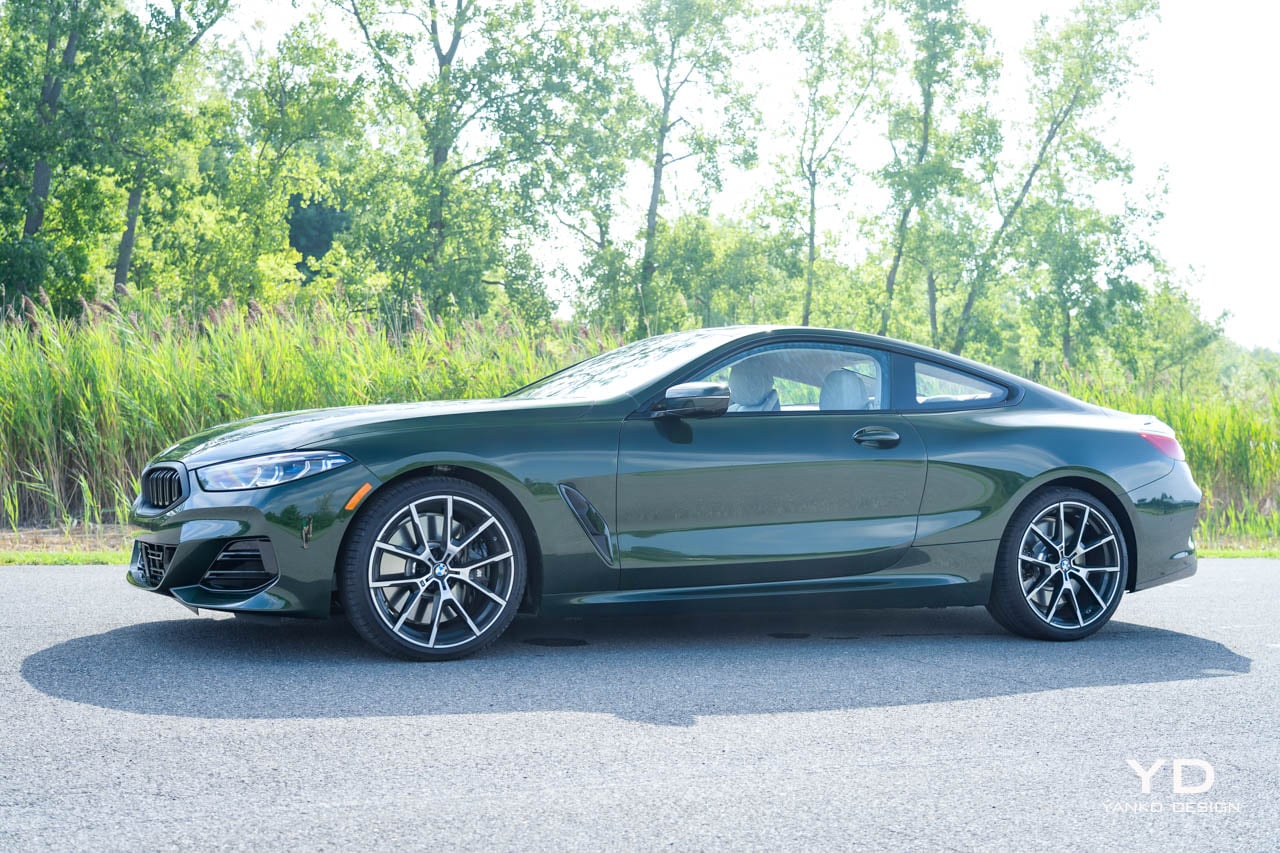
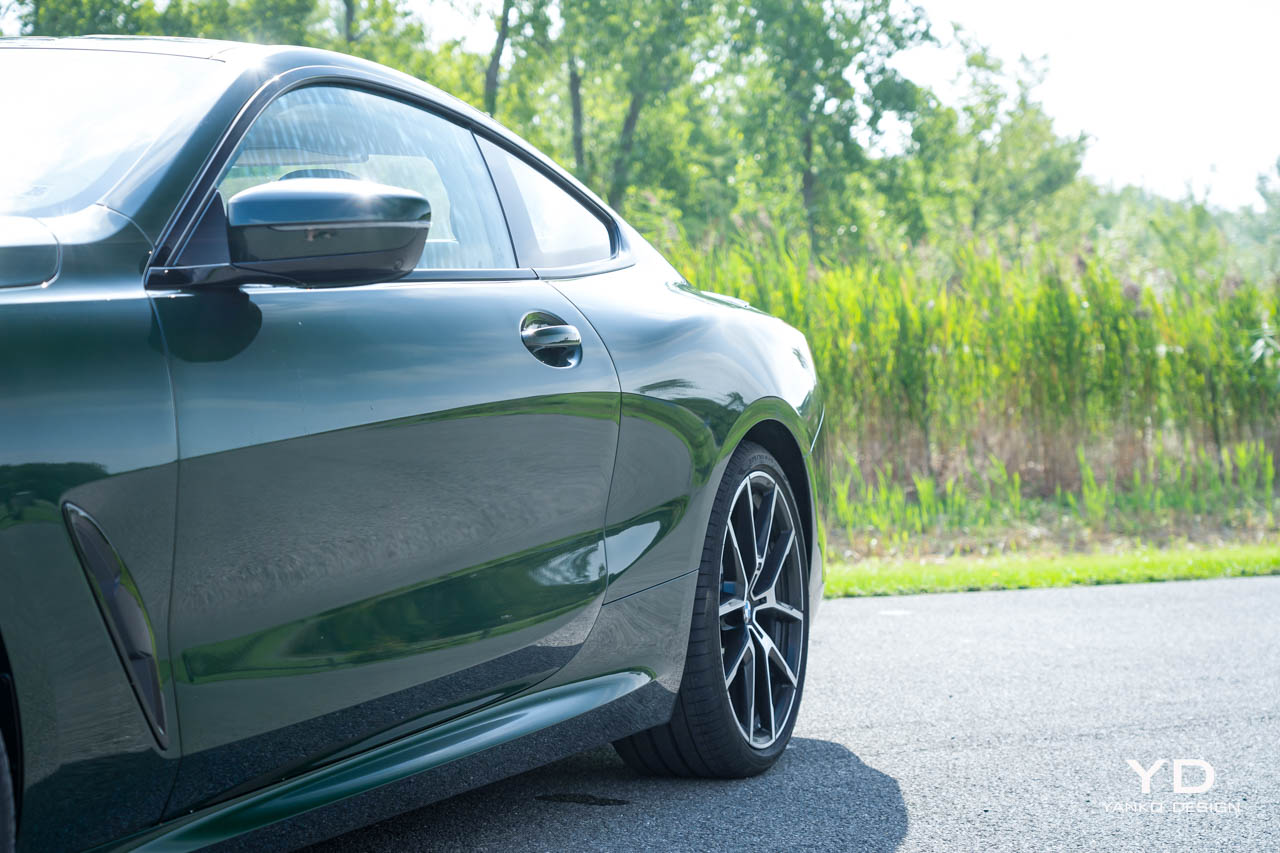
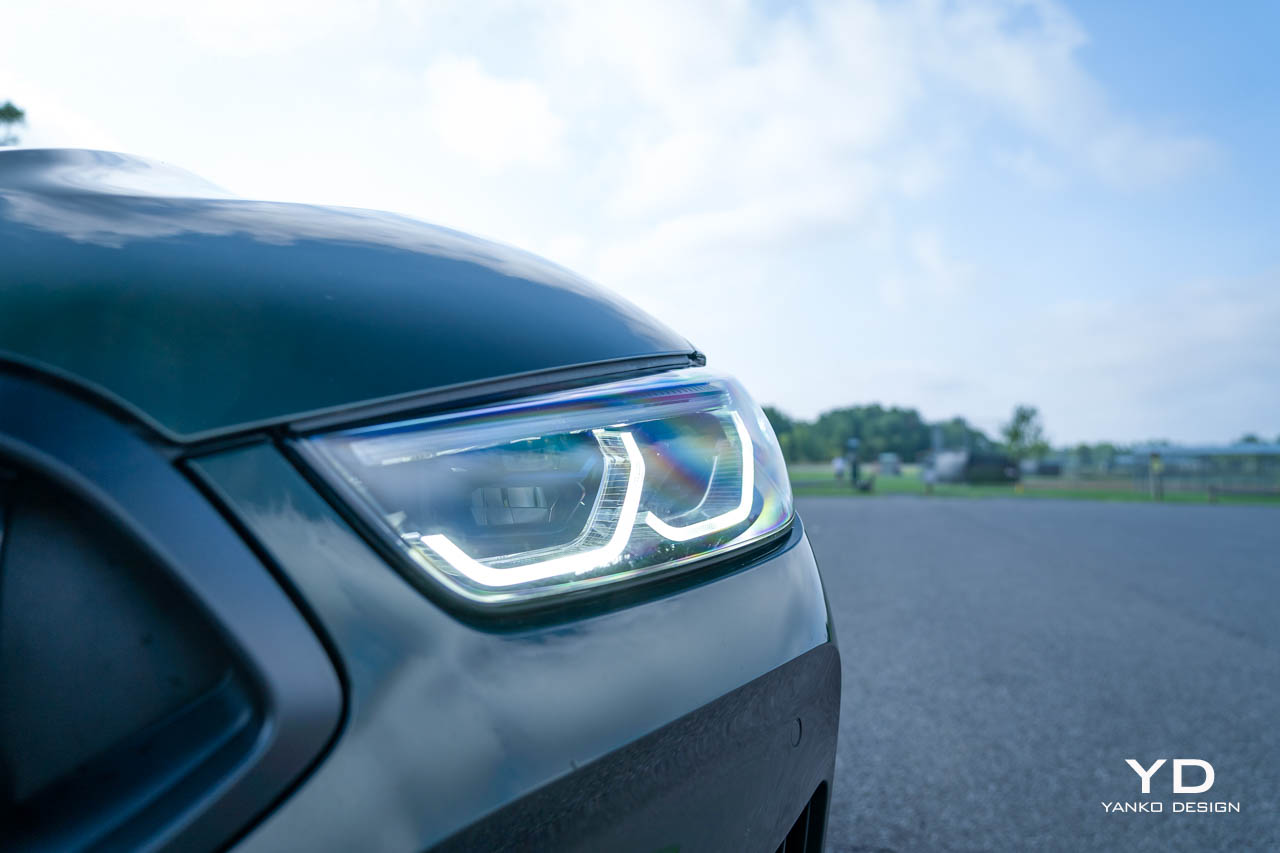
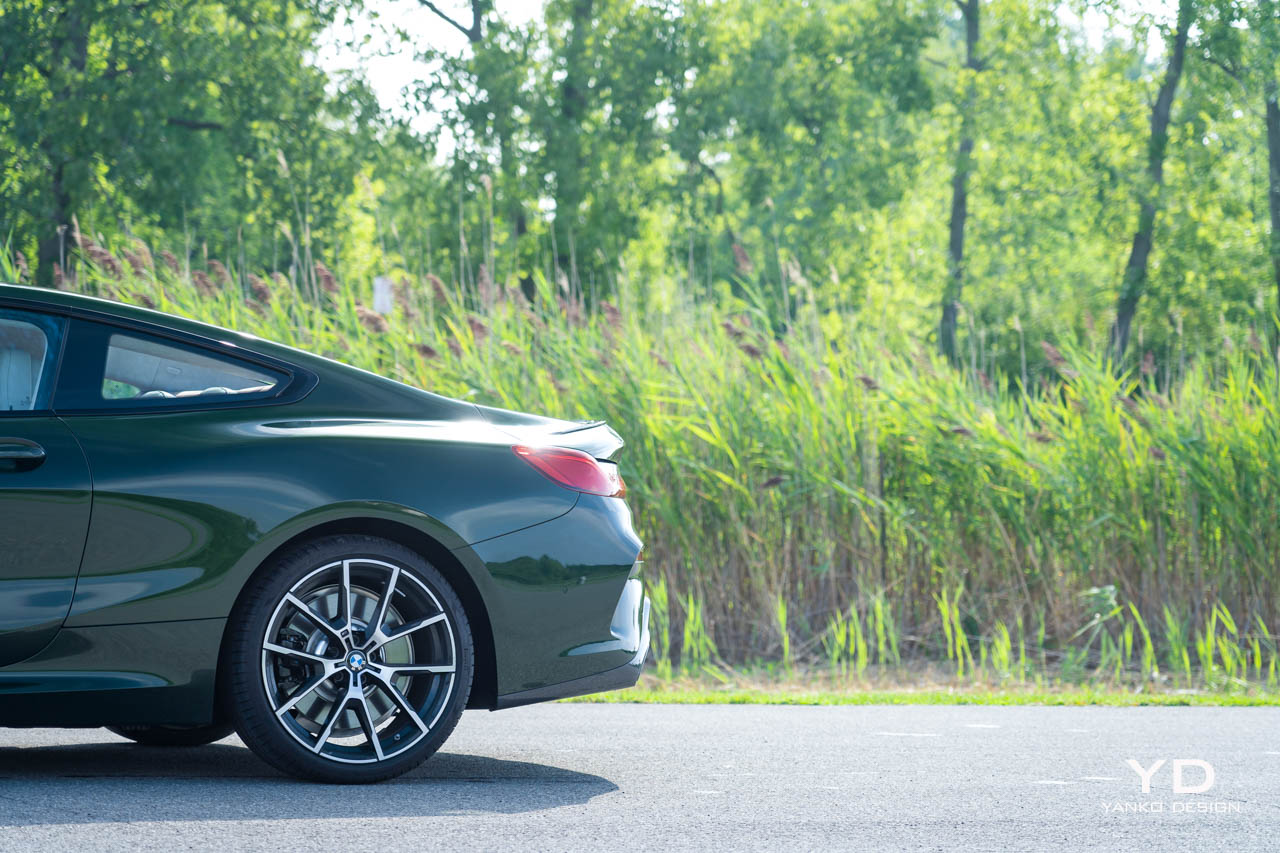
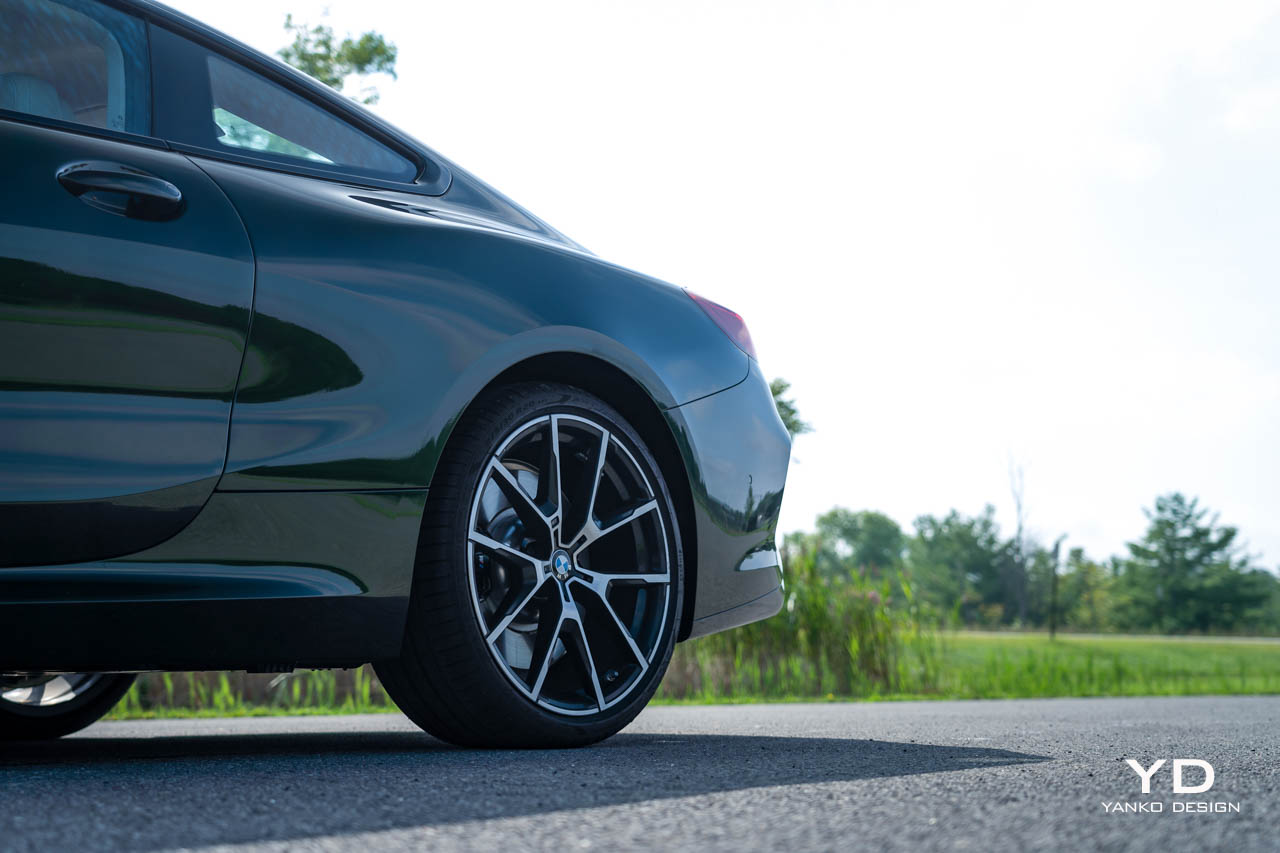
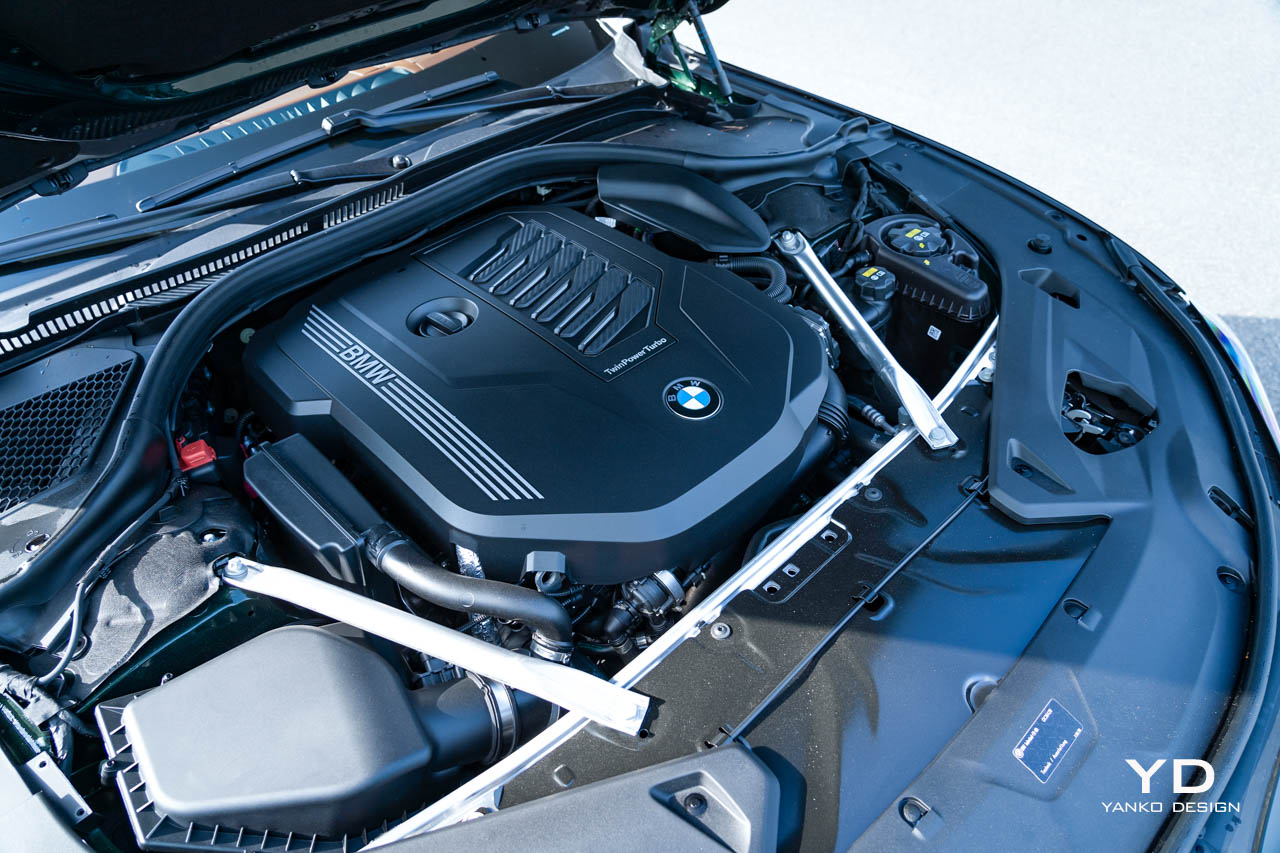
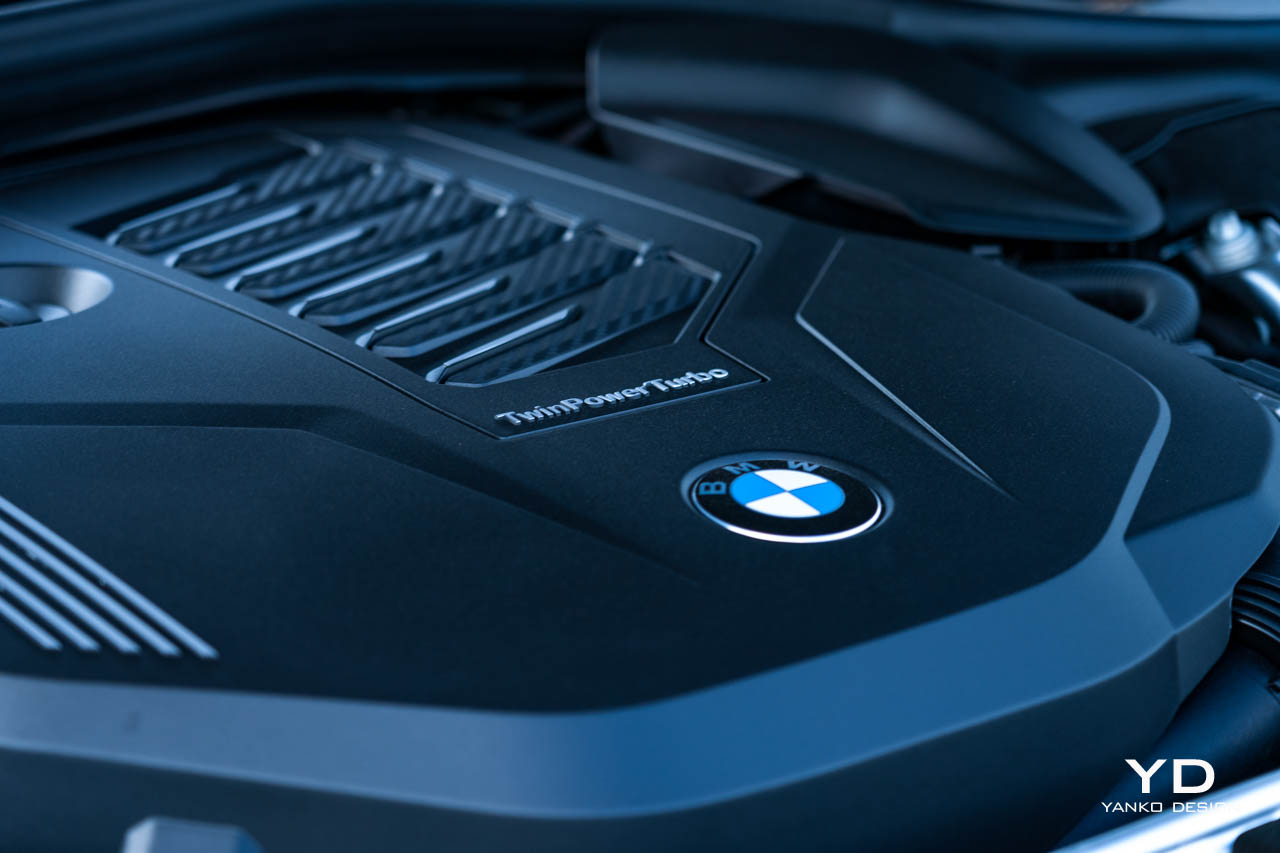
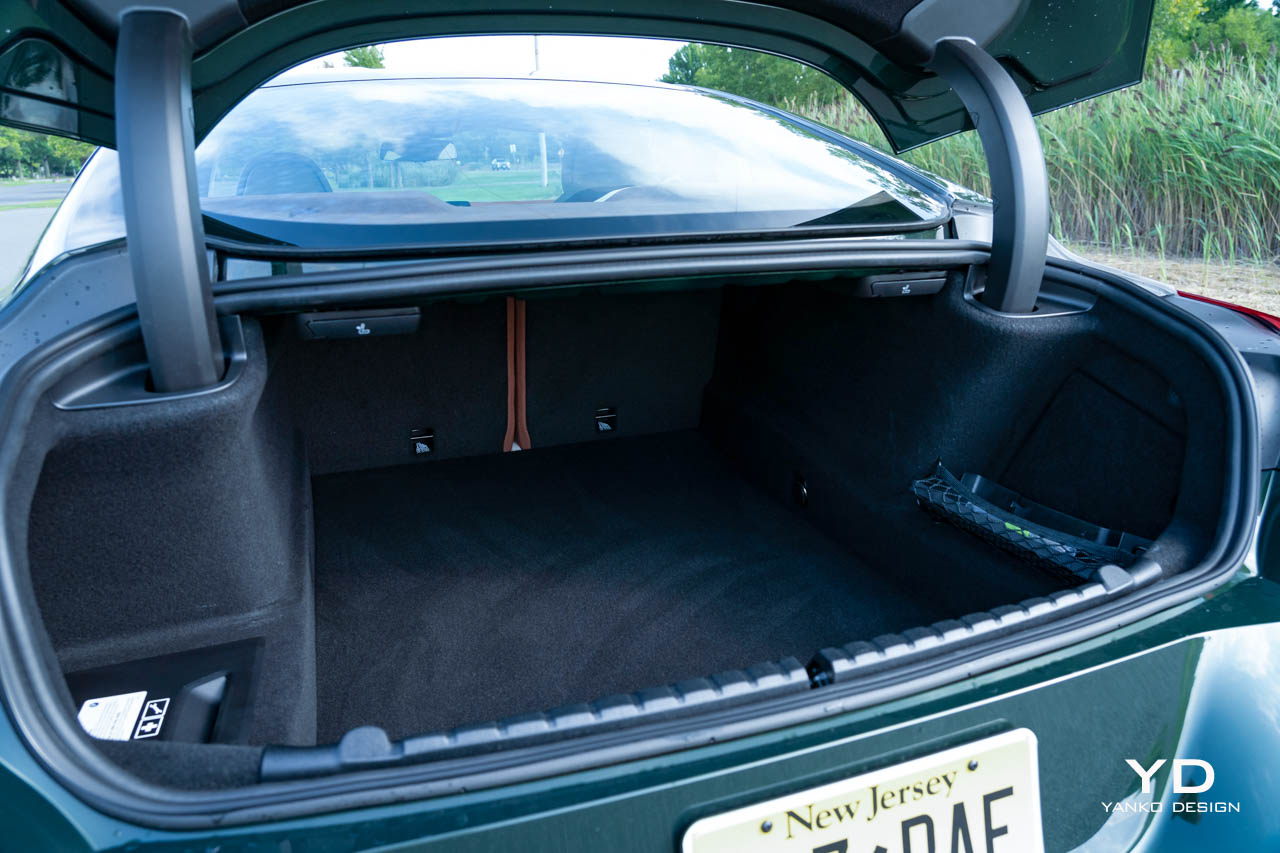
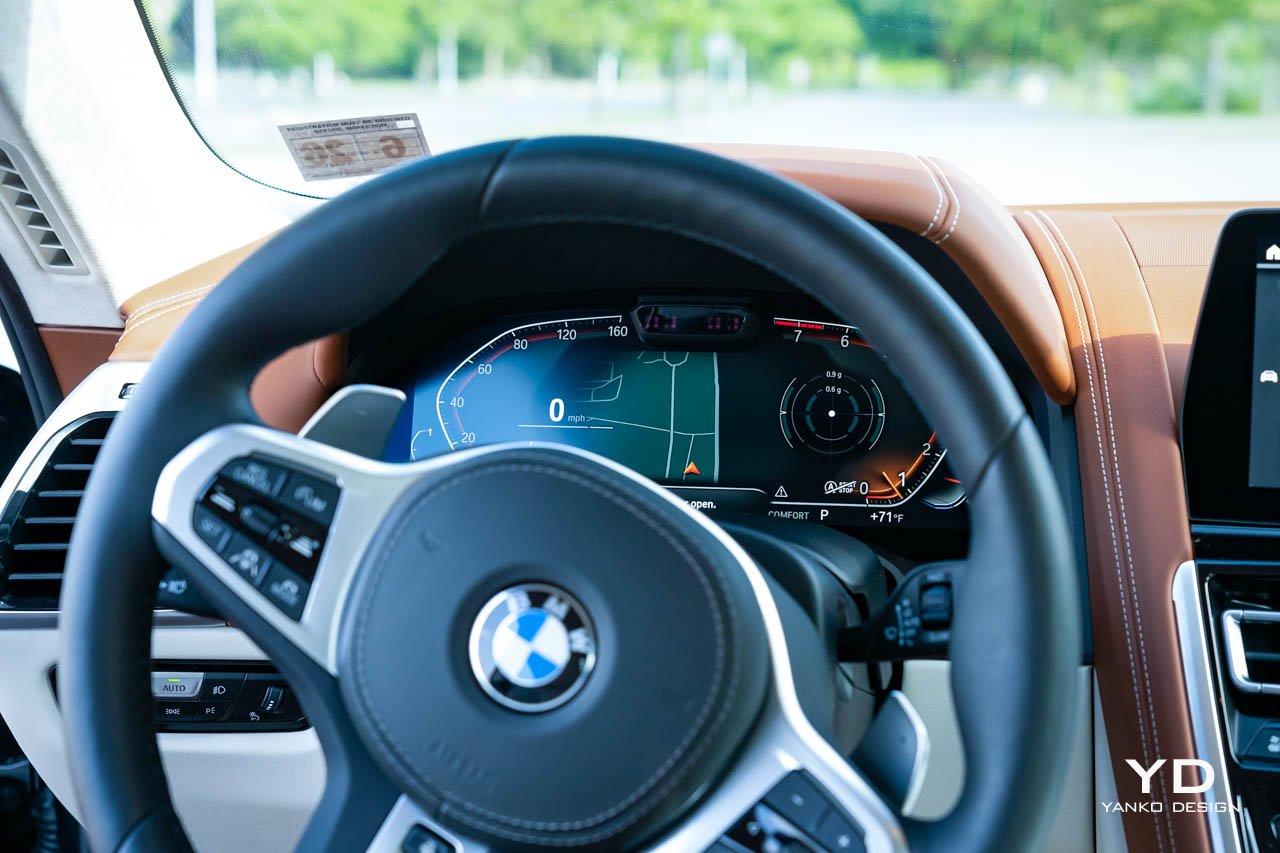
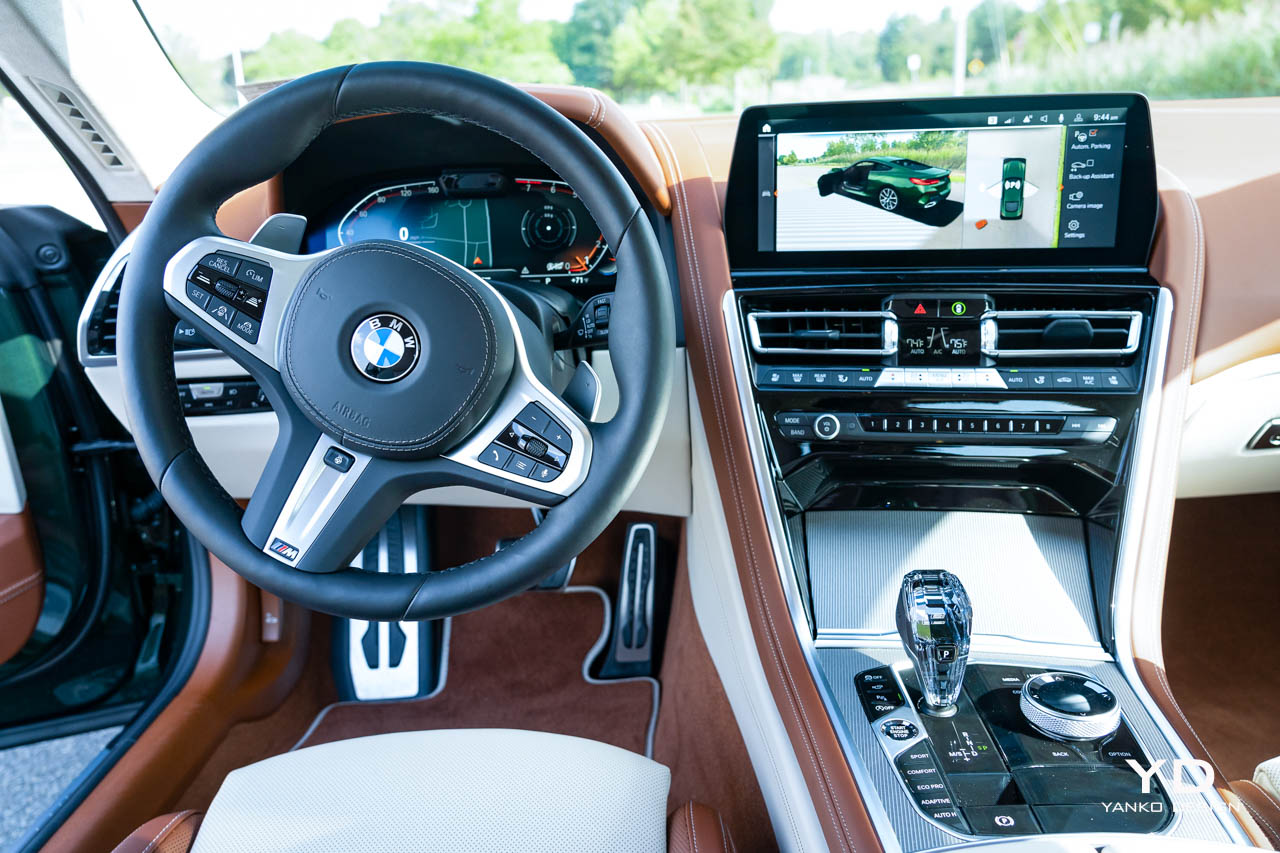
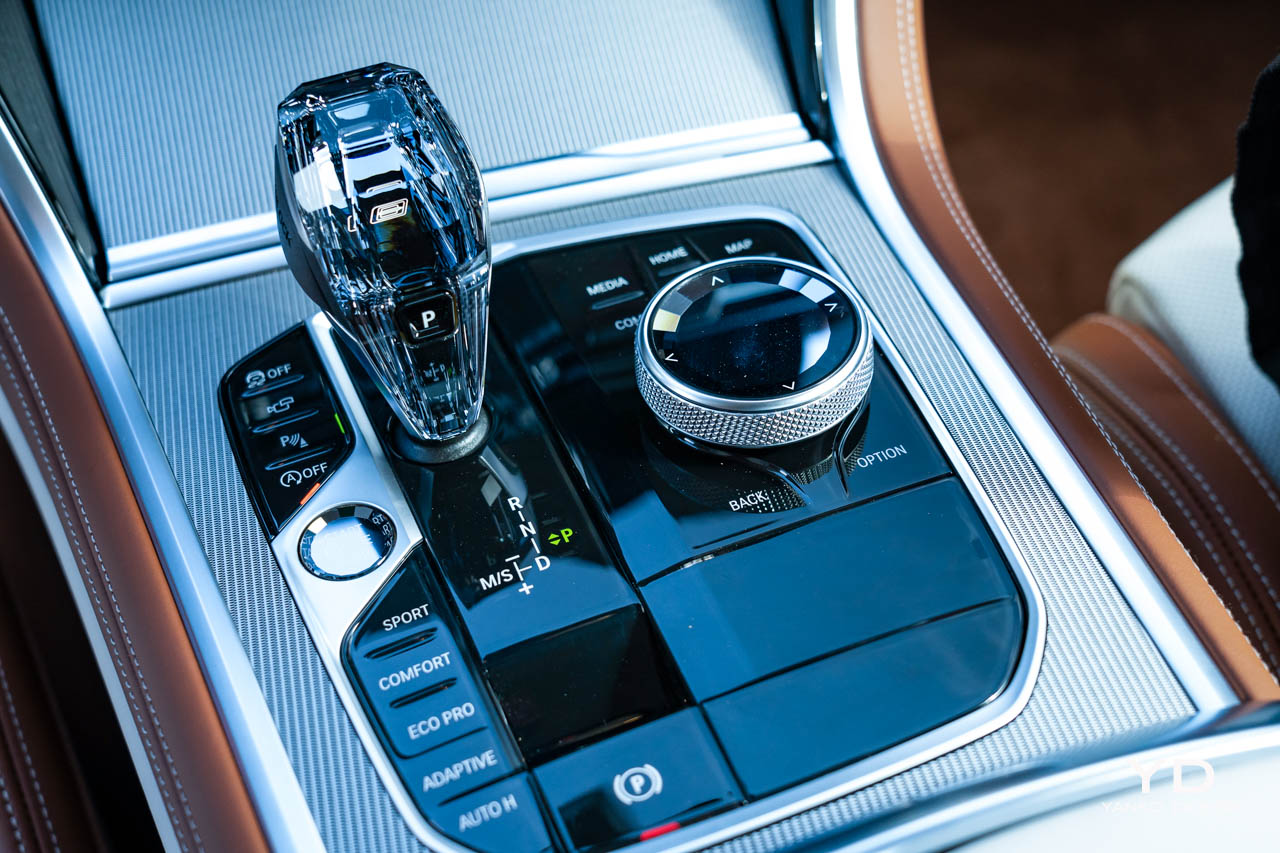
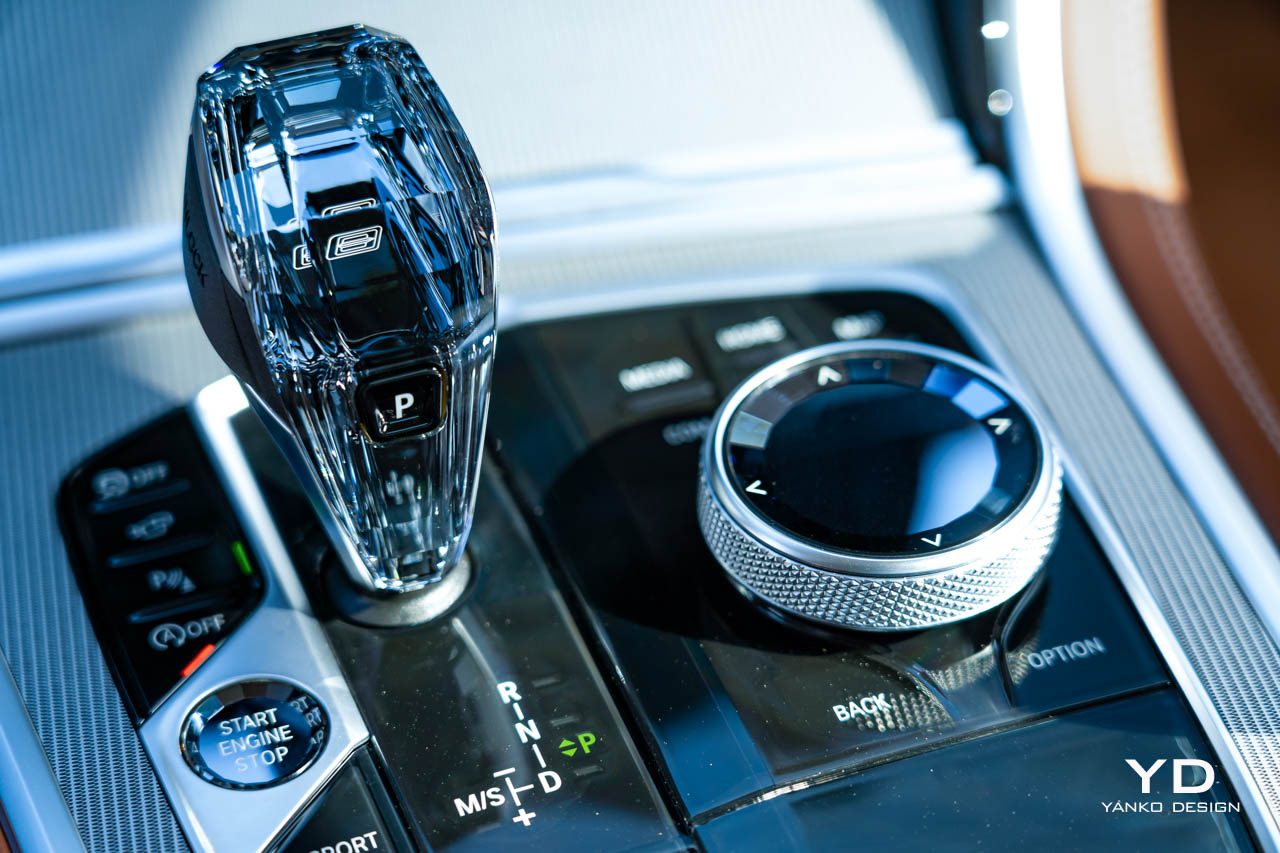

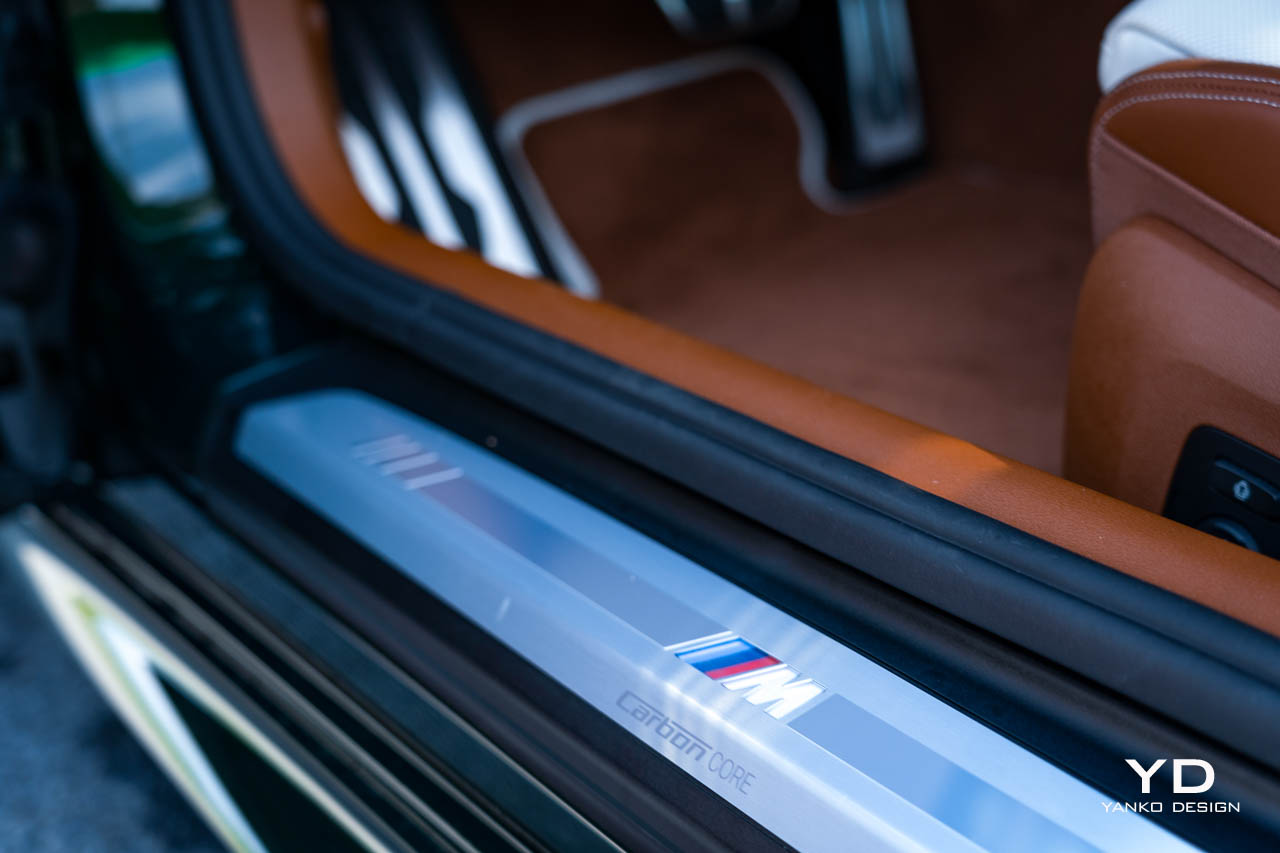
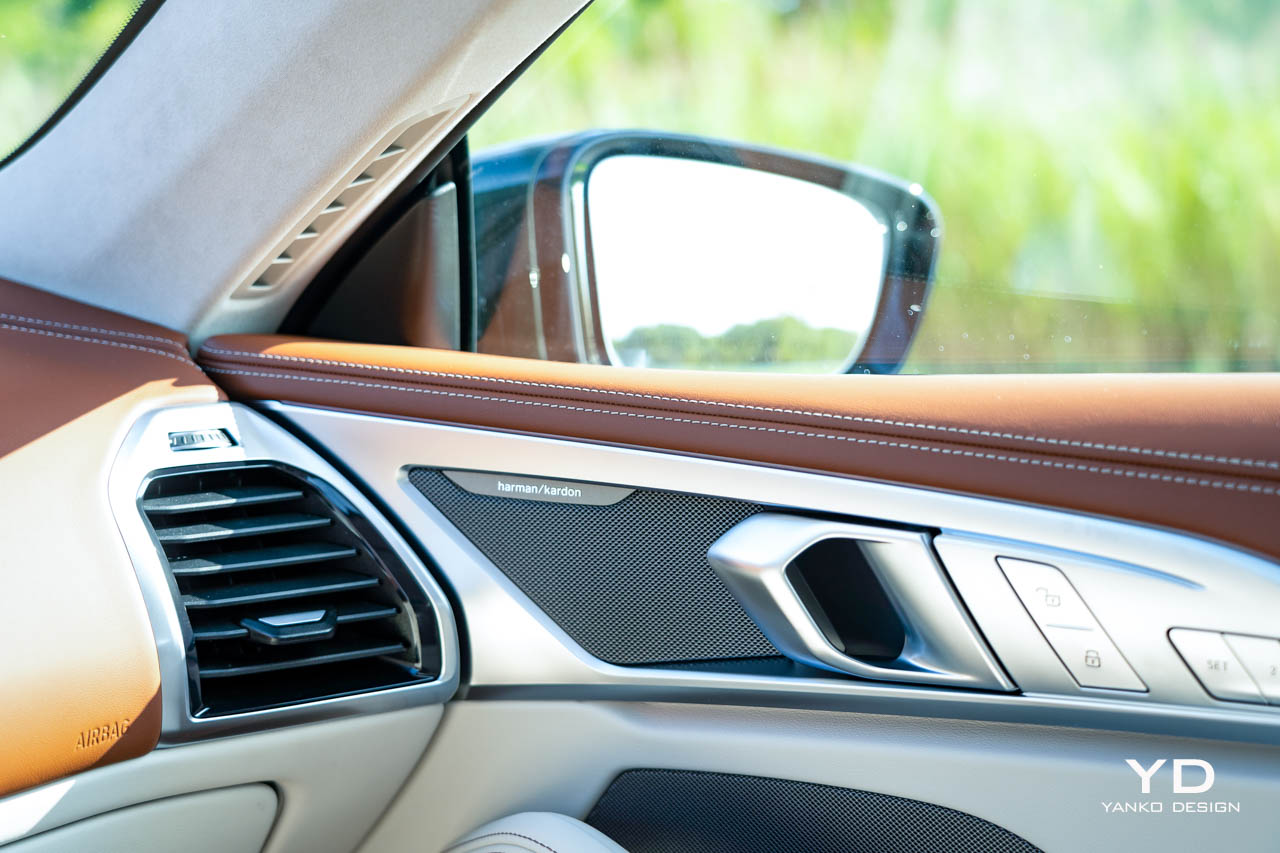
The post 2023 BMW 8-Series 840i Coupe Review first appeared on Yanko Design.
